February 2020
/While we did receive our first & likely our only snowfall of the season overnight 20-21 Feb, and we also hit our lowest temperature of 25°F for the winter season on 22 Feb, temperatures in February mostly followed the trend set forth in January as being above normal. Bradford Pear trees were in full bloom along many roads in the city during mid-February, which seemed quite remarkable given this doesn’t typically occur until March. Overall, temperatures in February were higher (58.0°F/39.9°F for daily highs/lows) than the prior ten-year average (53.1°F/35.2°F), with both highs & lows being the highest since February 2018 (61.6°F/40.8°F). The avifauna observed throughout the month seemed very reflective of these temperatures. Waterfowl numbers were very low compared to what we’ve experienced in recent Februaries, but the quality of species observed still managed to be quite high. Over the course of its twenty-nine days (as we were gifted with an extra Leap Day), a total of 164 species produced accepted records in eBird during February, which was a significant but not unexpected drop from the 176 species logged in January. Compared to recent Februaries, this number proved to be a slight decrease from the 168 species logged in 2019 but a good increase over the 155 in 2018. Collectively, eBirders have now submitted a total of 2,272 complete checklists for the calendar year which, like last month, keeps us on a pace to eclipse the 10,061 complete checklists submitted in Virginia Beach during the record-setting 2019.
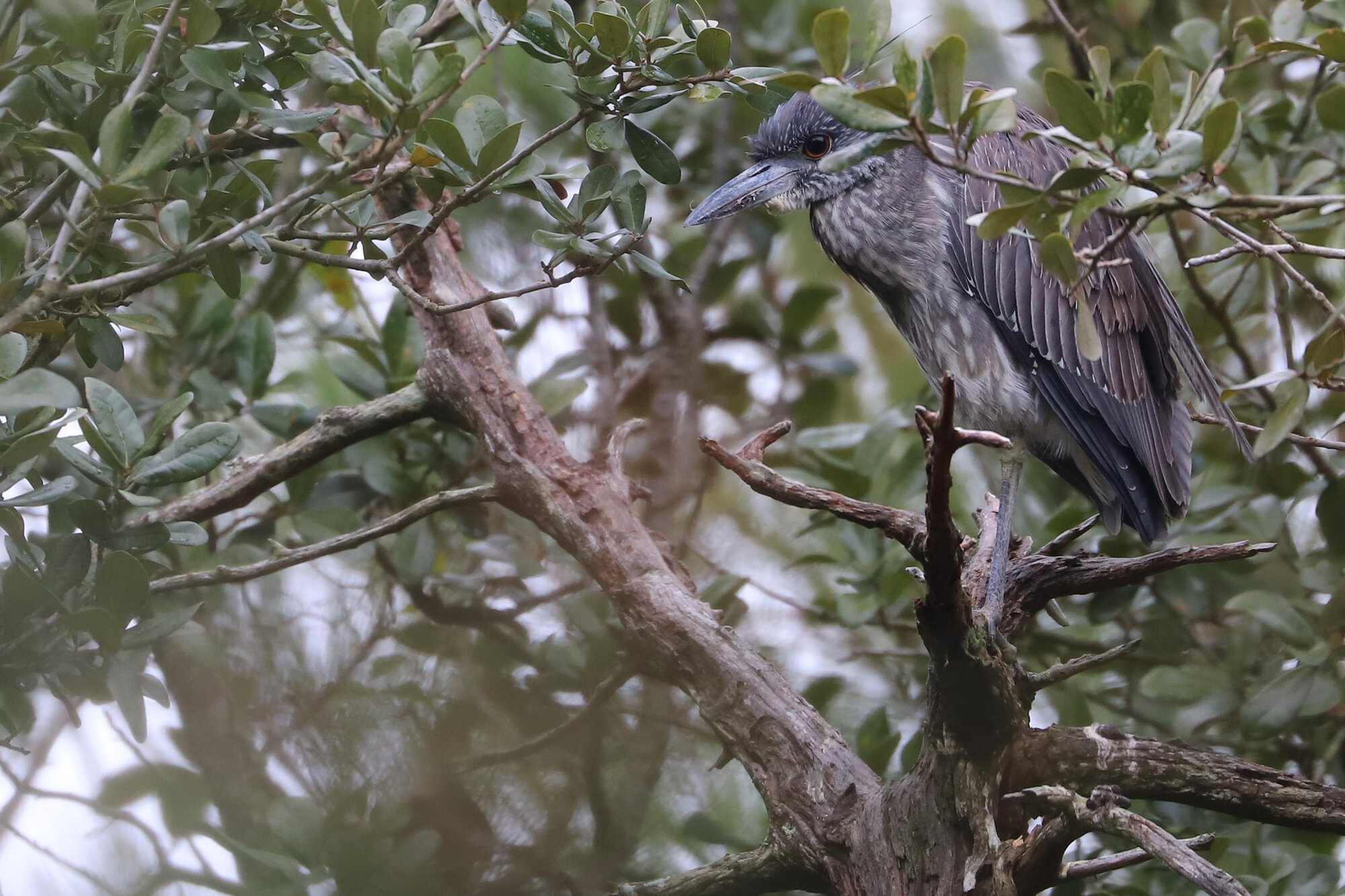
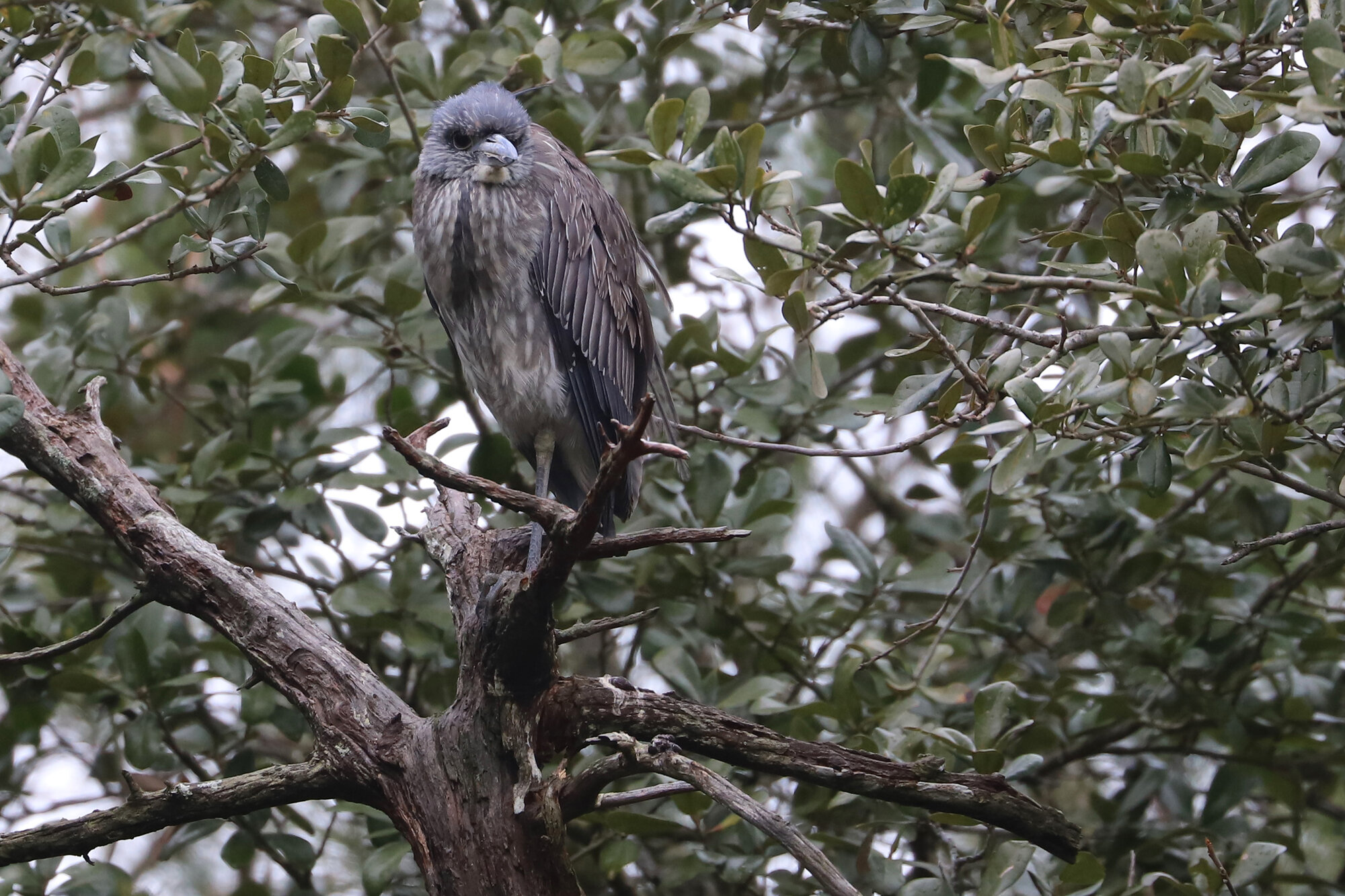
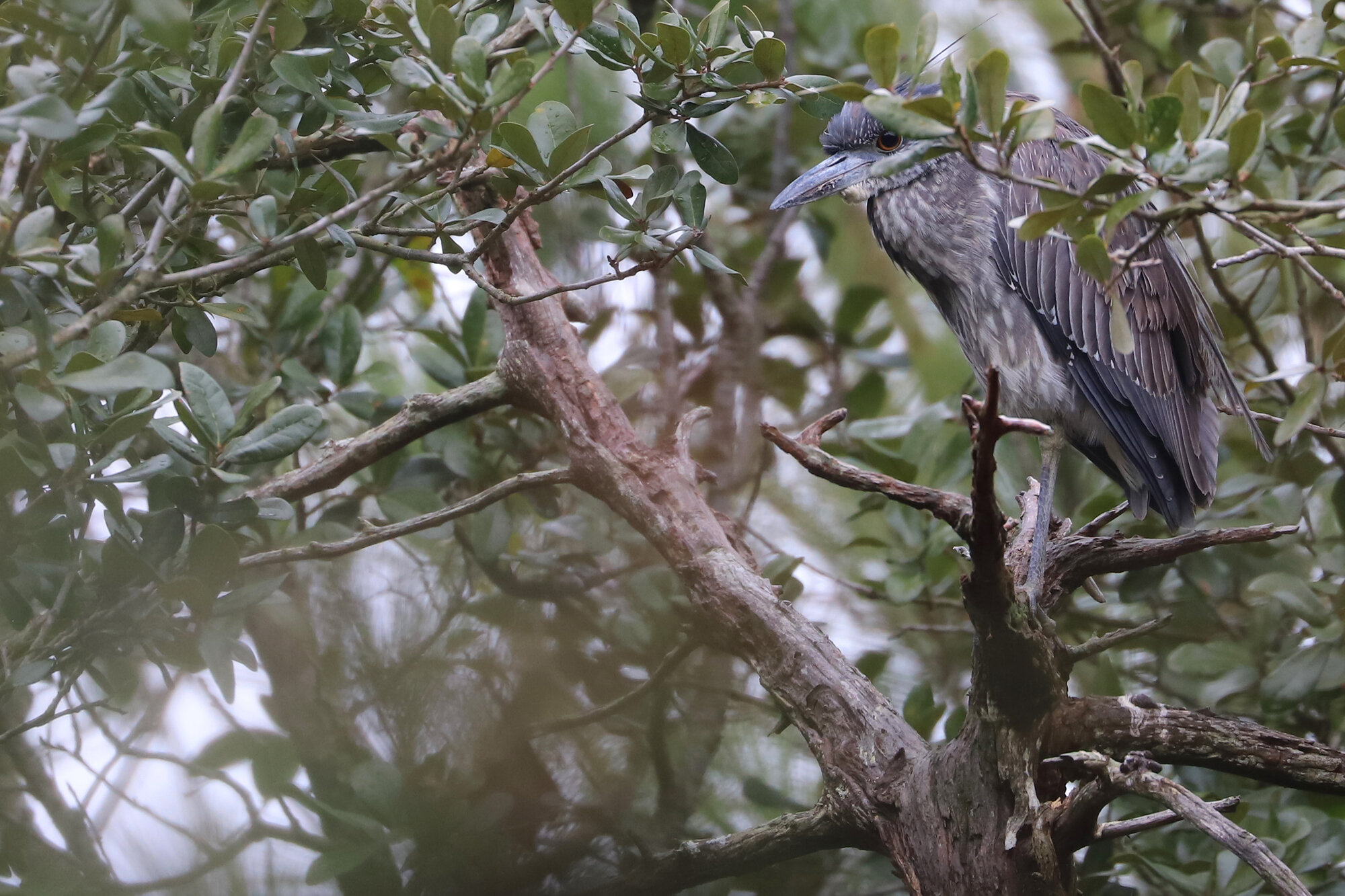
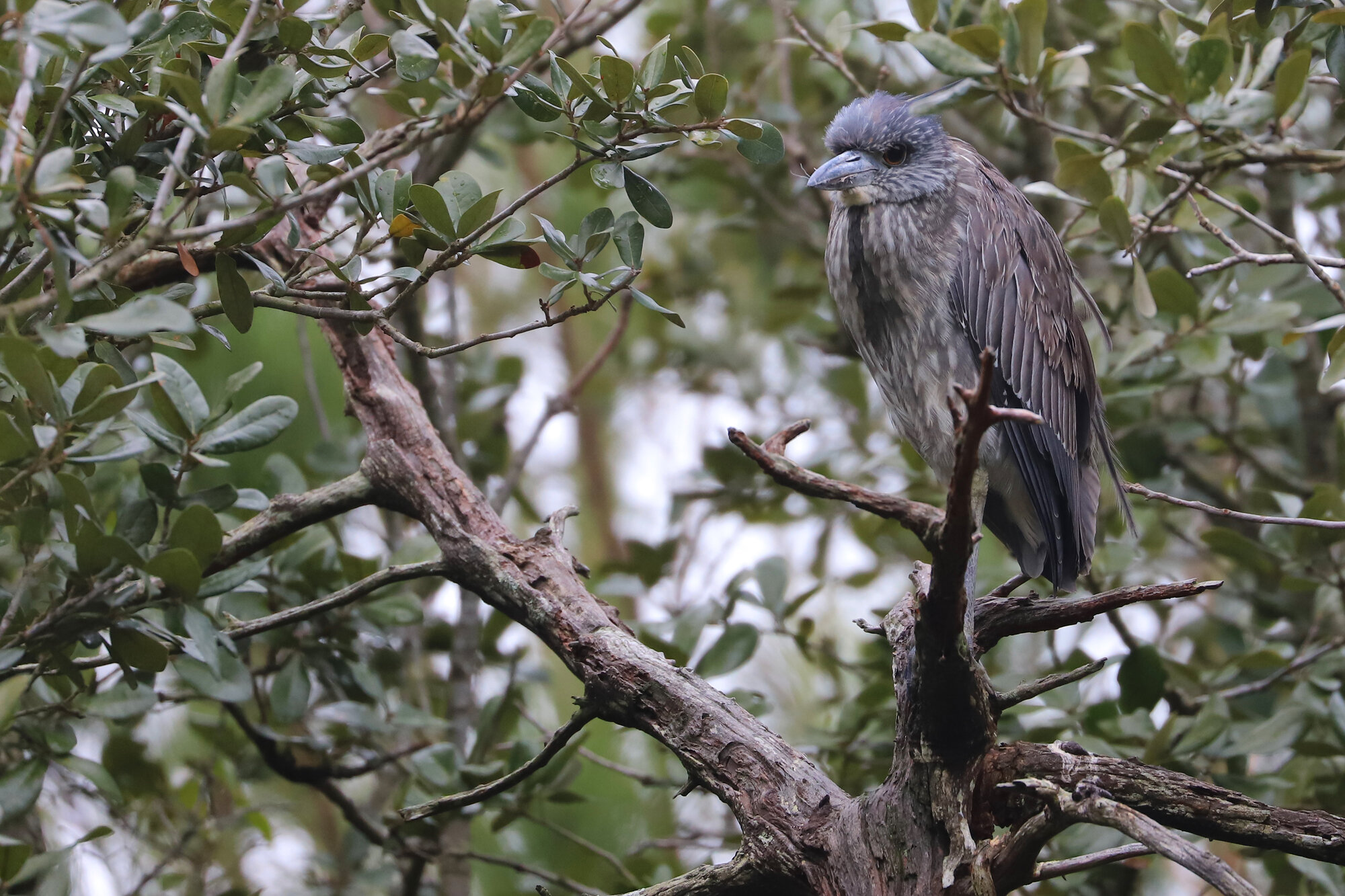
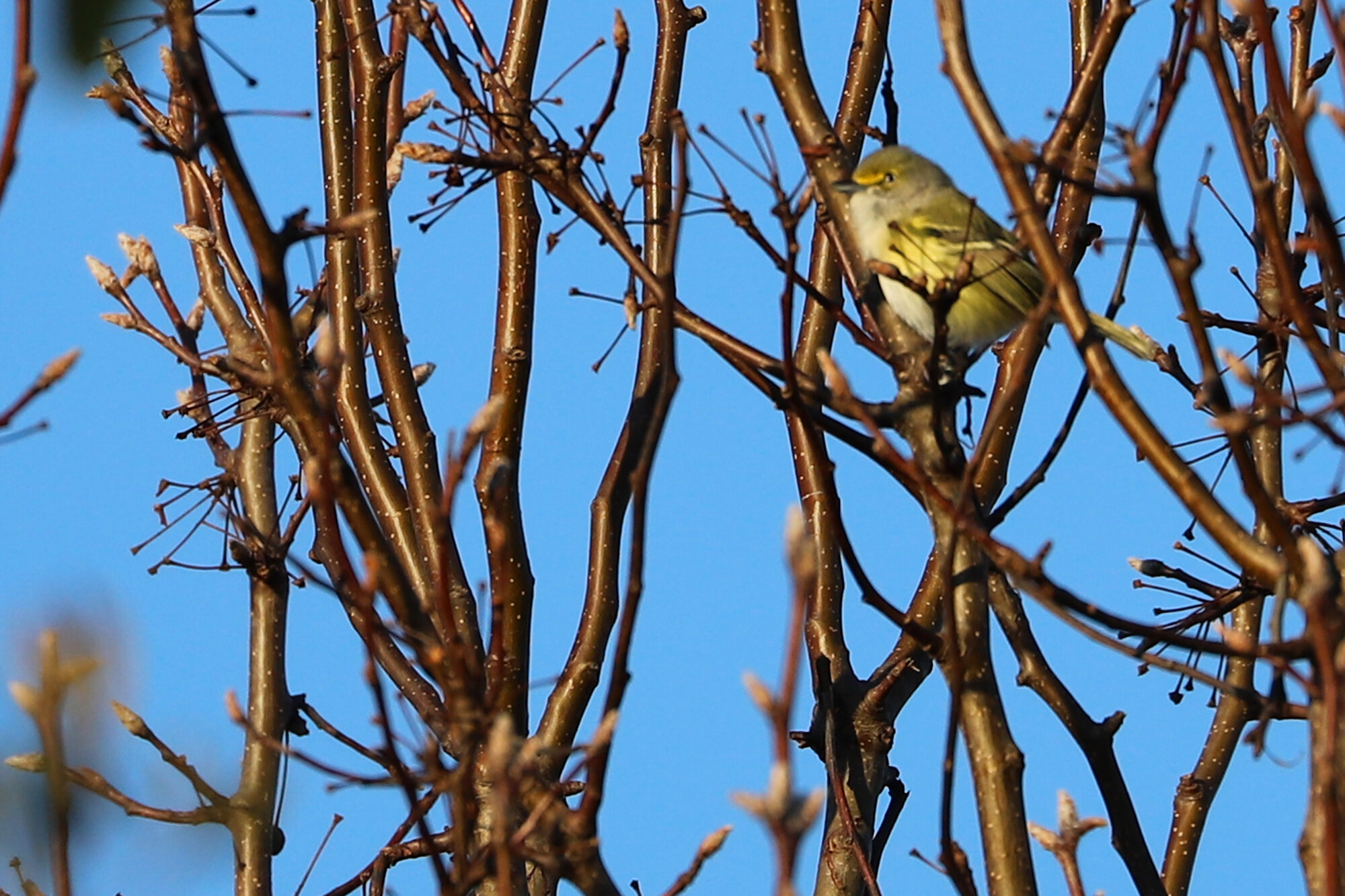
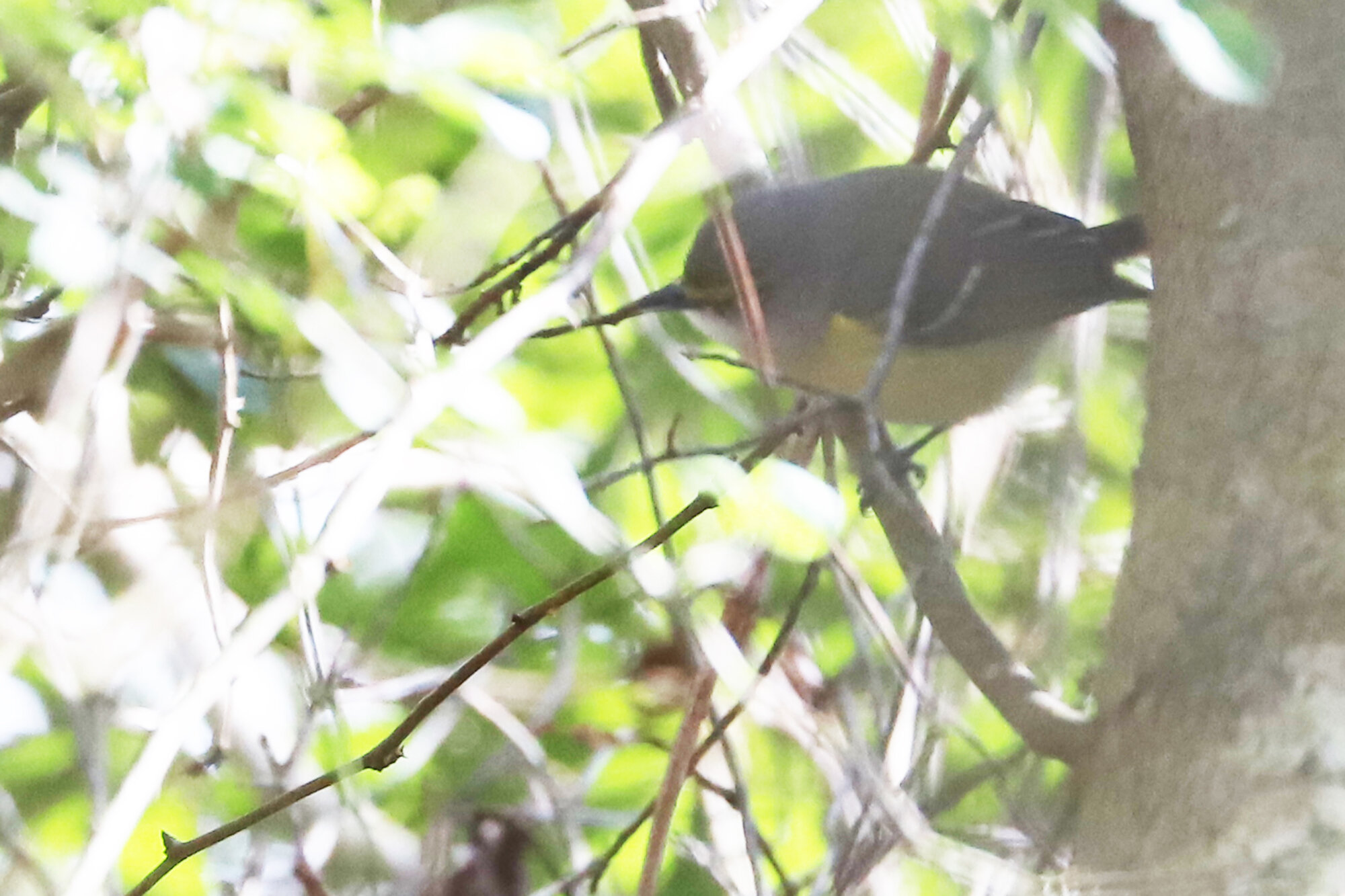
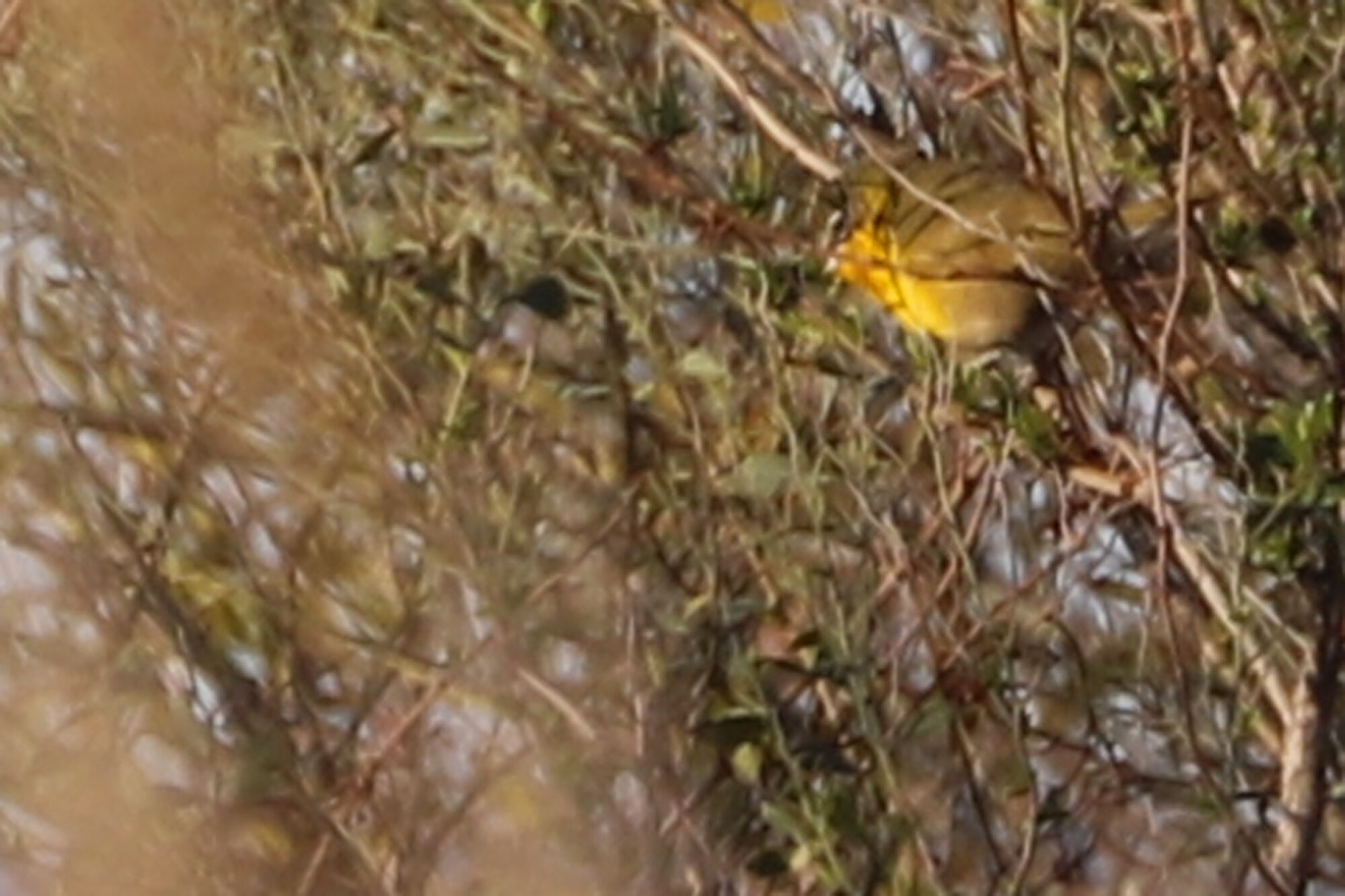
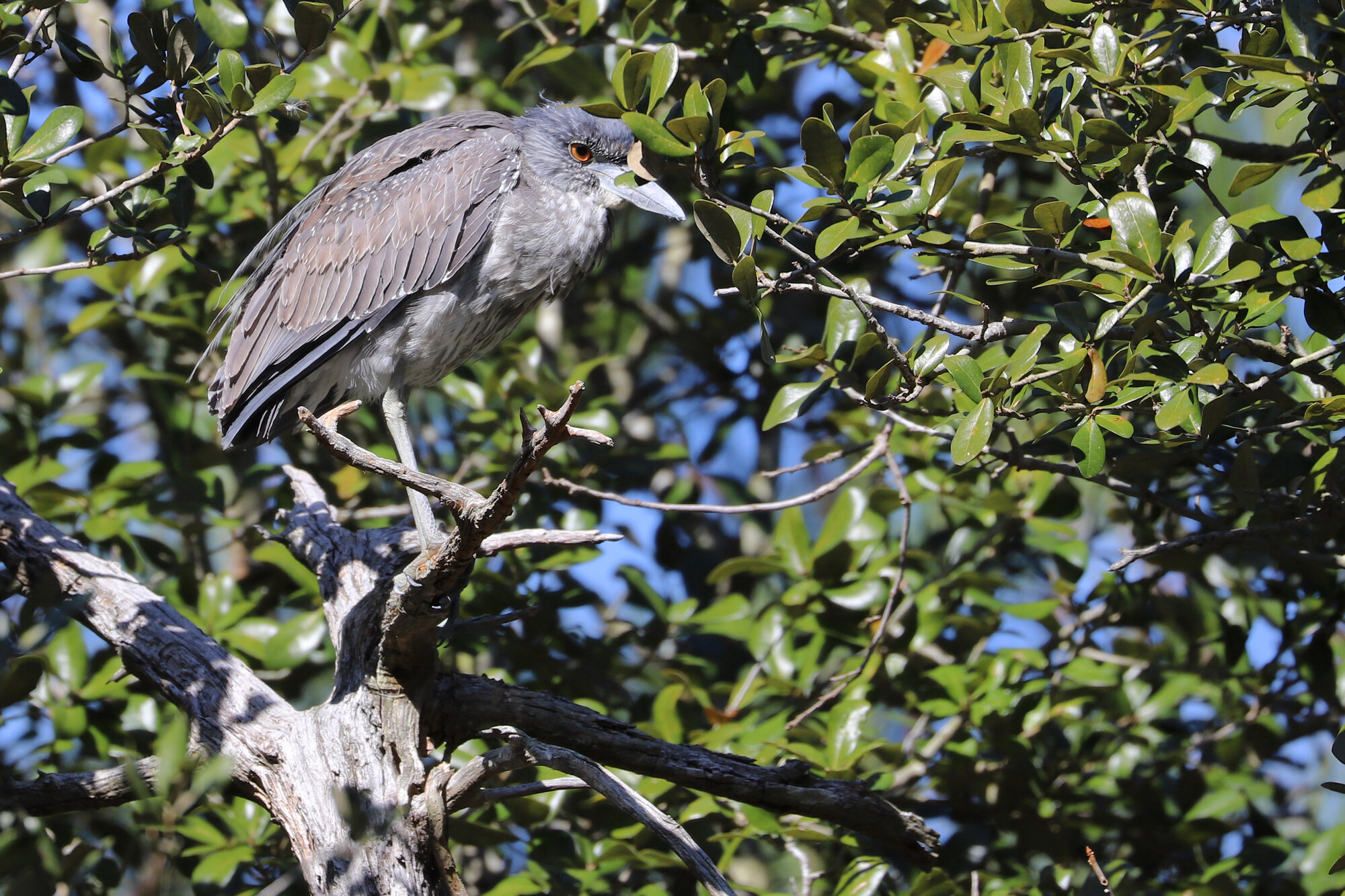
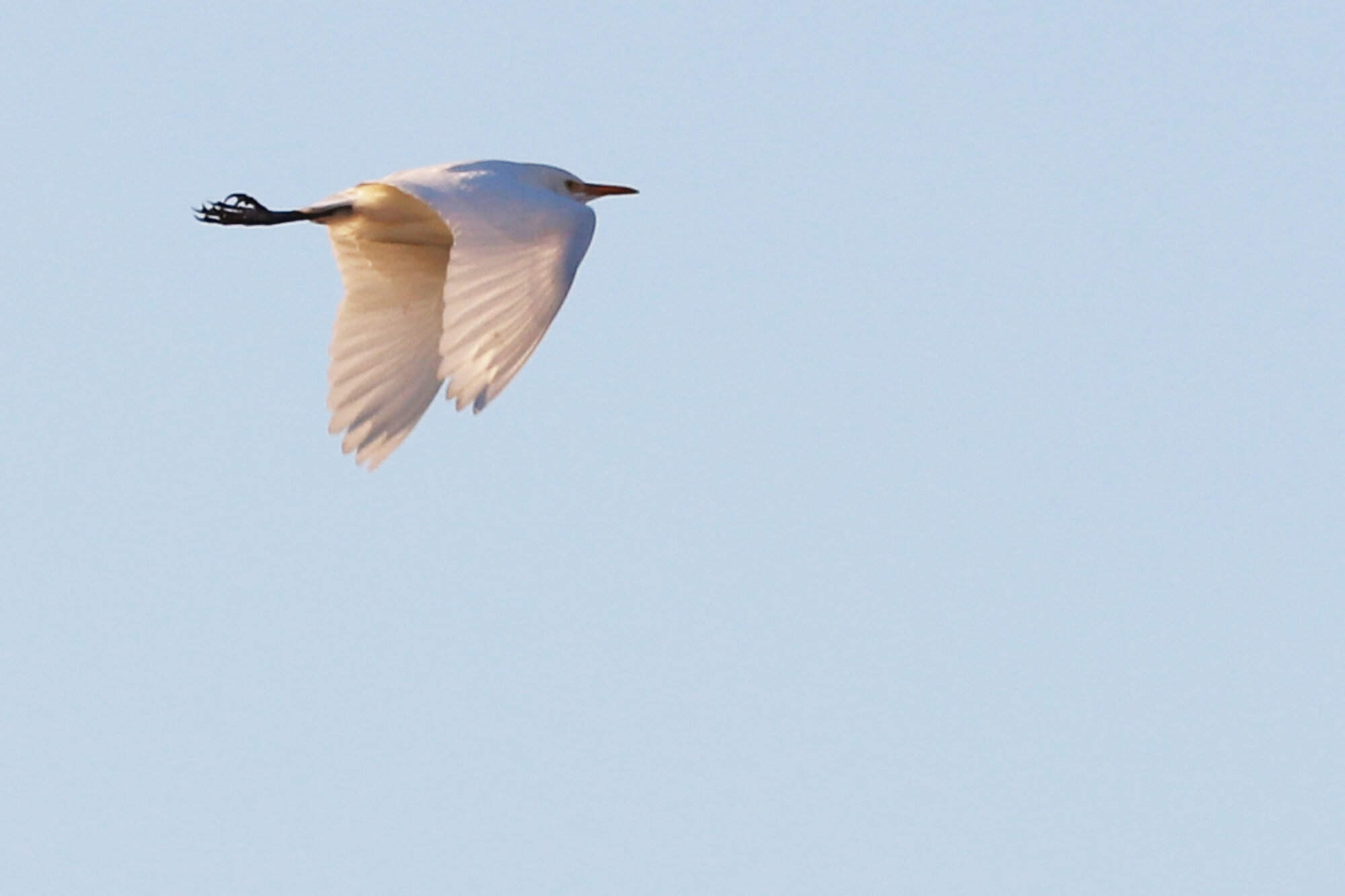
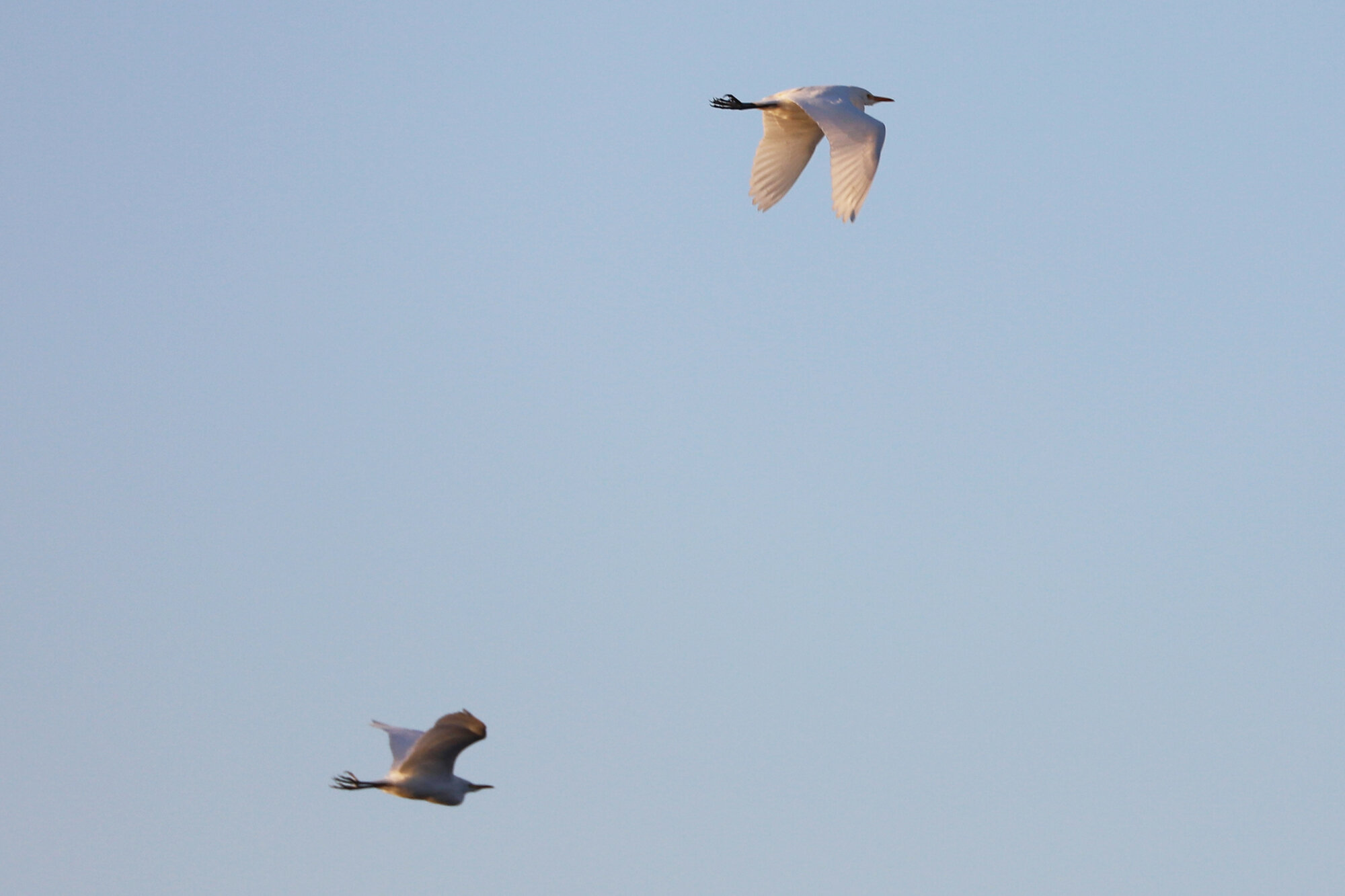

An immature MUTE SWAN made a brief appearance near Lynnhaven Inlet on 19 Feb (ph. June McDaniels). It’s possible this is the same individual observed nearby at Pleasure House Point NA on 10-11 Nov 2019 (ph. Charlie Bruggemann), but it could very well be another one. This makes at least two Mute Swans photographically documented in Virginia Beach for 2020, along with the Back Bay NWR adult last month. (Feb 2020 Map)
At least two BLUE-WINGED TEAL, a male & a female, were present on a freshwater canal near Mill Landing Boat Ramp on 23 Feb (vis. Lisa Rose). This same location produced a record of 17 Blue-winged Teal during the Back Bay CBC on 29 Jan 2019, and it is possible that some may have wintered here, though the location hadn’t been checked according to eBird reports. Typical spring arrivals start popping up in early March, so it’s also possible that the recent report was an early arriving pair. (Feb 2020 Map)
The male EURASIAN WIGEON found on a restricted-access pond at Oceana NAS on 28 Jan (ph. Mark Burns) continued into this month, and was observed through 15 Feb (ph. Nick Newberry & Andrew Rapp). The only other records for this species in Virginia during February were at Chincoteague NWR in Accomack County and at Hoffler Creek NP & Craney Island DA in Portsmouth. (Feb 2020 Map)
A female HARLEQUIN DUCK first found at Little Island Park back on 16 Dec (ph. Luke Fultz) continued through at least 22 Feb (vis. Thomas Charlock & Jason Strickland). This was the most southerly reported Harlequin Duck during February, and three photographed at the CBBT (where they are expected to occur) on 16 Feb made for the only other record in Virginia Beach, and in Virginia overall this month. (Feb 2020 Map)
The first for the calendar year, a female COMMON MERGANSER was photographed at Pleasure House Point NA among a group of Red-breasted Mergansers likely pushed inshore during heavy fog on 26 Feb (ph. Cindy Hamilton). A rare, but regular visitor here, this winter season has surprisingly only held one other report for this species, also a female, in Ocean Lakes on 2 Dec (ph. Tom & Tommy Maloney). This might be the first winter season where the species wasn’t logged at Sherwood Lakes to eBird going all the way back to the 2011-12 winter season. (Feb 2020 Map)
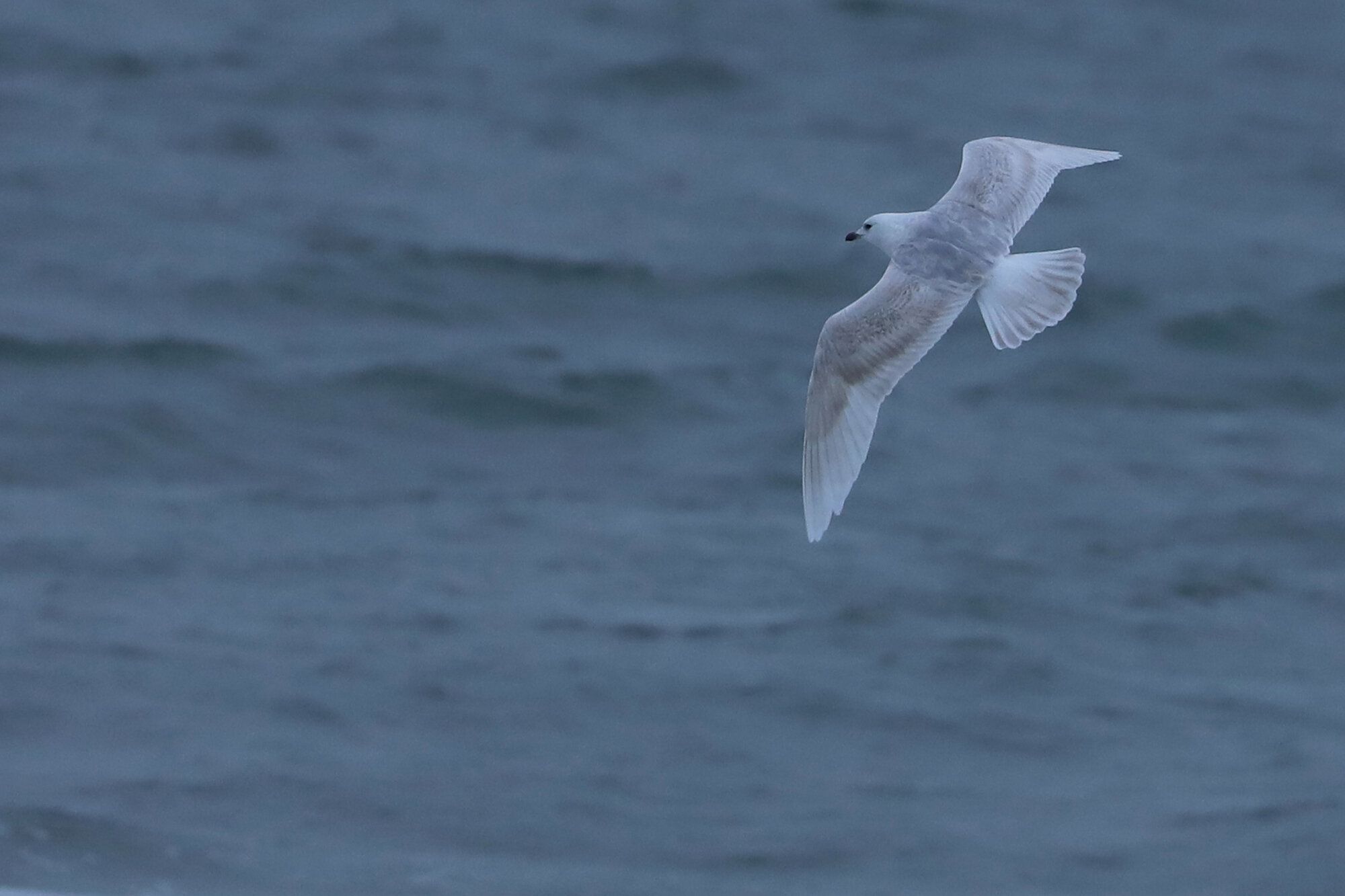
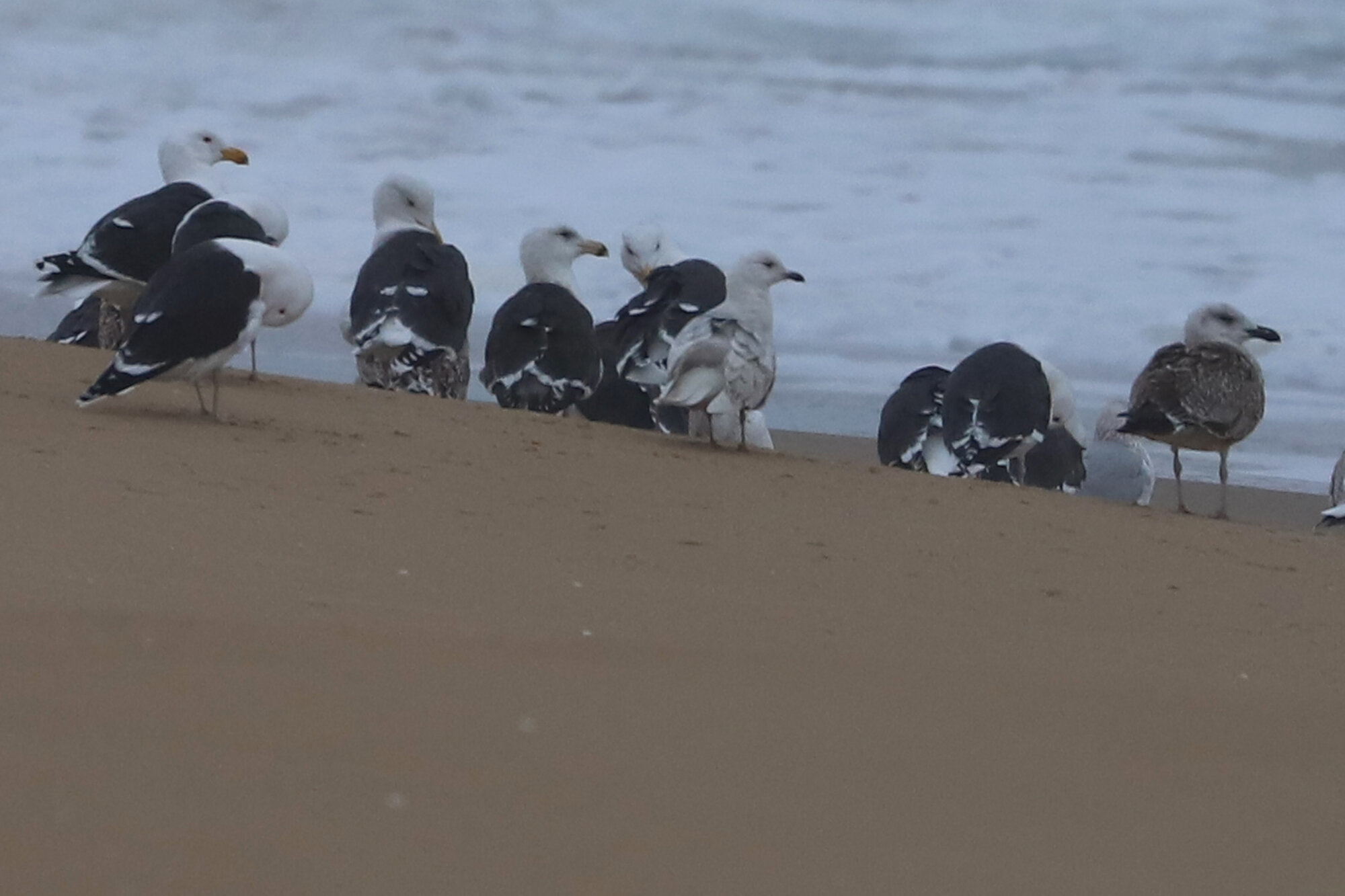
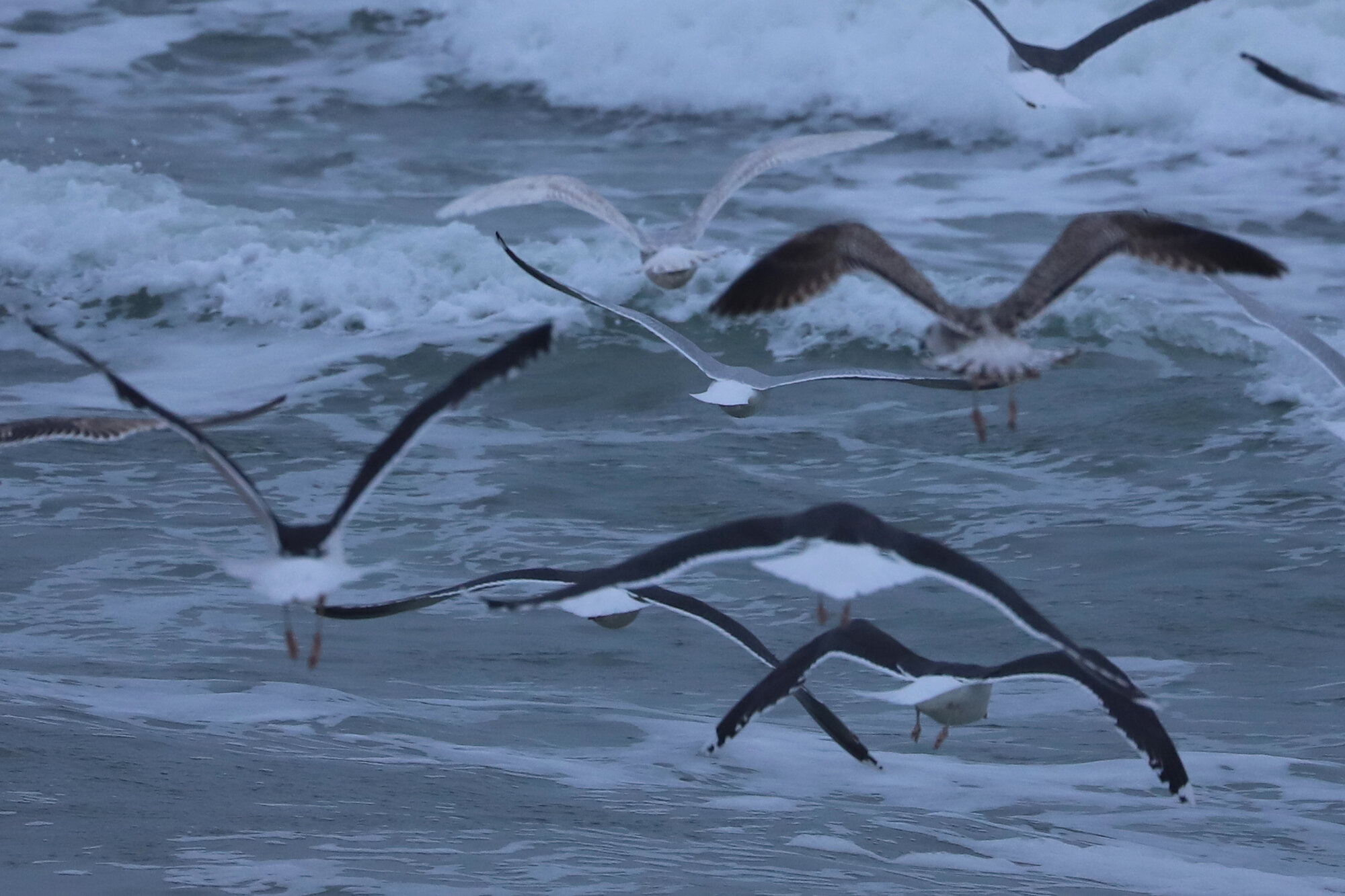

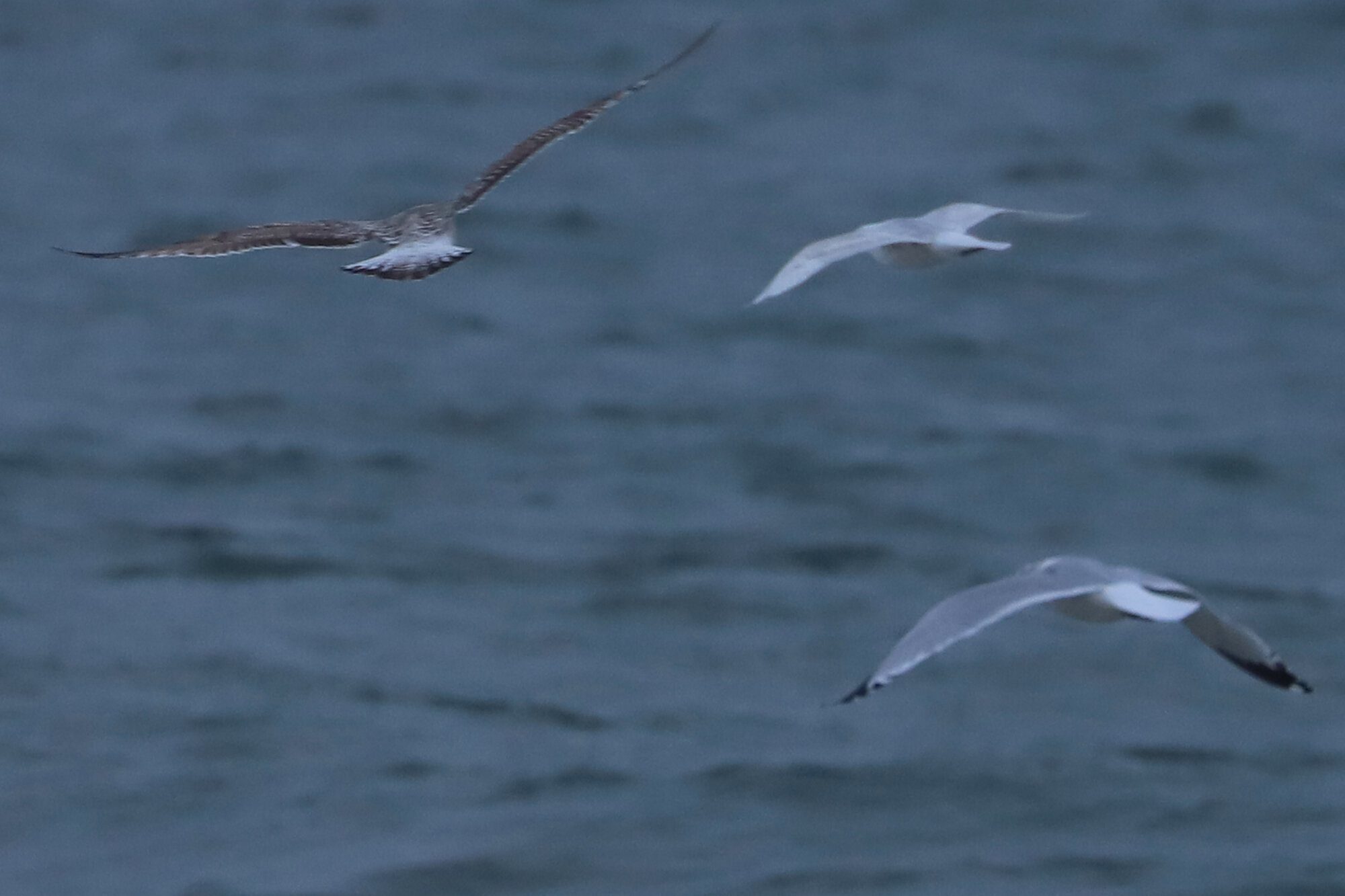
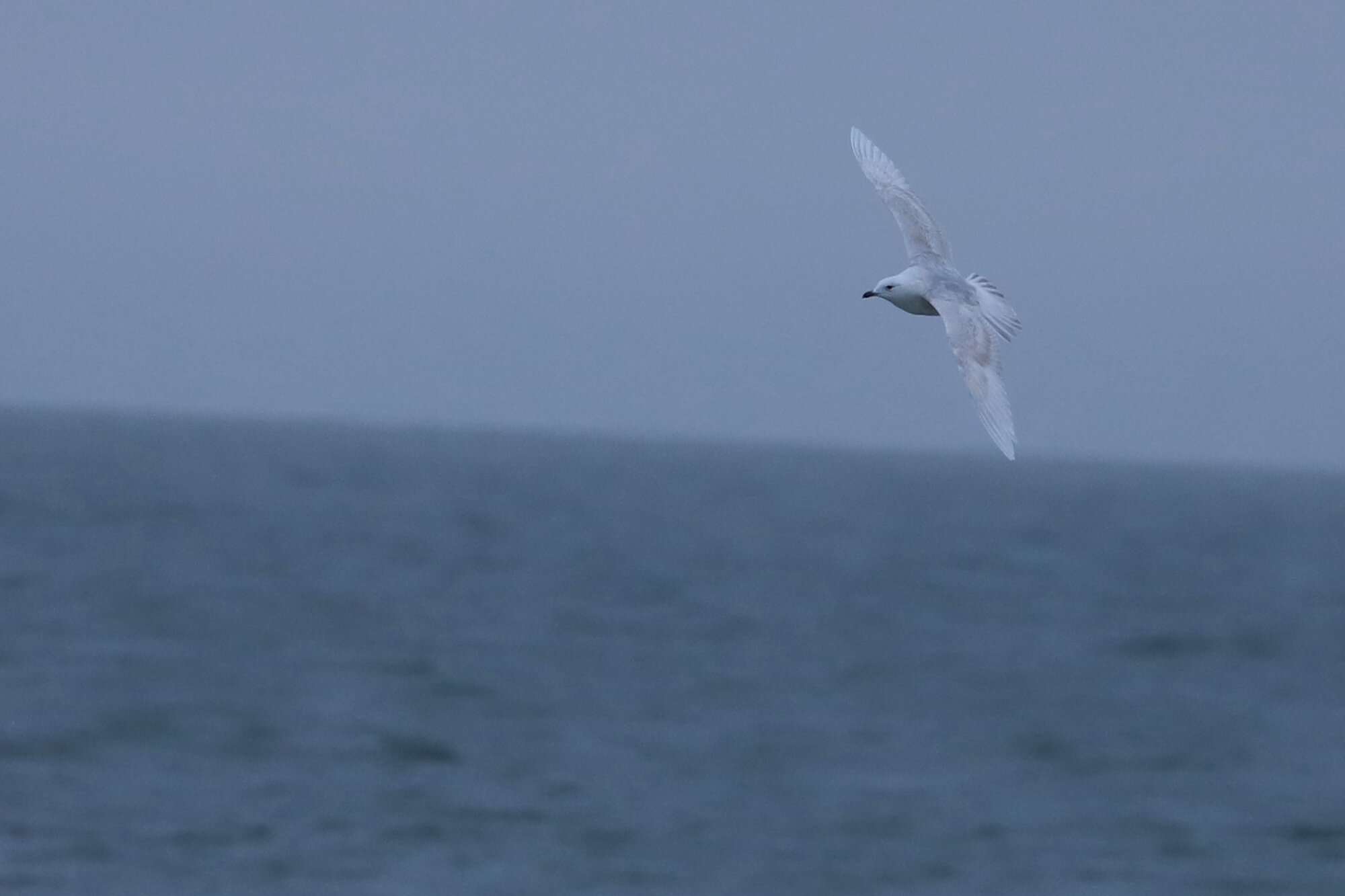
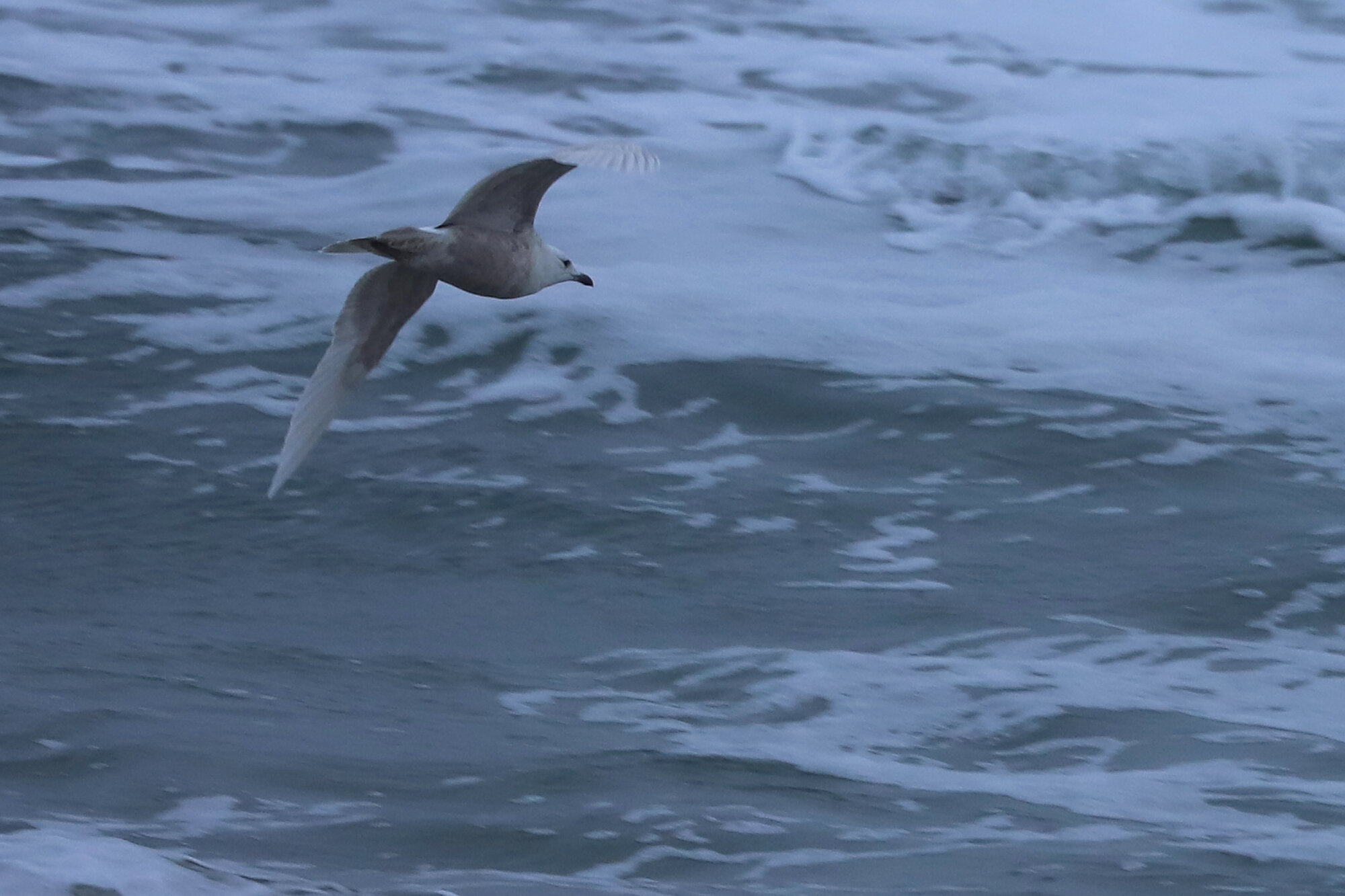
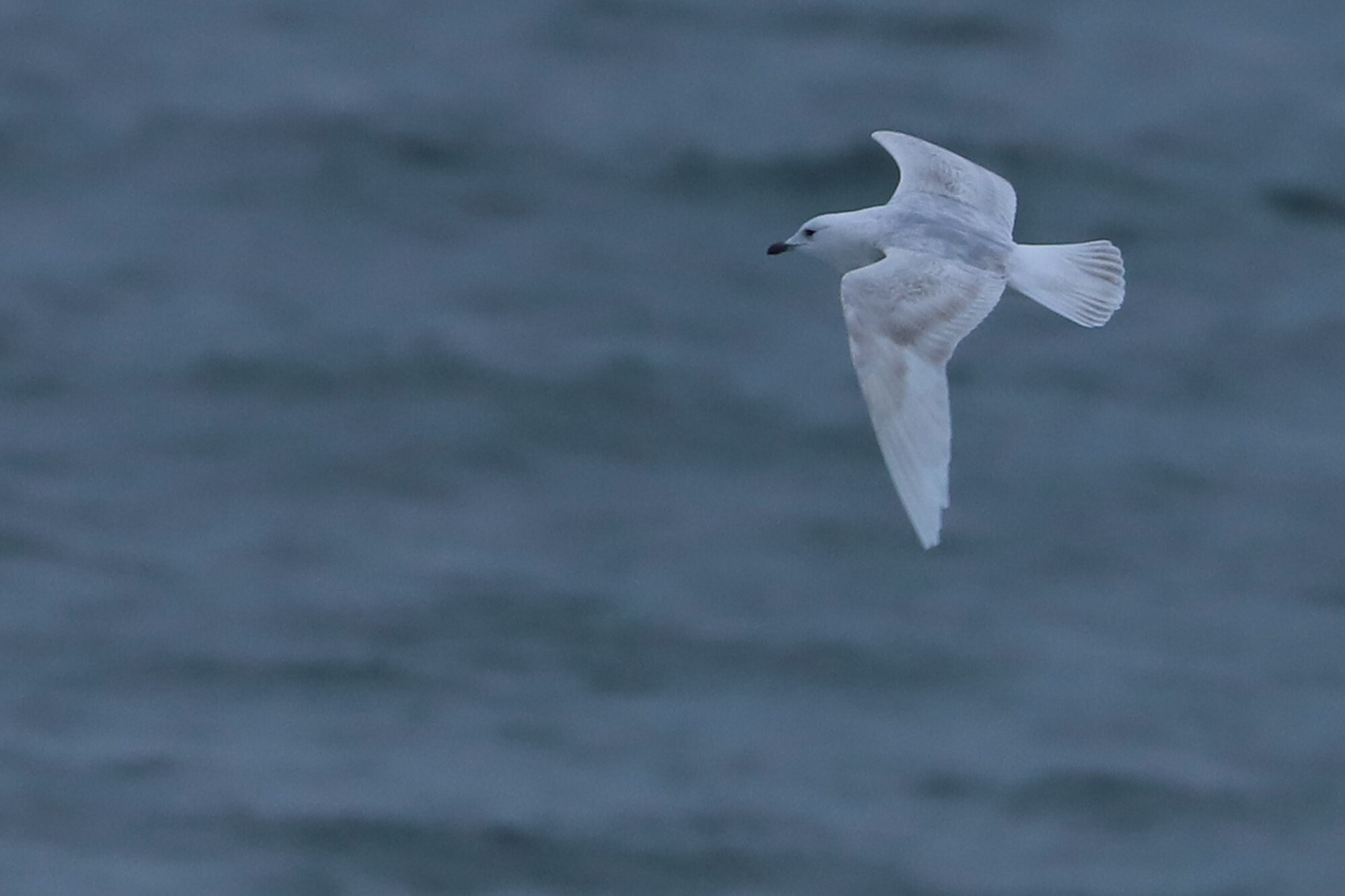
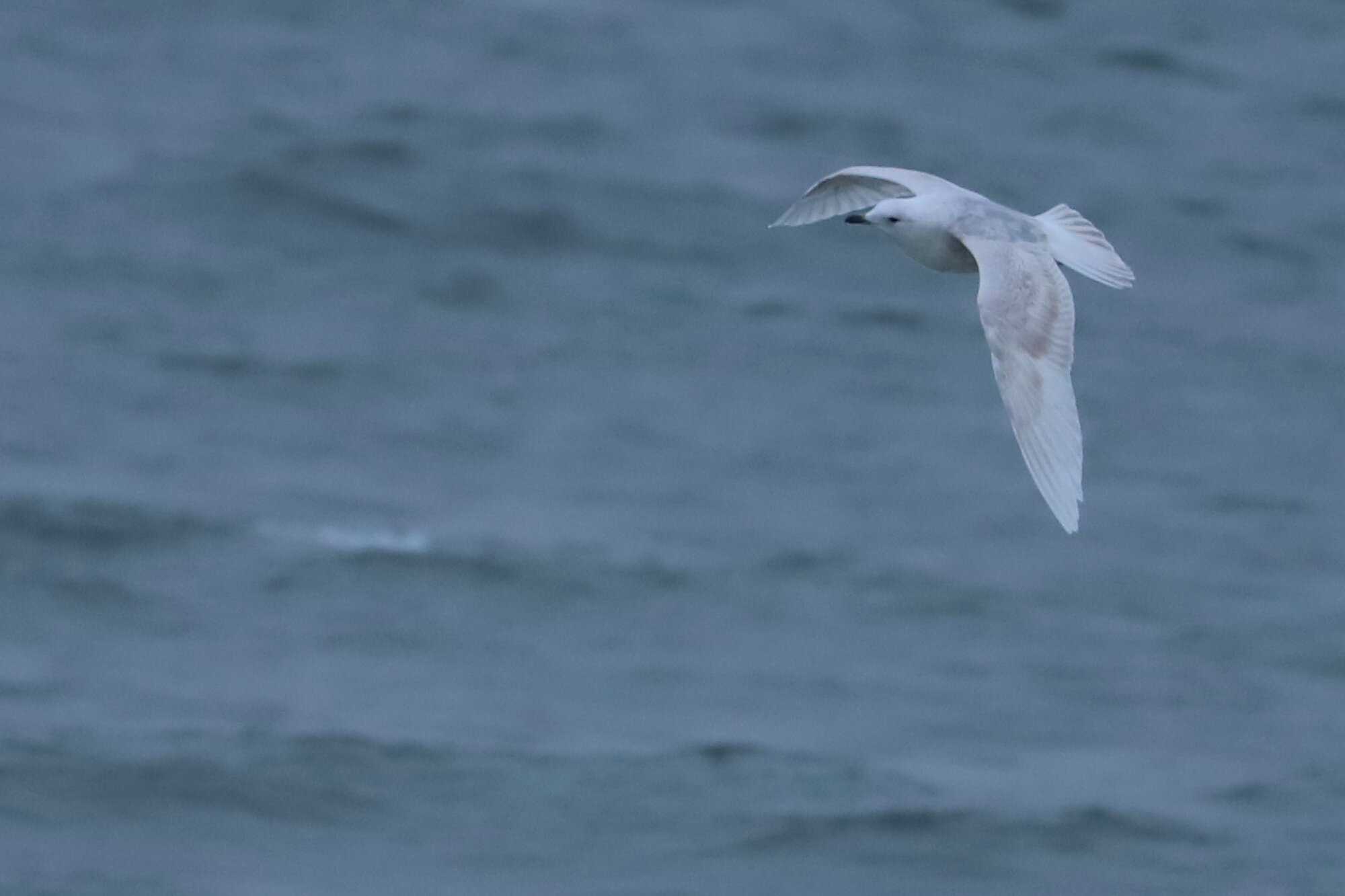
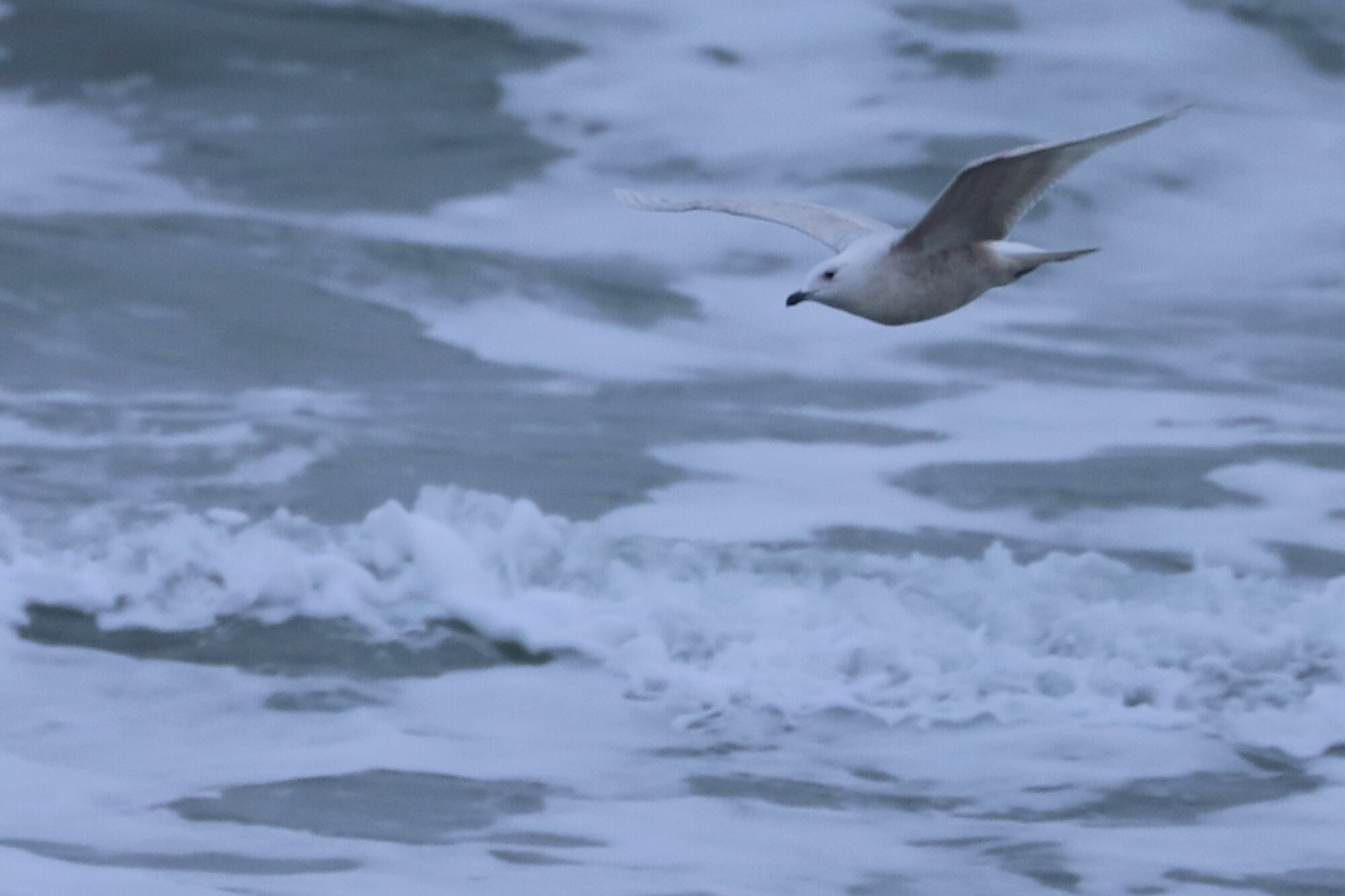
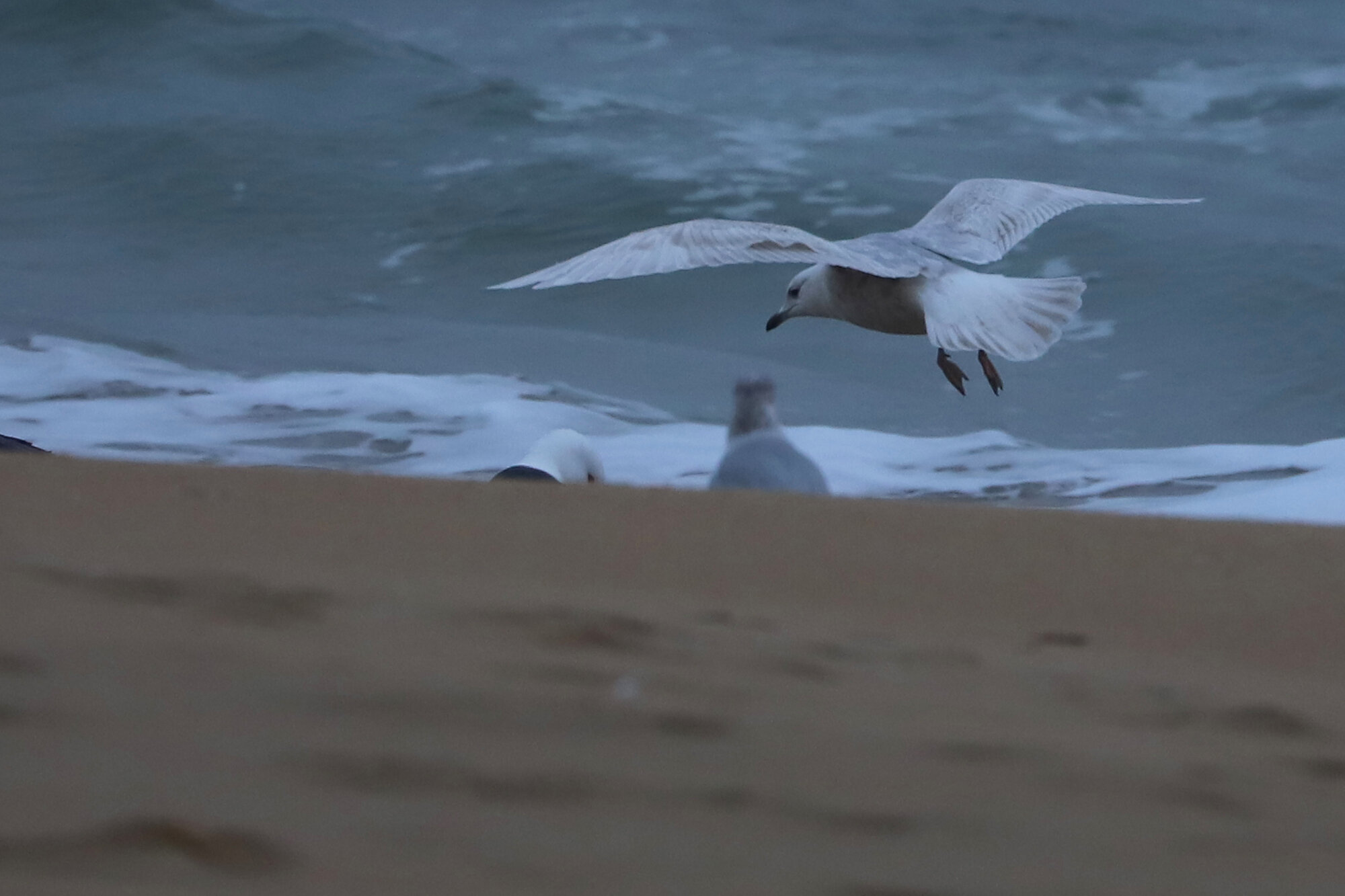
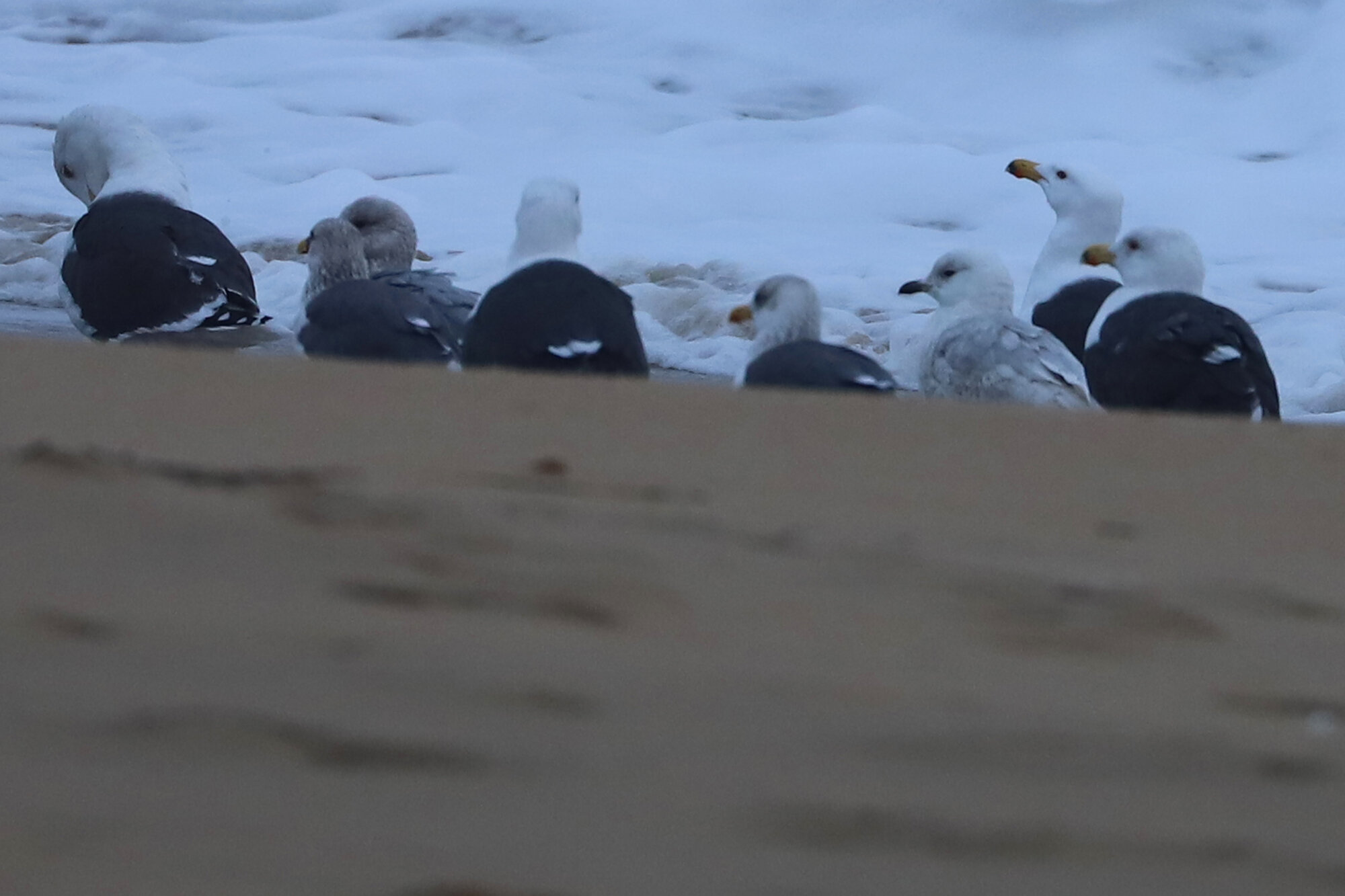
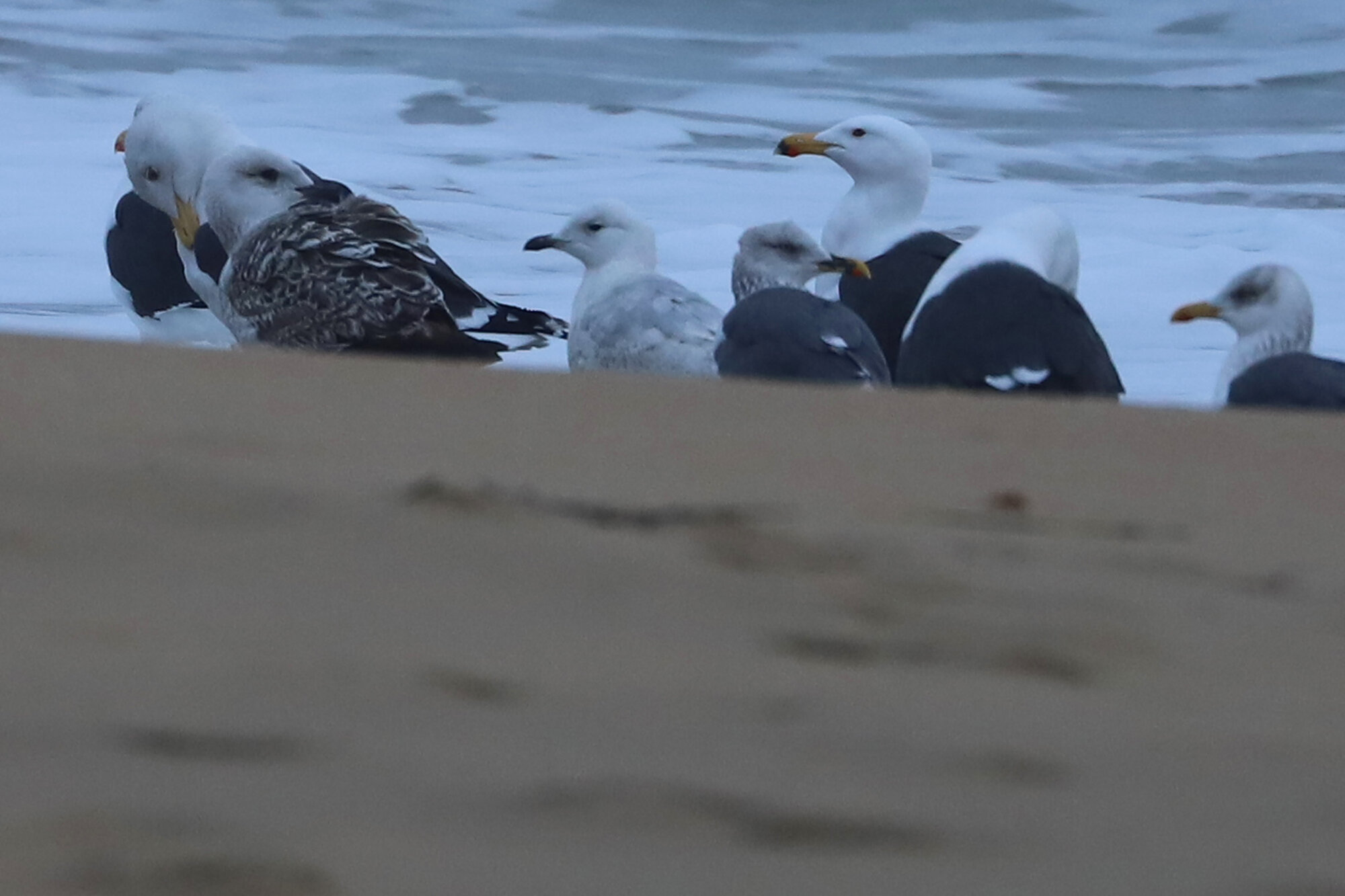
Regardless of species, a noteworthy & unseasonal HUMMINGBIRD SP. was briefly observed at a Great Neck Estates private residence on 17 Feb (vis. J. A.). At least two confirmed Ruby-throated Hummingbirds were reported into December, and the Black-chinned Hummingbird made it through at least 24 Dec in Blackwater as well. However, since that time, no other hummingbirds had been logged to eBird, and it is anyone’s guess as to which species this report might be representative of. Typically, non-wintering Ruby-throateds don’t begin arriving again until early April, and given the warm winter, it is equally likely, or perhaps even more likely, that a hummingbird observed in February is a western vagrant. (Feb 2020 Map)
Very early by past eBird data standards, a single PIPING PLOVER found at Back Bay NWR on 29 Feb (ph. Kim Kozella, ph. Tracy Tate) represents the earliest spring arrival so far input for Virginia Beach. Prior to this record, the earliest accepted eBird report was of two found at False Cape SP on 9 Mar 2018 (vis. Abby Walter), with 15 Mar being more typical on average. For the current season, only one Piping Plover was reported farther north than the Back Bay individual in February, with one photographed on Nantucket Island, Massachusetts on 23 Feb. The next closest to us was far to the south, at Cape Lookout, North Carolina. (Feb 2020 Map)
Mirroring Feb 2018, a large incursion of Razorbills into near-shore waters led to the discovery of quite a few DOVEKIE this month. This year’s event began at Little Island Park on 4 Feb with a pair observed (vis. Andrew Baldelli) among 11,000+ Razorbills in morning flight, reached a peak count of four at Back Bay NWR on 13 Feb (vis. Andrew Baldelli), and then concluded with the final report of a single Dovekie at Little Island Park on 14 Feb (vis. Andrew Baldelli & Kathy Louthan). Jennette’s Pier in Nags Head, North Carolina also produced “from-shore” records during this timeframe, and pelagic trips off Hatteras produced further records for the species & represented the southerly limit of records this month. (Feb 2020 Map)
Prior to reaching the average, 25 Feb spring arrival date for the species, a single LAUGHING GULL was reported on the north pond at Sherwood Lakes on 7 Feb (vis. Tracy Tate). At the time of this record, there were only 3 individuals known to be above the latitude of Virginia. One each was in Ocean City, MD, Manasquan Inlet, NJ, and Hoisington Brook Outlet, NY. Another early individual was photographed at Pleasure House Point NA on 16 Feb (ph. Nick Ramsey), followed by an expected increase in records at month’s end. (Feb 2020 Map)
Matching January, there was a single record for ICELAND GULL this month, with an immature observed in northbound flight past Little Island Park and later photographed 1.5 miles to the north on Sandbridge Beach on 1 Feb (ph. Rob Bielawski). Three immatures were photographed in North Carolina as well, but an immature in Florida made for the most southerly record during February. (Feb 2020 Map)
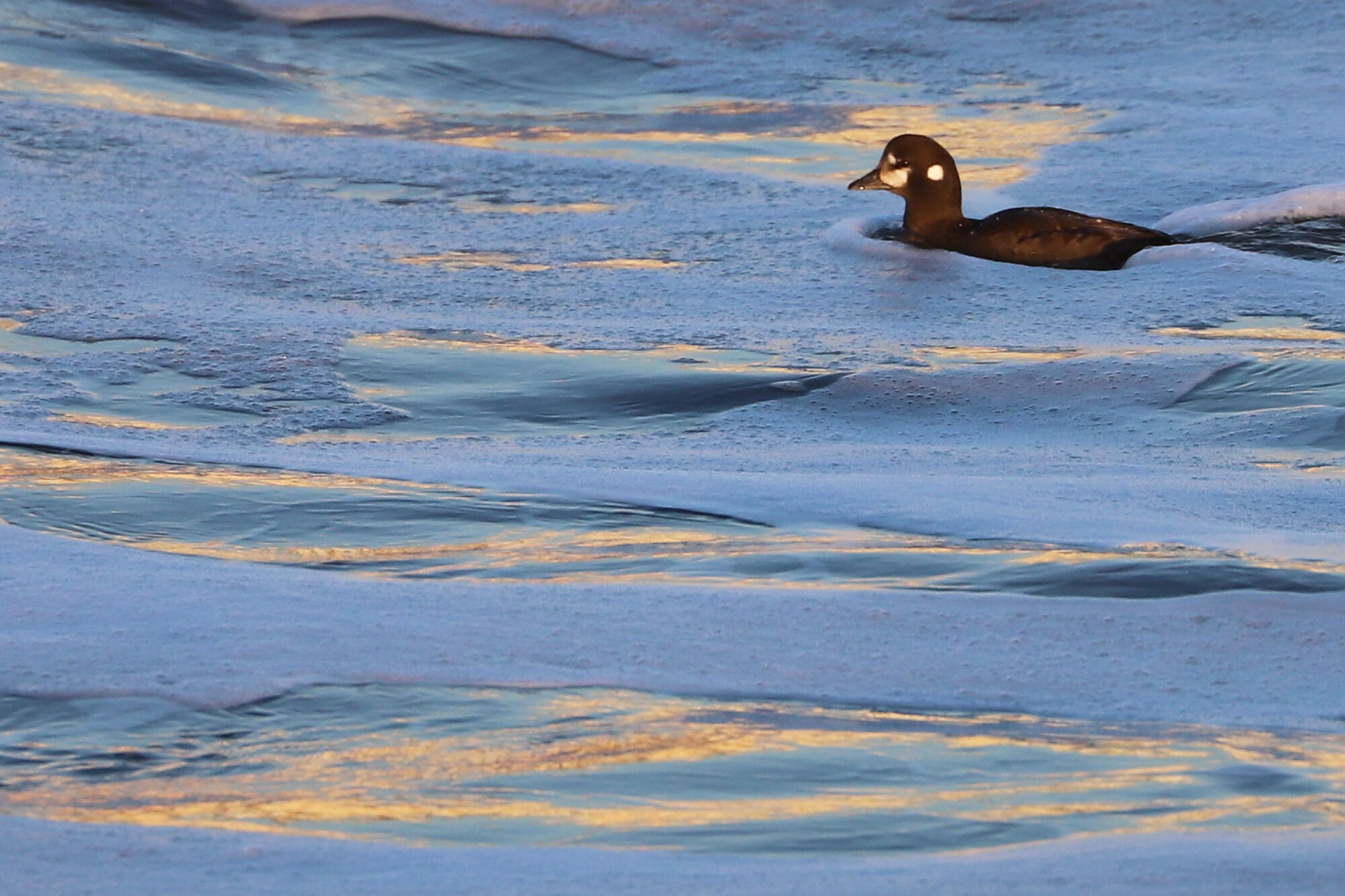
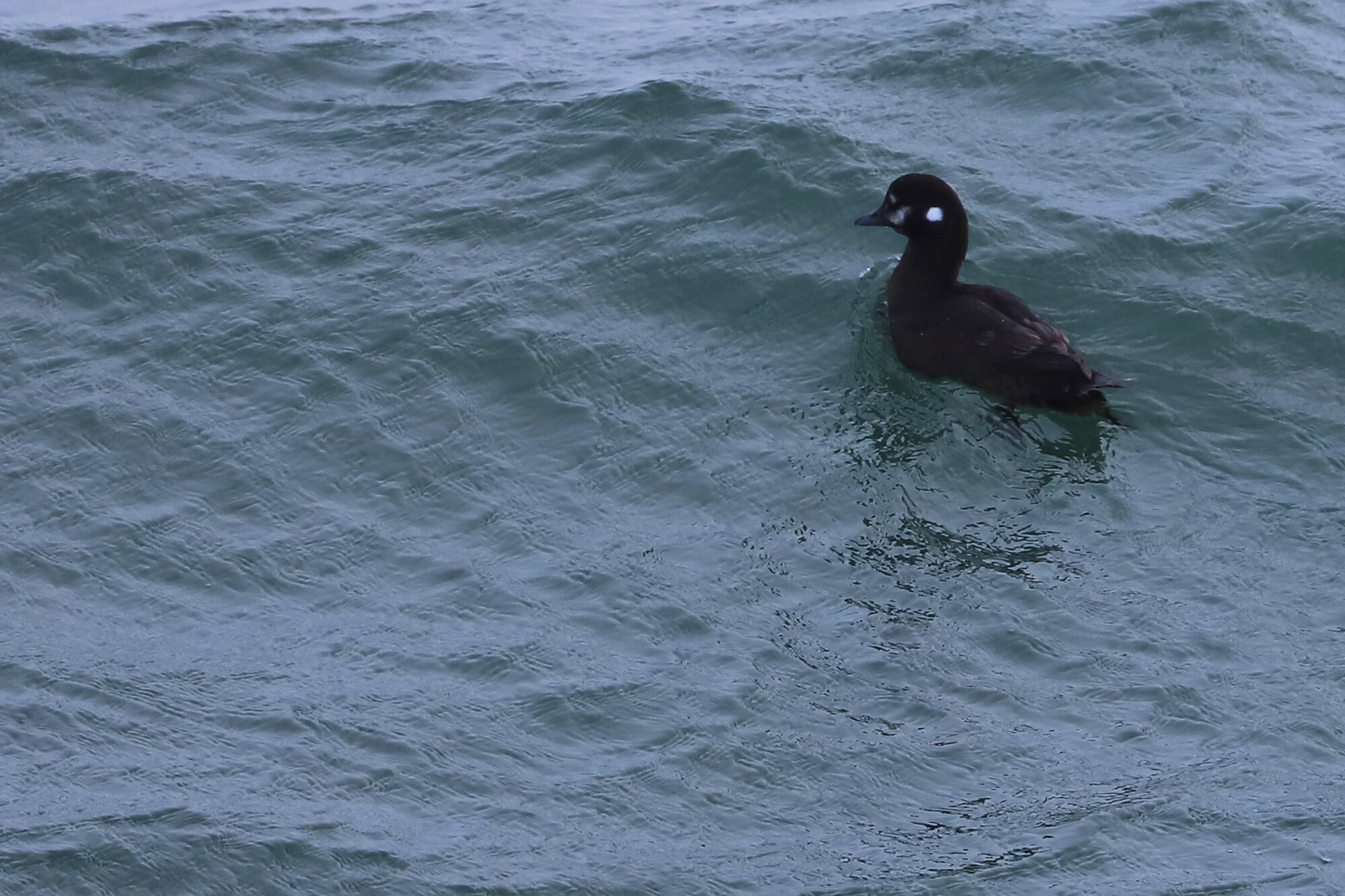
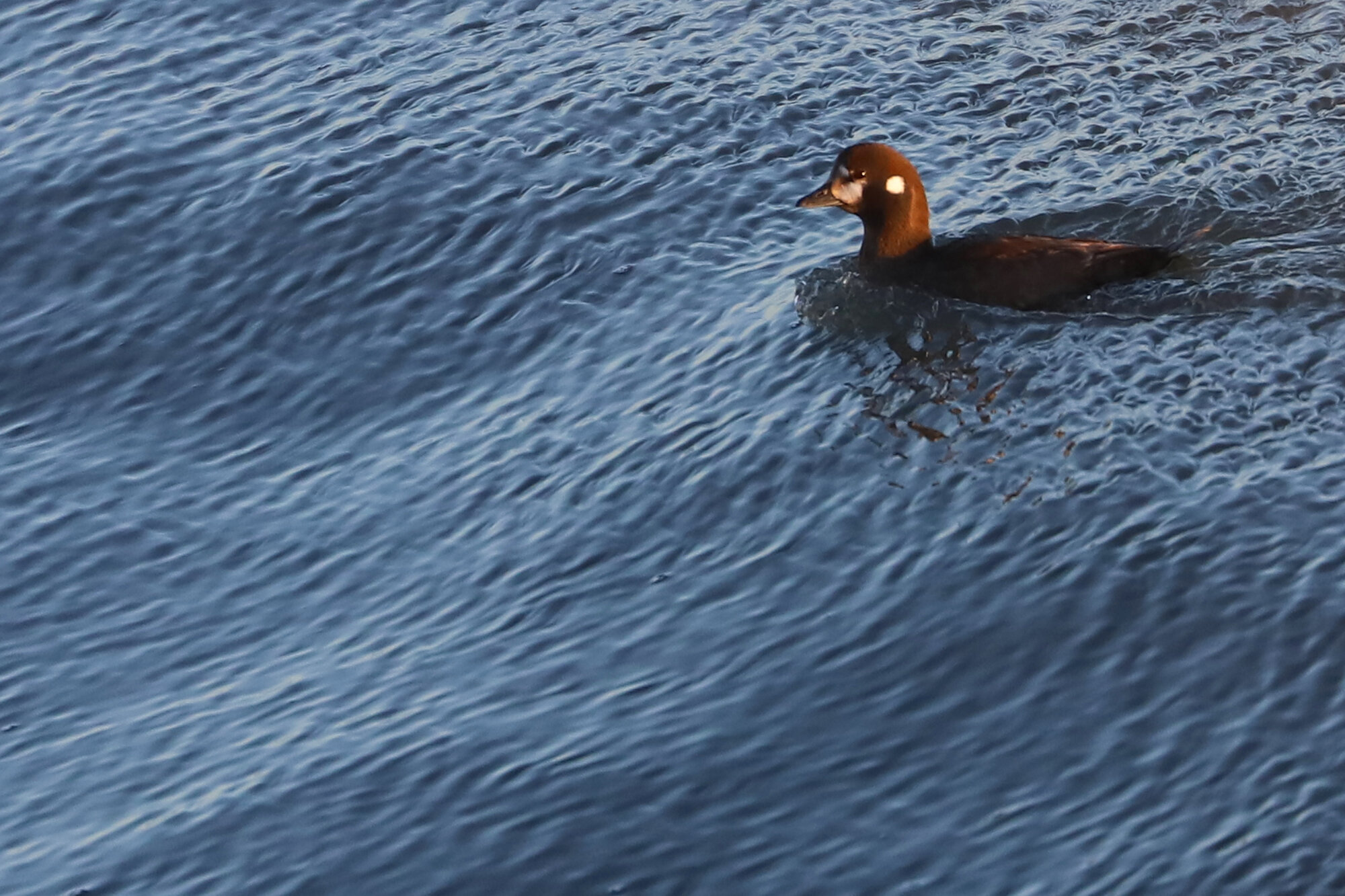

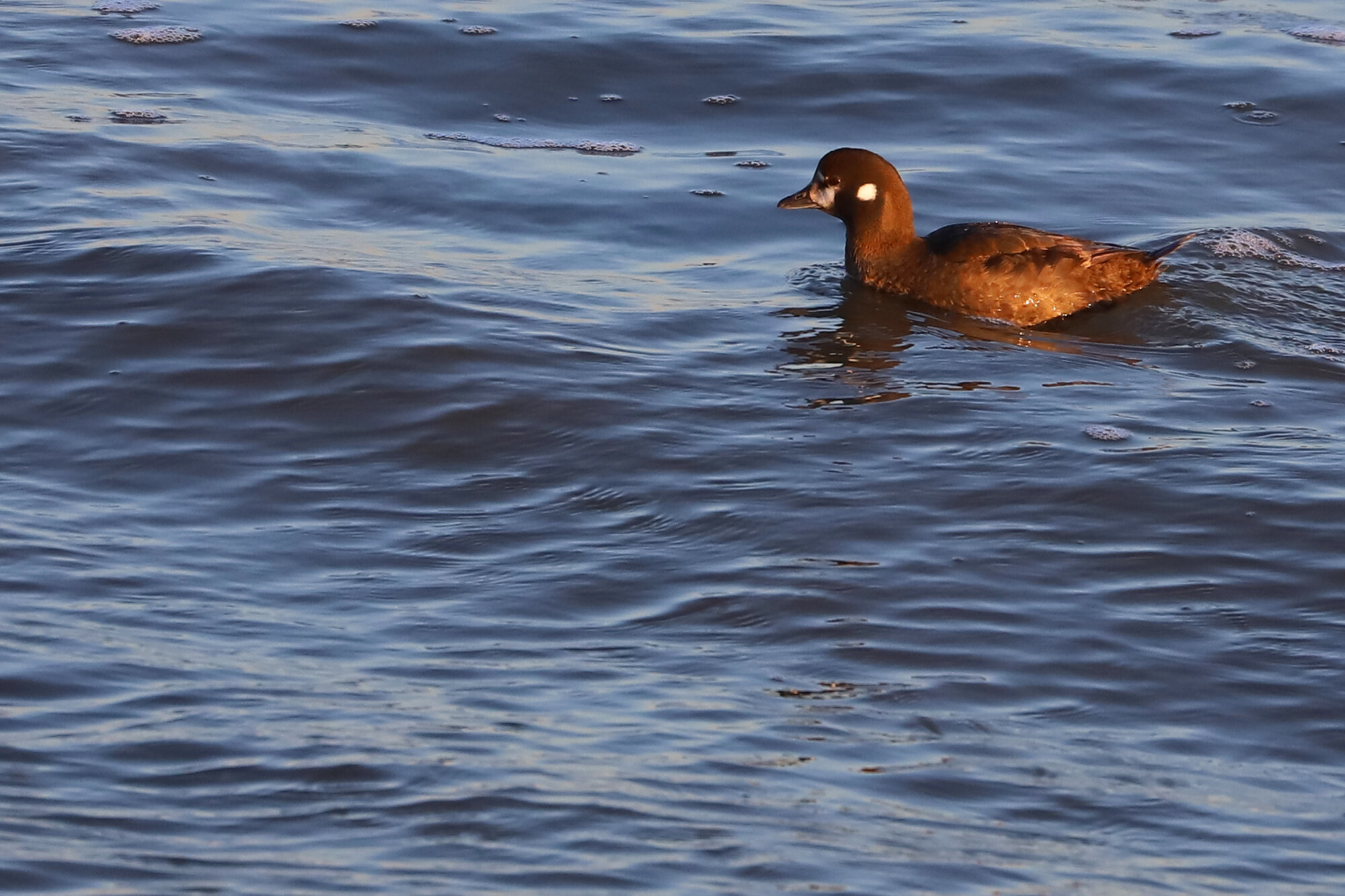
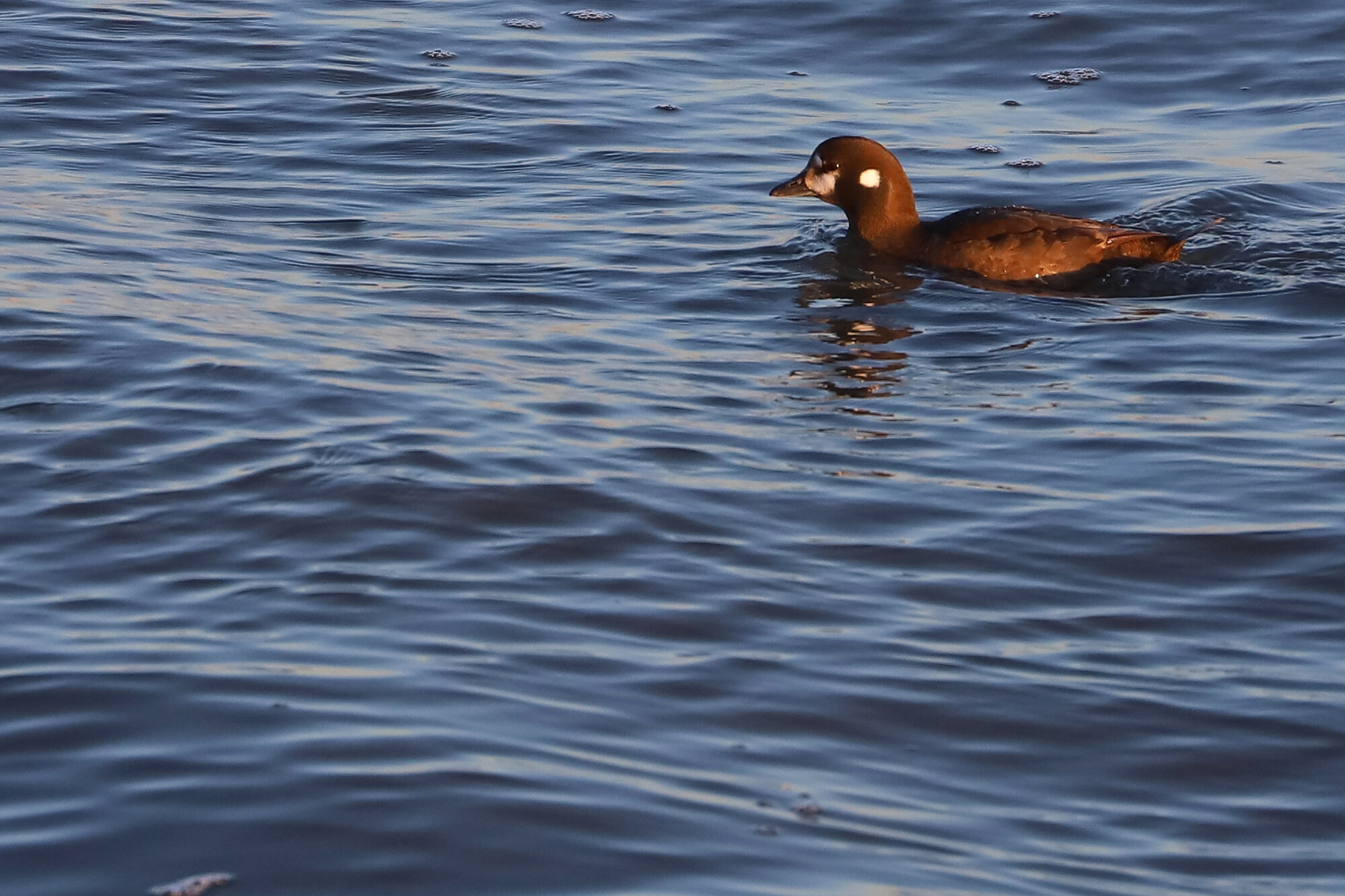
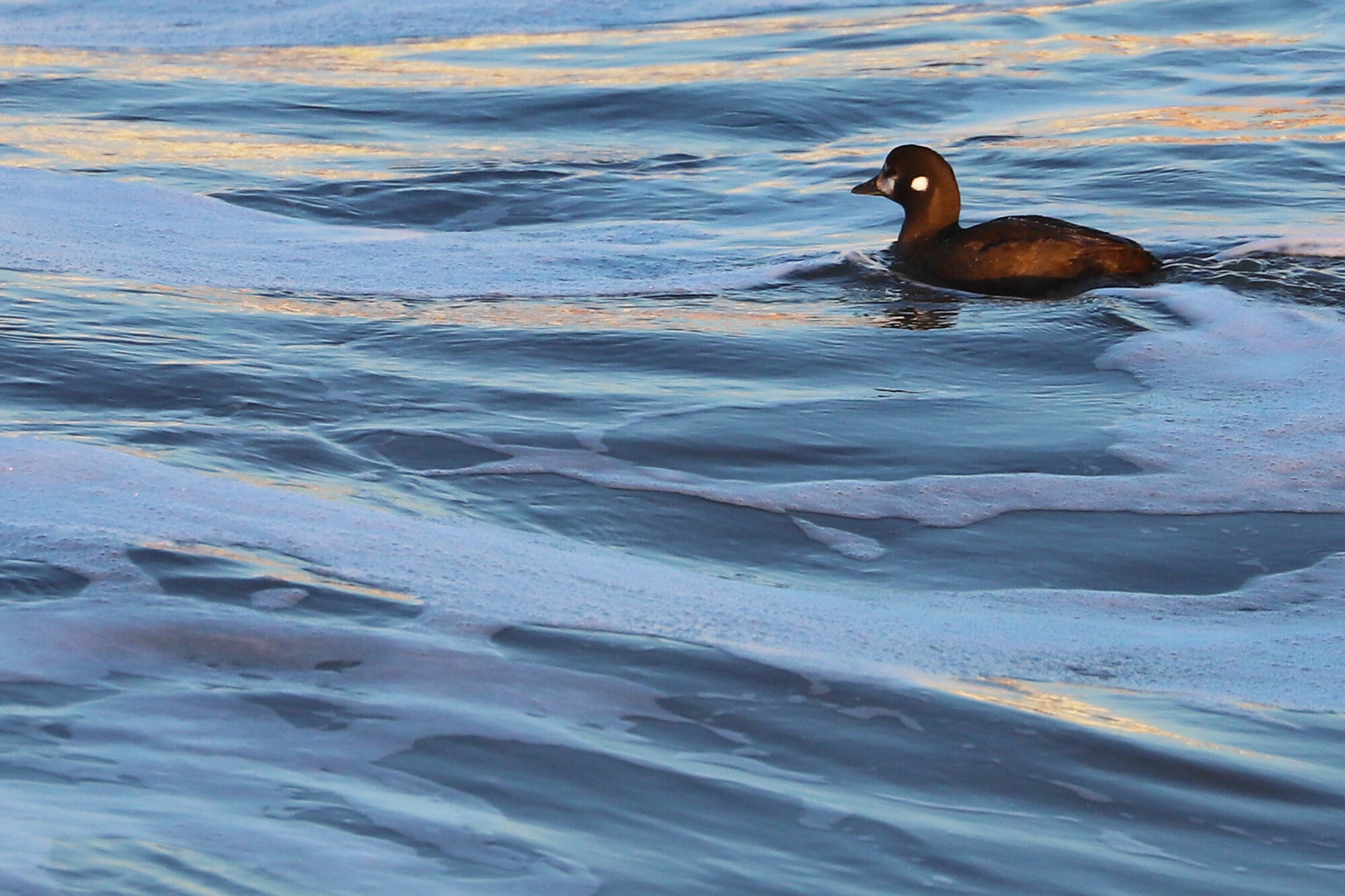
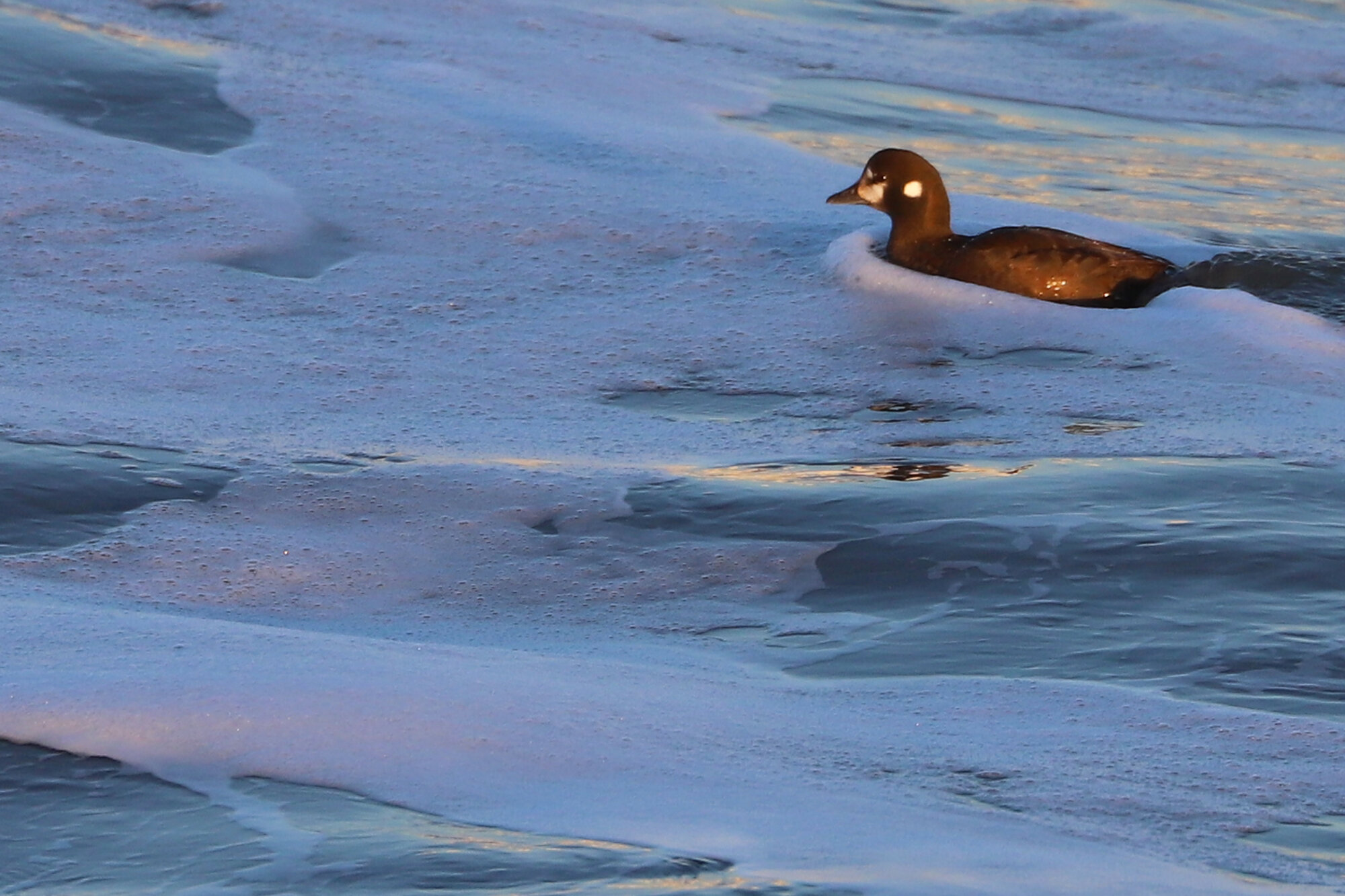
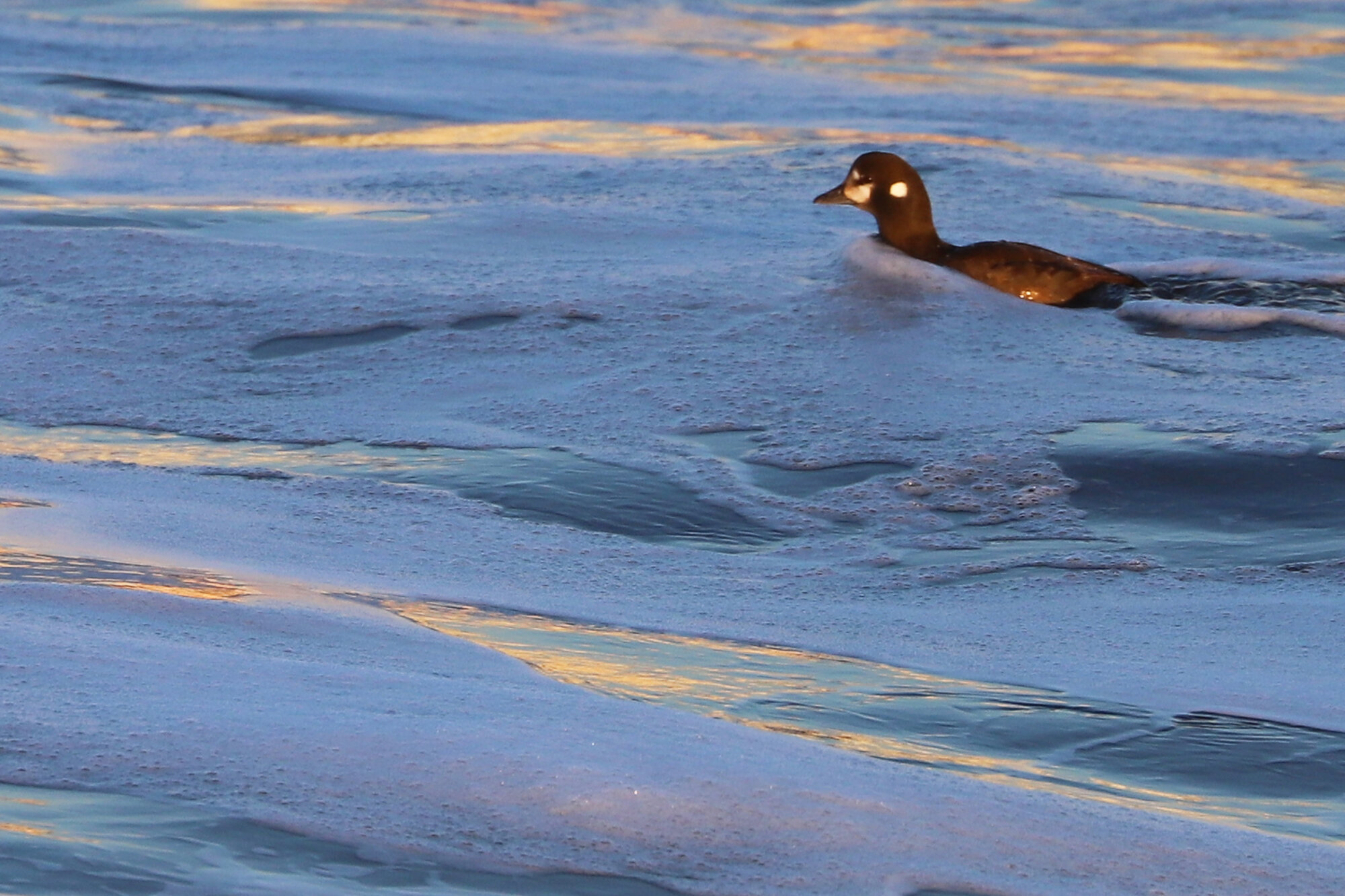
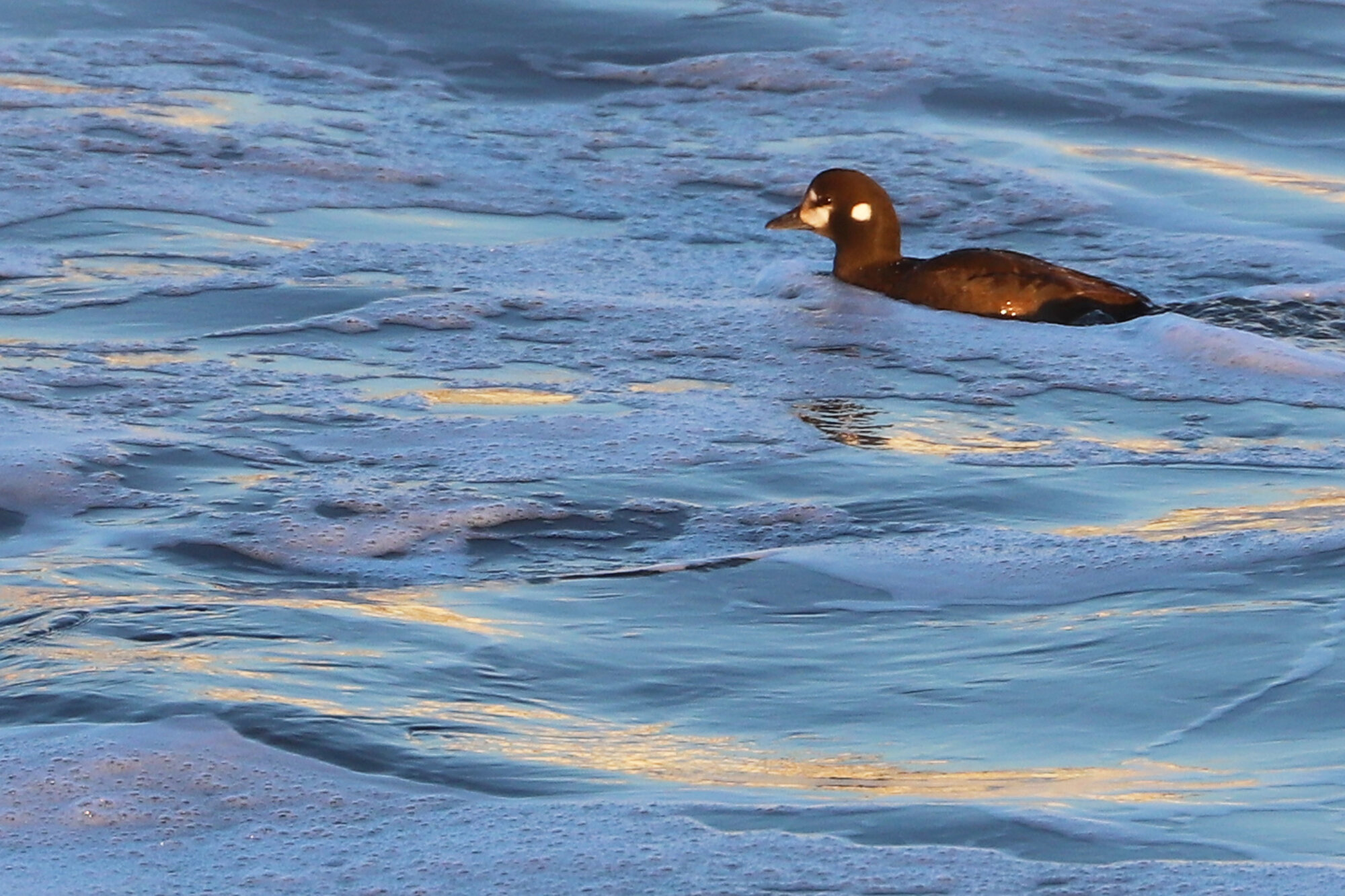
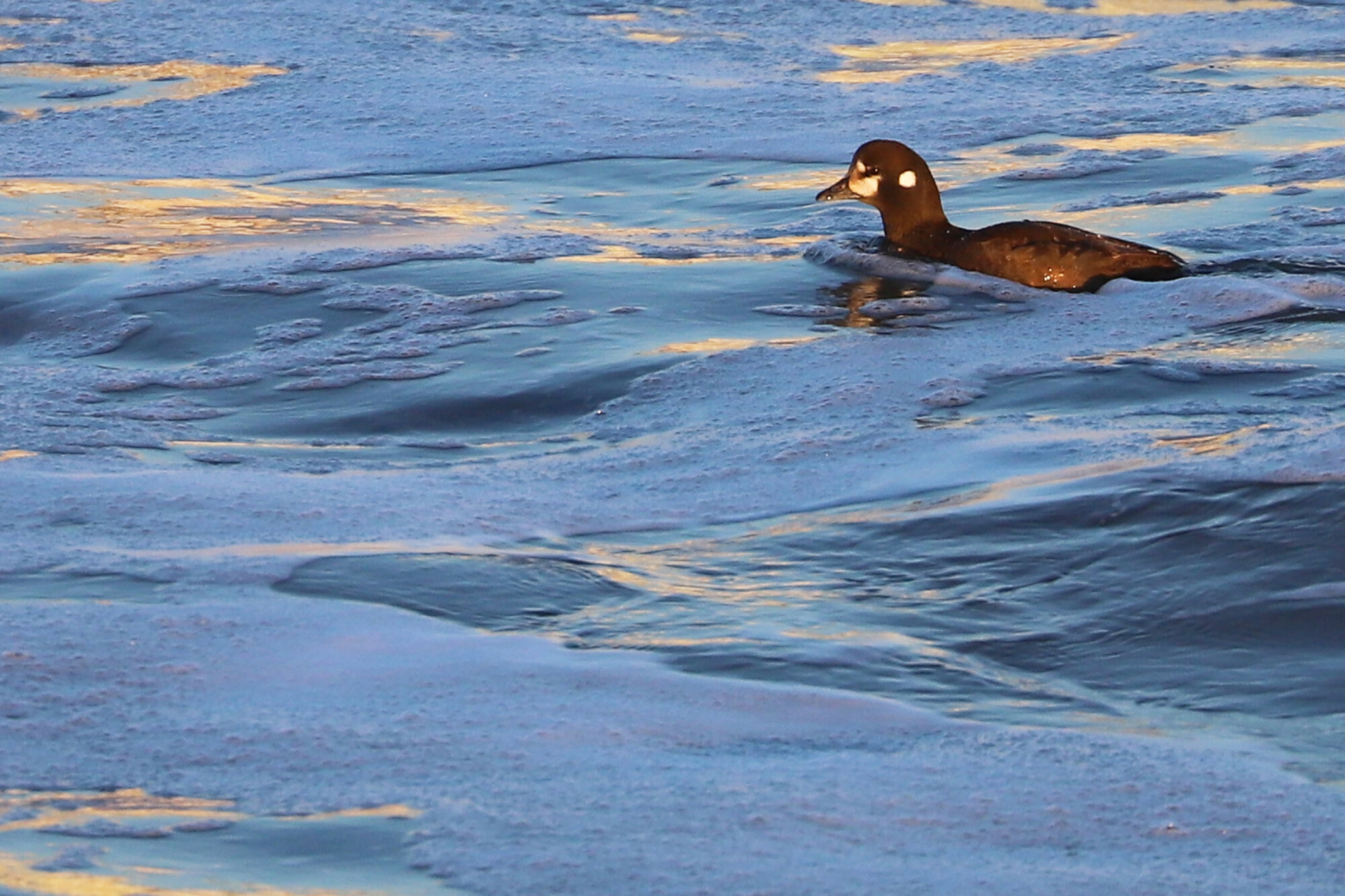
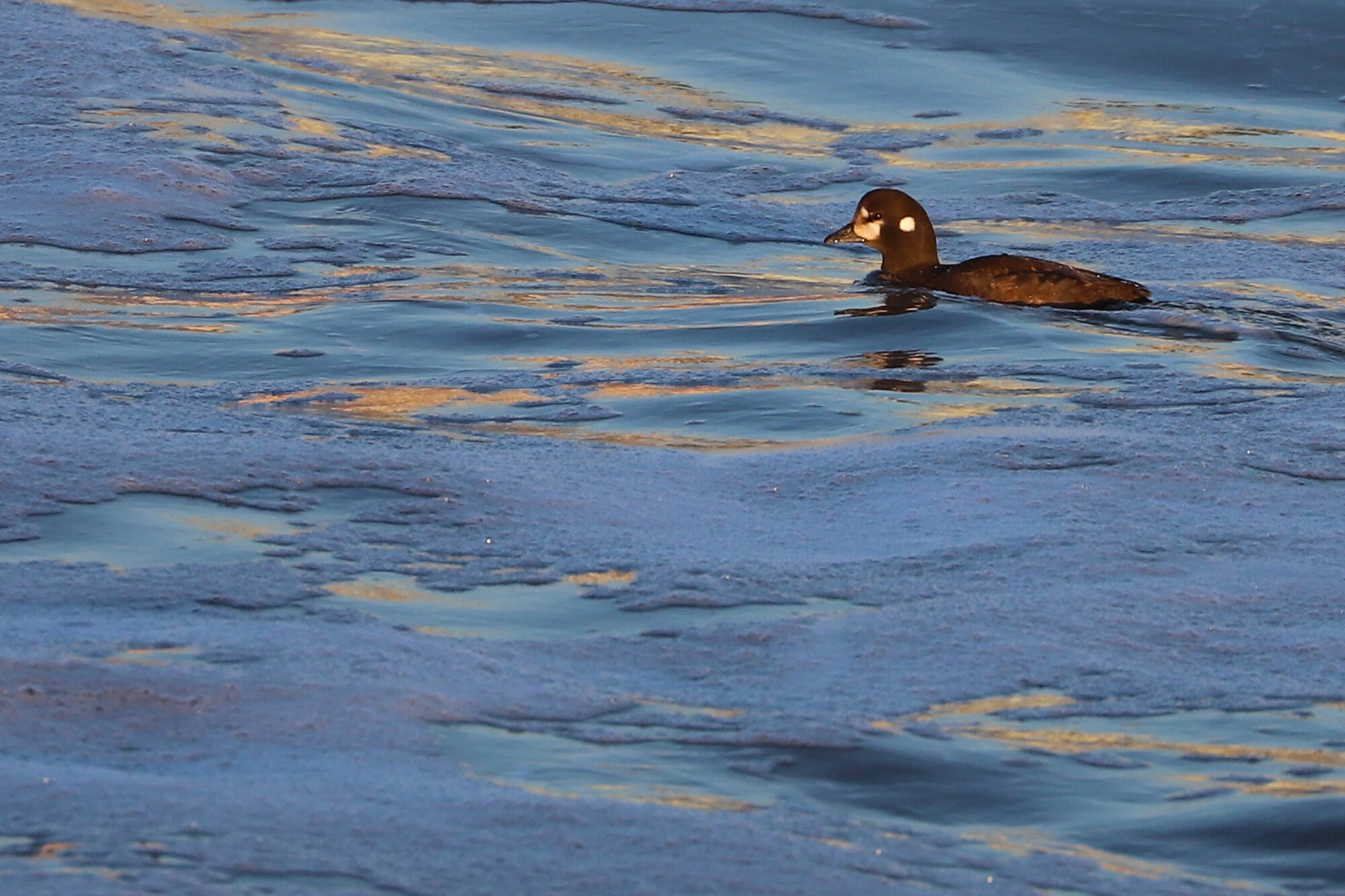
A first eBird record for mainland Virginia Beach, a single HERRING X LESSER-BLACK BACKED GULL hybrid was on the beach at Little Island Park on 18 Feb (ph. Edward Brinkley). This was one of only seven records worldwide (England, Nova Scotia, New York, New Jersey & Pennsylvania) input to eBird for February, and was the most southerly occurrence for this hybrid pairing. (Feb 2020 Map)
The immature GLAUCOUS GULL first noted south of Island One (CBBT) on 30 Dec (vis. Gabriel Mapel) continued at the same location through at least 2 Feb (vis. Matt Anthony & Erin Chapman). This was the only record for Virginia during February, though Florida & North Carolina each had a pair, and Alabama also had one, as far as records south of us go. (Feb 2020 Map)
A remarkable, mid-winter record for ROYAL TERN popped up when a single individual flew past Back Bay NWR on 1 Feb (ph. June McDaniels), making for the most northerly report of this species at this date in any season along the East Coast. Singles were also reported 15 Feb at nearby Little Island Park (vis. Nick Newberry & Andrew Rapp), 16 Feb at Back Bay NWR (vis. Rob Bielawski) and 2 Mar at Little Island Park (vis. James Marcum). Typically, Royal Tern is absent from the state after the first few days of January through about 10-15 March when spring arrivals start showing back up. Only a single individual in Norfolk was recorded farther north this month, and that is the most northerly recorded every input for any February in eBird. (Feb 2020 Map)
Though an abundant transient and winter resident along the coast, a RED-THROATED LOON on the north pond of Sherwood Lakes on 21 Feb (ph. Karen & Tom Beatty, vis. Andrew Baldelli) made for the city’s only inland/freshwater record of the species this winter season. The last such individual occurred in Nov 2018, also at this deep and clear freshwater lake. (Feb 2020 Map)
Similar to the Dovekie reports mentioned above, several occurrences of MANX SHEARWATER were noted inshore this month as well. The first report occurred the same day as the massive Razorbill movement, when 11 Manx Shearwaters were observed from Little Island Park on 4 Feb (vis. Andrew Baldelli). At least two were present here 10 Feb (vis. Allen Bryan), and the final report of one occurred at Back Bay NWR on 13 Feb (vis. Andrew Baldelli). Interestingly, combined with inshore records in Currituck & both inshore & offshore records in Dare County, North Carolina to our south, these made for the only North American records submitted to eBird in February. (Feb 2020 Map)
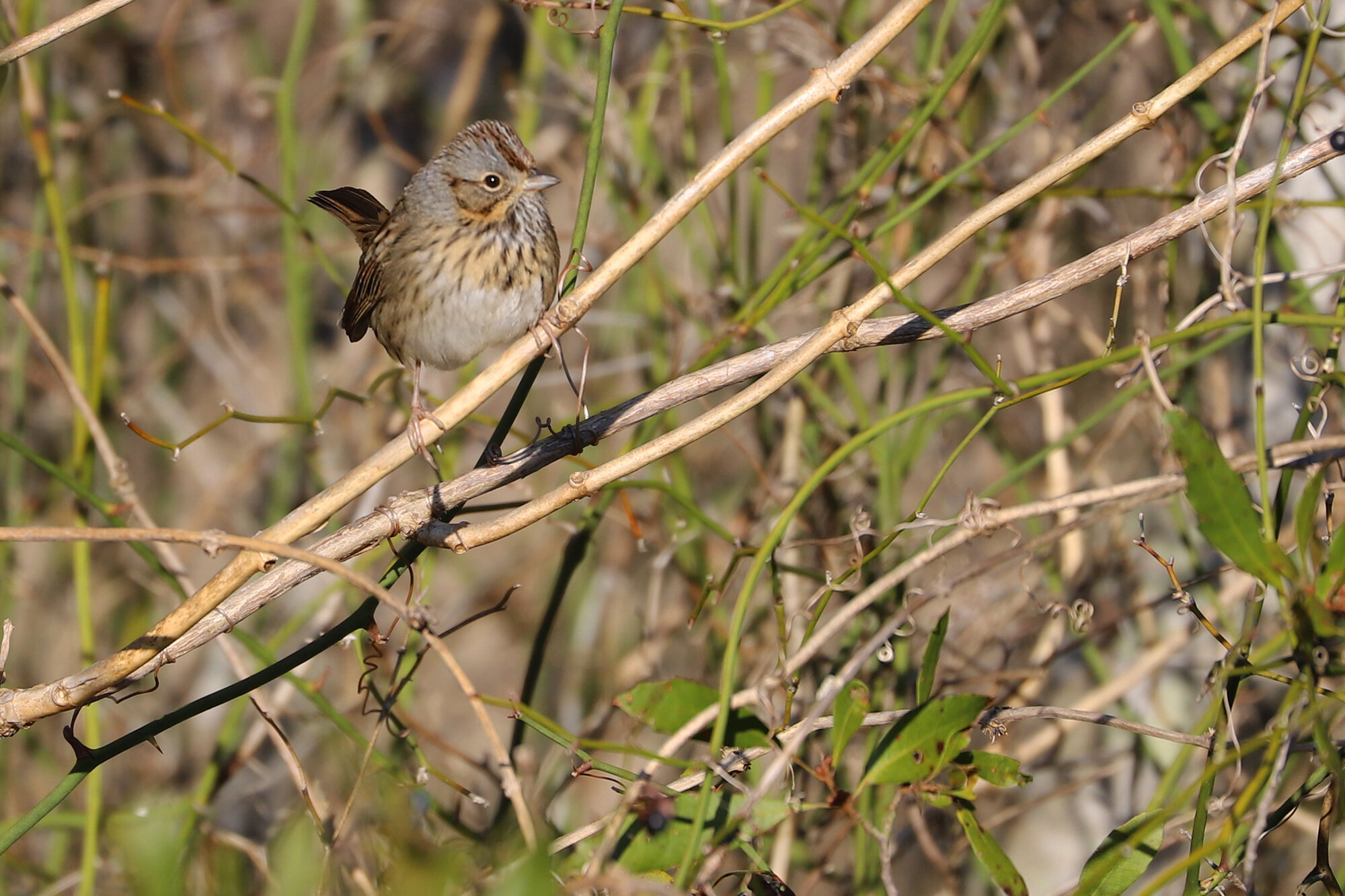
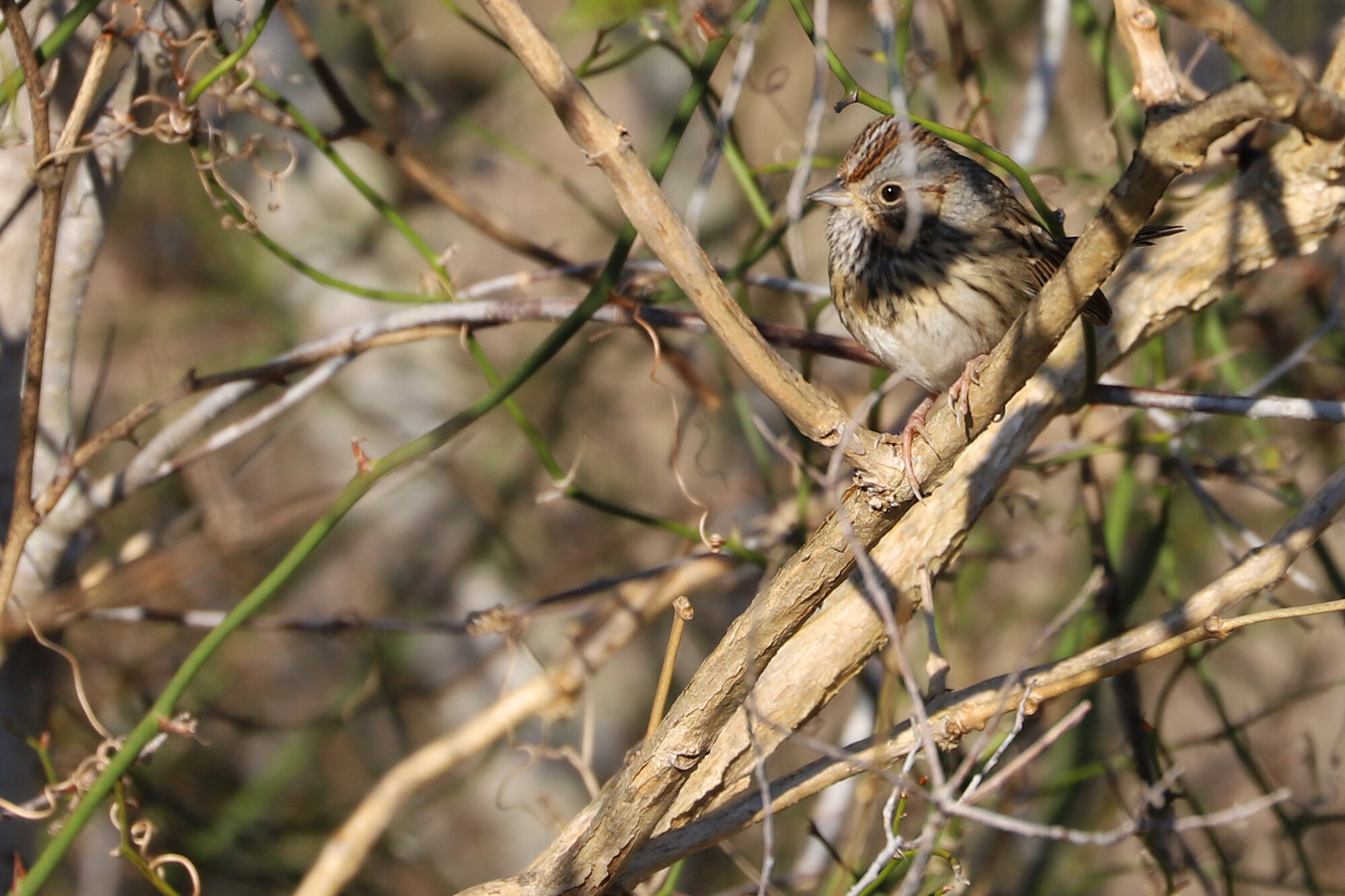


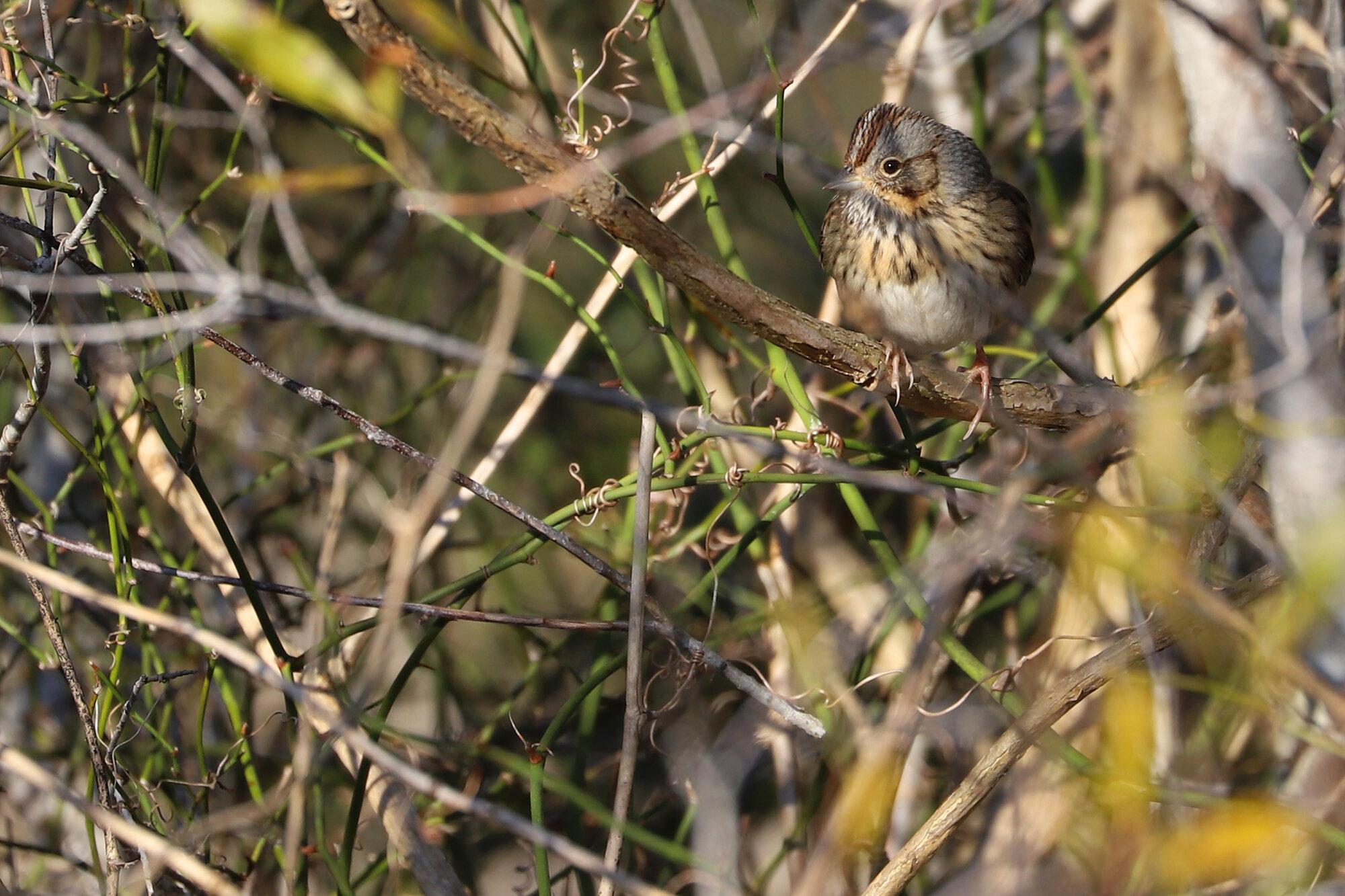
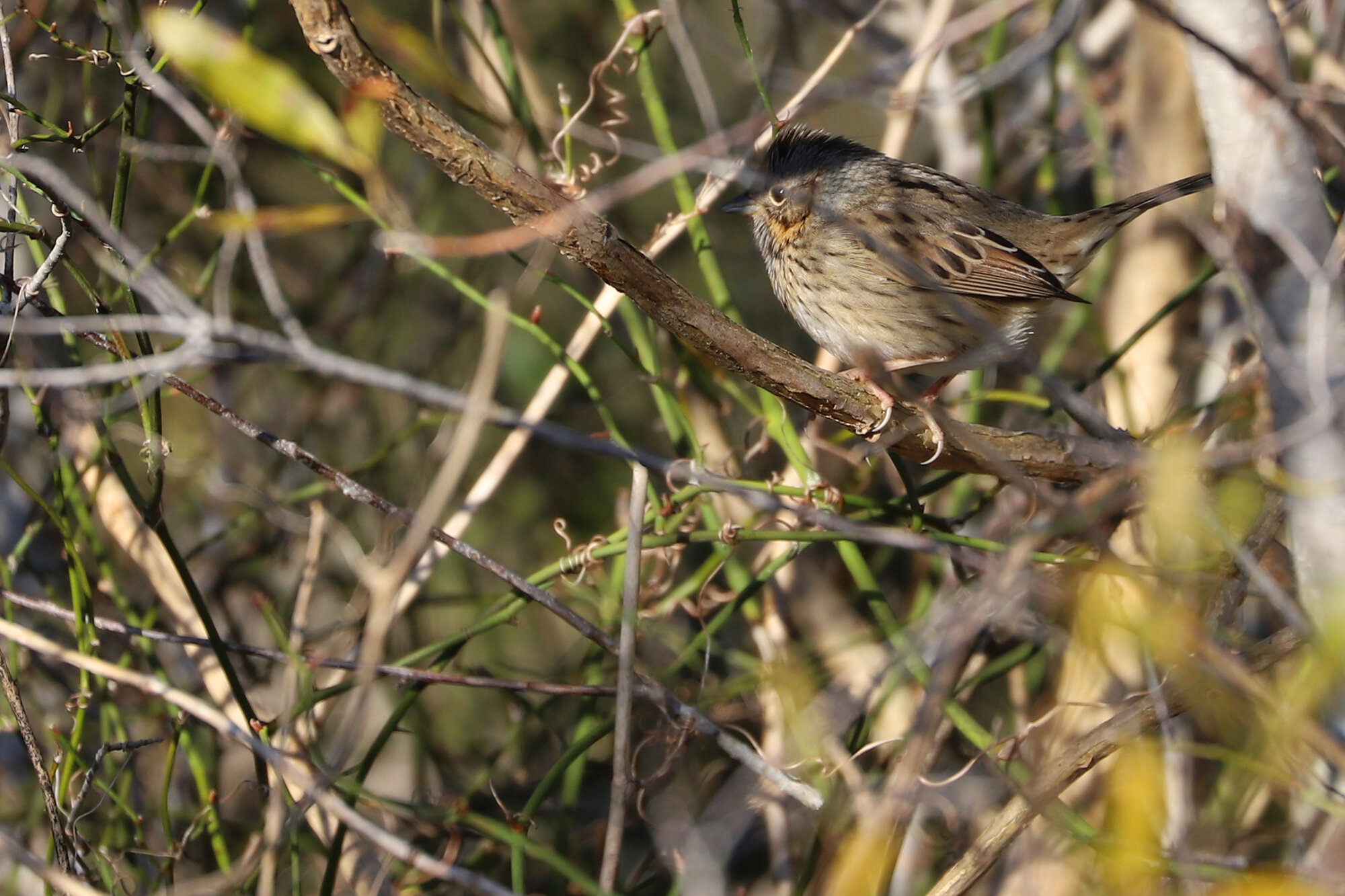
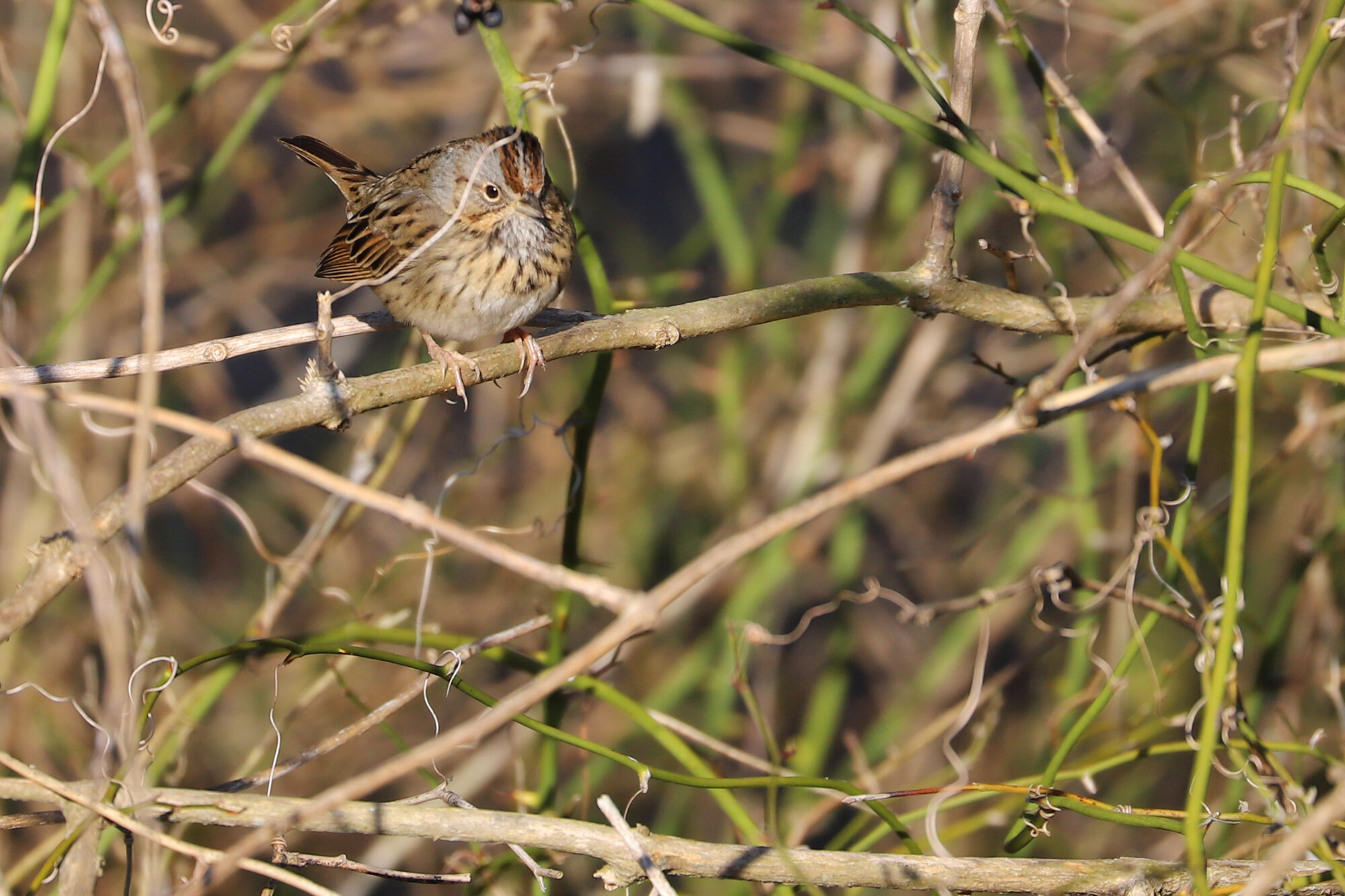


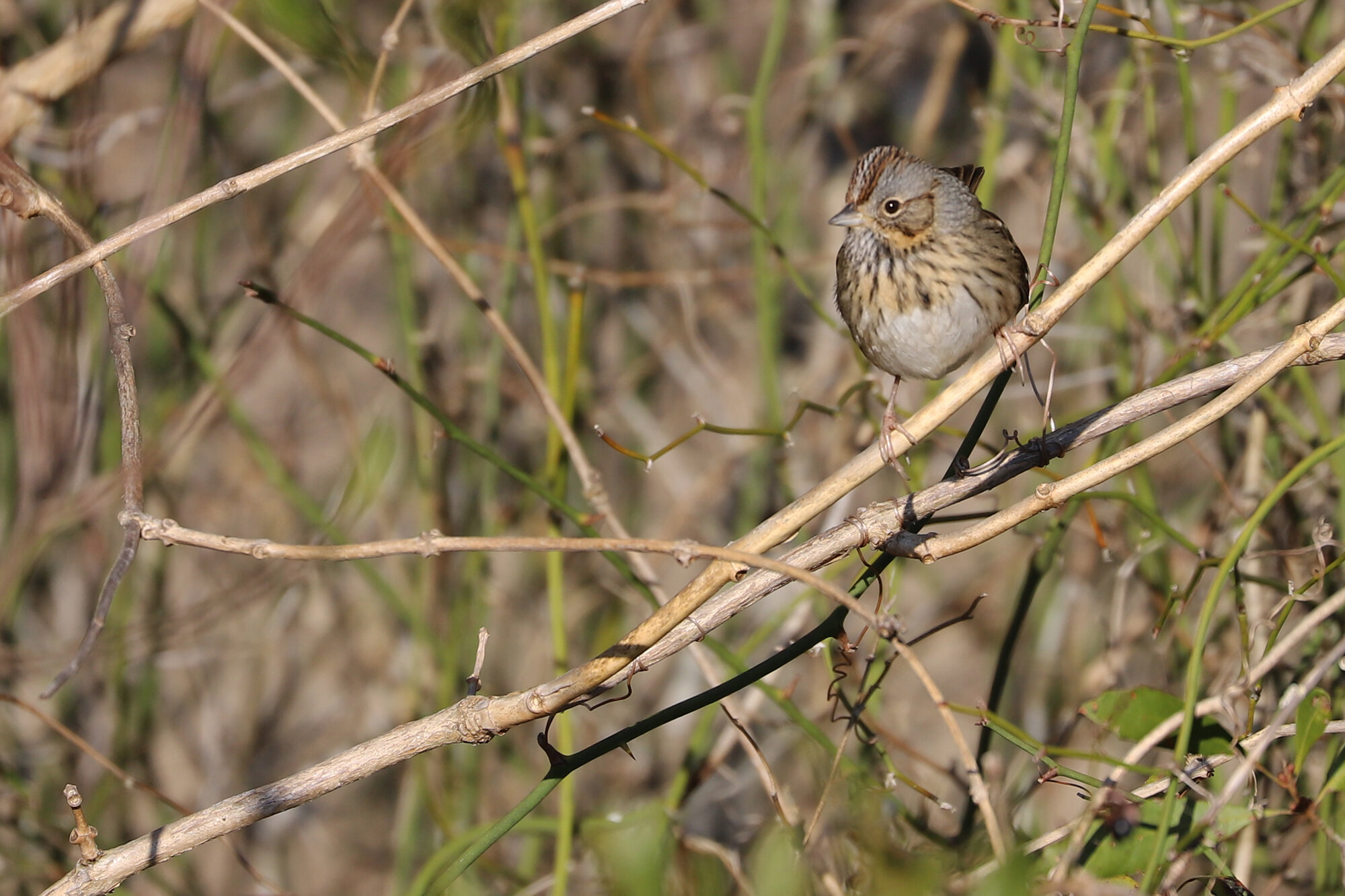
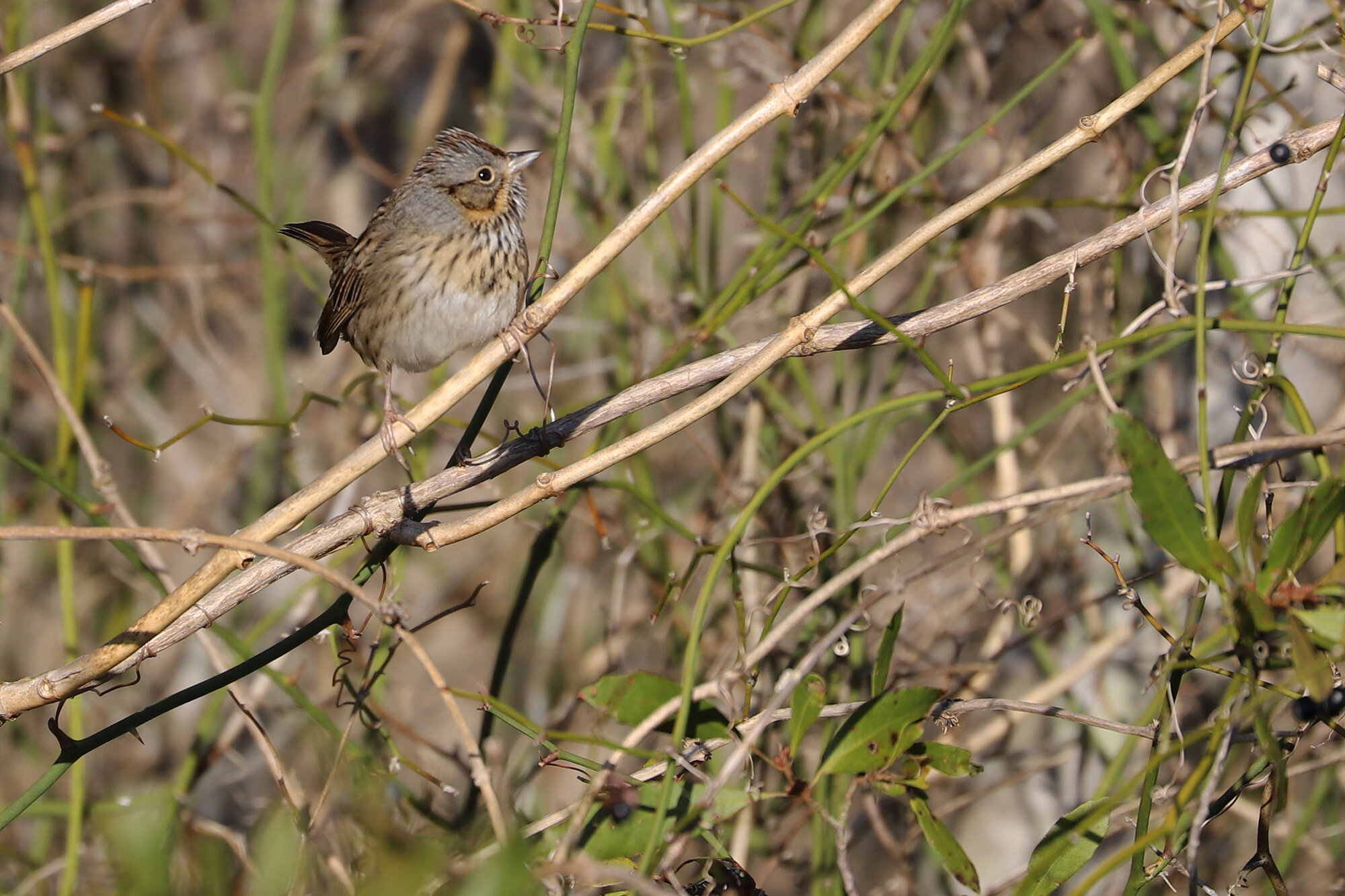
Rarely observed in Virginia Beach away from the CBBT, a flyby GREAT CORMORANT at Little Island Park on 18 Feb (vis. Edward Brinkley) made for the second onshore occurrence in 2020 (after the photographed individual in January at Rudee Inlet). Another was observed via scope from Chesapeake Beach, just west of the CBBT, on 23 Feb (vis. Andrew Baldelli). (Feb 2020 Map)
A group of 5-6 AMERICAN WHITE PELICANS was reported flying south off Fort Story JEB on 23 Feb (vis. Karen & Tom Beatty), making for the only report of the species in the city this month. Aside from these, the only other records in the state for February included an expected flock at Hog Island WMA in Surry County, distant views of likely the same individuals from James City County, and a highly unexpected individual at Groomes Point in Spotsylvania, where the species is a VARCOM review species. (Feb 2020 Map)
Expected around Lynnhaven Inlet but rare elsewhere in the city during February, a SNOWY EGRET at Princess Anne WMA Whitehurst Tract on 9 Feb (ph. Cindy Hamilton) made for an exciting find. During the current winter season (December-February) this made for only the second record away from Lynnhaven Inlet in Virginia Beach, with the four at Back Bay NWR in January being the only other record. A single report from Deal Island WMA in Maryland was the most northerly report for the species this month, and the only Virginia records away from Virginia Beach were logged at Chincoteague. (Feb 2020 Map)
Incredibly, a group of four CATTLE EGRETS was found foraging along Munden Point Road on 21 Feb (ph. Andrew Baldelli), making for an unexpected find with the species typically being absent from the state from mid-January to late March. Additionally, a pair was observed in westbound flight over Princess Anne WMA Whitehurst Tract on 23 Feb (ph. Rob Bielawski), and perhaps the same, or another pair was observed in the parking lot at Back Bay NWR during strong fog on 26 Feb (ph. Steve Keith). Aside from an individual in Talbot County, Maryland from 4-6 Feb, the Virginia Beach records were the most northerly for the species during February, and the nearest record in the latter third of the month occurred way south of us in Colleton County, South Carolina. (Feb 2020 Map)
Another miraculous wintering wader, the immature YELLOW-CROWNED NIGHT-HERON that lingered through January at Pleasure House Point NA continued through February as well, with photographed records submitted for 1 Feb (ph. Rob Bielawski) and 22 Feb (ph. Rob Bielawski). While there has also been a wintering immature documented in New York County, New York, the next farthest north occurrence during February was far south of us in Charleston, South Carolina. (Feb 2020 Map)
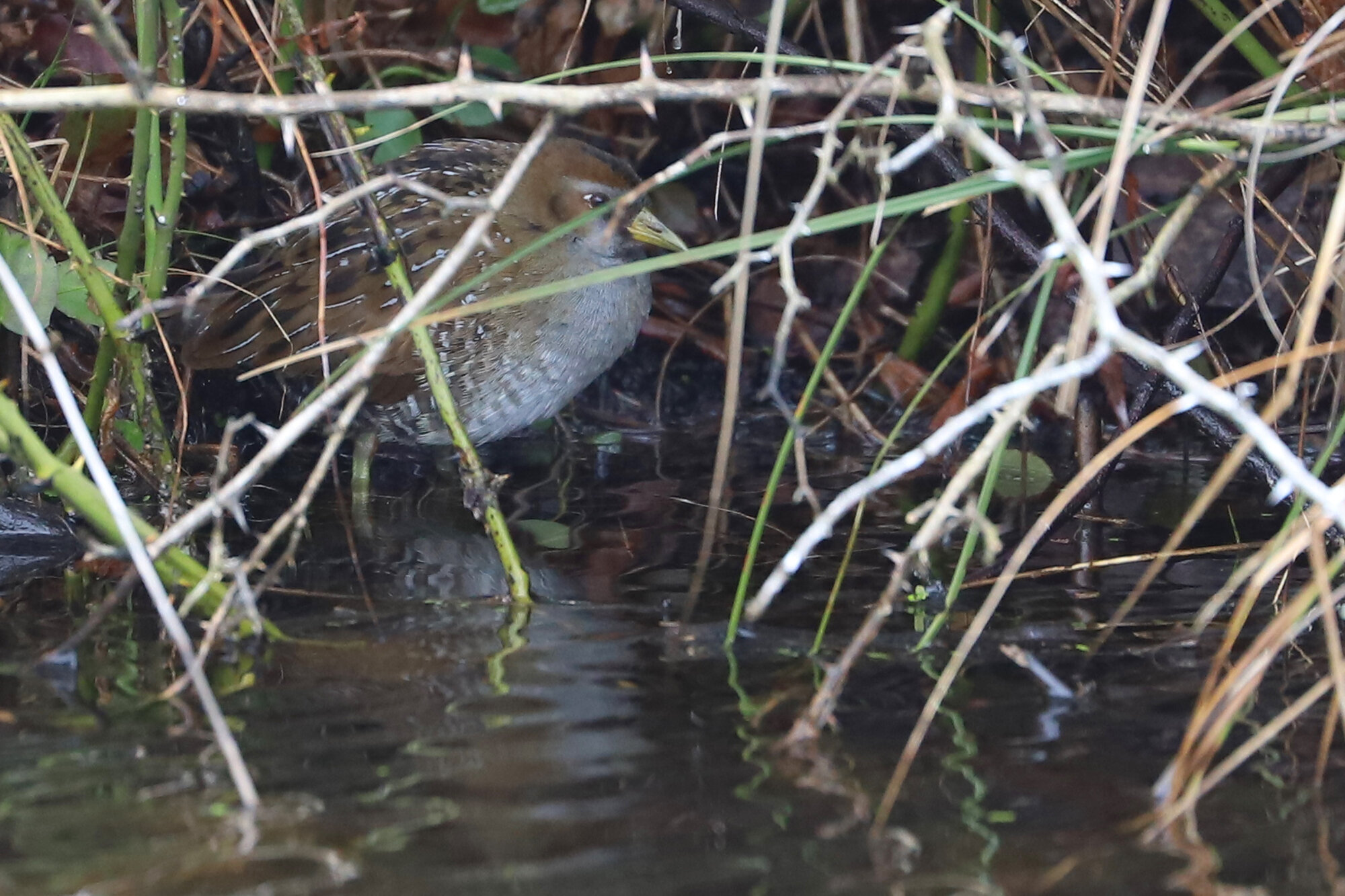
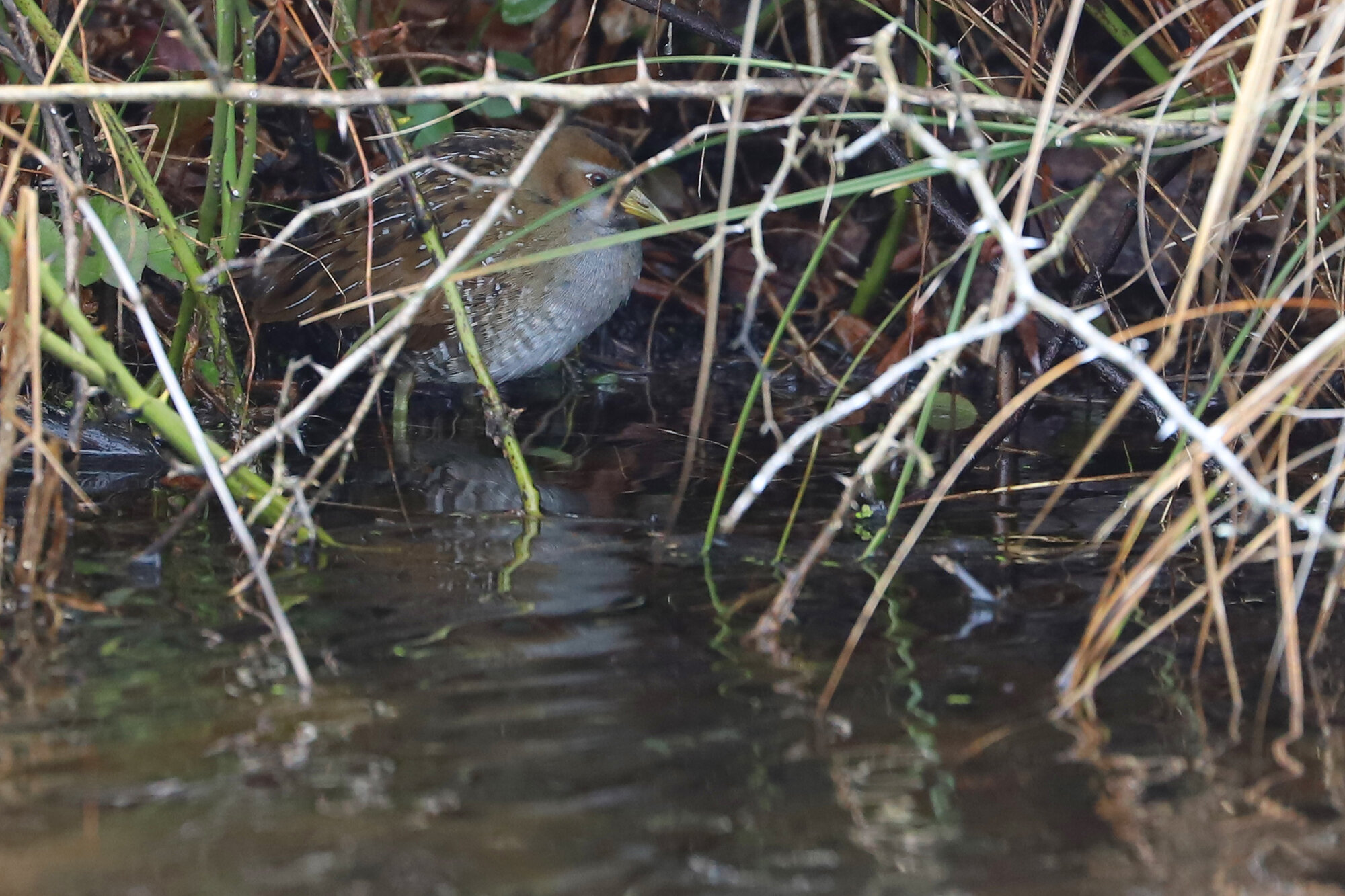
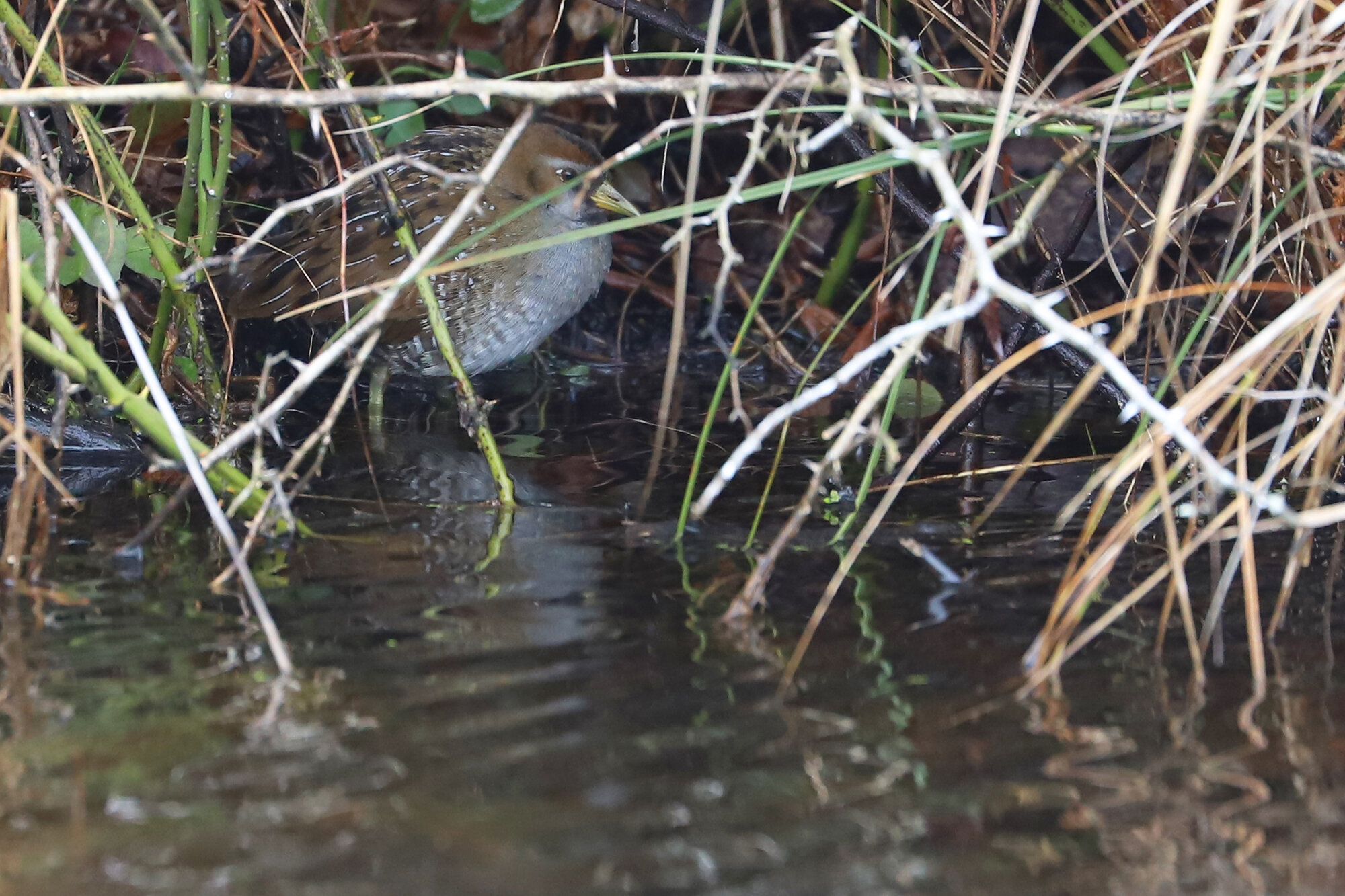
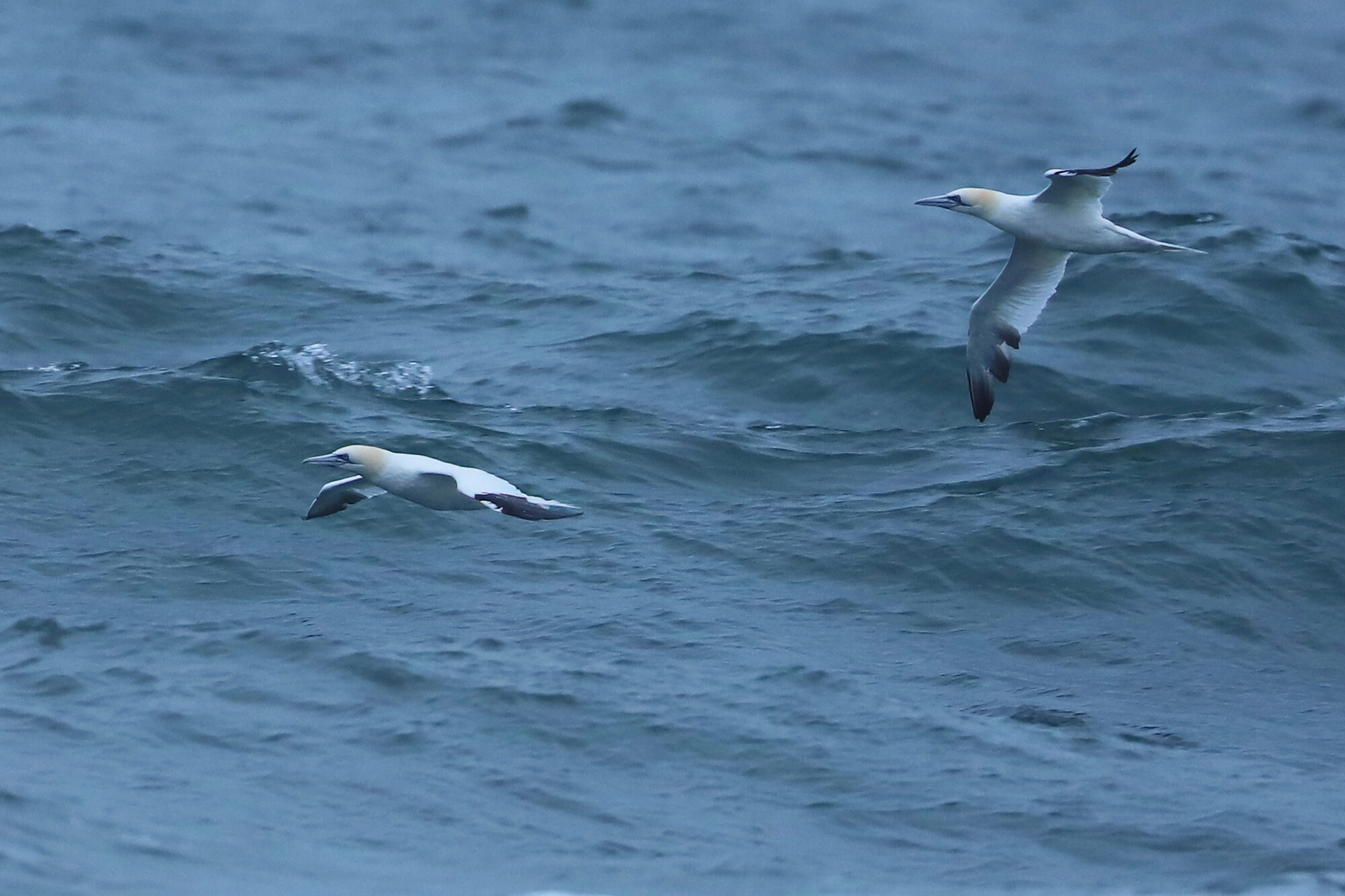
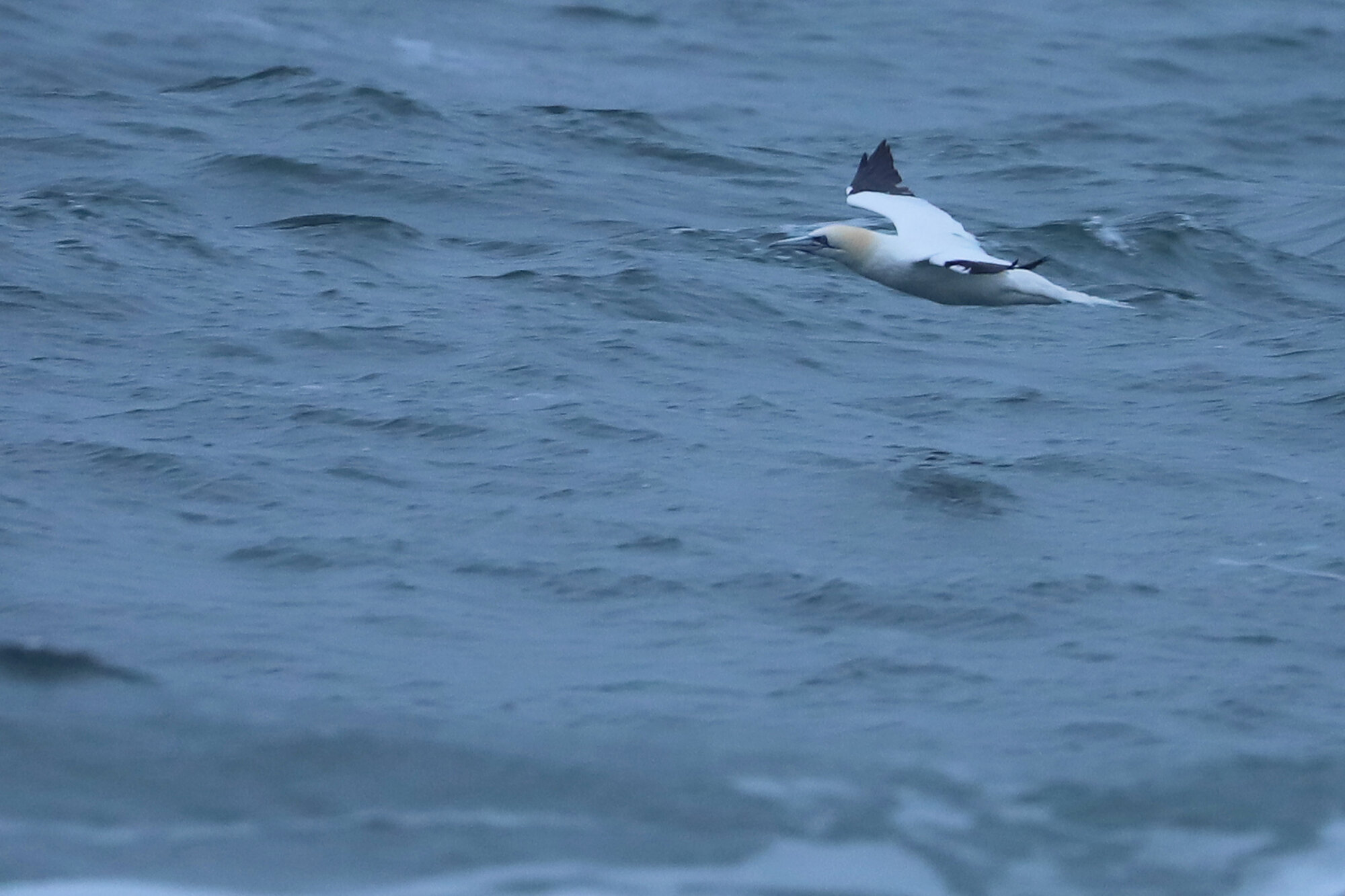
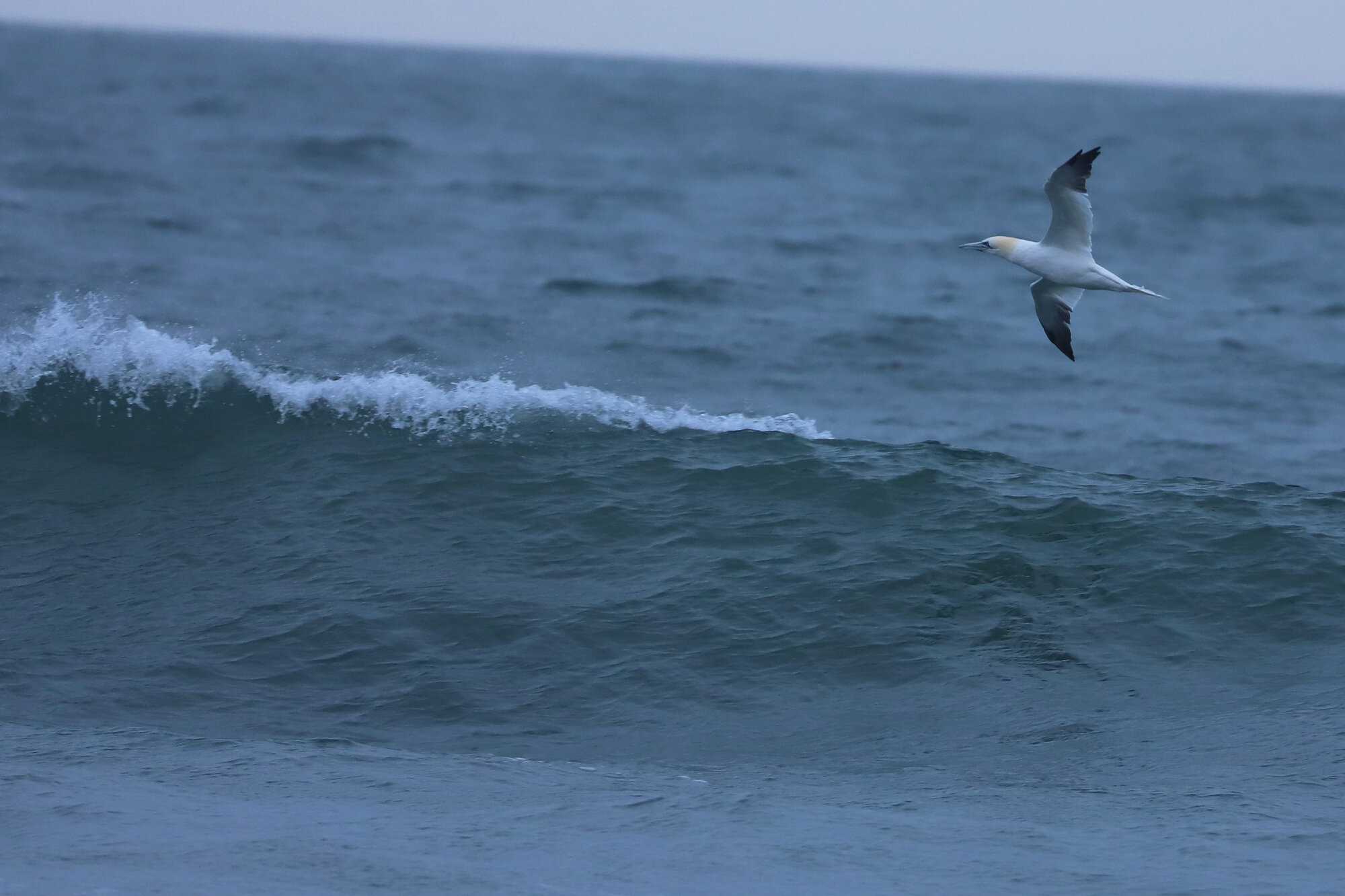
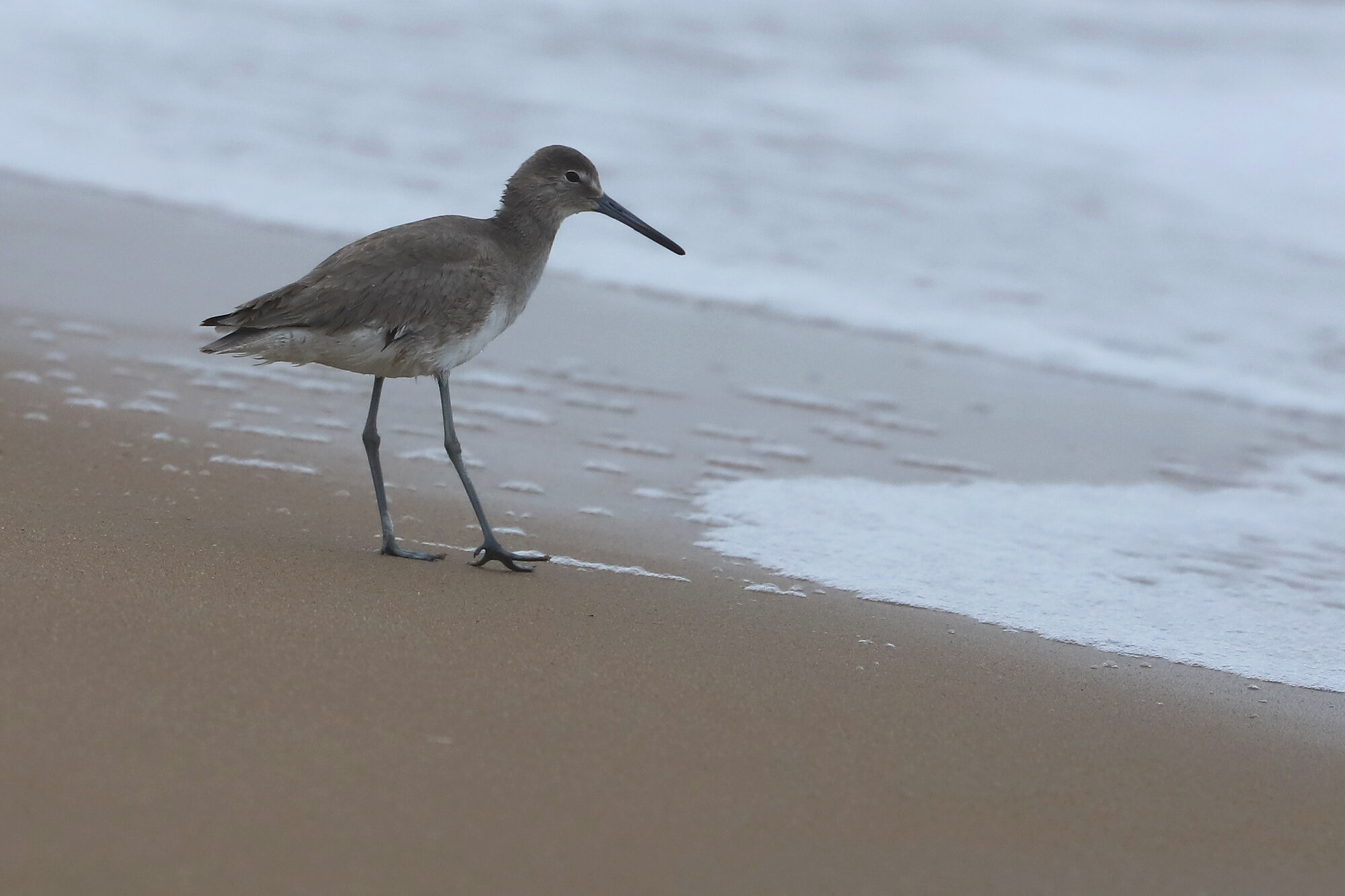
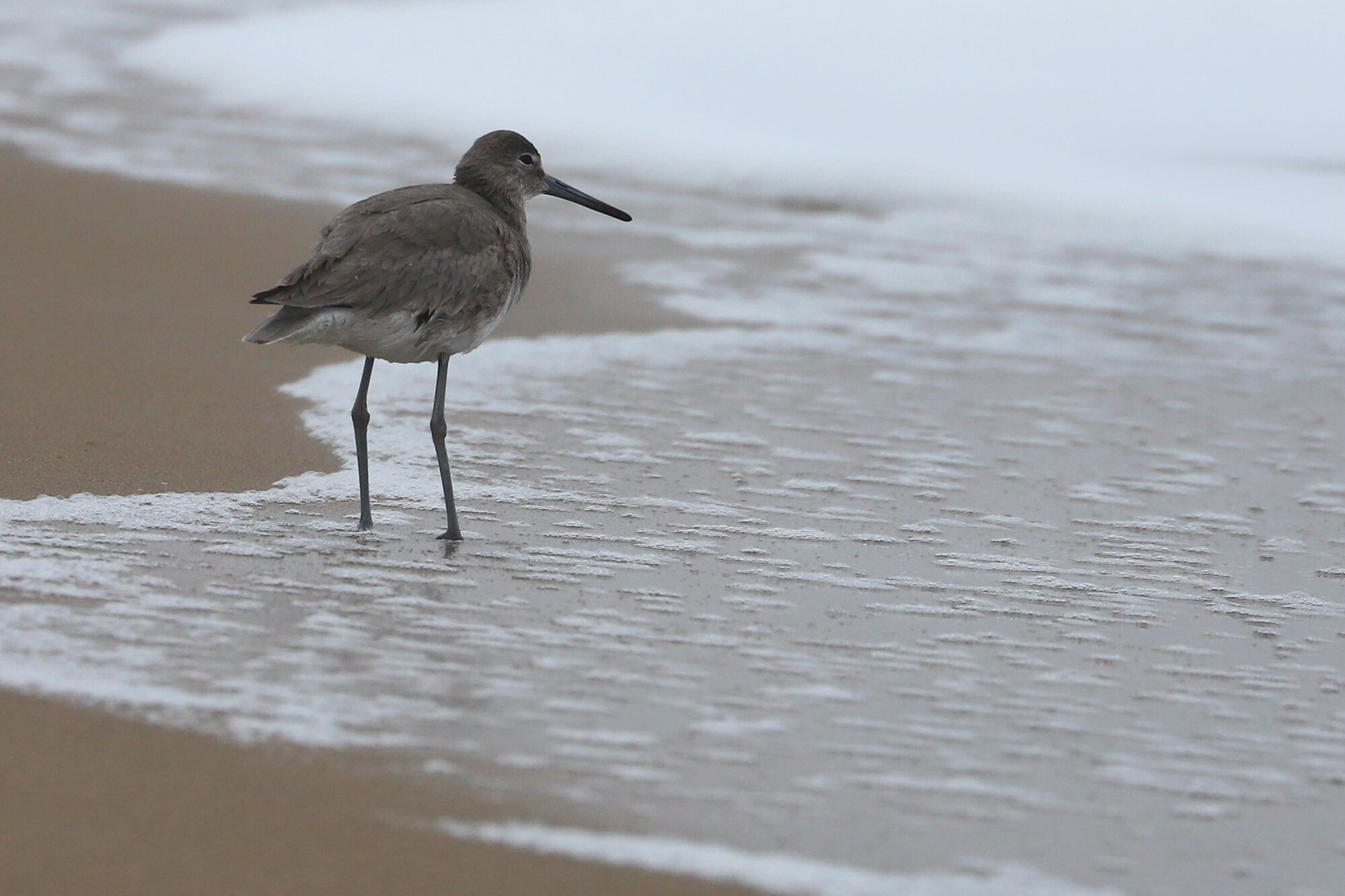
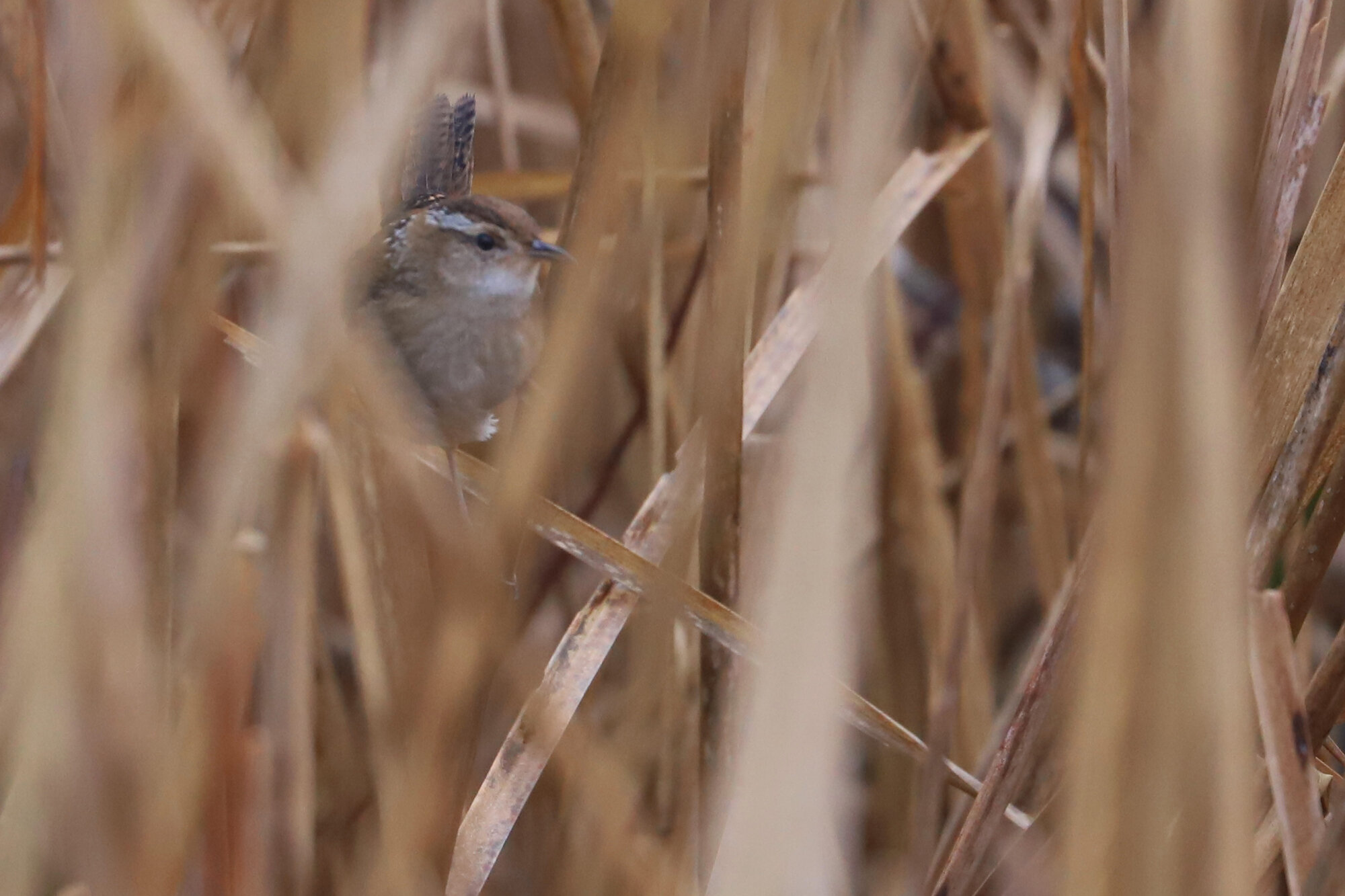
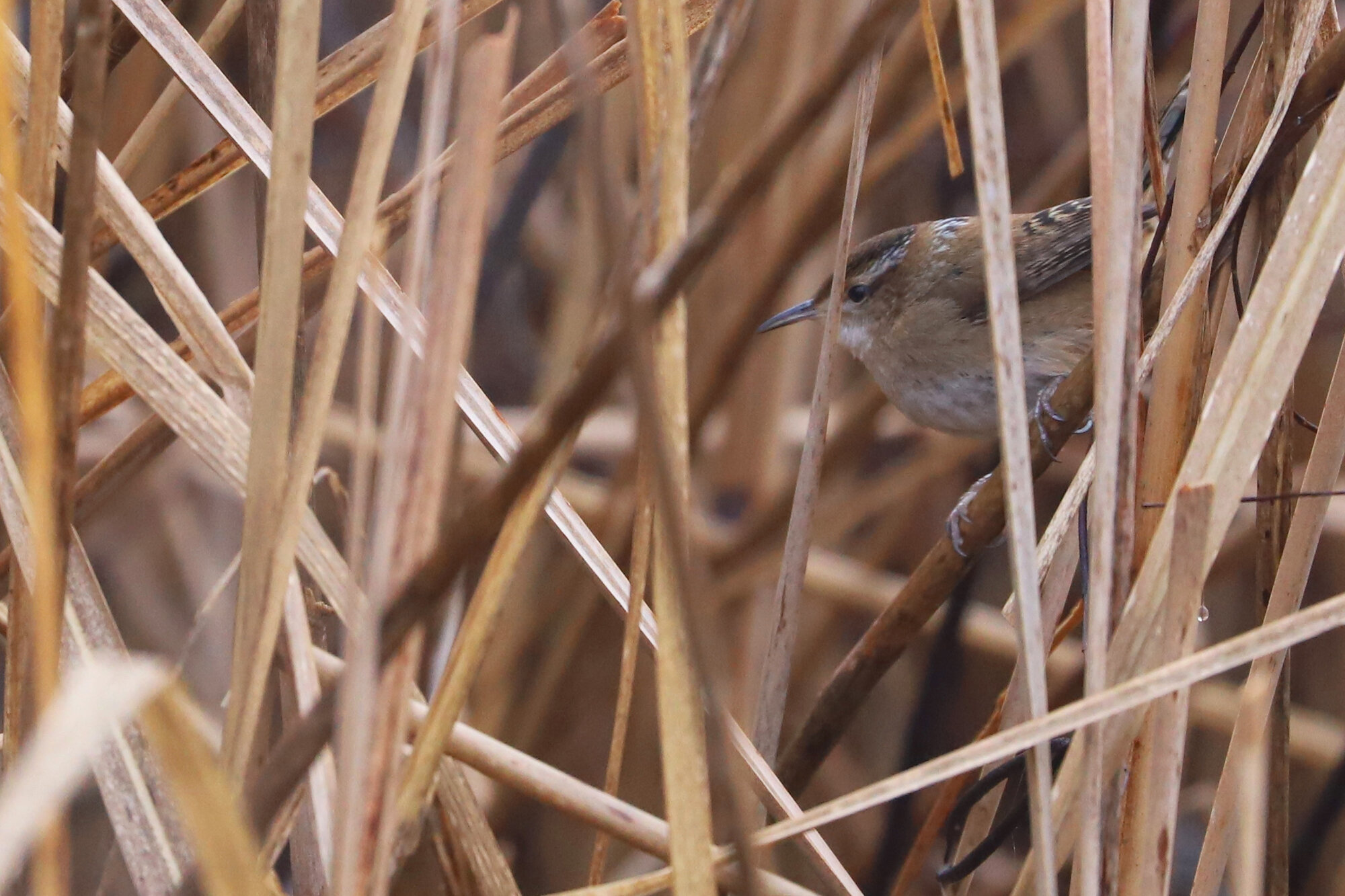
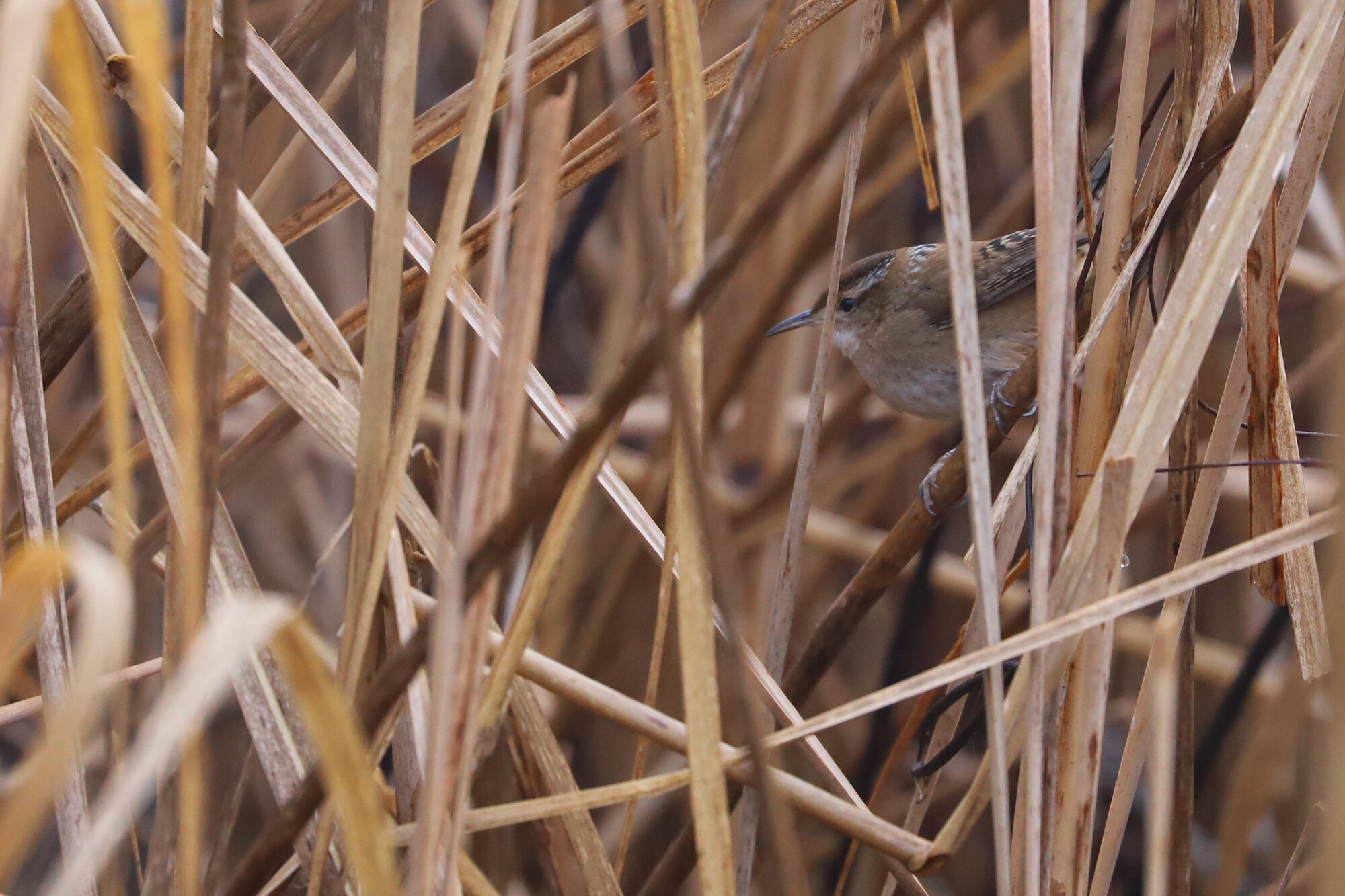
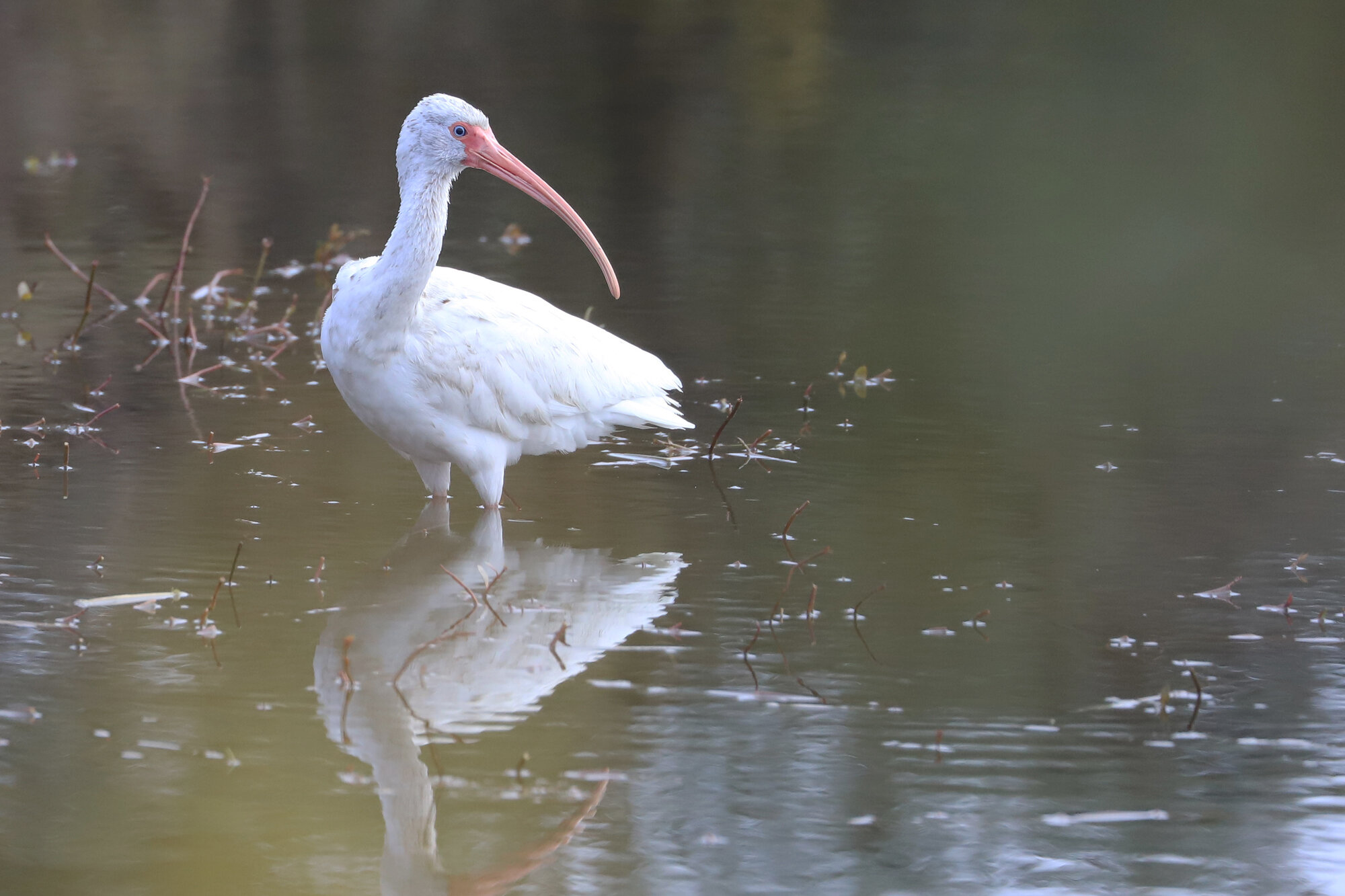

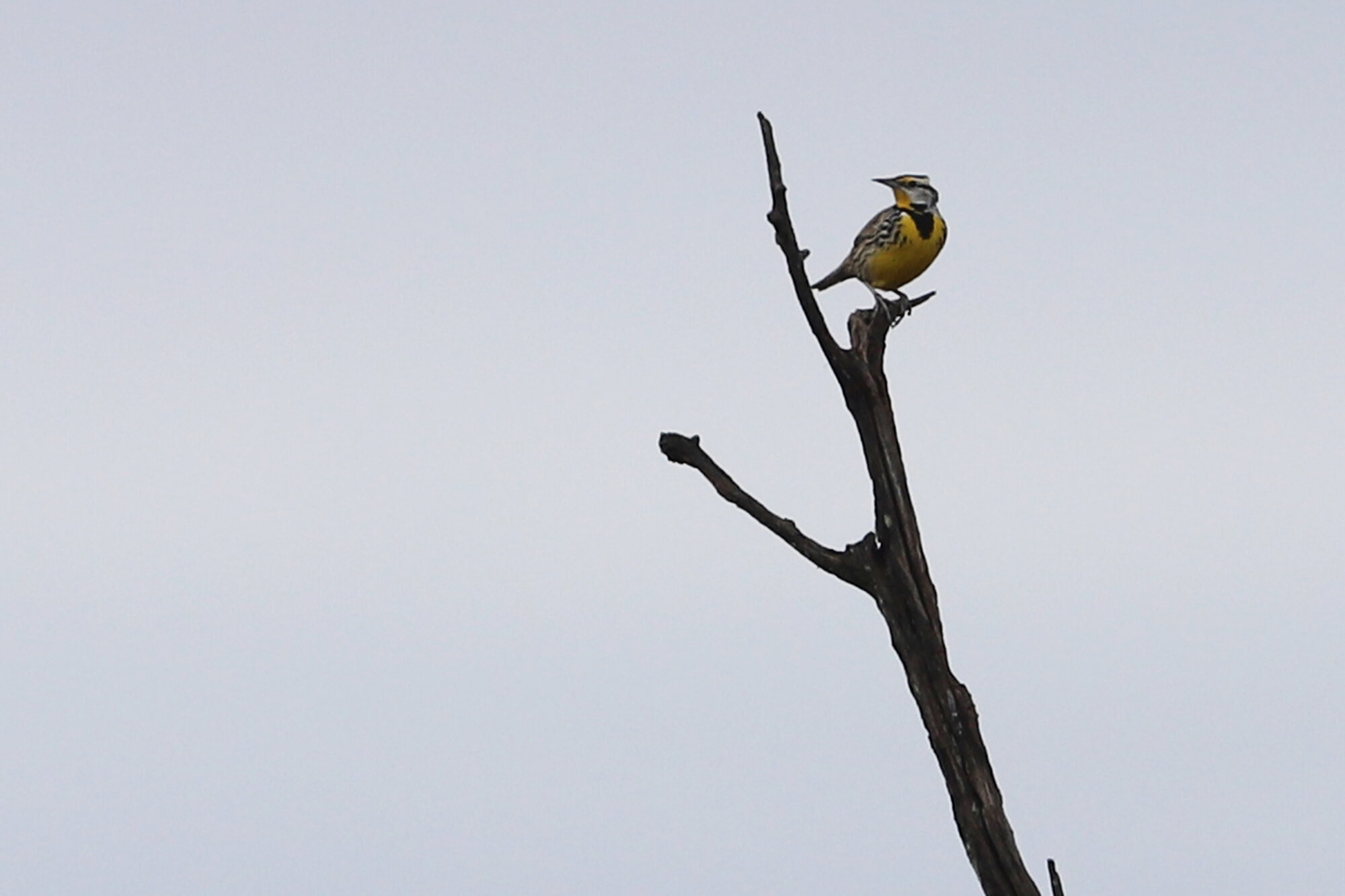
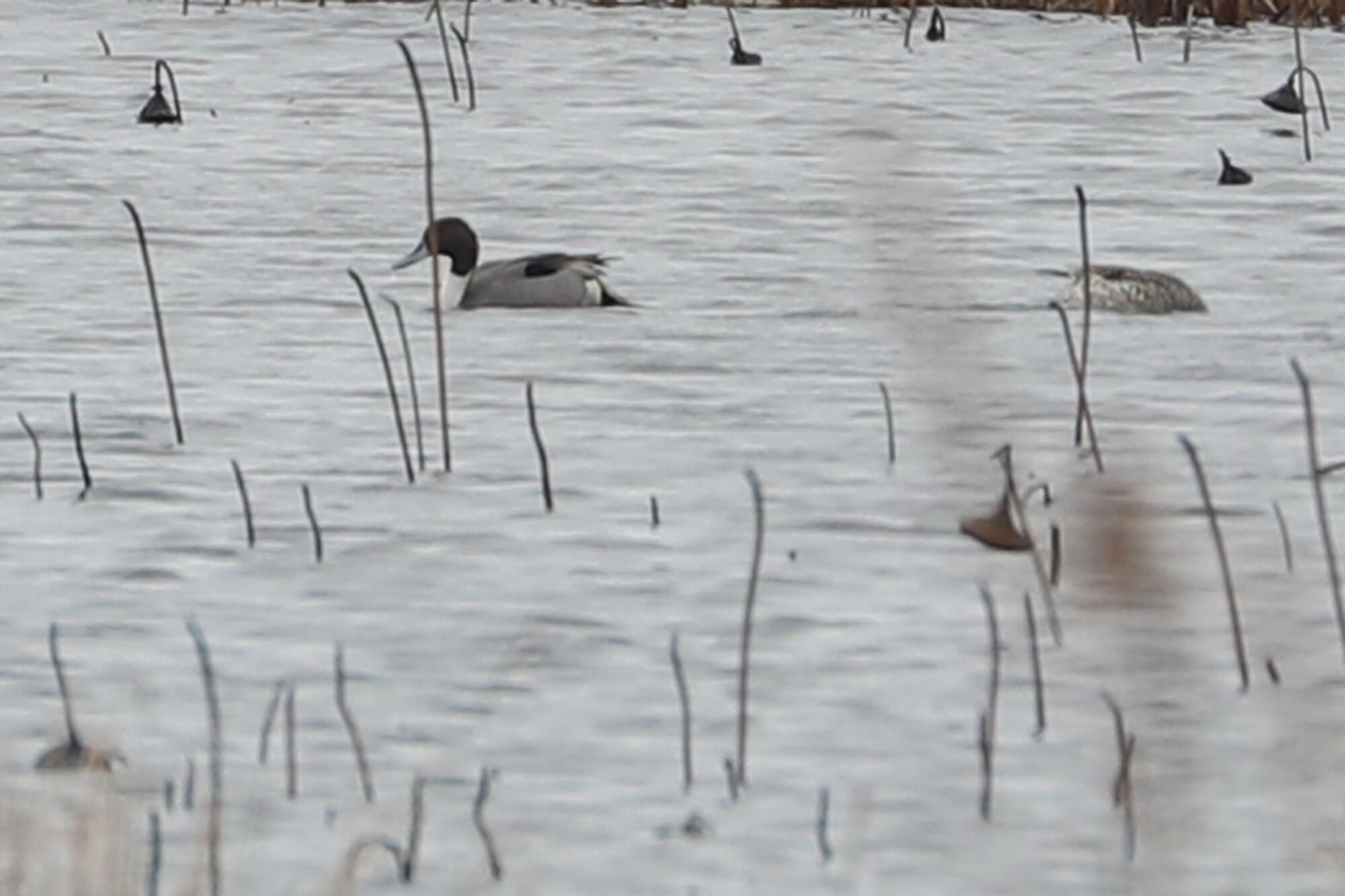

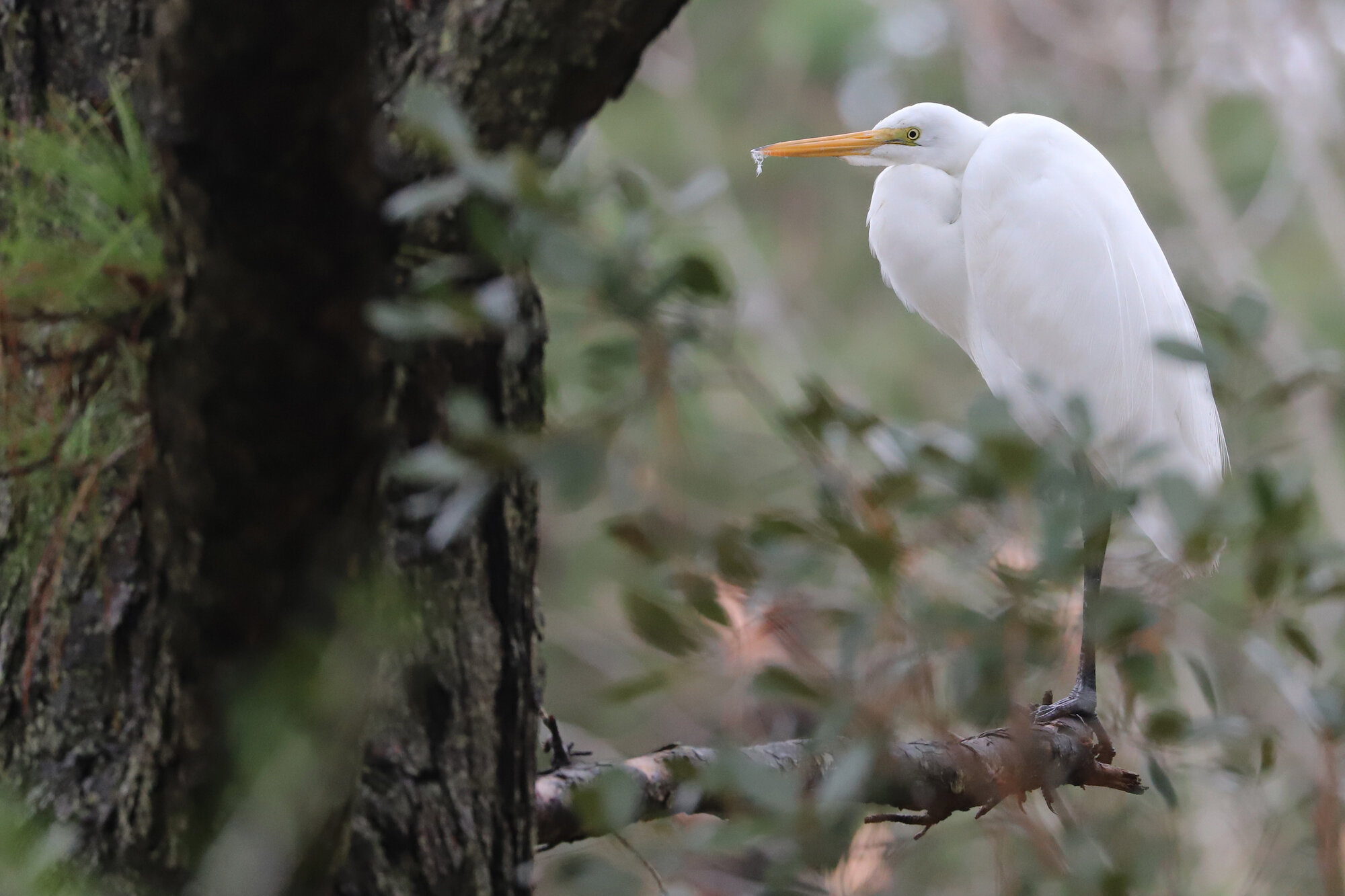
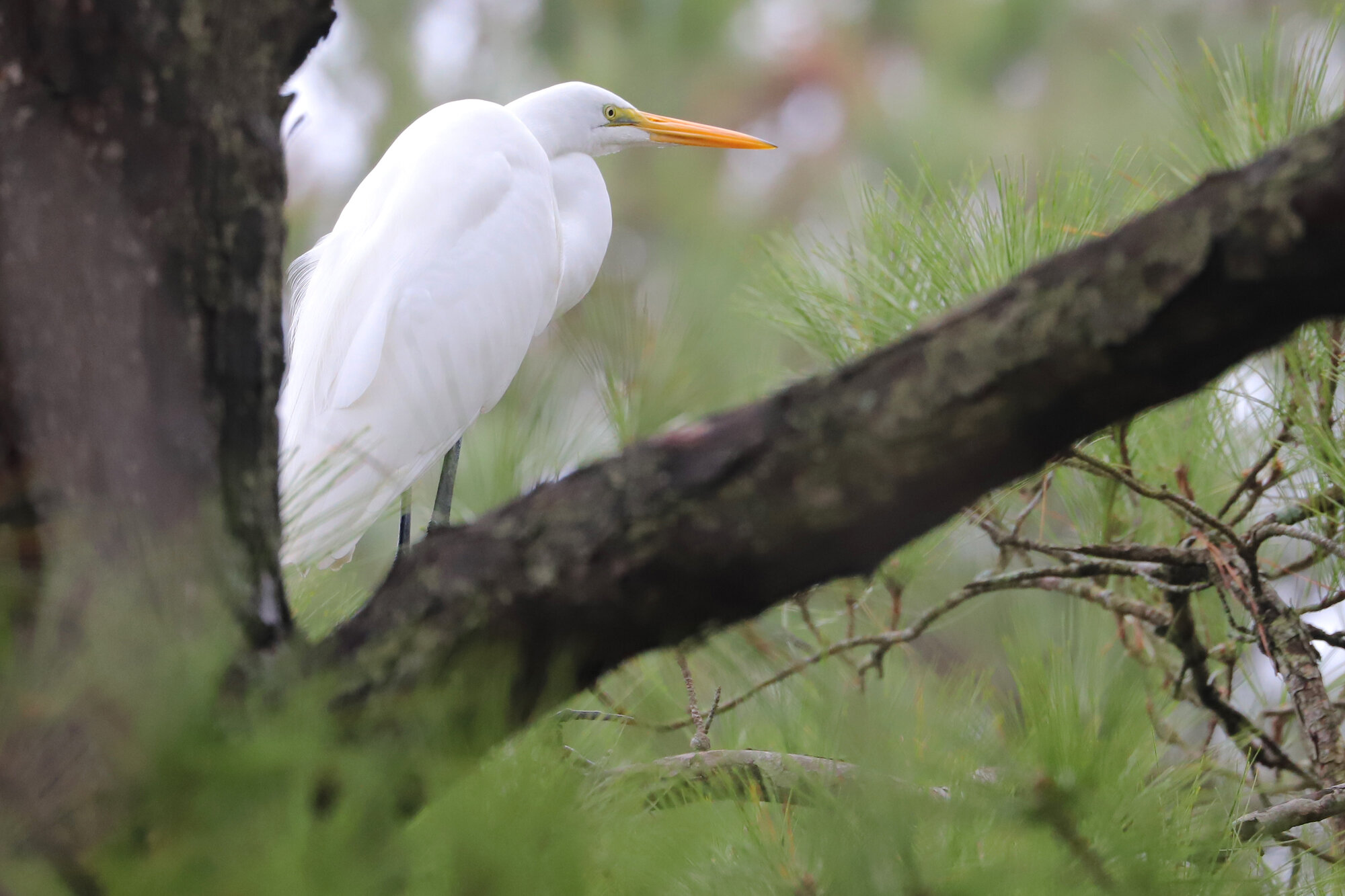
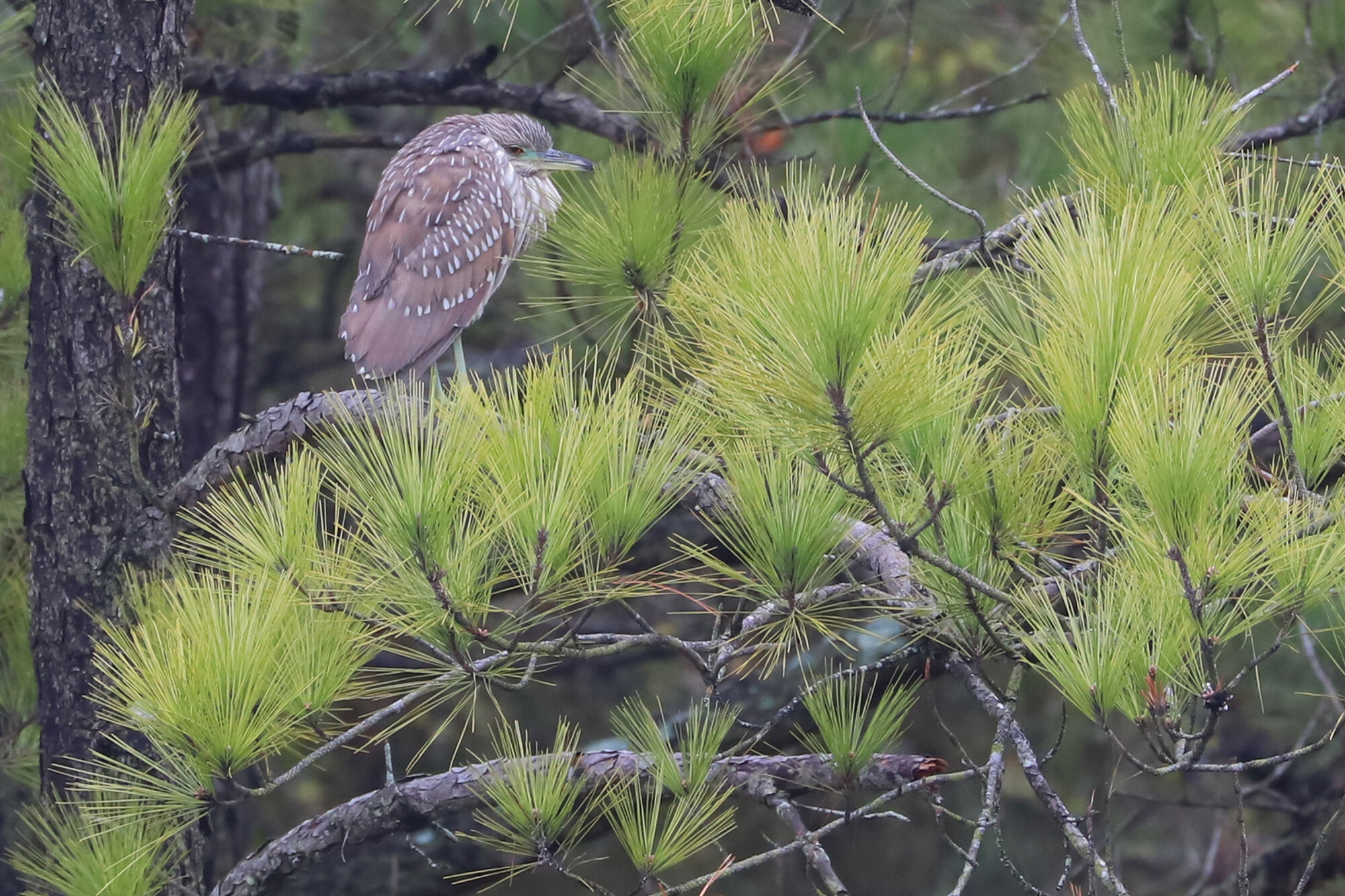
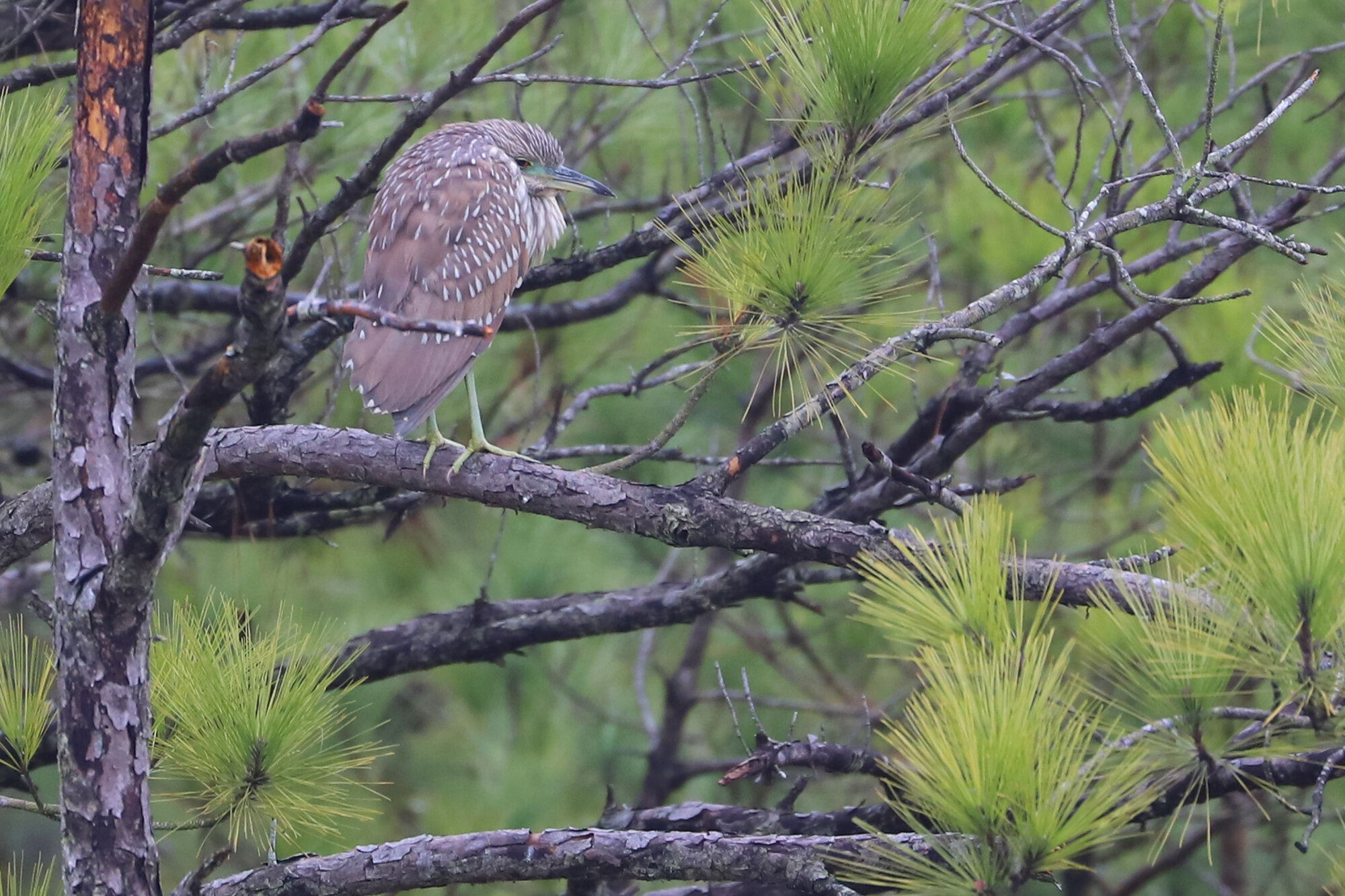
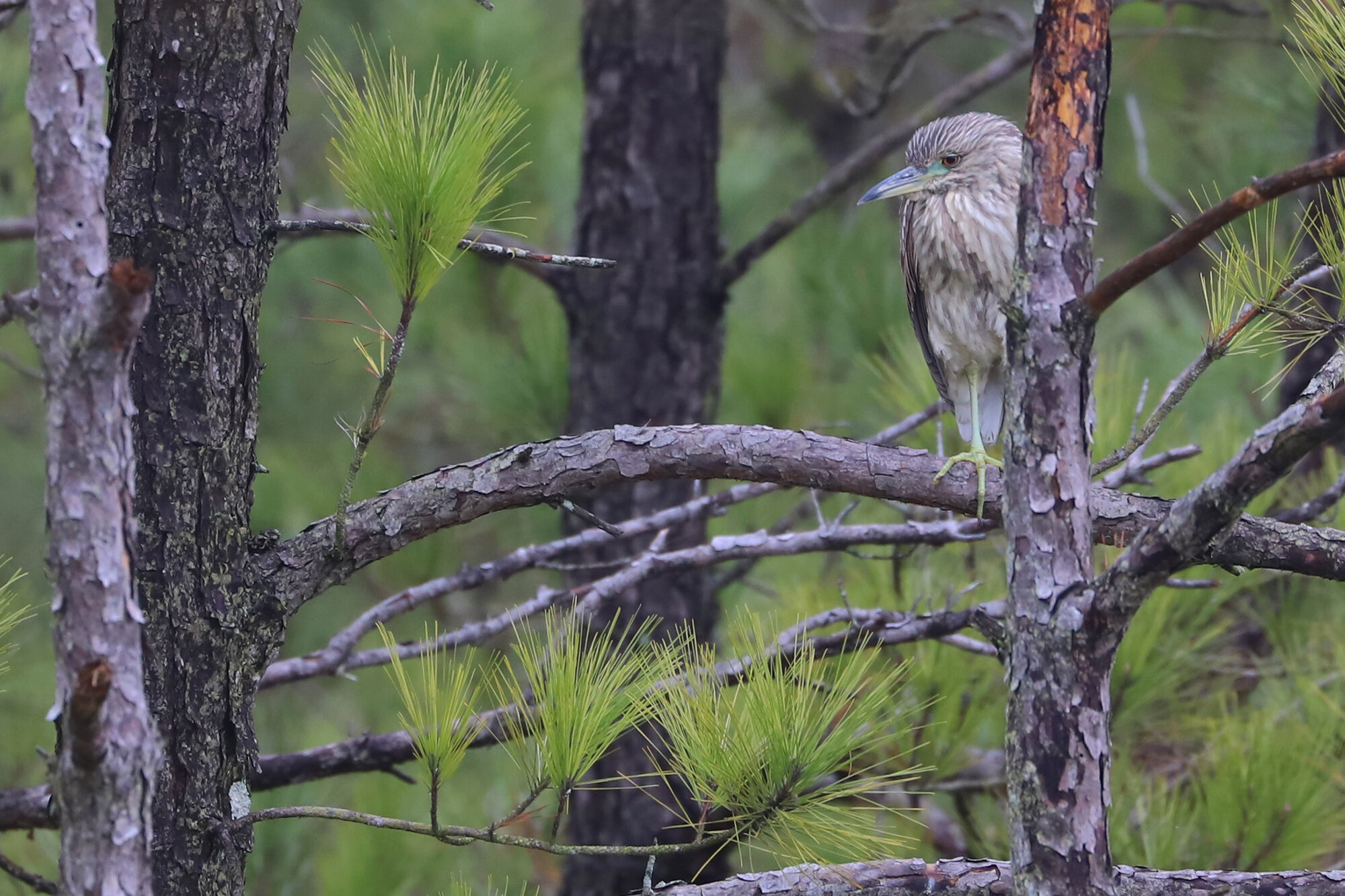

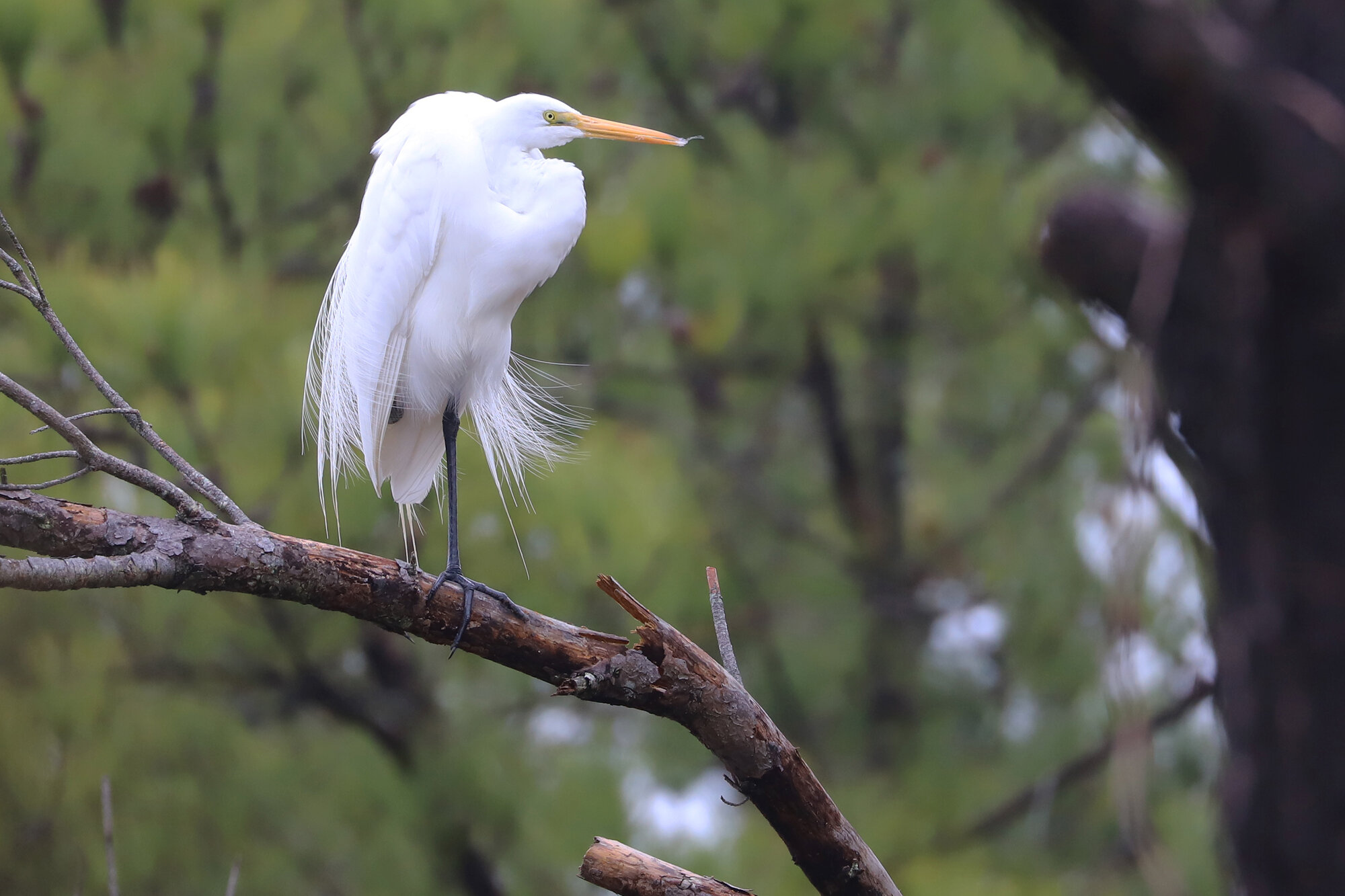

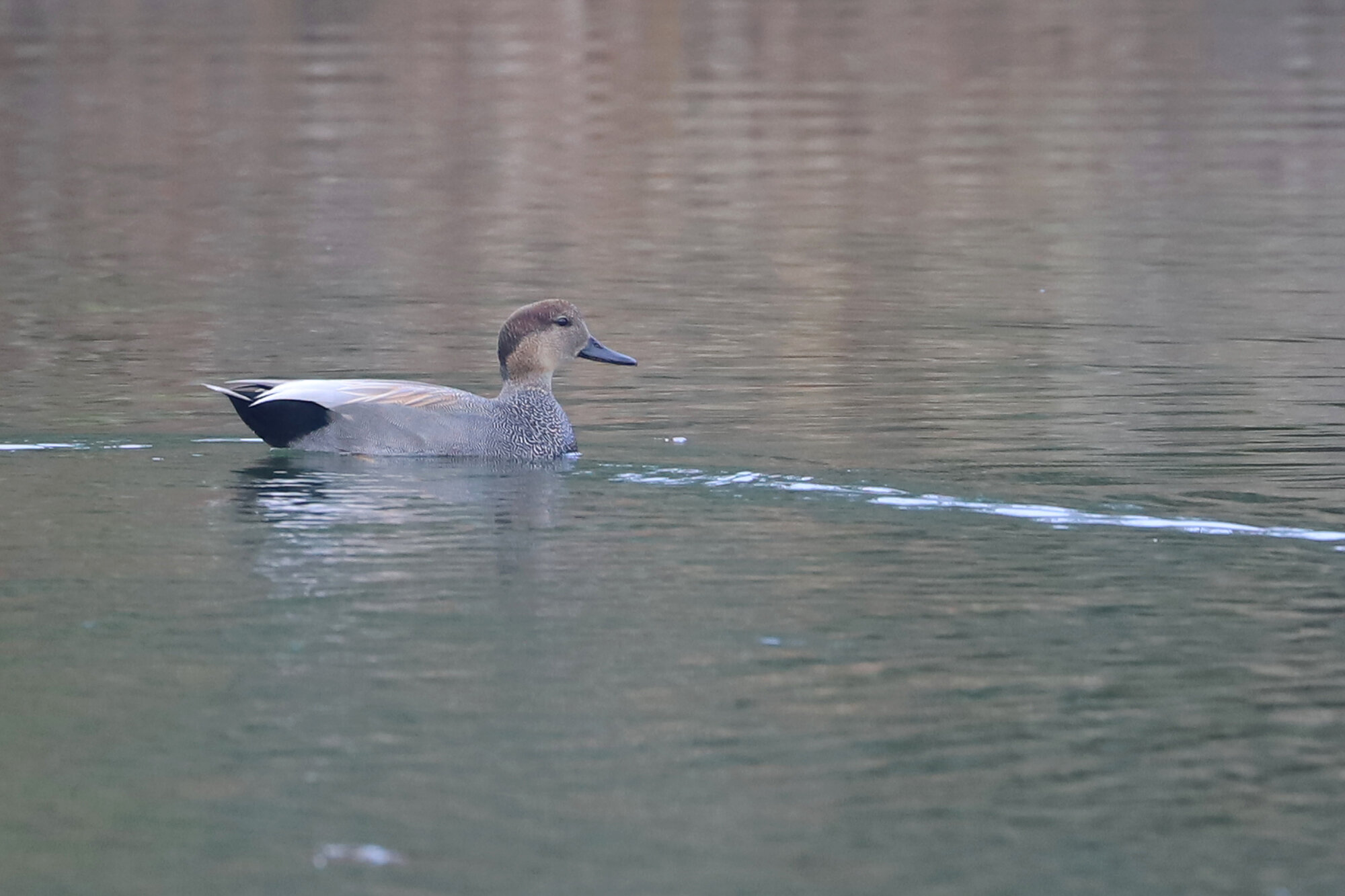
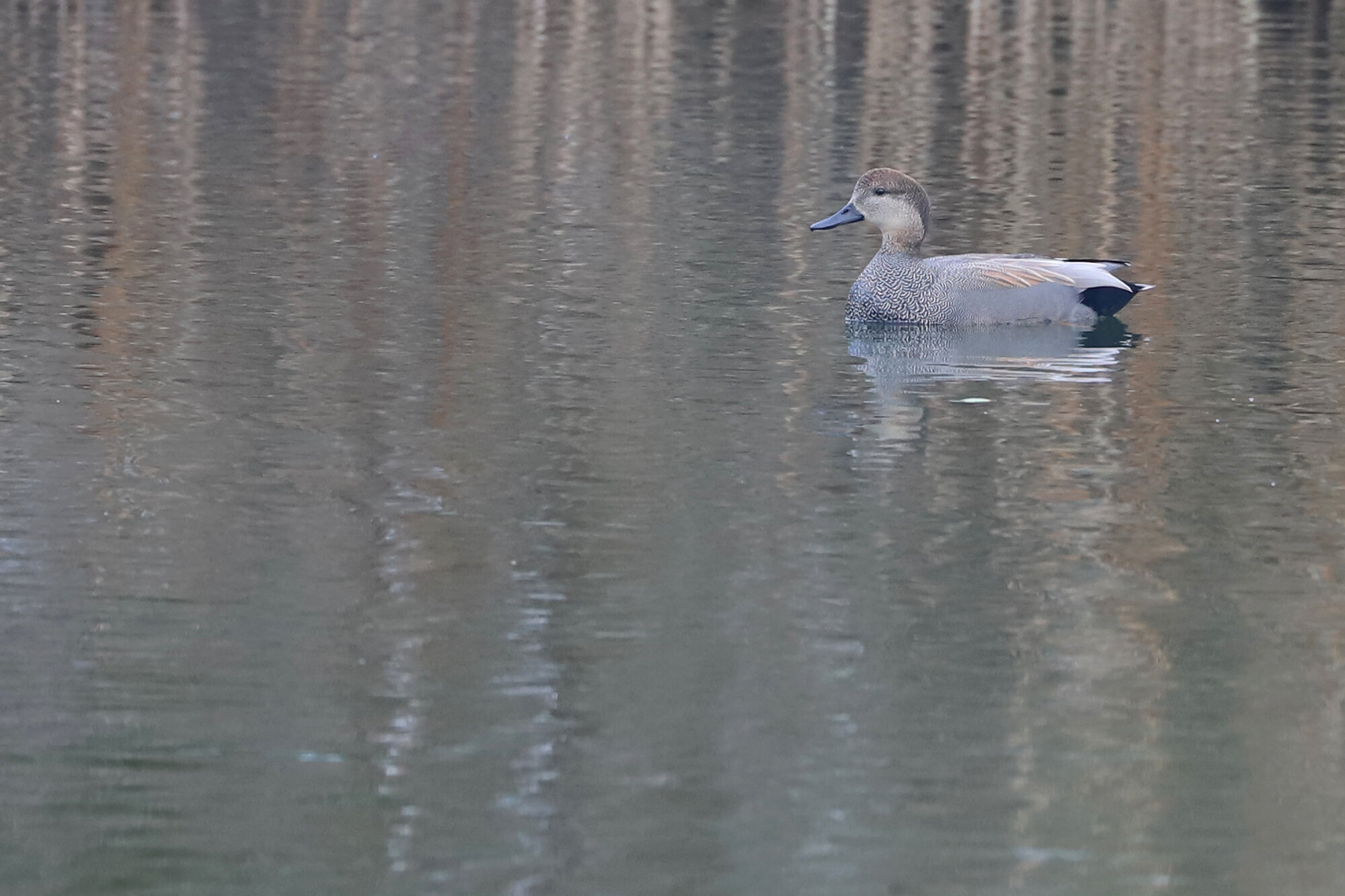
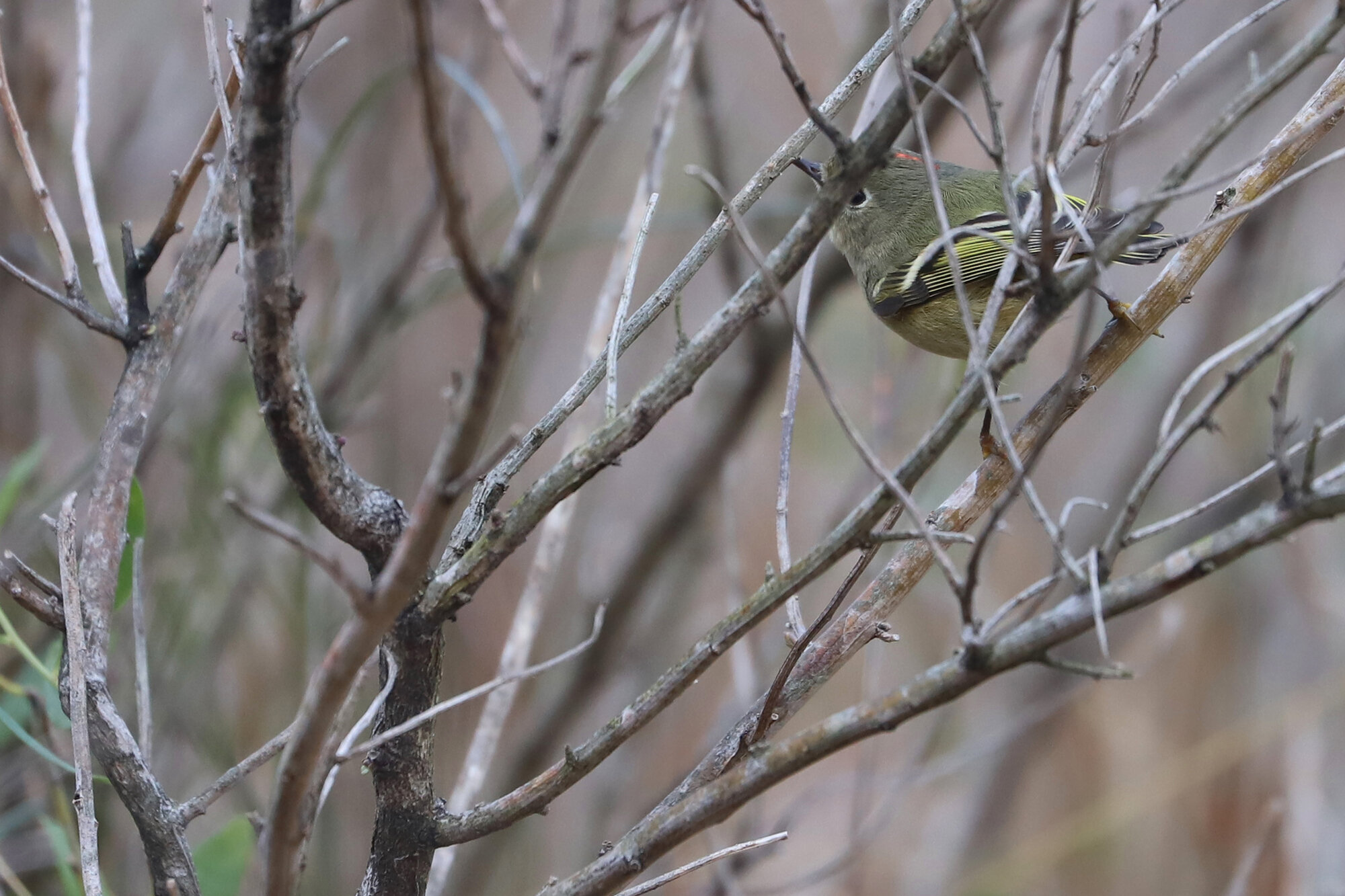
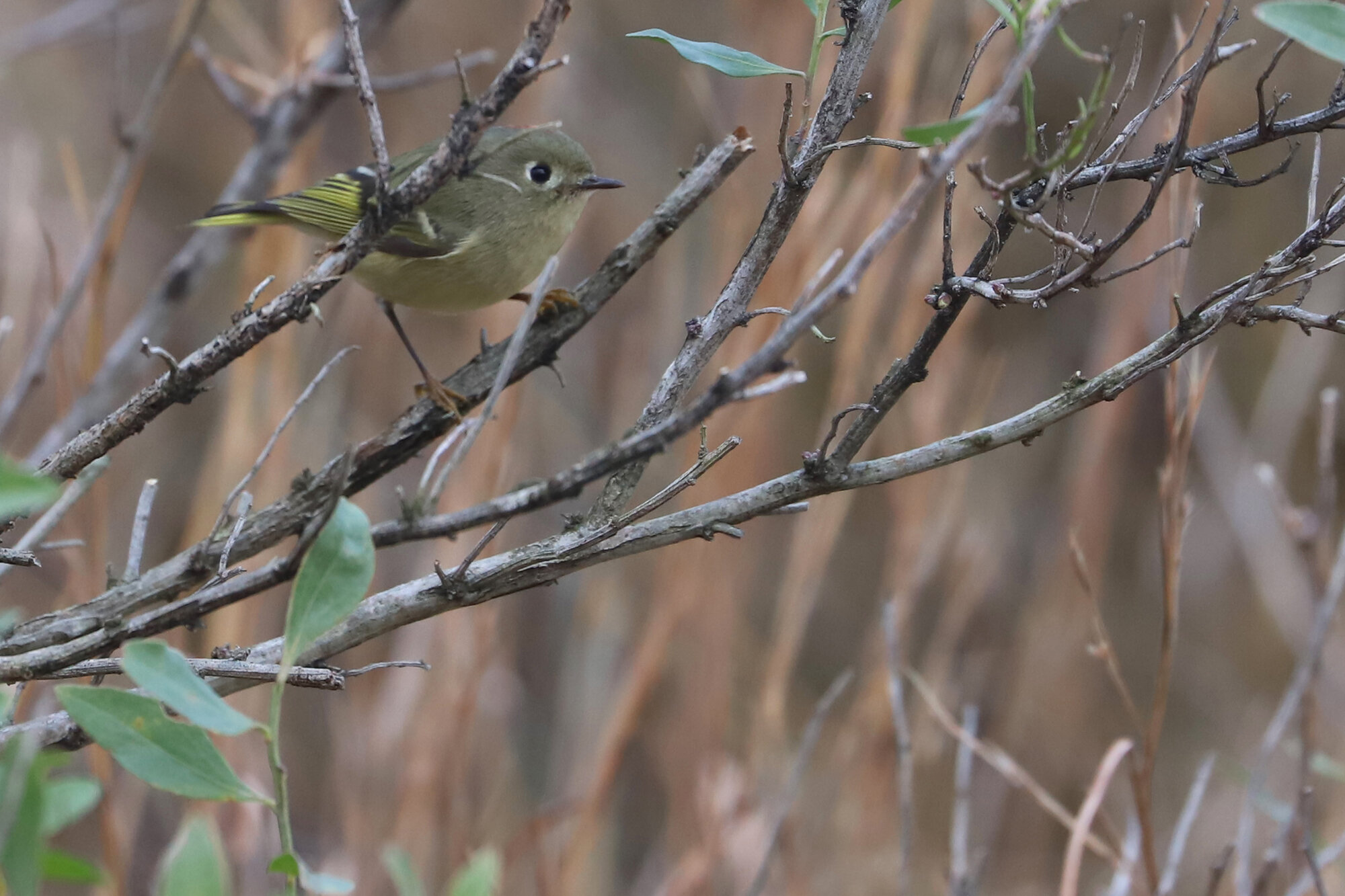
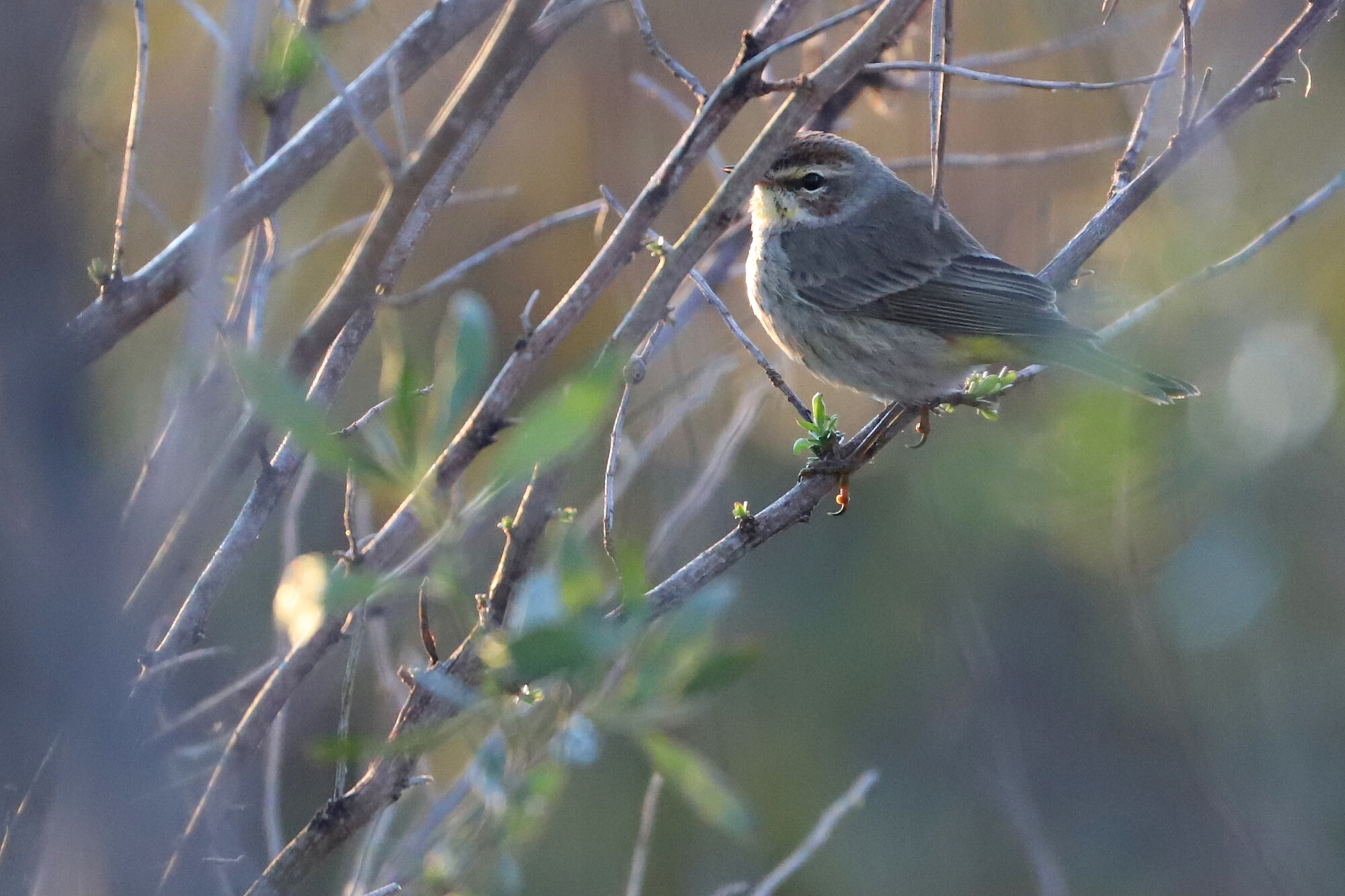
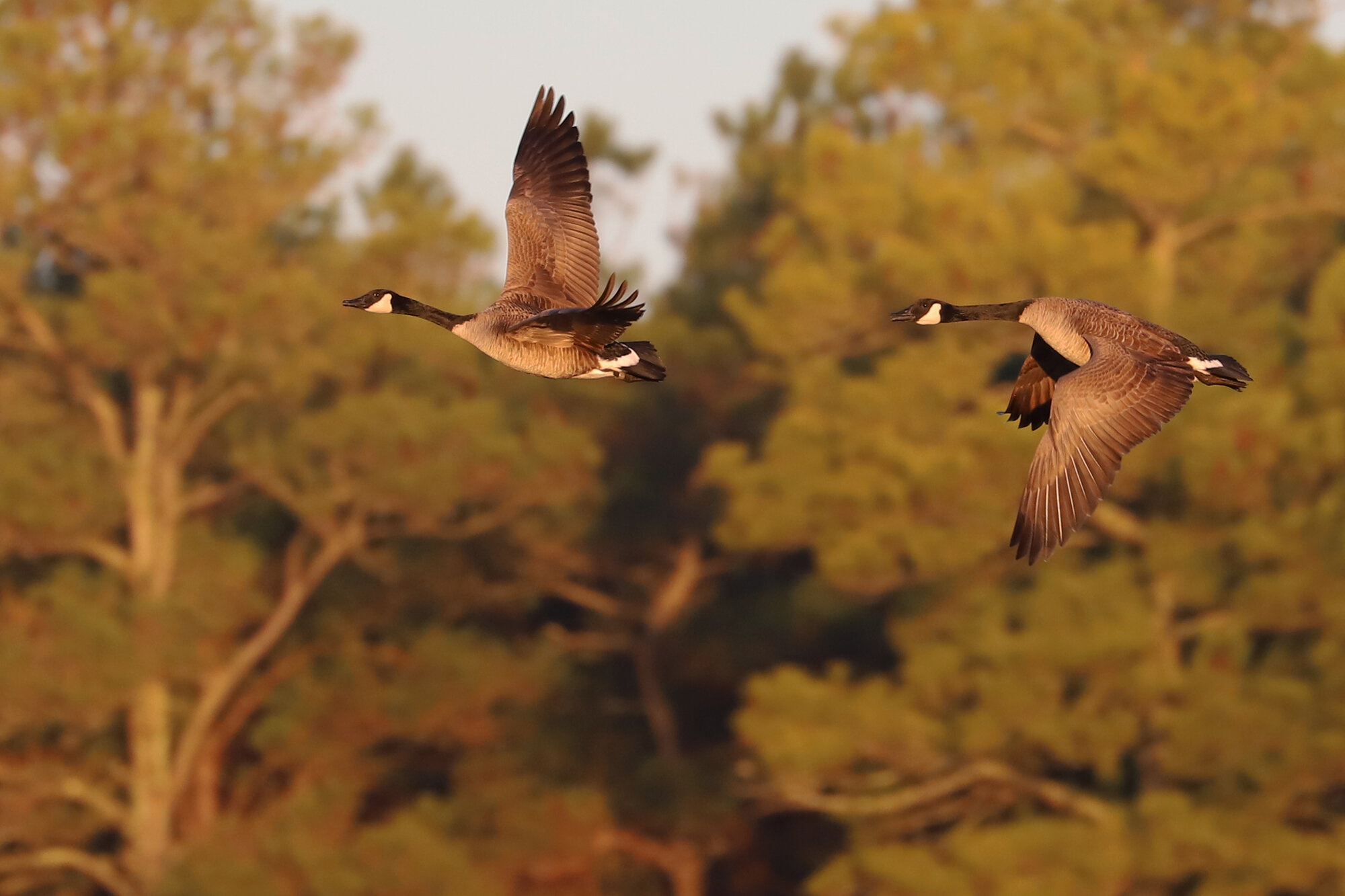
Continuing at the same location since late Nov, the WHITE-EYED VIREO wintering in the thicket east of the Princess Anne WMA Whitehurst Tract parking lot continued to be observed throughout February, with the most recent record occurring on 23 Feb (obs. Reuben Rohn). At least three individuals were recorded in different counties in Maryland during February, and Northampton & Suffolk held records in Virginia for this species as well, though there were no other records farther up the East Coast. (Feb 2020 Map)
Of similar wintering distribution to the vireo above, a pair of BLUE-GRAY GNATCATCHERS found at First Landing SP on 15 Feb (ph. June McDaniels) made for an excellent surprise. Though there were a few scattered records this month in Virginia’s coastal plain and in Northern Virginia, the northerly outlier occurred in New Jersey. With no records in Virginia Beach since early Dec, and the earliest spring arrivals not likely for almost a month after this report, certainly this pair of gnatcatchers has wintered & survived the attempt. (Feb 2020 Map)
Ironically following suit with its distribution here in January, a single PINE SISKIN found at a backyard feeder in Cypress Point on 22 Jan (vis. Debbie Schroeder) continued, but was only observed once this month, on 20 Feb (vis. Debbie Schroeder). This made for the only record for the species in this clearly, non-irruption year for the species. Also mirroring January, there was not a single photographed record for this species in the state during February, though there was an uptick in reports likely due to the Great Backyard Bird Count event in the middle of the month. (Feb 2020 Map)
Potentially five different WHITE-CROWNED SPARROWS were observed at the Harris Teeter Retention Ponds off Princess Anne Road during February, with the latest report on 26 Feb (ph. Steve Keith). Three immatures of the Dark-lored race were noted 15 Feb (vis. Nick Newberry & Andrew Rapp), marking the highest known count of immatures at the location this winter. Also, both an adult Dark-lored and an adult Gambel’s, continued to be present, with the latter last observed on 21 Feb (ph. June McDaniels). Craney Island DA (Restricted) was the only other location in Hampton Roads to produce ongoing records this month, with a high count of 10 individuals being the most ever recorded there in eBird, and this continued to be the only known occurrence for Gambel’s White-crowned Sparrow in the state. (Feb 2020 Map)
The wintering LINCOLN’S SPARROW first noted at Princess Anne WMA Whitehurst Tract on 10 Nov (ph. Rob Bielawski) lingered at the same location through 23 Feb (ph. Rob Bielawski), among a flock of Song Sparrows in the northern half of the tract. Matching its distribution in Virginia during January, this is one of only two known records during February in the state, with the other photographed in Prince William County, and around a dozen total records for the East Coast this month. (Feb 2020 Map)
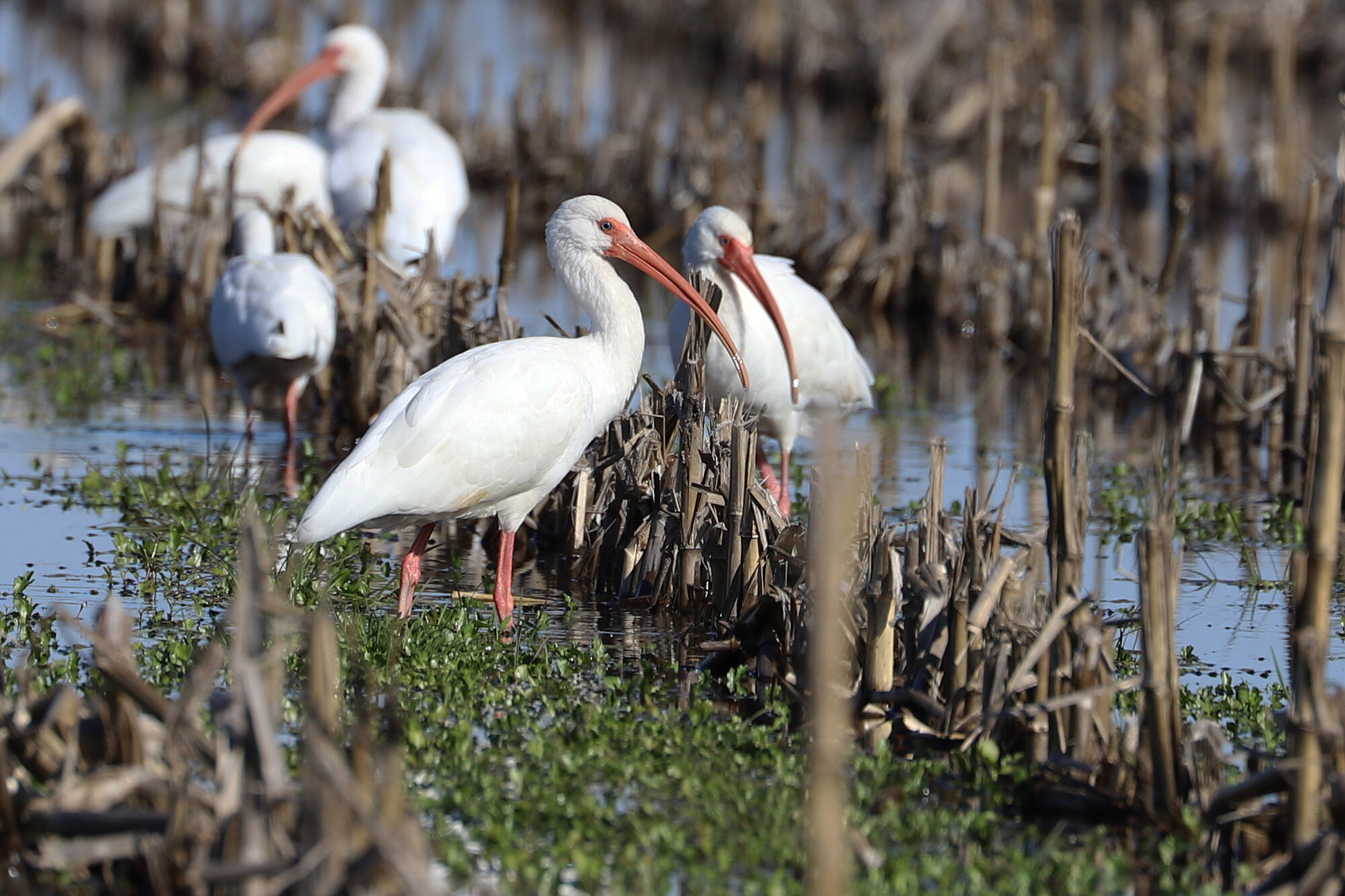

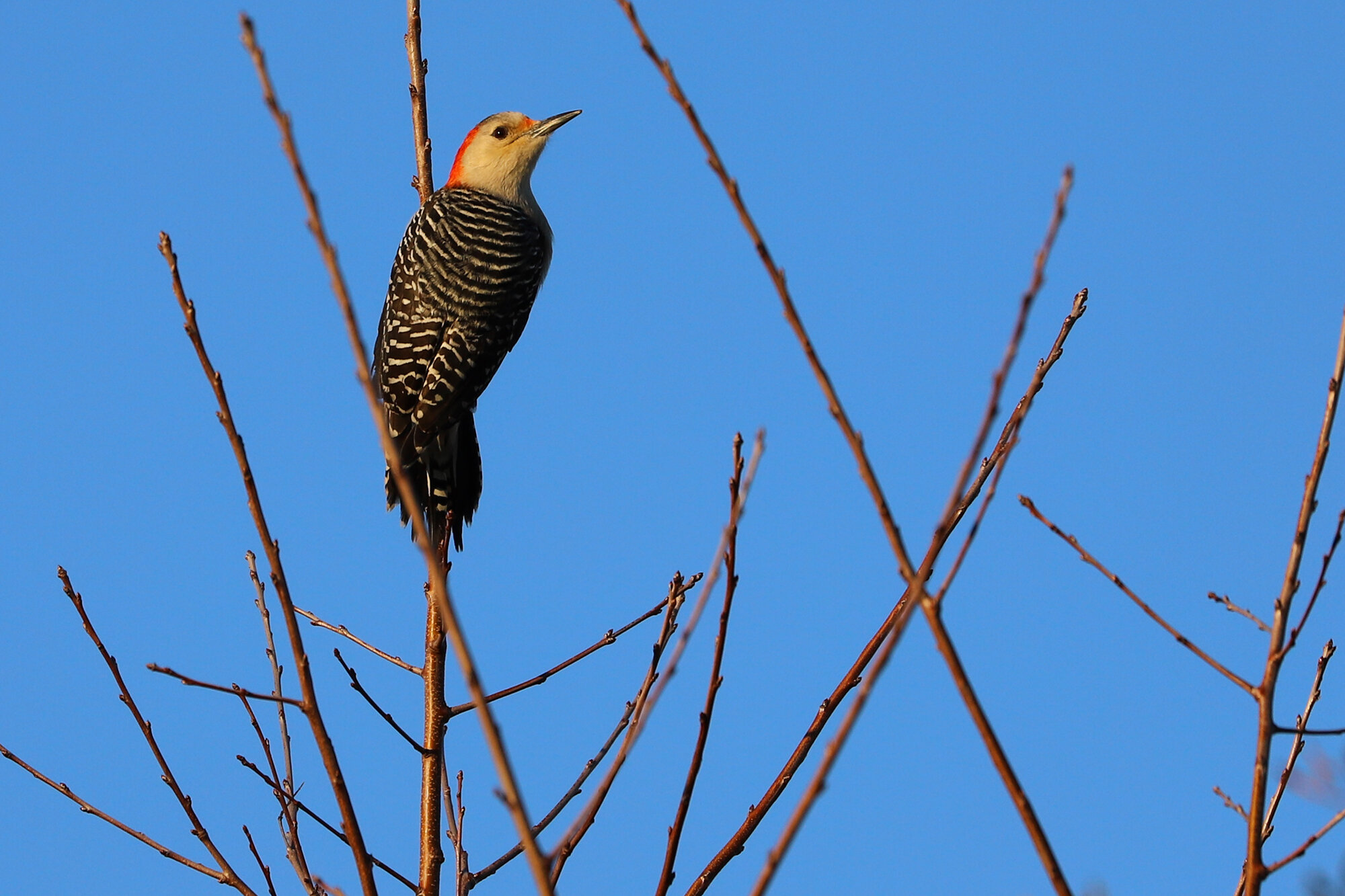
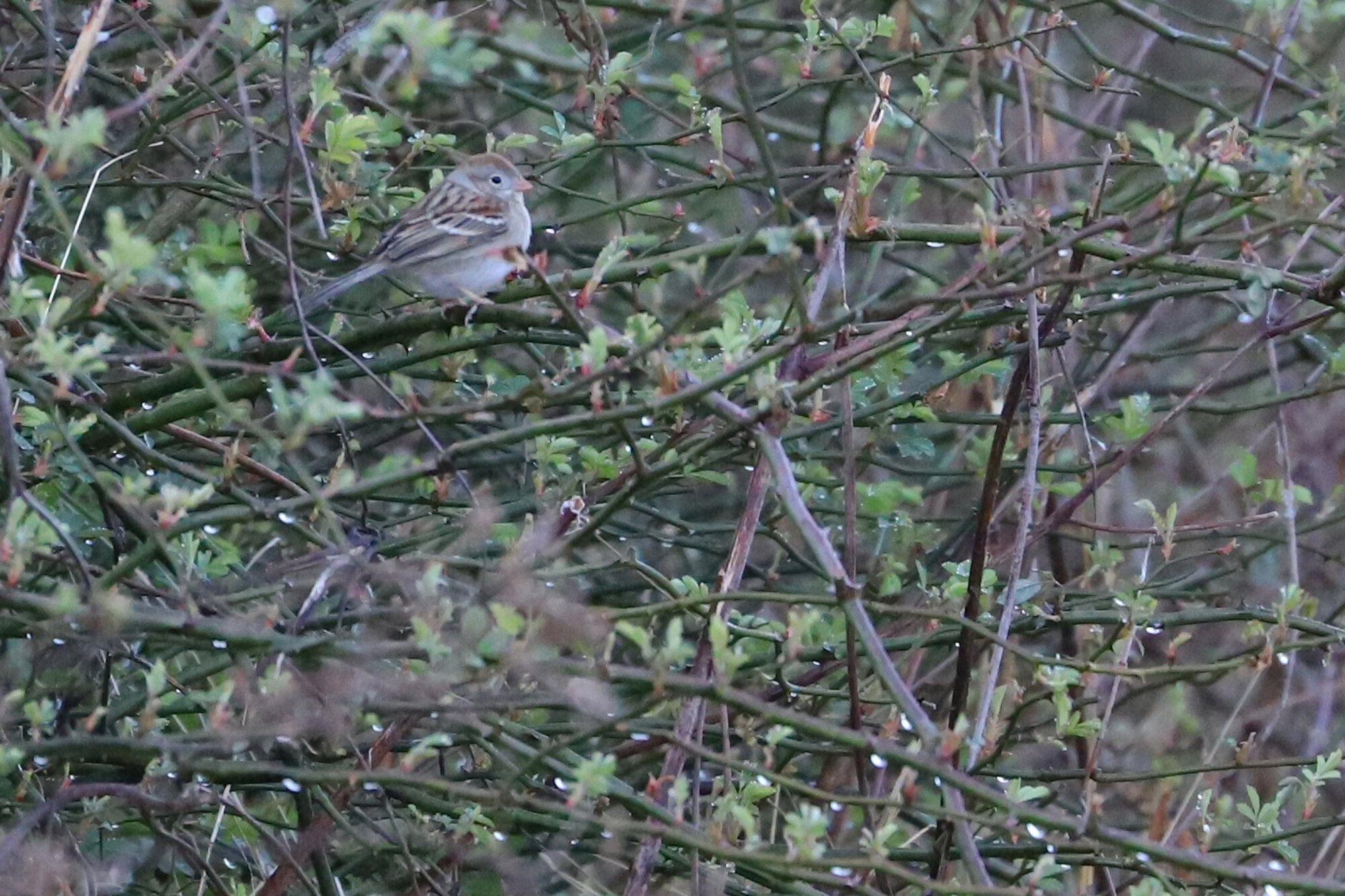
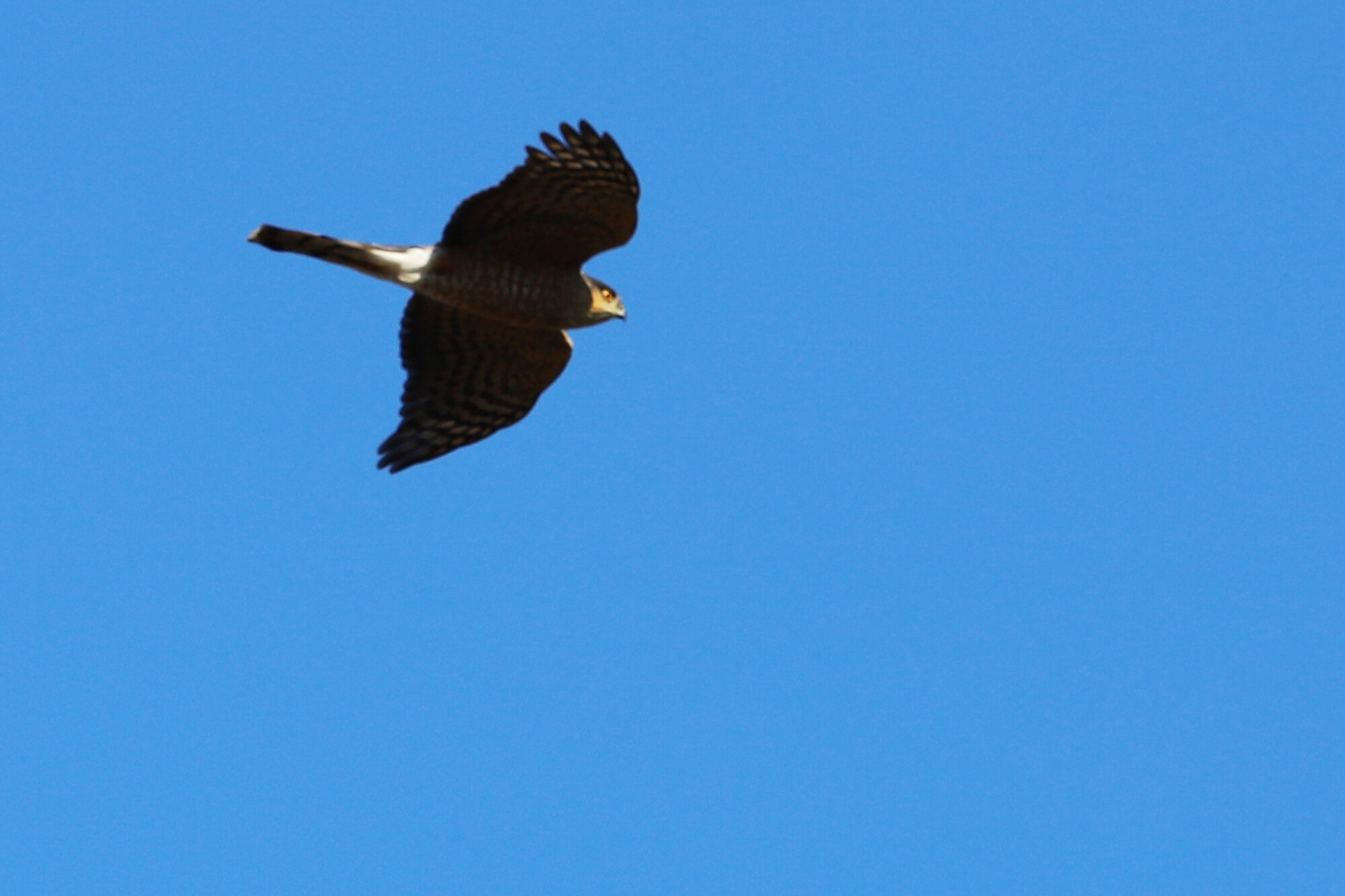
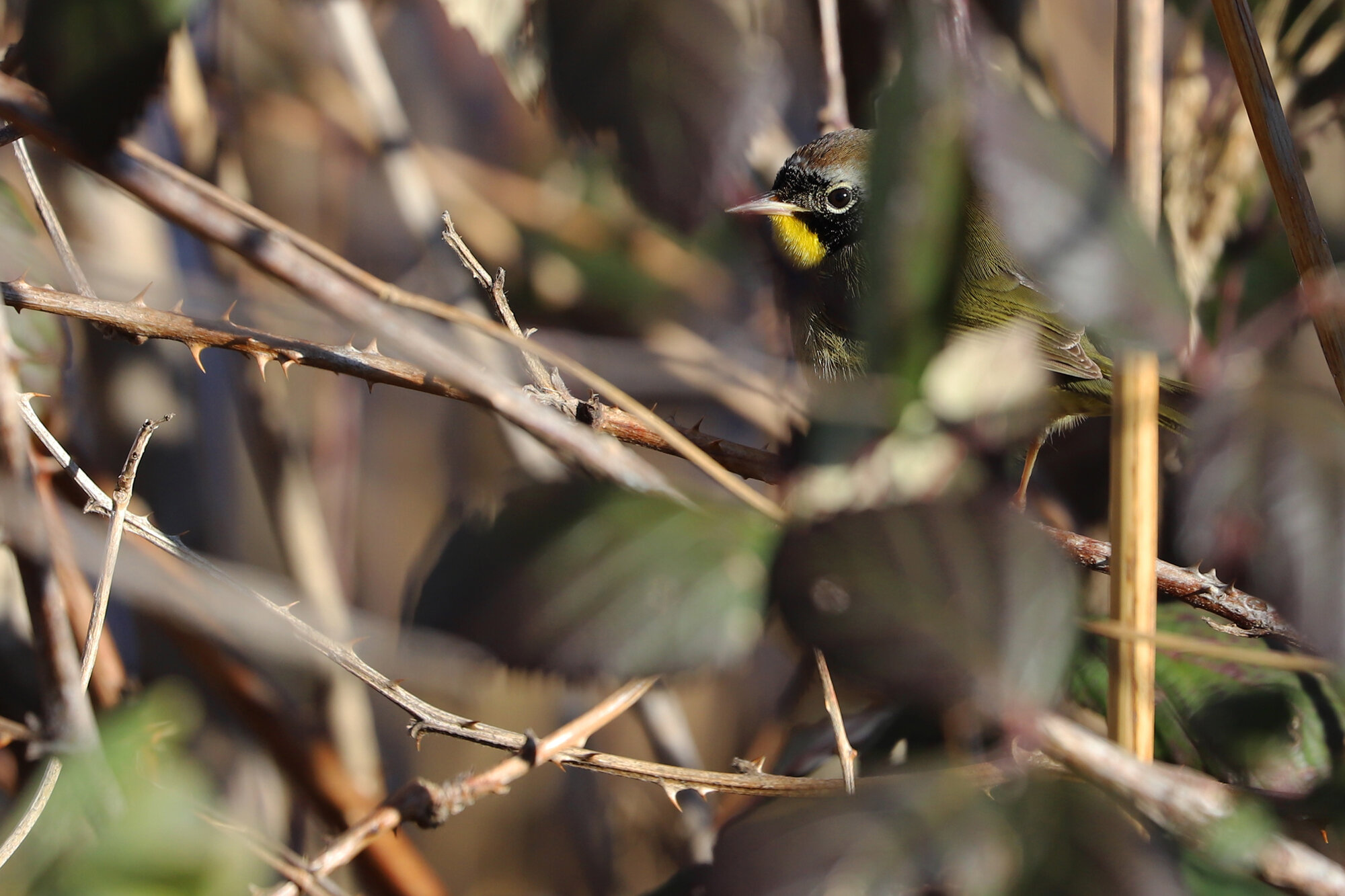
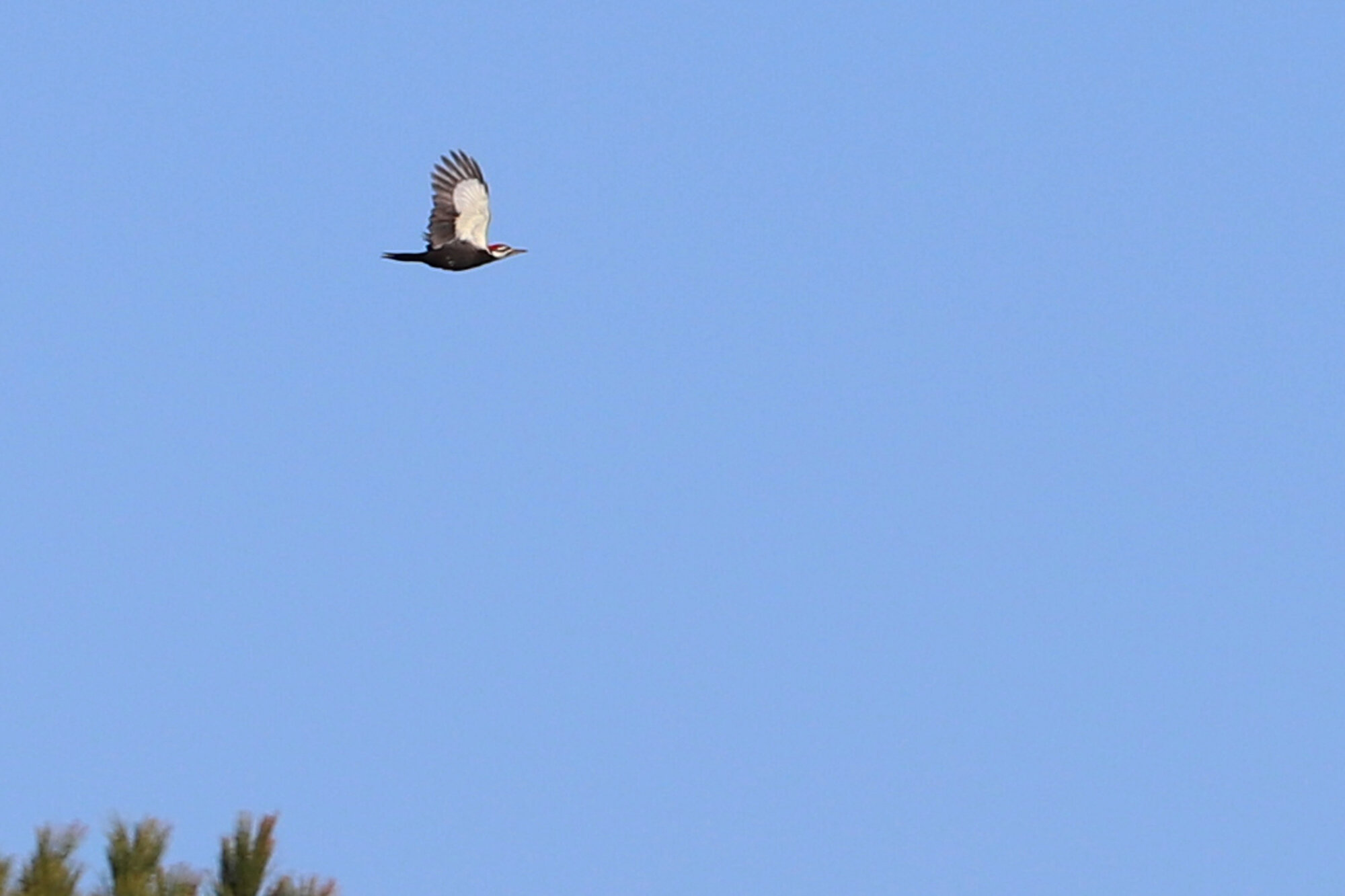
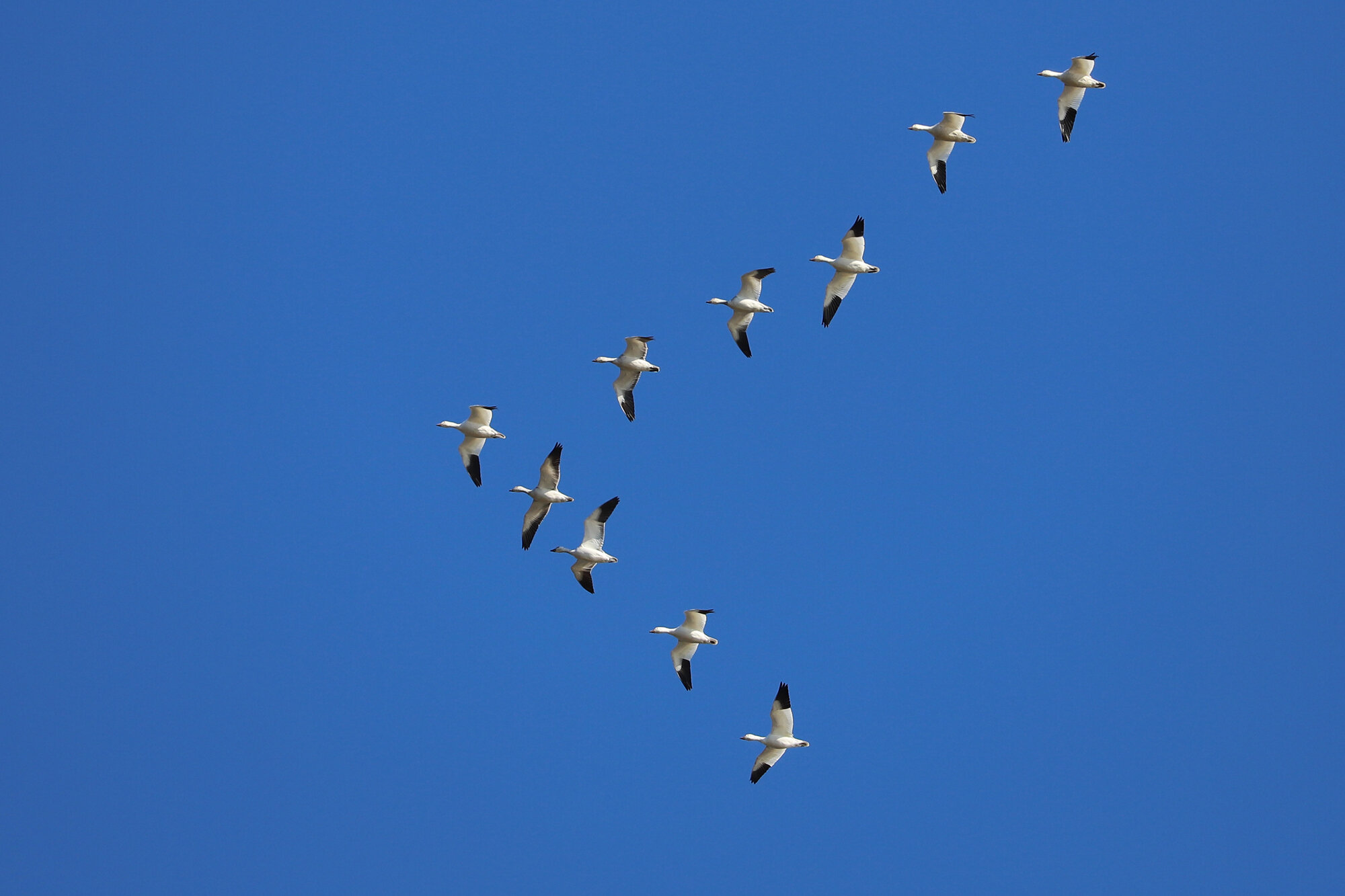
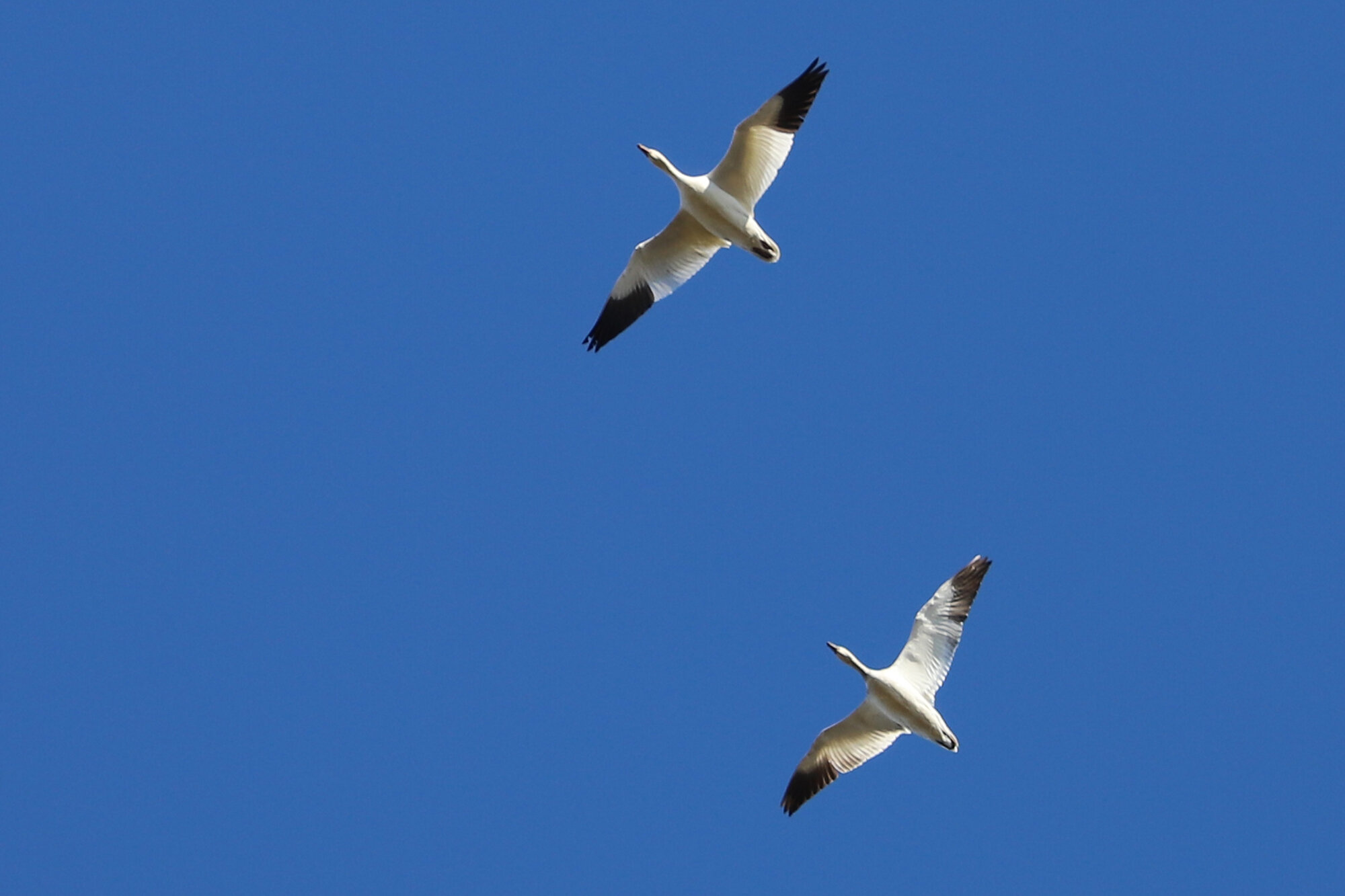
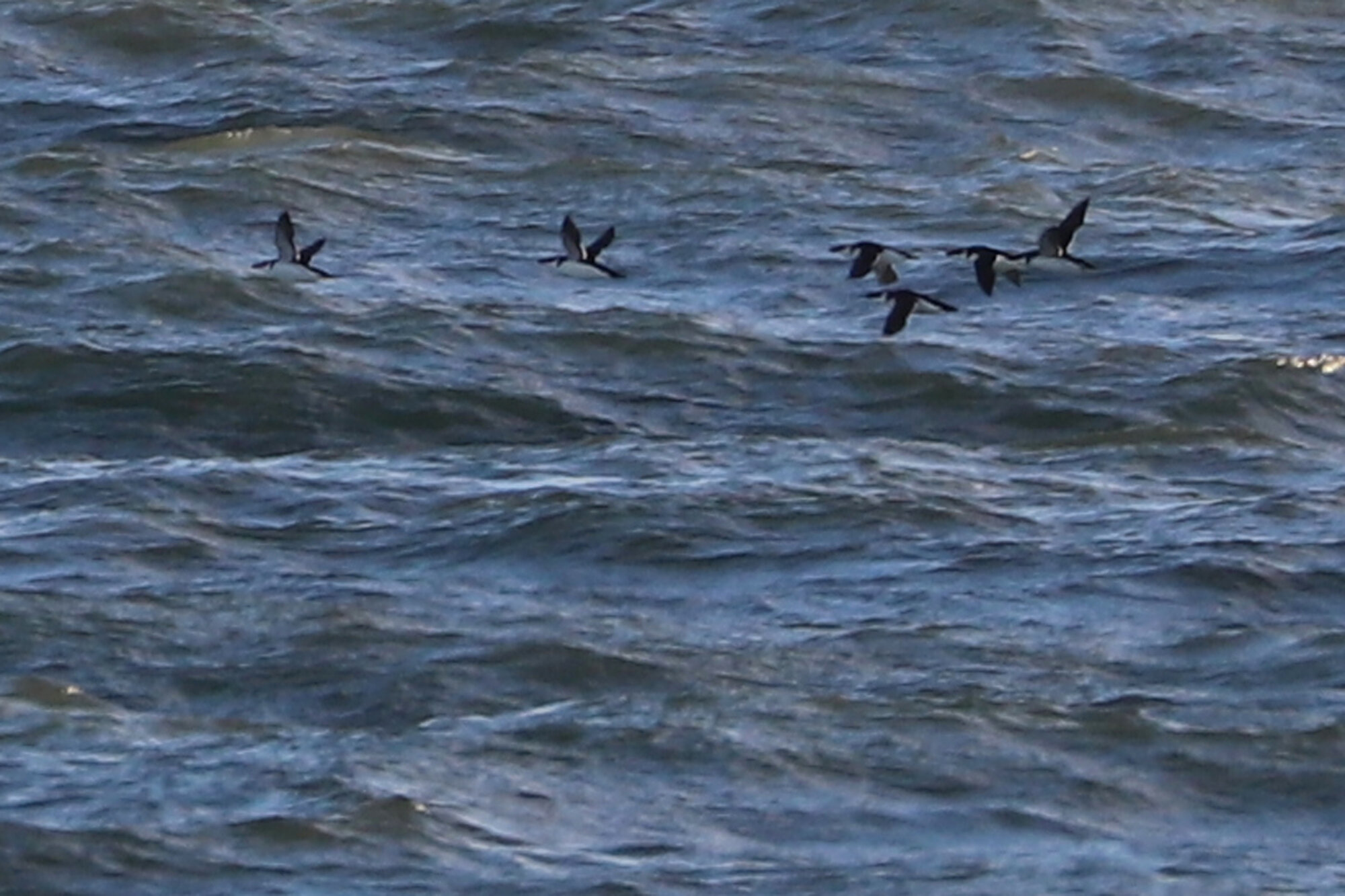
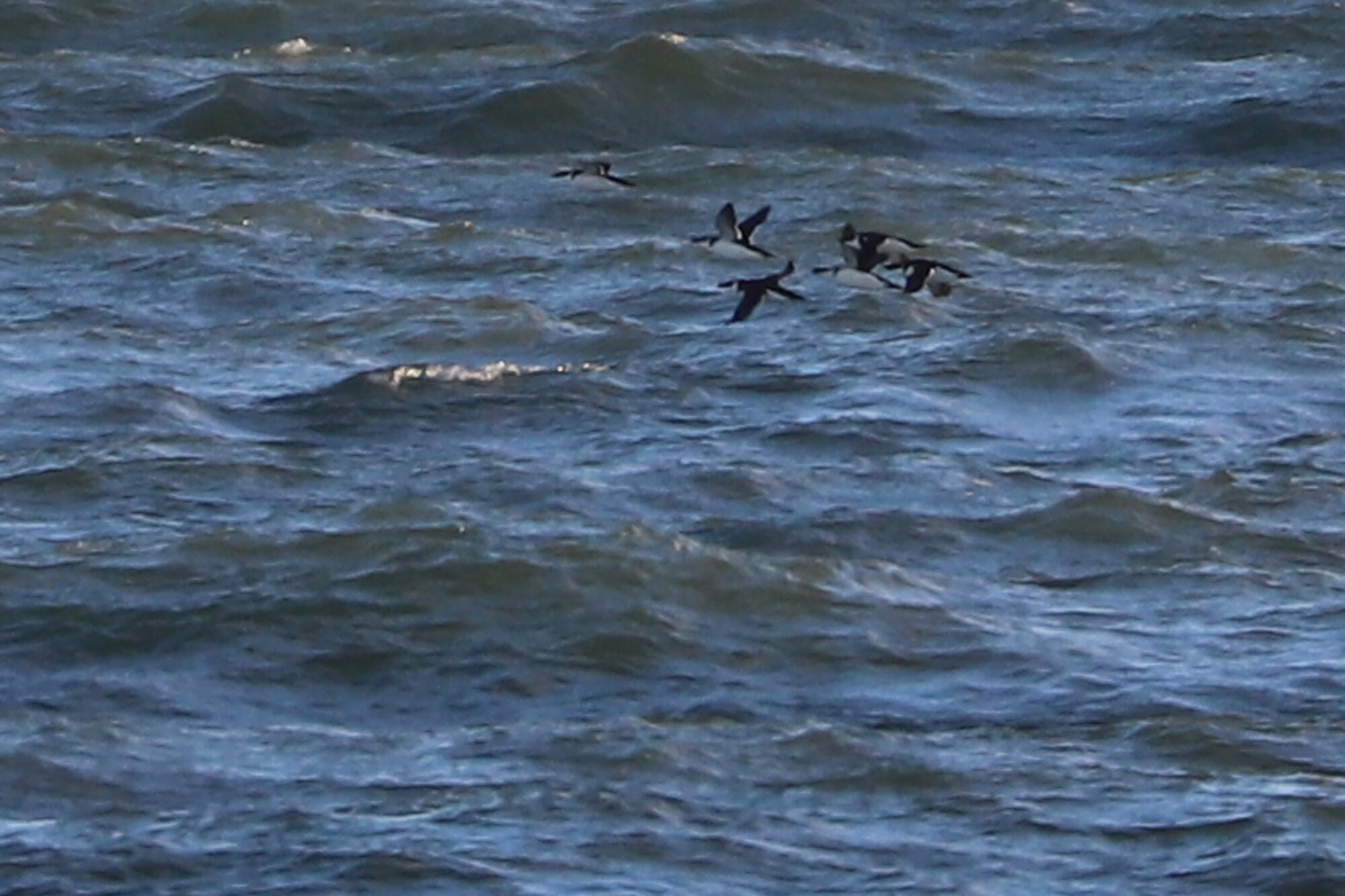
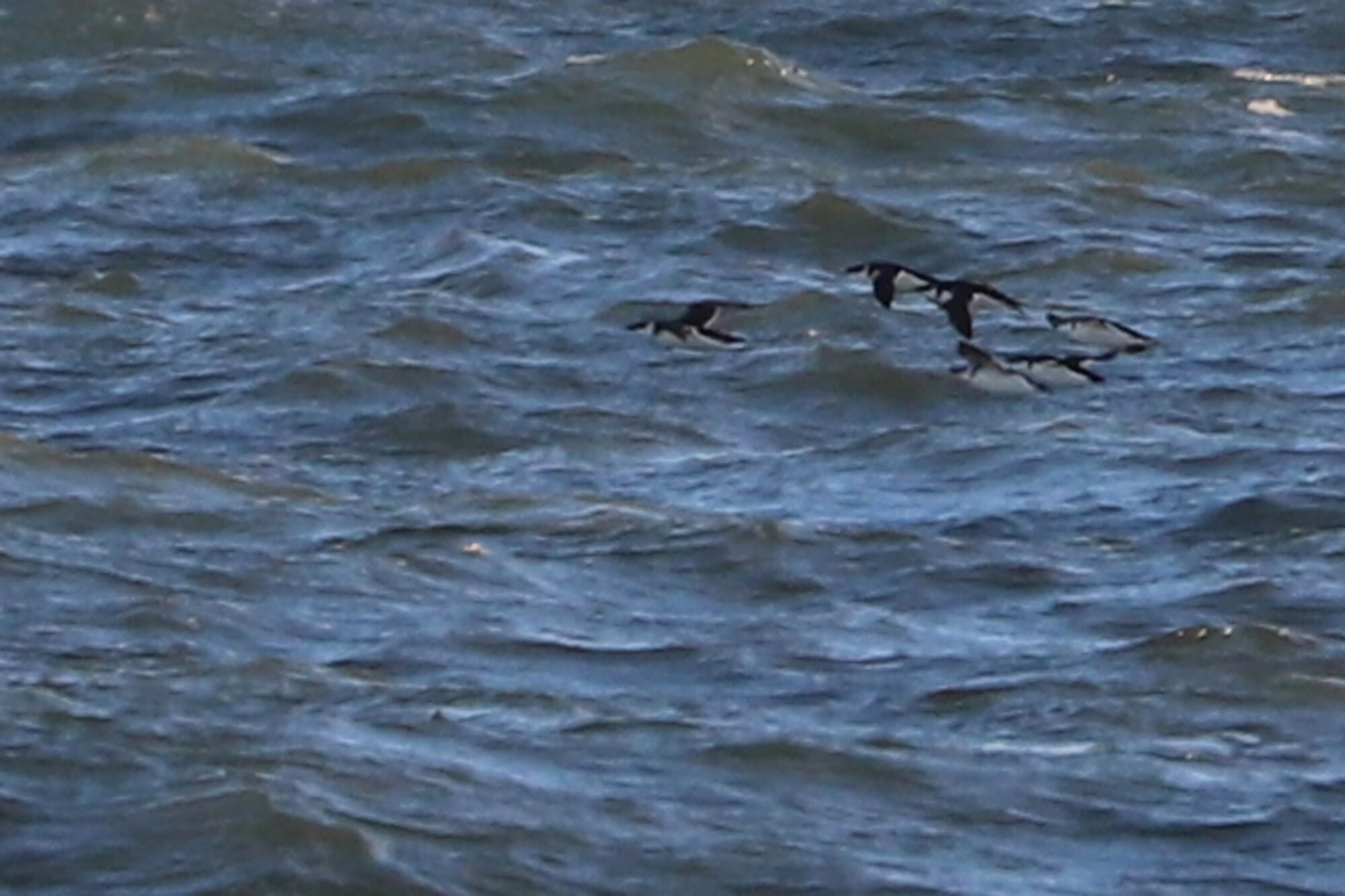
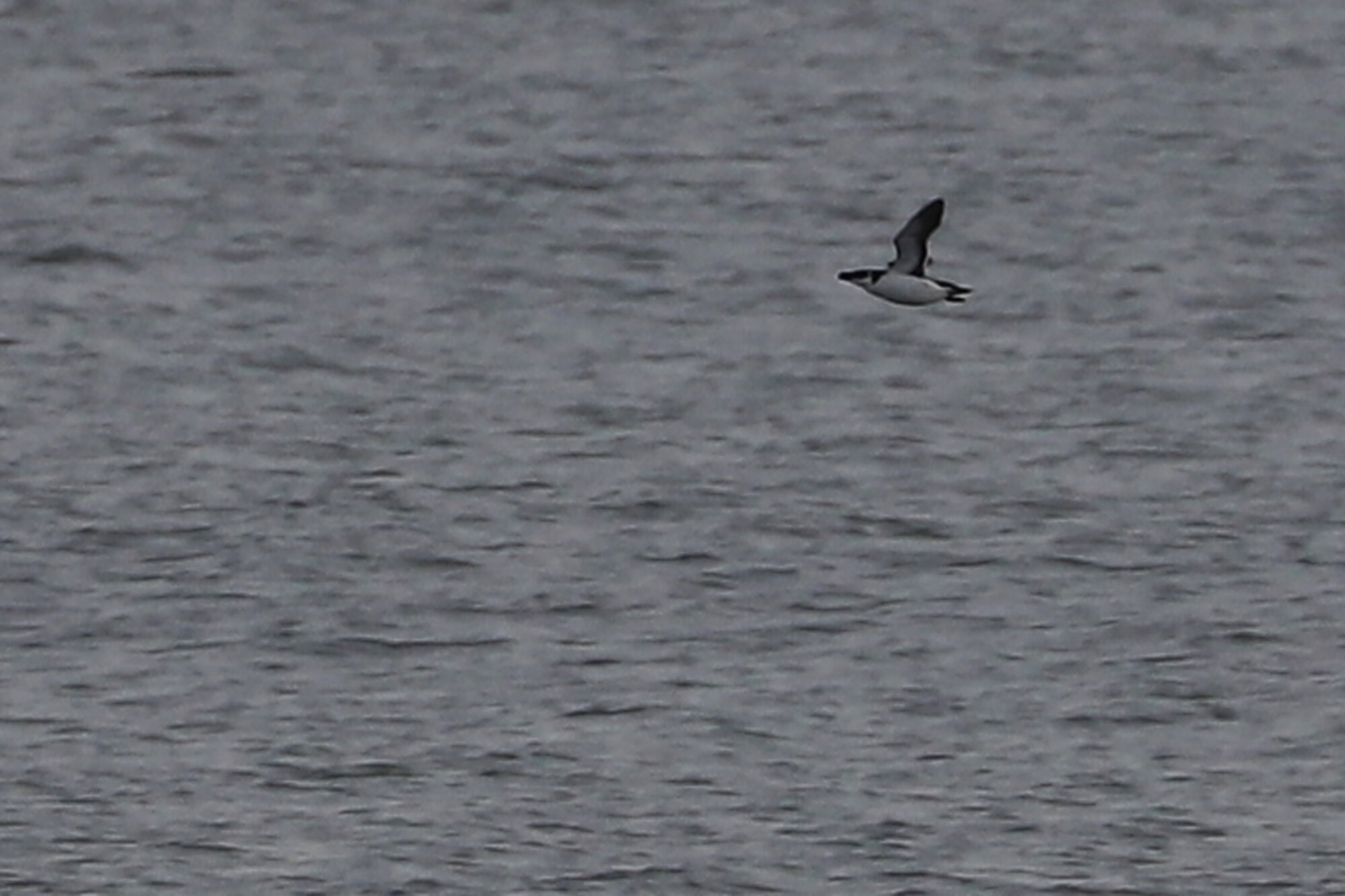
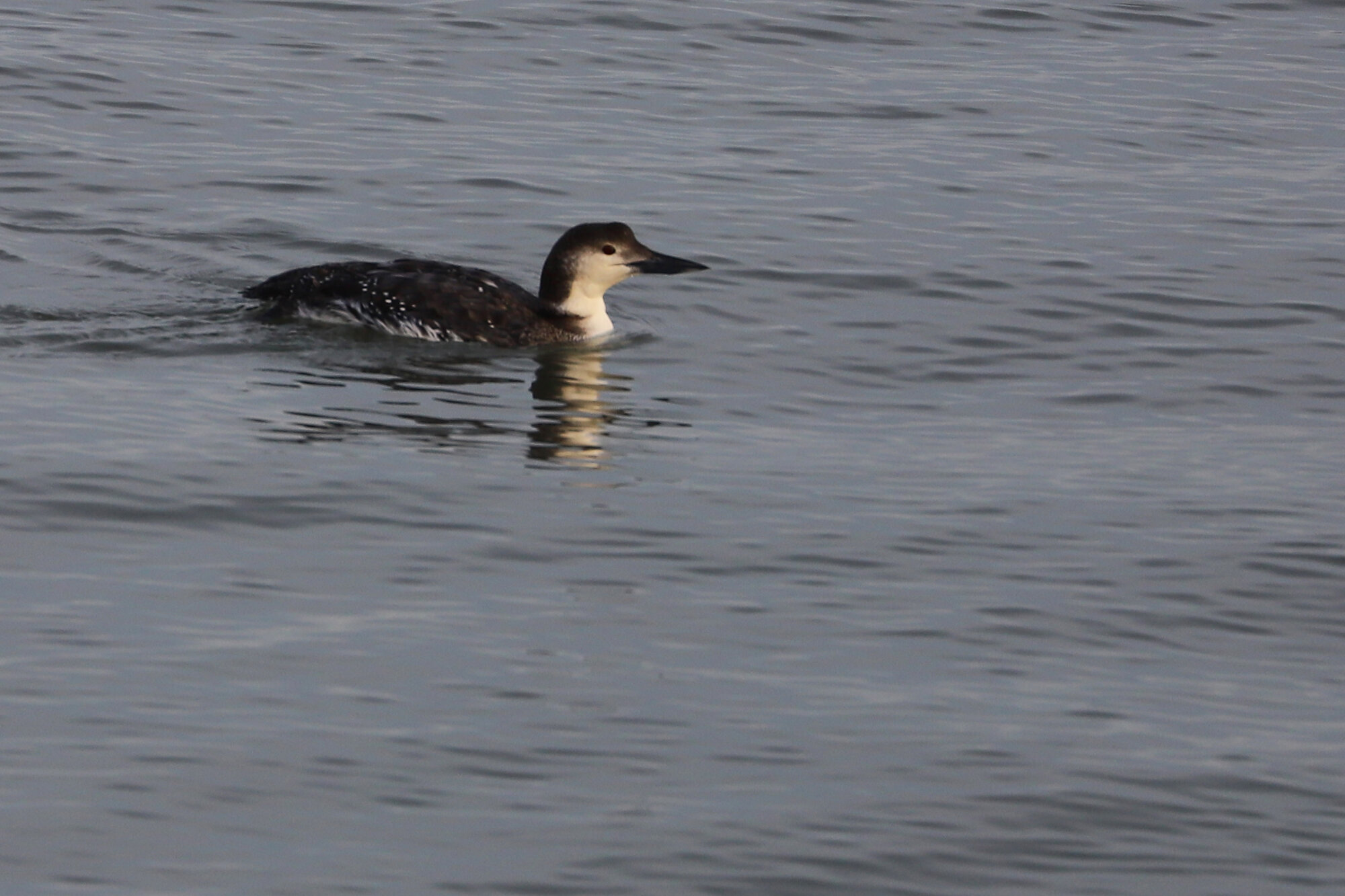
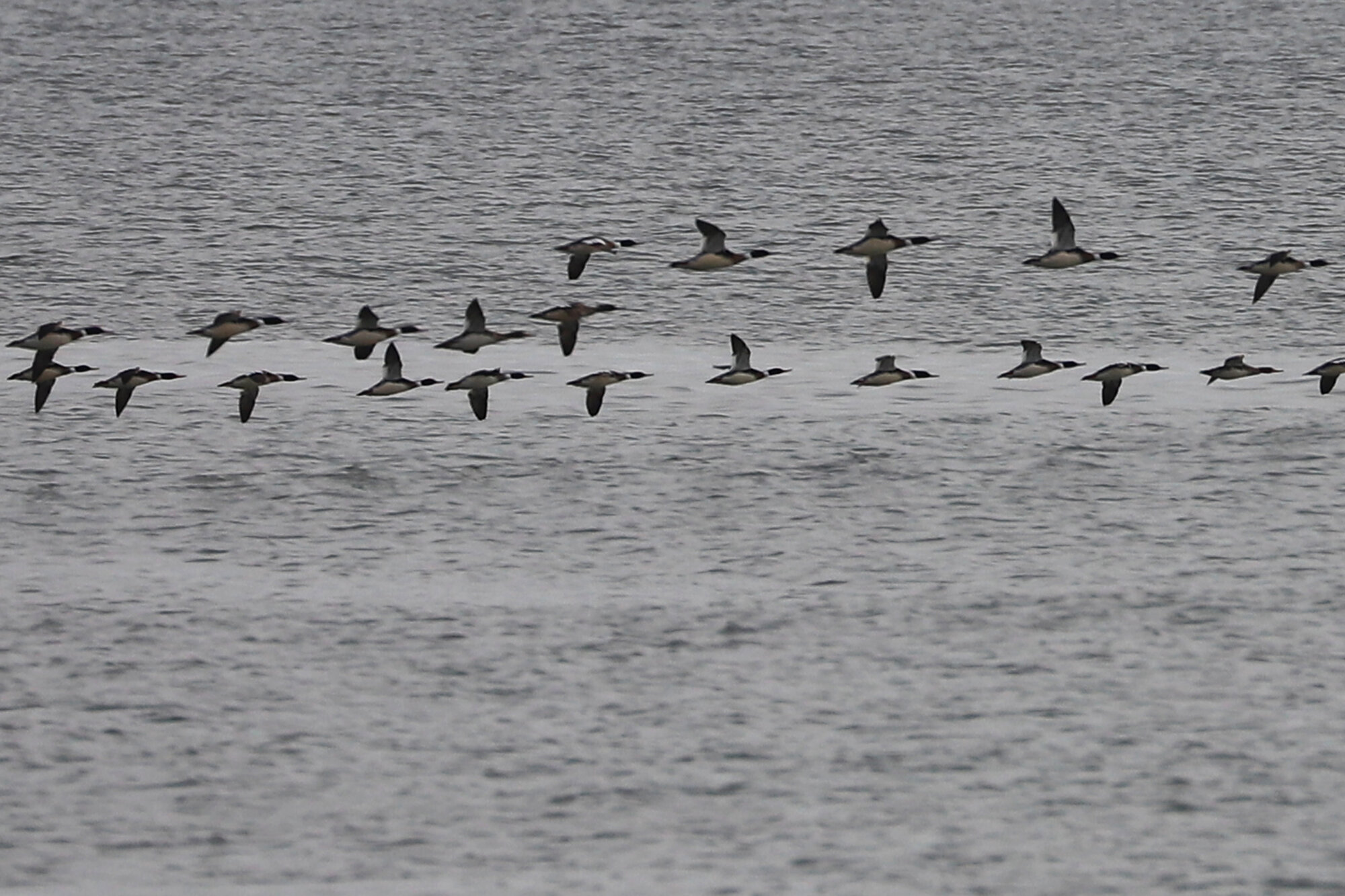
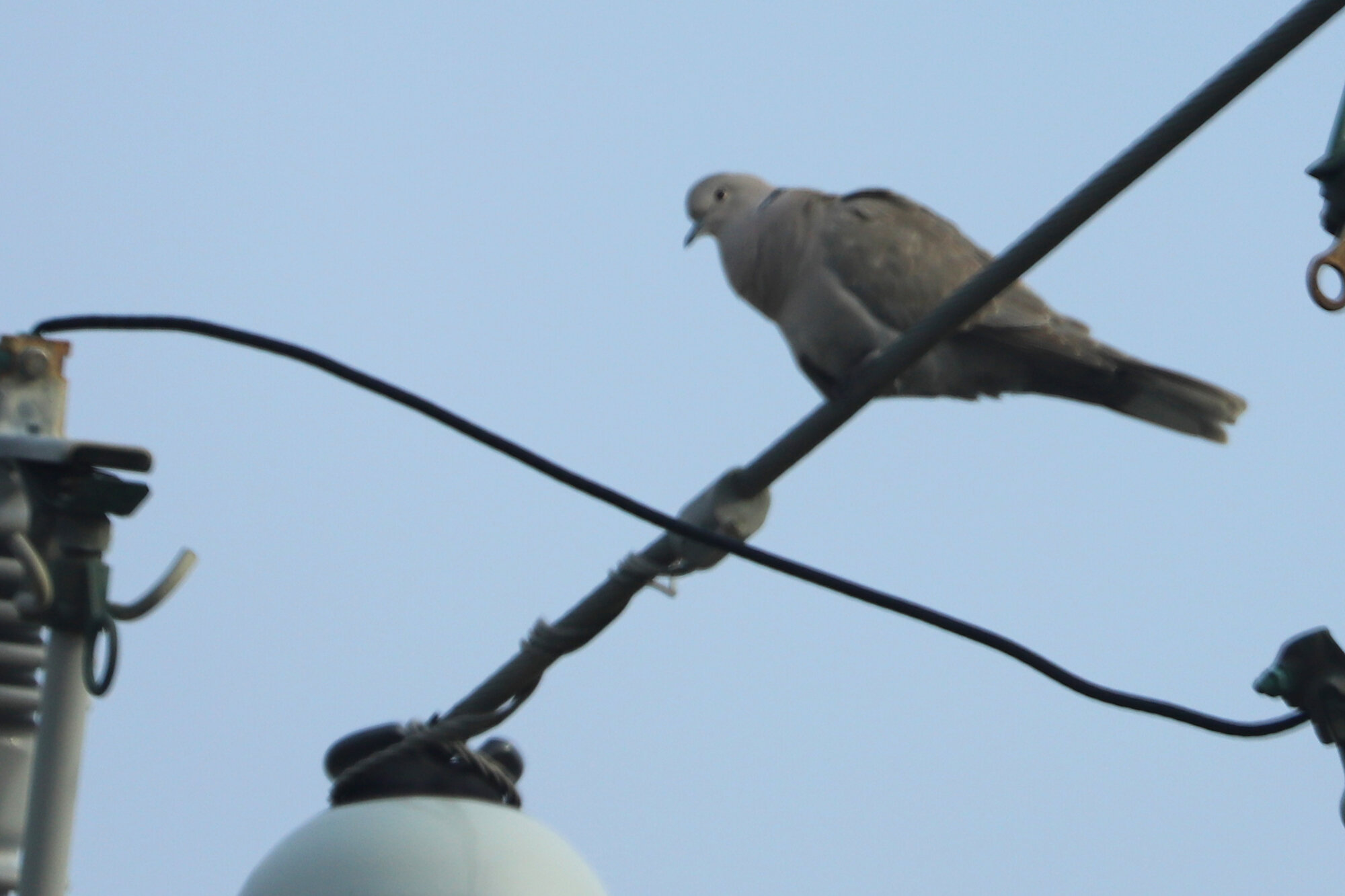
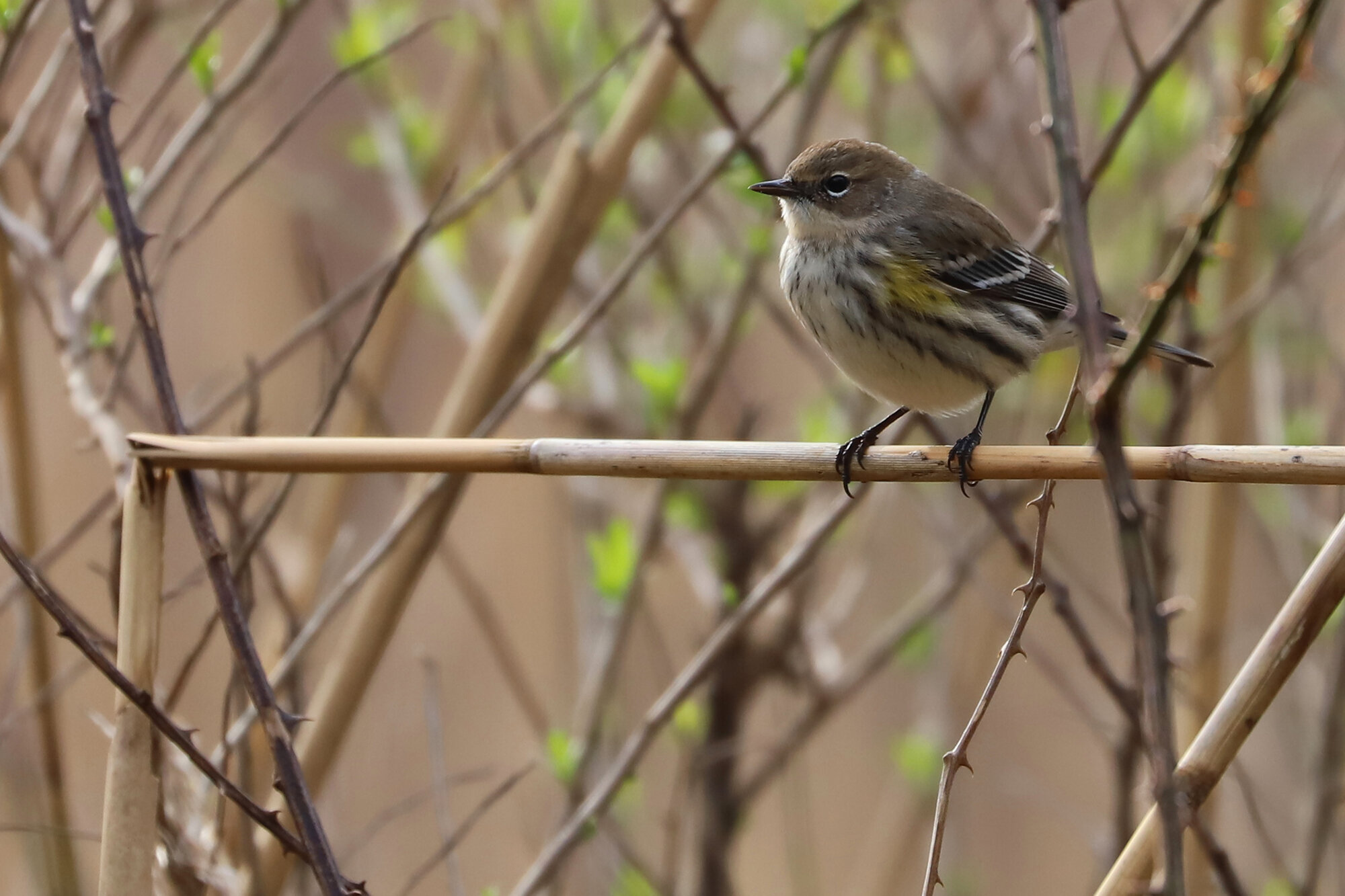

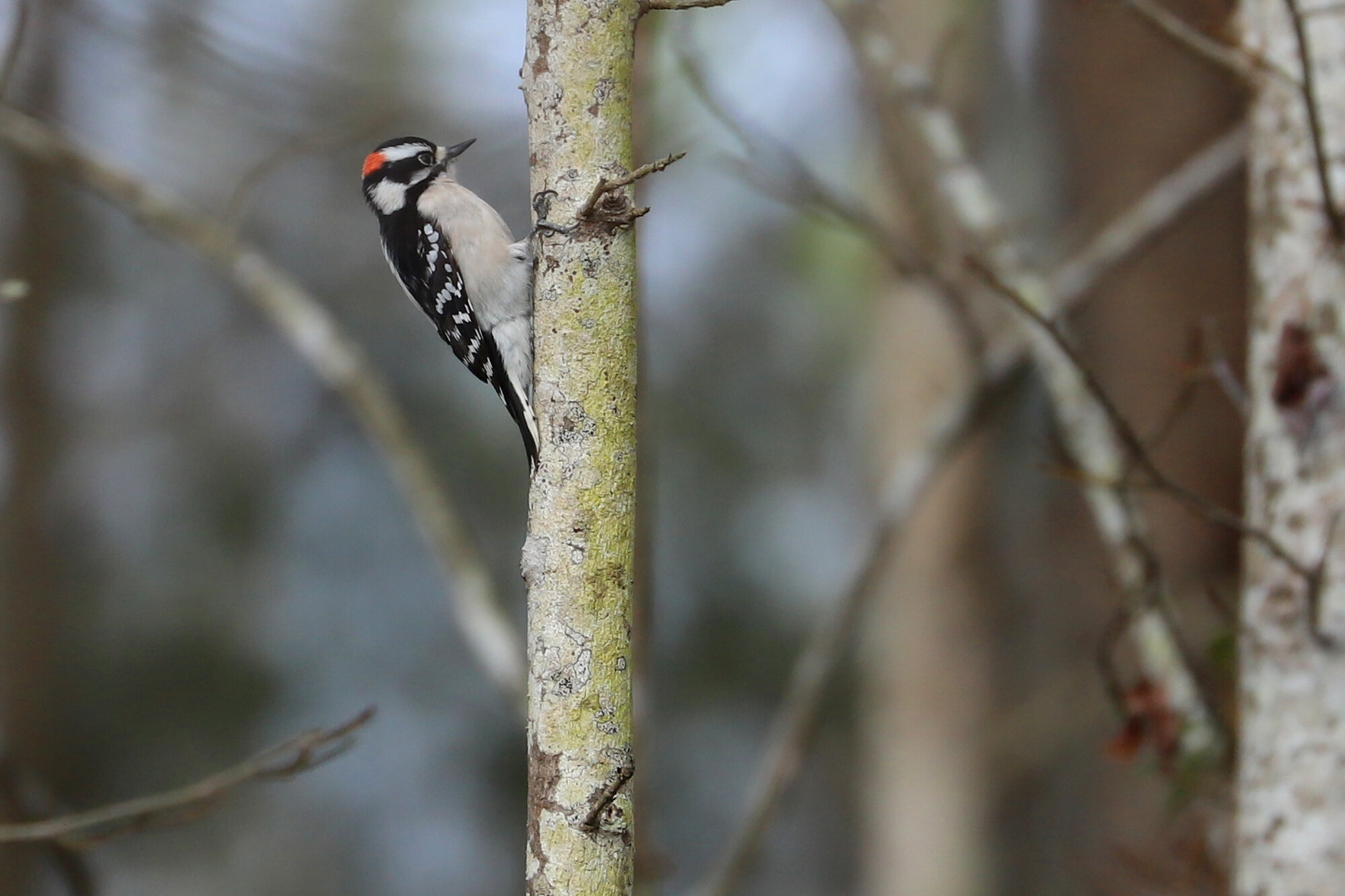
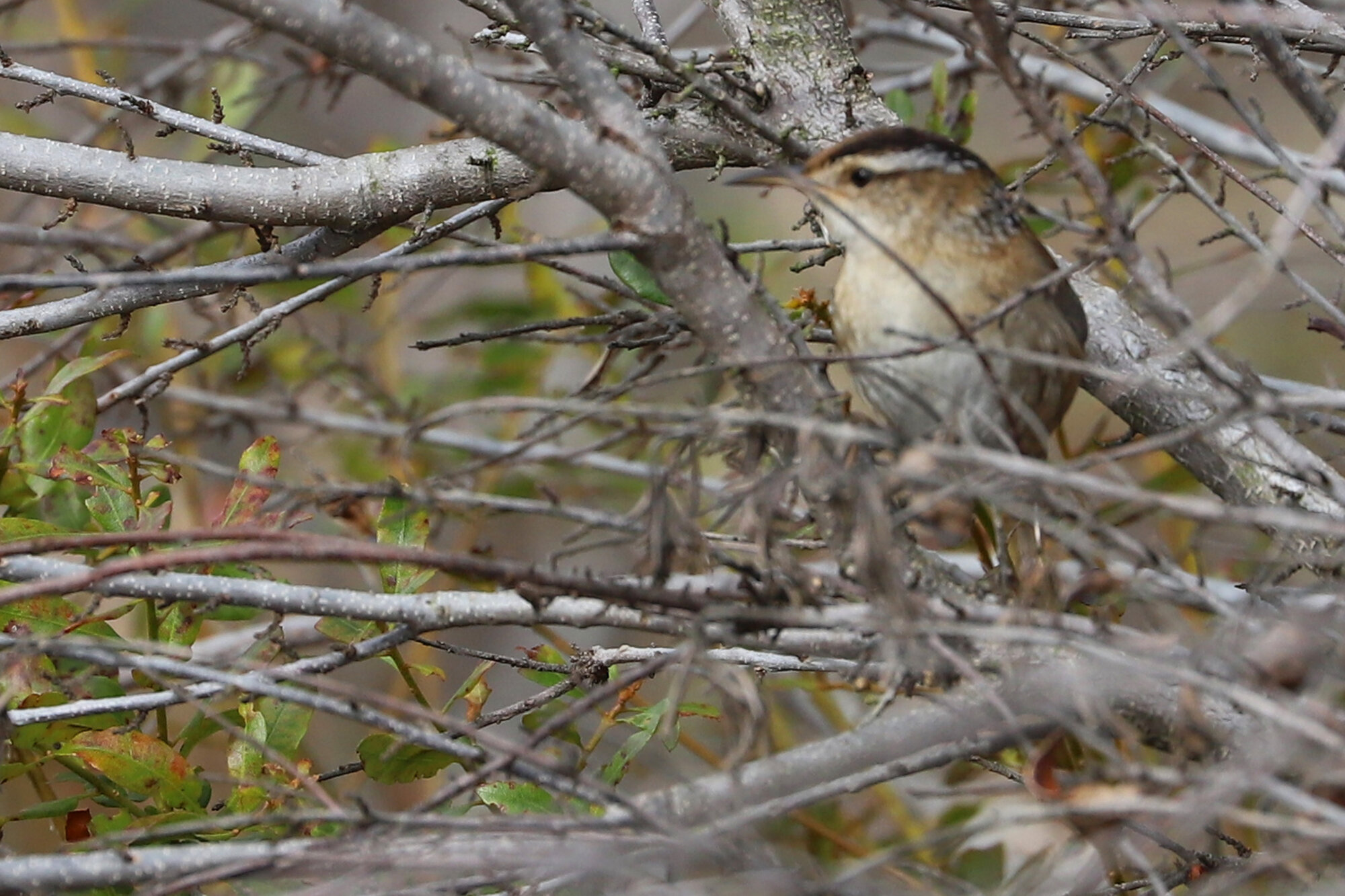

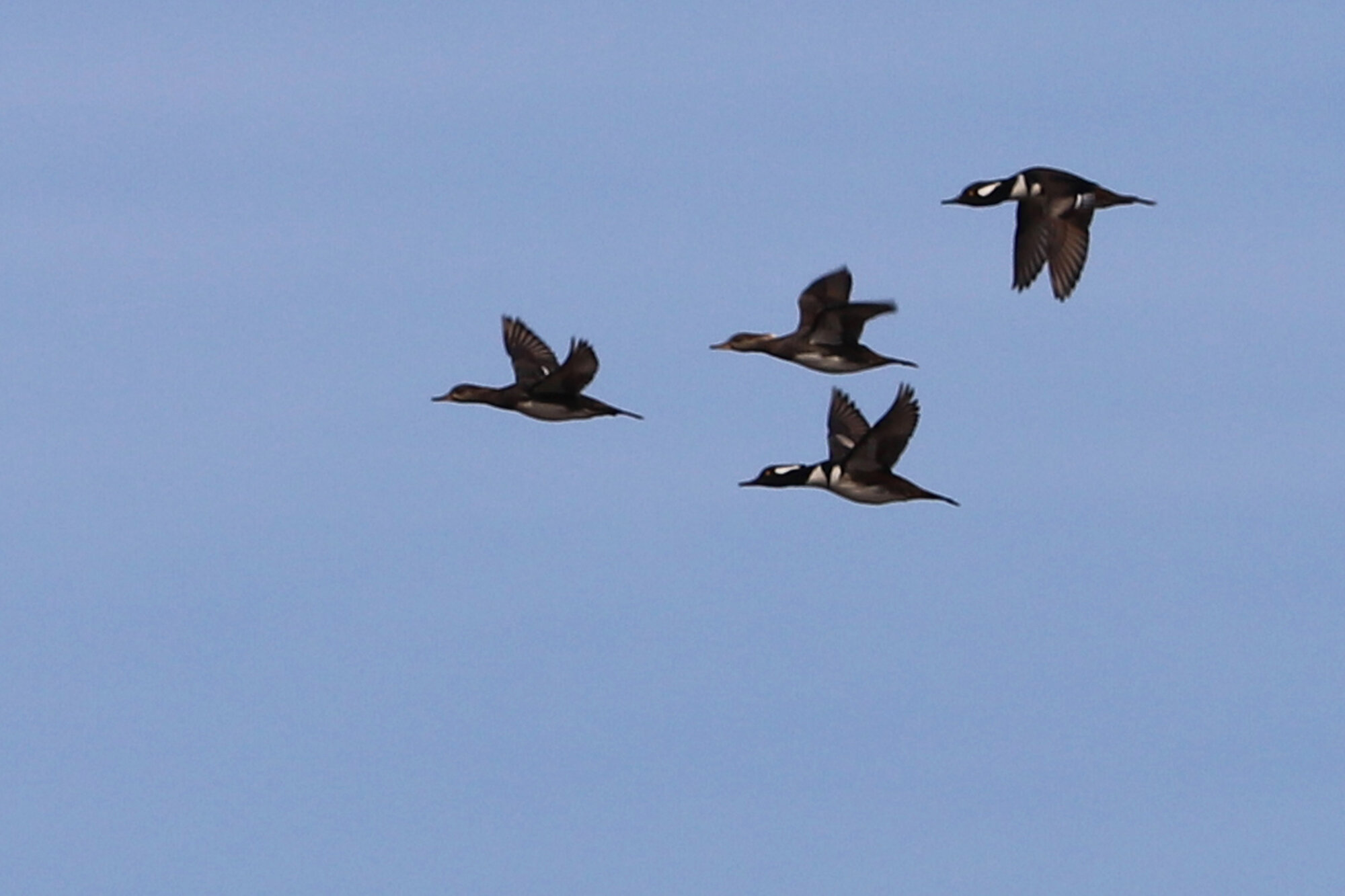
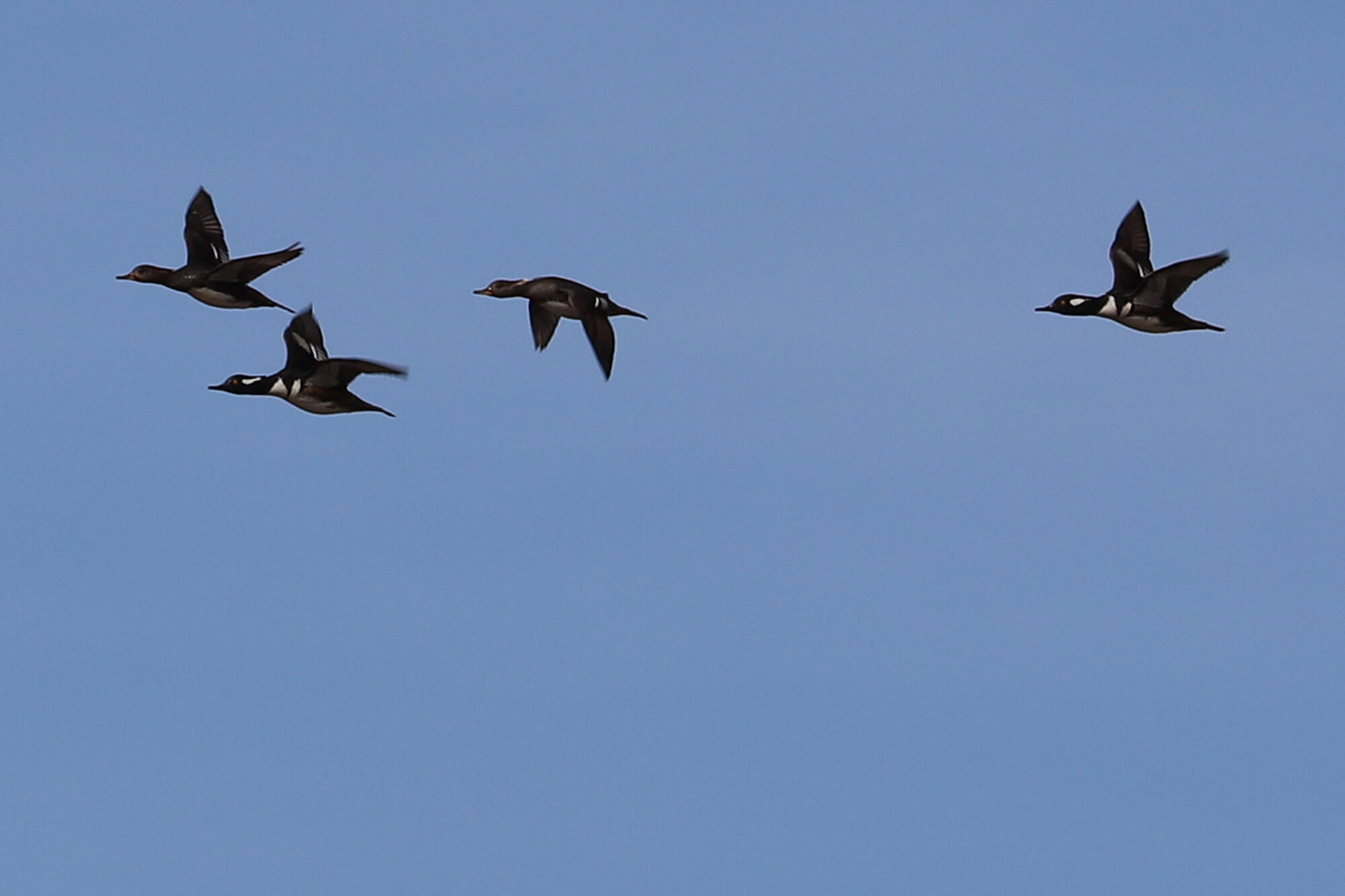

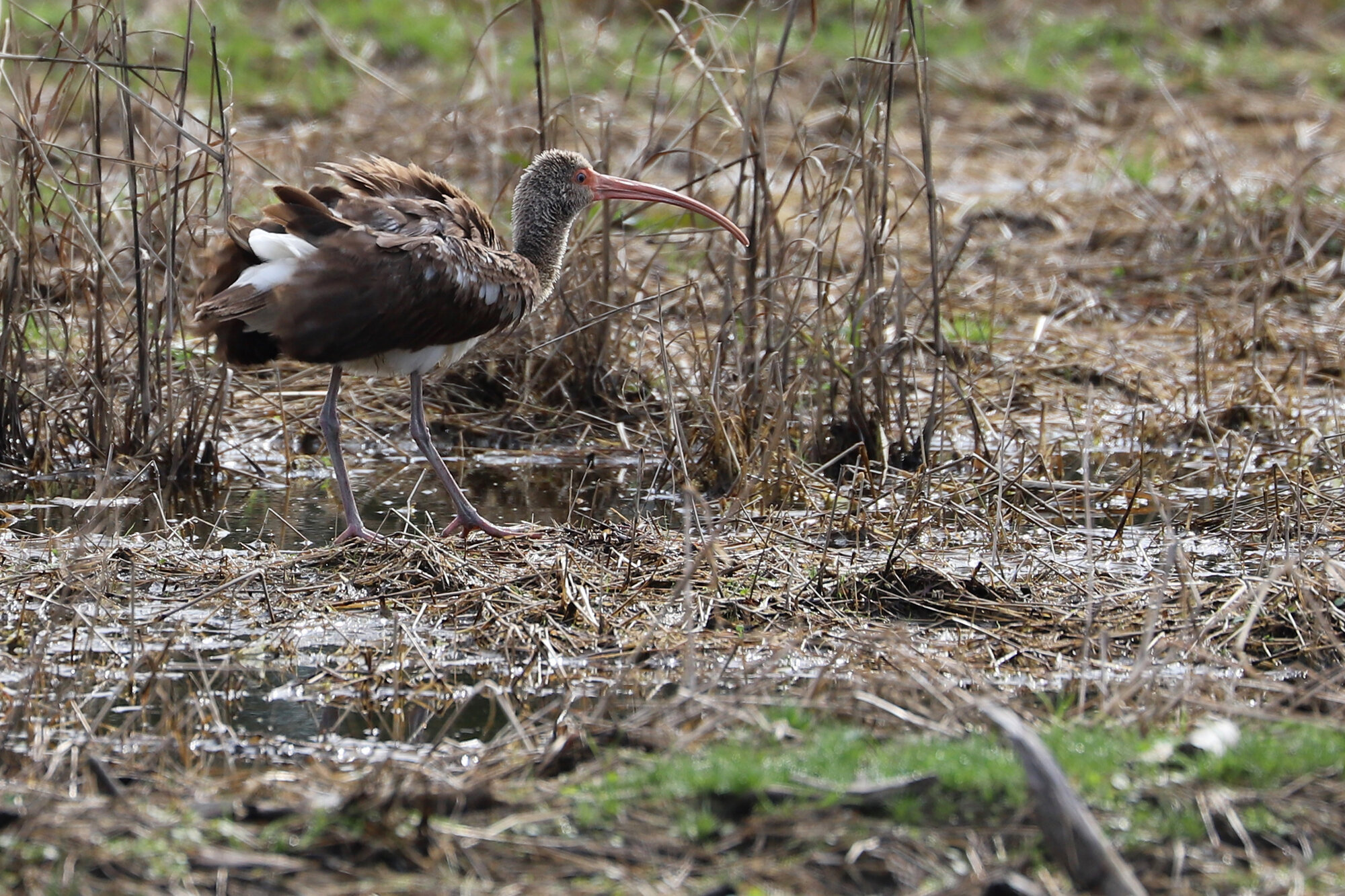
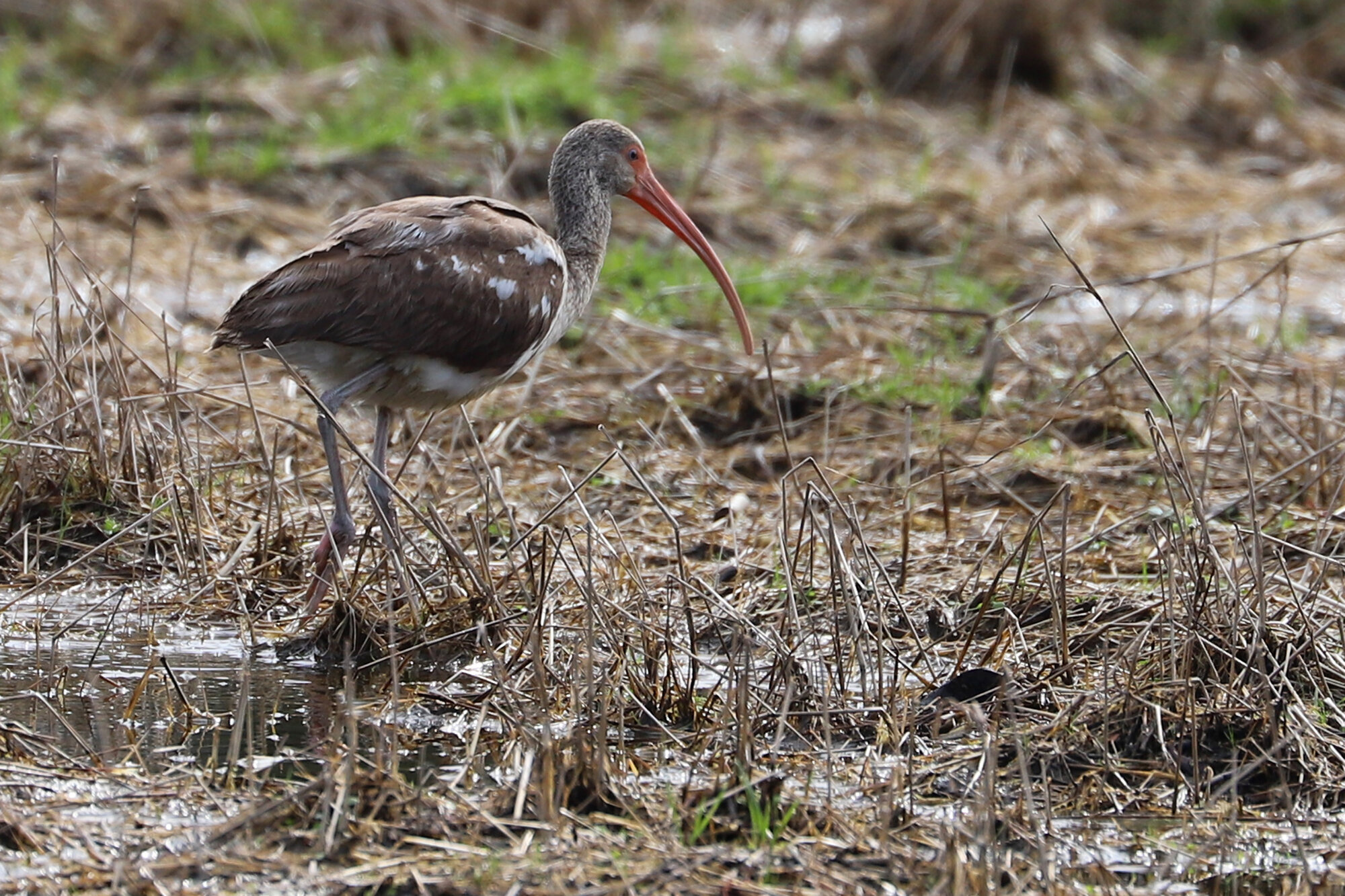
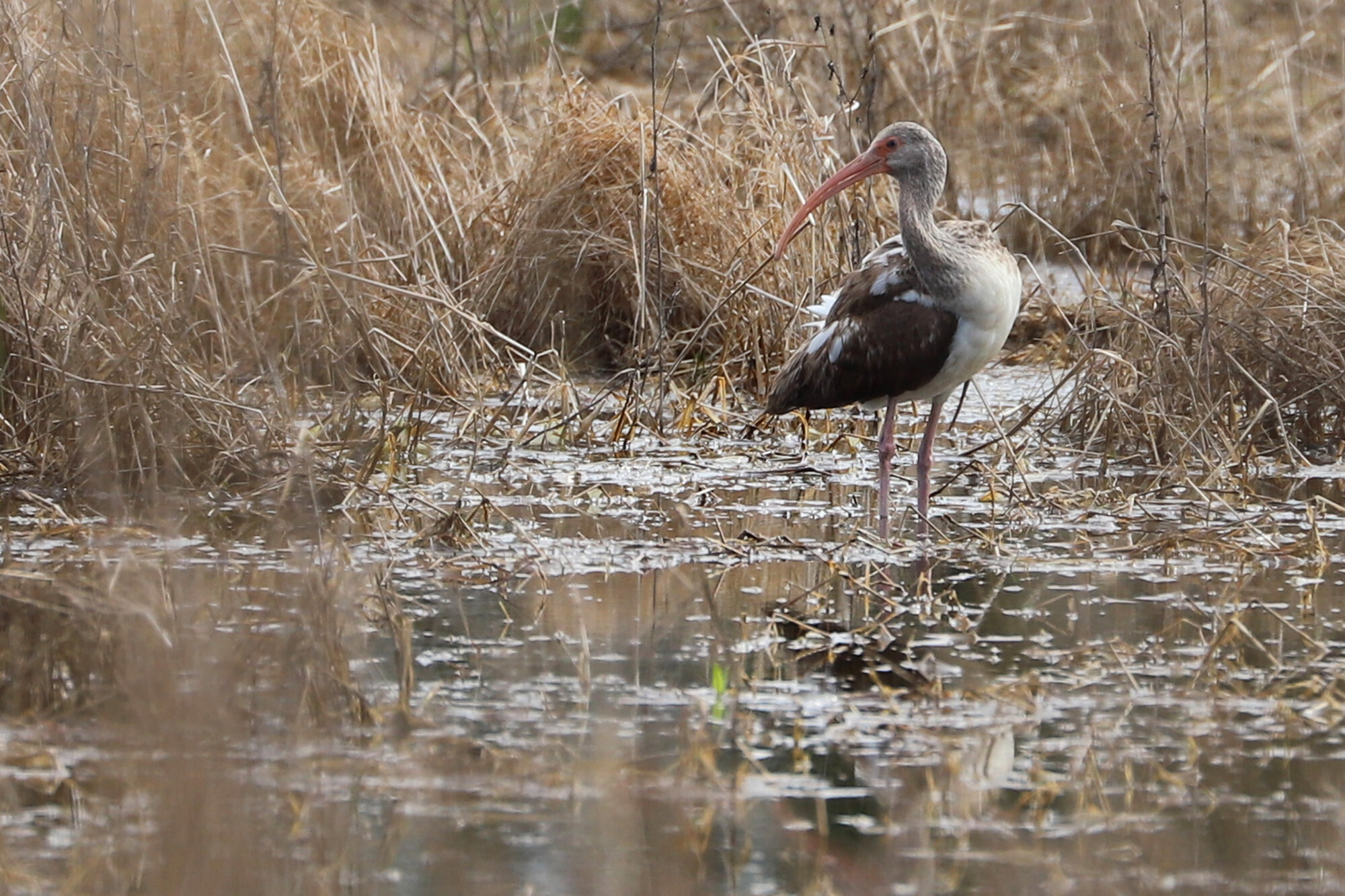
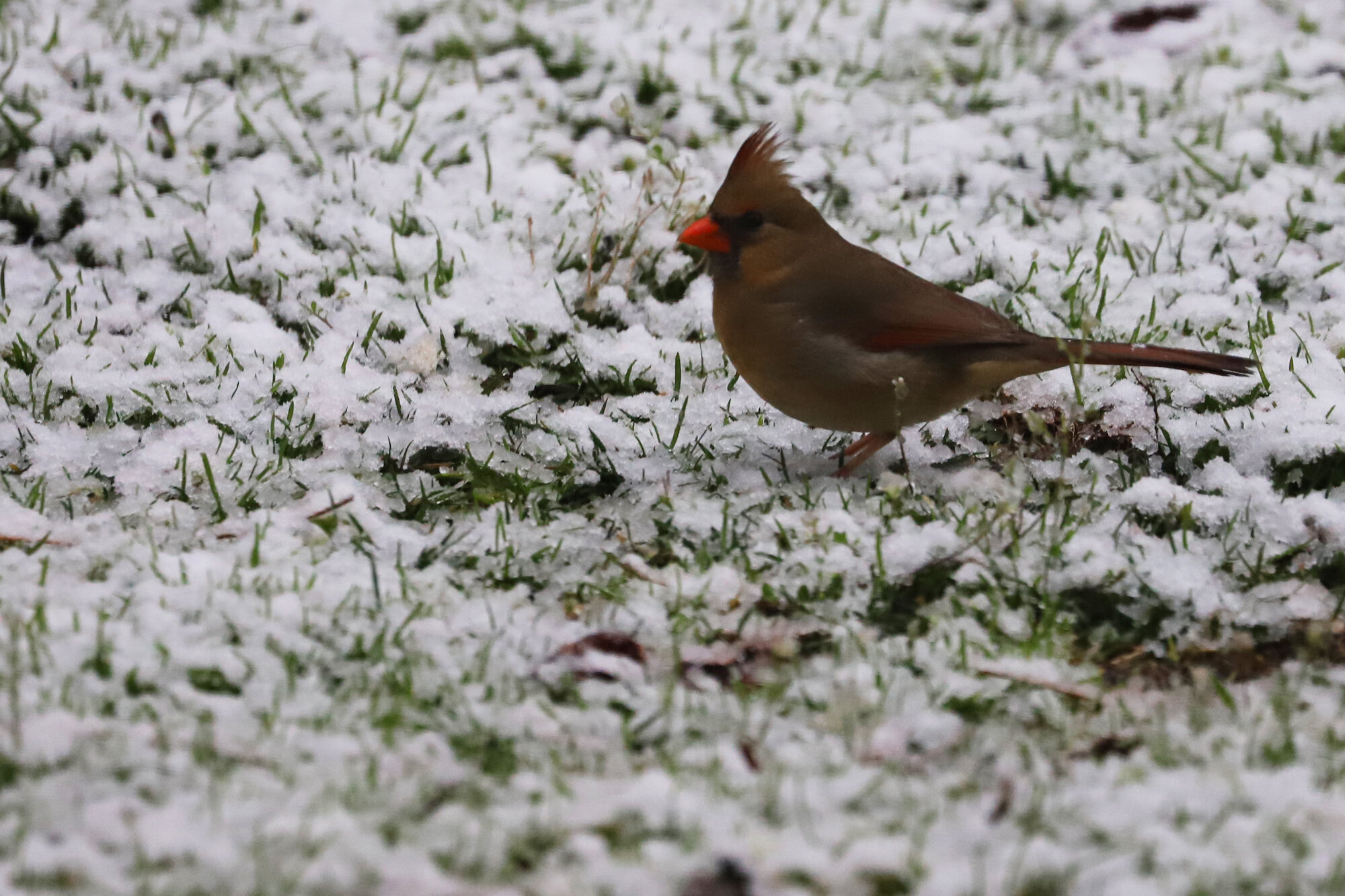
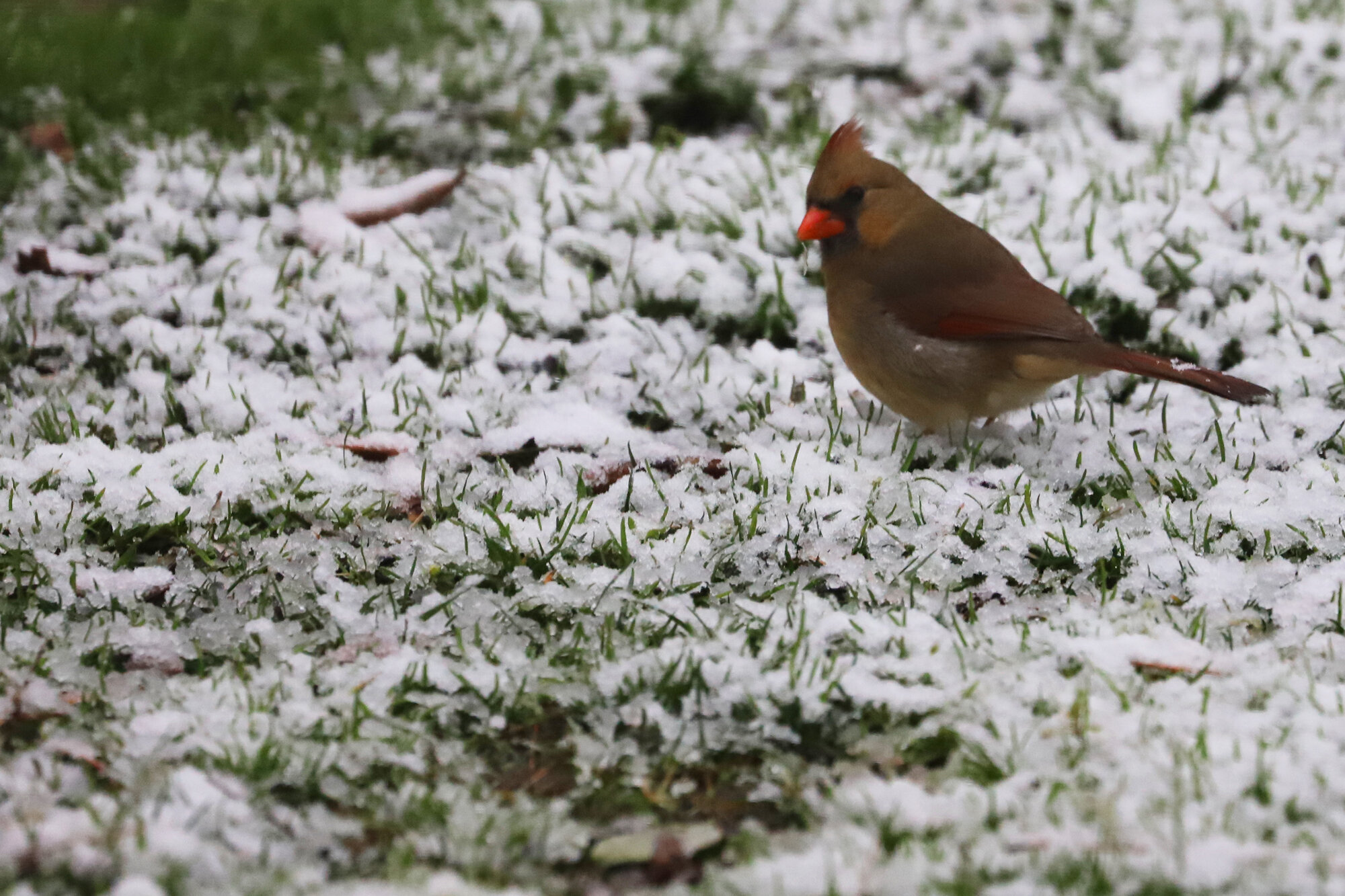
At least two YELLOW-BREASTED CHATS were recorded this month in Virginia Beach, though the individual mentioned in the January entry visiting a private residence’s feeder was not one of the two. Surprisingly, an individual was found at Little Island Park on 17 Feb (ph. Nick Ramsey) and was likely to be the same individual observed there on 4 Dec (ph. Steve Myers). Though it hadn’t been seen during the gap, chats tend to be quite skulky and when not vocalizing can be difficult to put eyes on. This individual continued through 29 Feb (ph. Steve Keith, ph. Cindy Hamilton). On 23 Feb, another Yellow-breasted Chat was discovered at Princess Anne WMA Whitehurst Tract (ph. Rob Bielawski), inhabiting the very same thicket that has held the White-eyed Vireo all winter. While there were recording during February in most of the states north and east of us, and in Nova Scotia, neither Georgia nor South Carolina had any records, so the wintering distribution of chats is certainly intriguing. (Feb 2020 Map)
Only the second RUSTY BLACKBIRD for the calendar year was recorded this month, when a single individual was viewed among a few Red-winged Blackbirds near a retention pond at the southern end of Cedar Crescent Court on 22 Feb (vis. David Clark). Though this species is more expected inland during the winter season, this was the only accepted eBird report in the three coastal Virginia counties during February. (Feb 2020 Map)
The group of BREWER’S BLACKBIRDS found during the Back Bay CBC on 29 Dec (ph. Tommy Maloney), continued through at least 21 Feb (6, vis. Andrew Baldelli). While there were records for this species in Florida, Georgia, Tennessee & Kentucky, there were no other records in any of the East Coast states during February. This makes the small flock quite the geographic outlier when browsing the eBird maps for the month! (Feb 2020 Map)
Matching the count in January, at least four BLACK-AND-WHITE WARBLERS were observed in Virginia Beach during February. Individuals previously reported that continued into this month included one at a private residence in Oak Spring through 5 Feb (vis. Carolyn Page), one at Stumpy Lake NA through 20 Feb (ph. Prashant A) and one at a private residence in Great Neck Estates through 29 Feb (vis. J. A.). A new report popped up for an individual at a private residence in Laurel Cove on 28 Feb (ph. Loretta Silvia) though this possibly the Great Neck Estates individual given the close proximity. Only New Jersey and Maryland, each with one report, showed more northerly records than the few scattered Virginia coastal plain reports this month. (Feb 2020 Map)
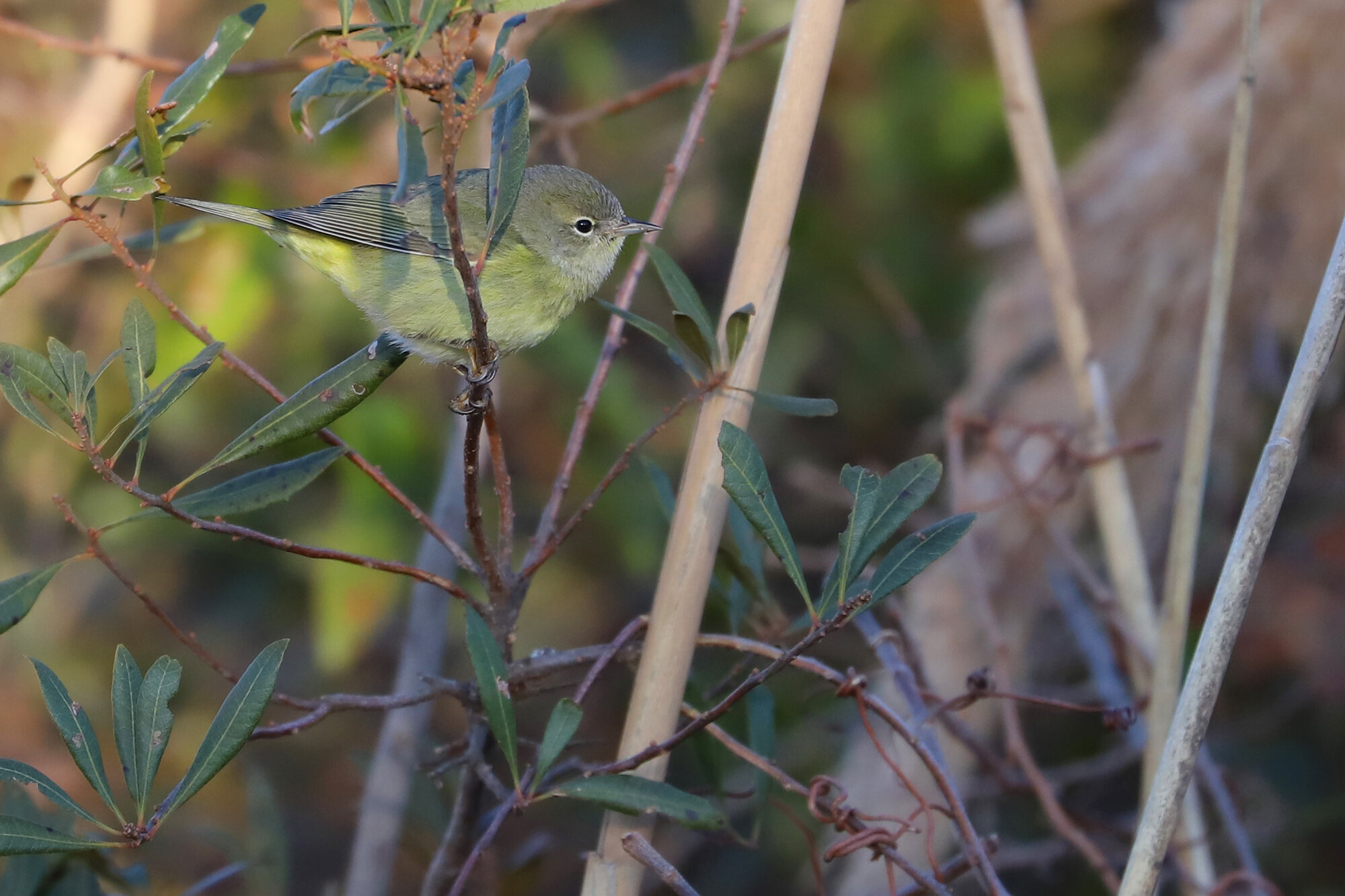
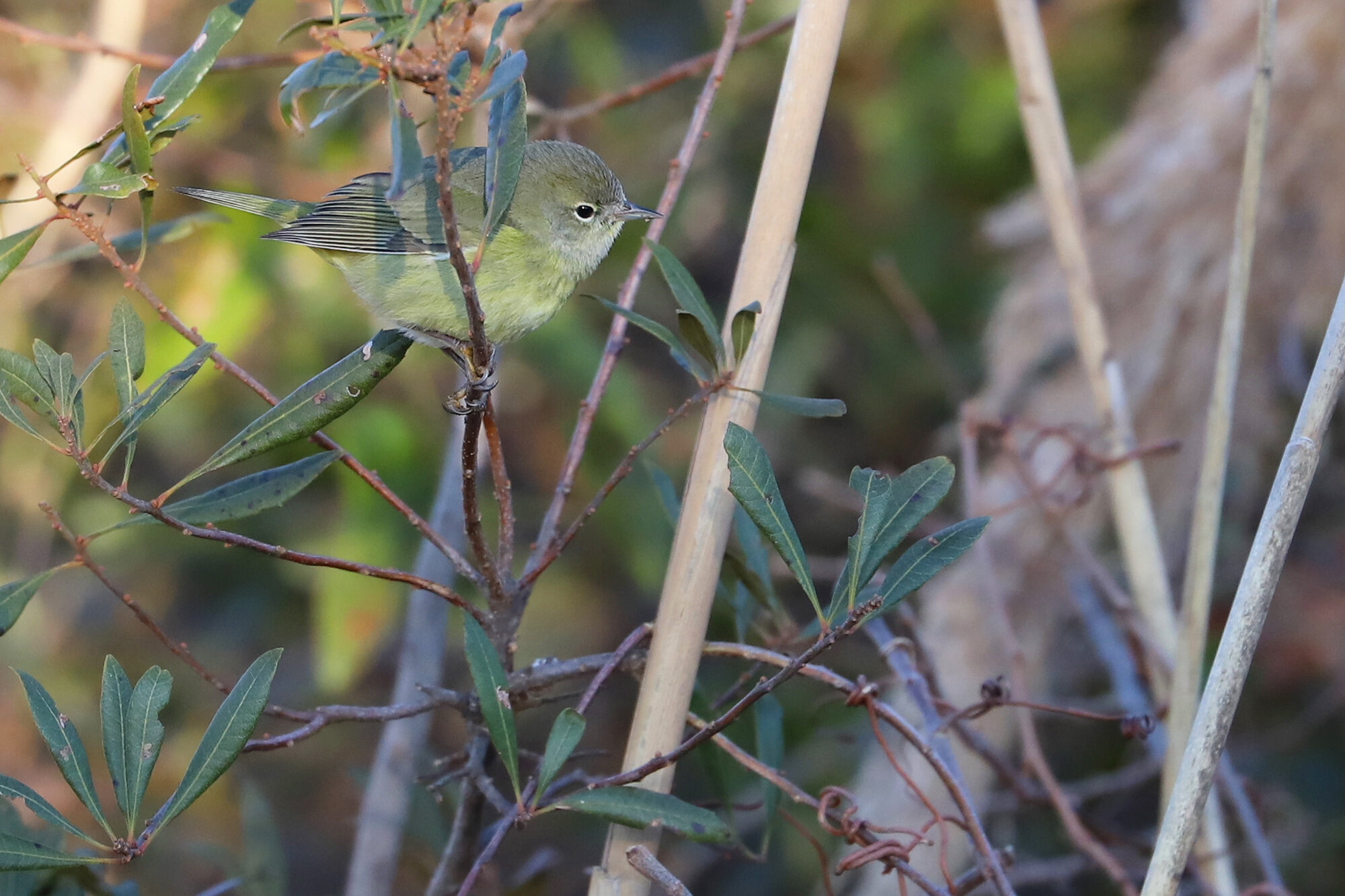

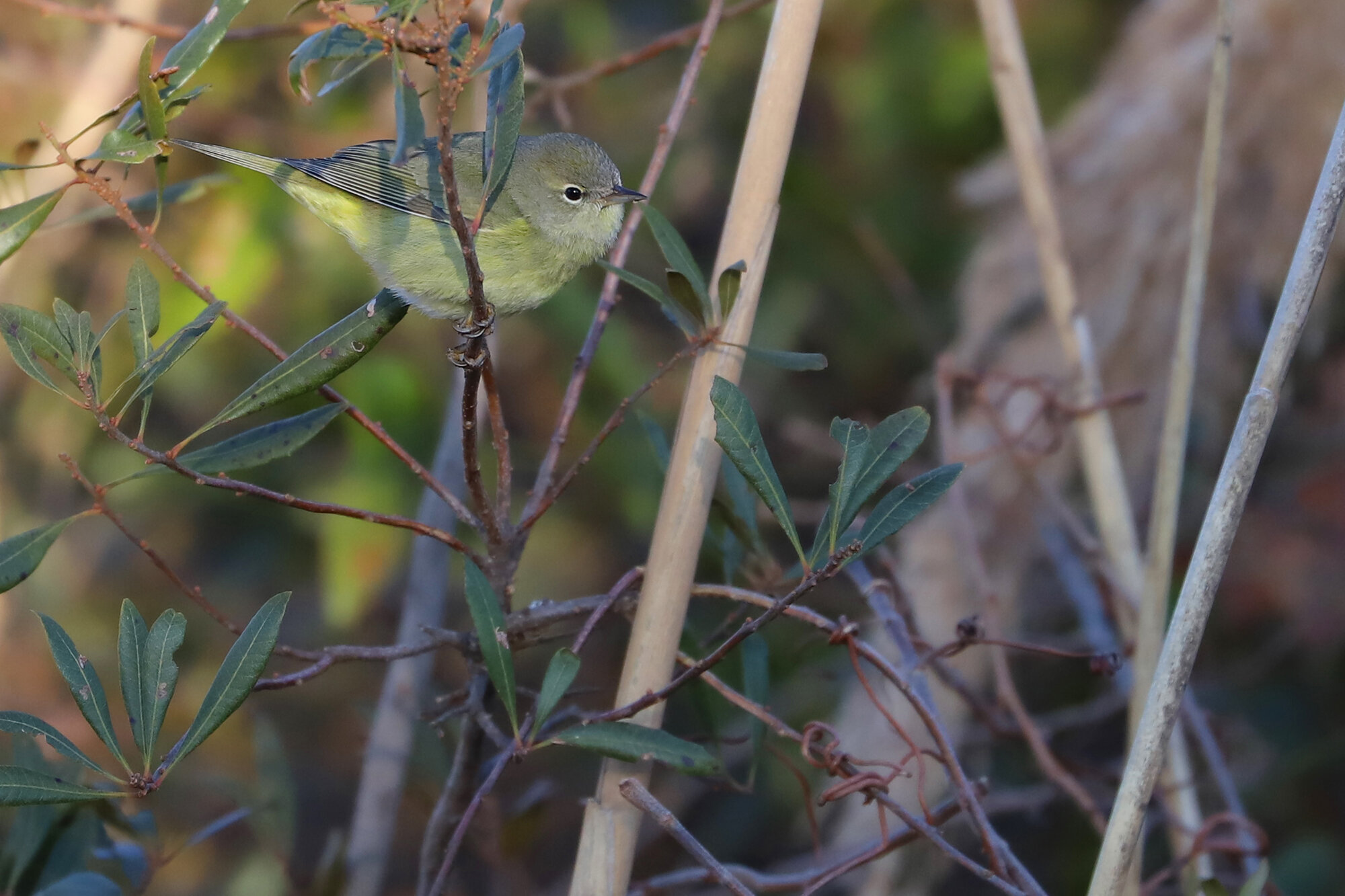
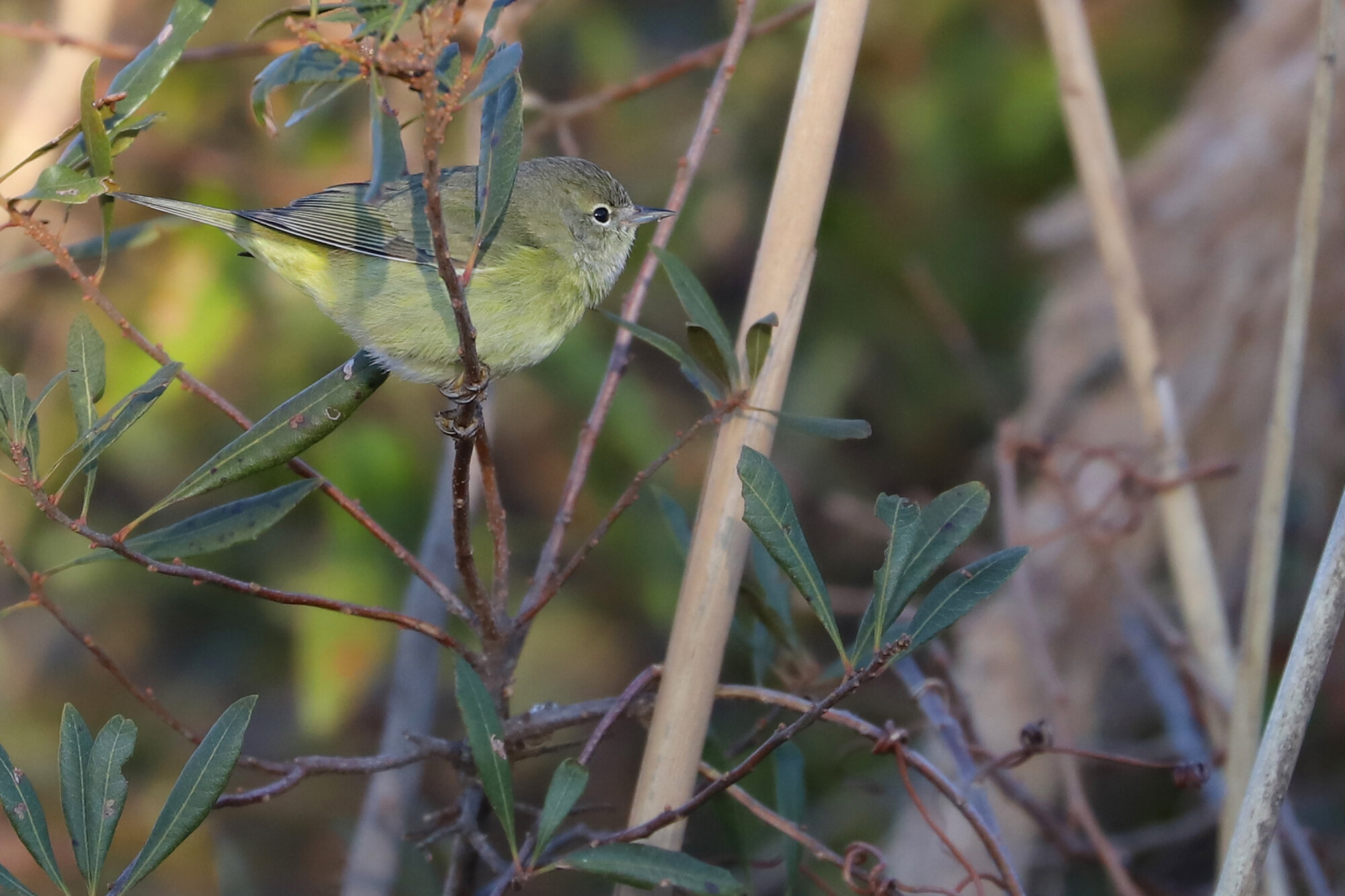
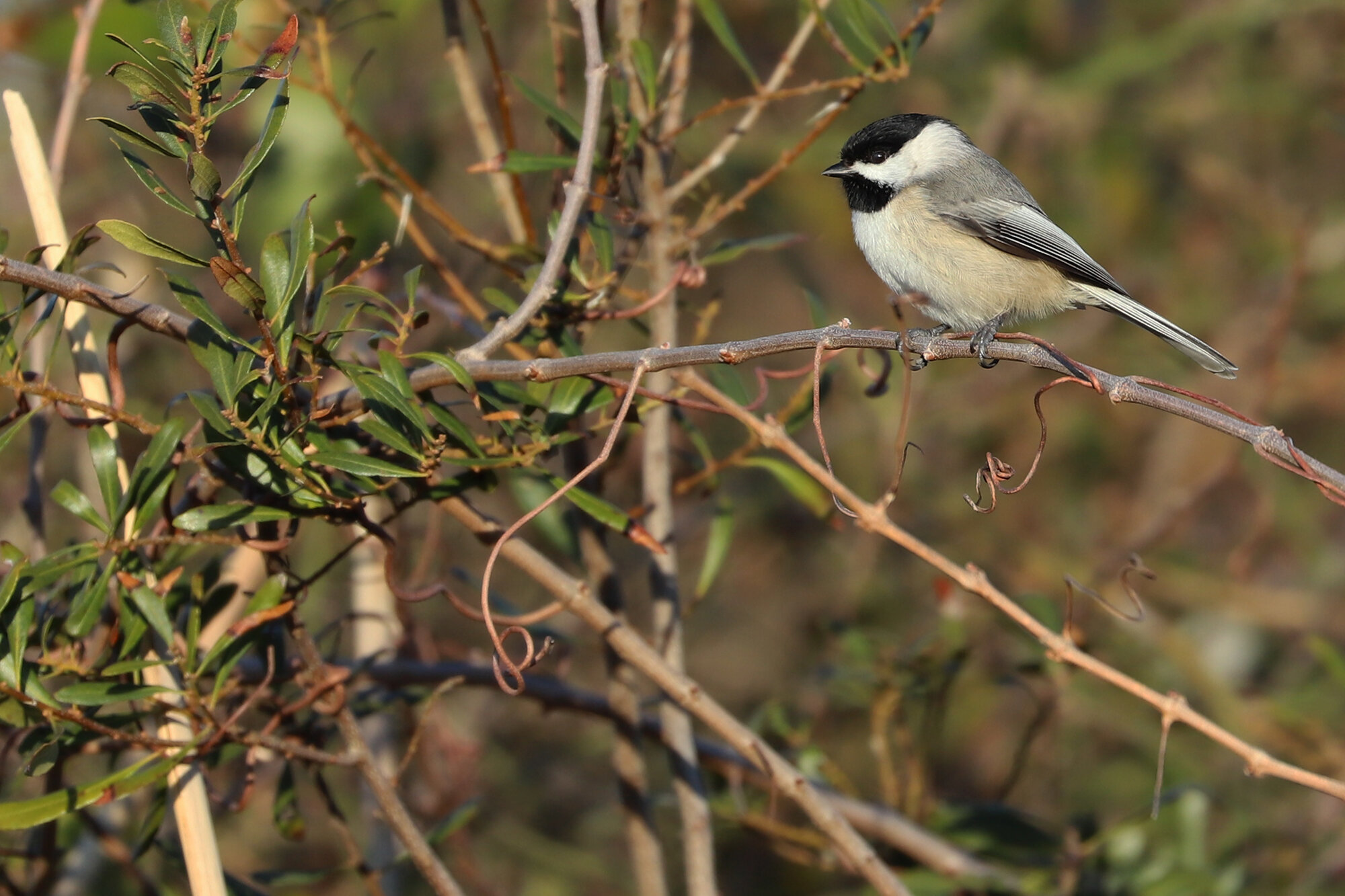
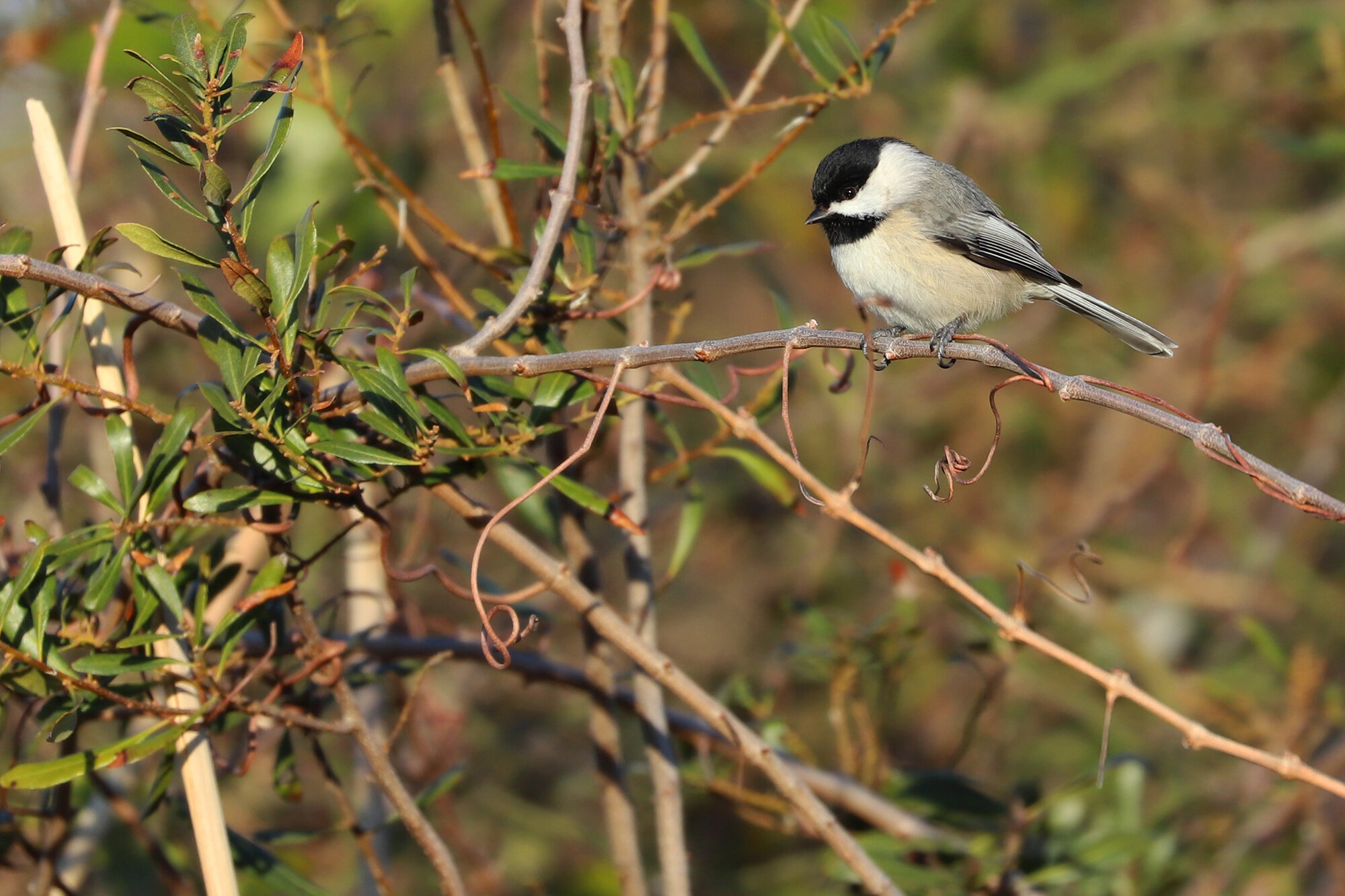
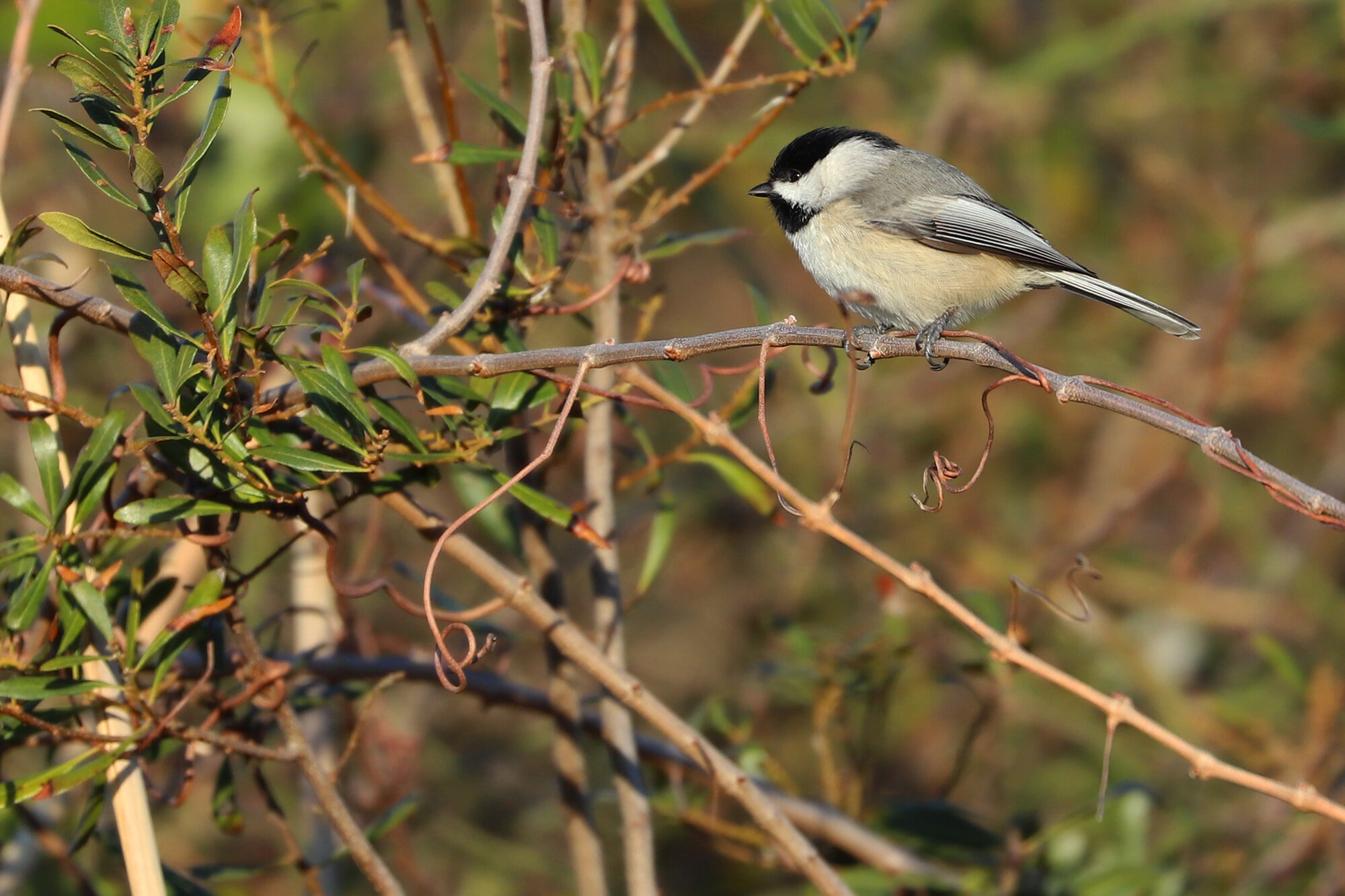
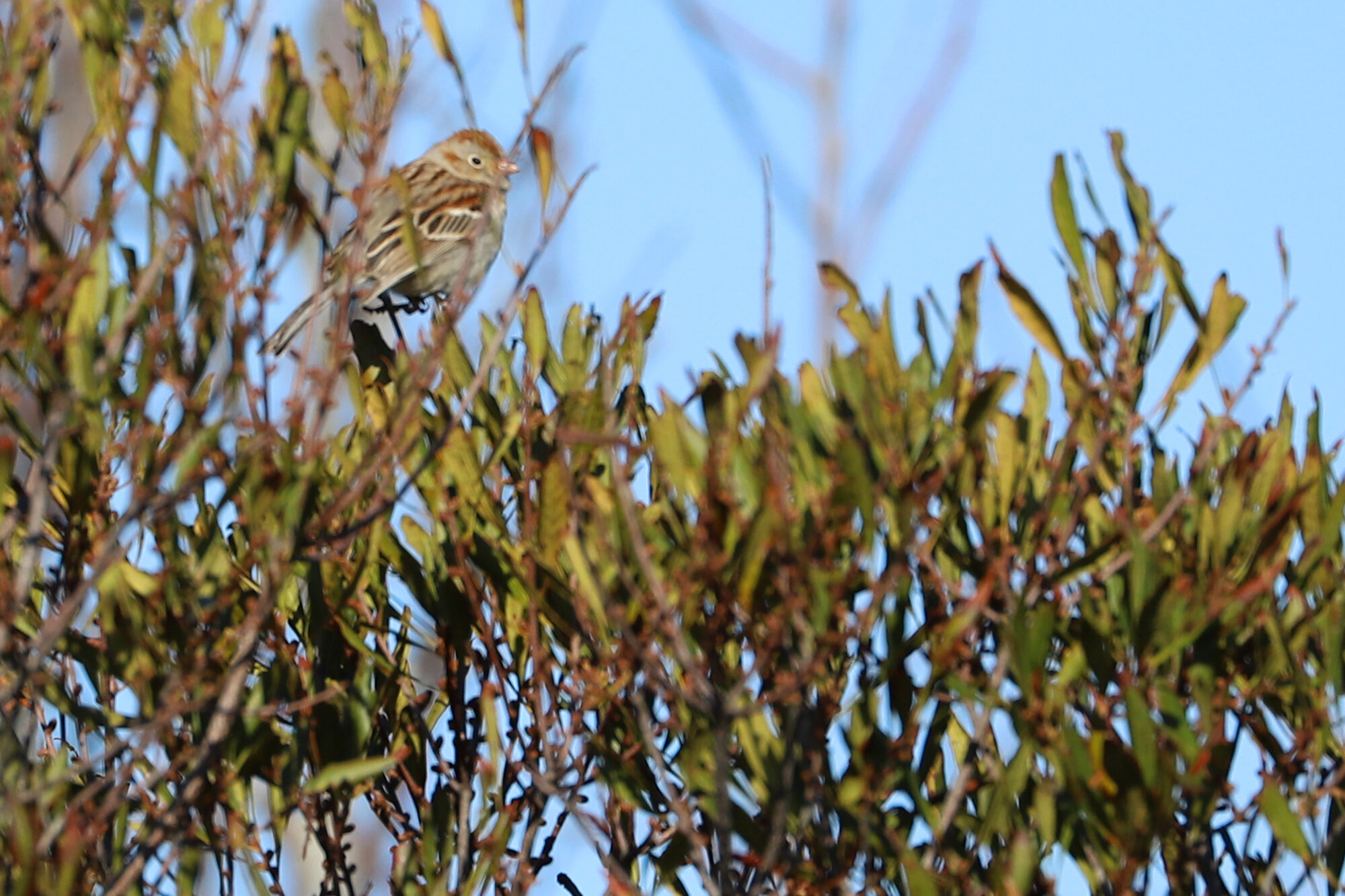
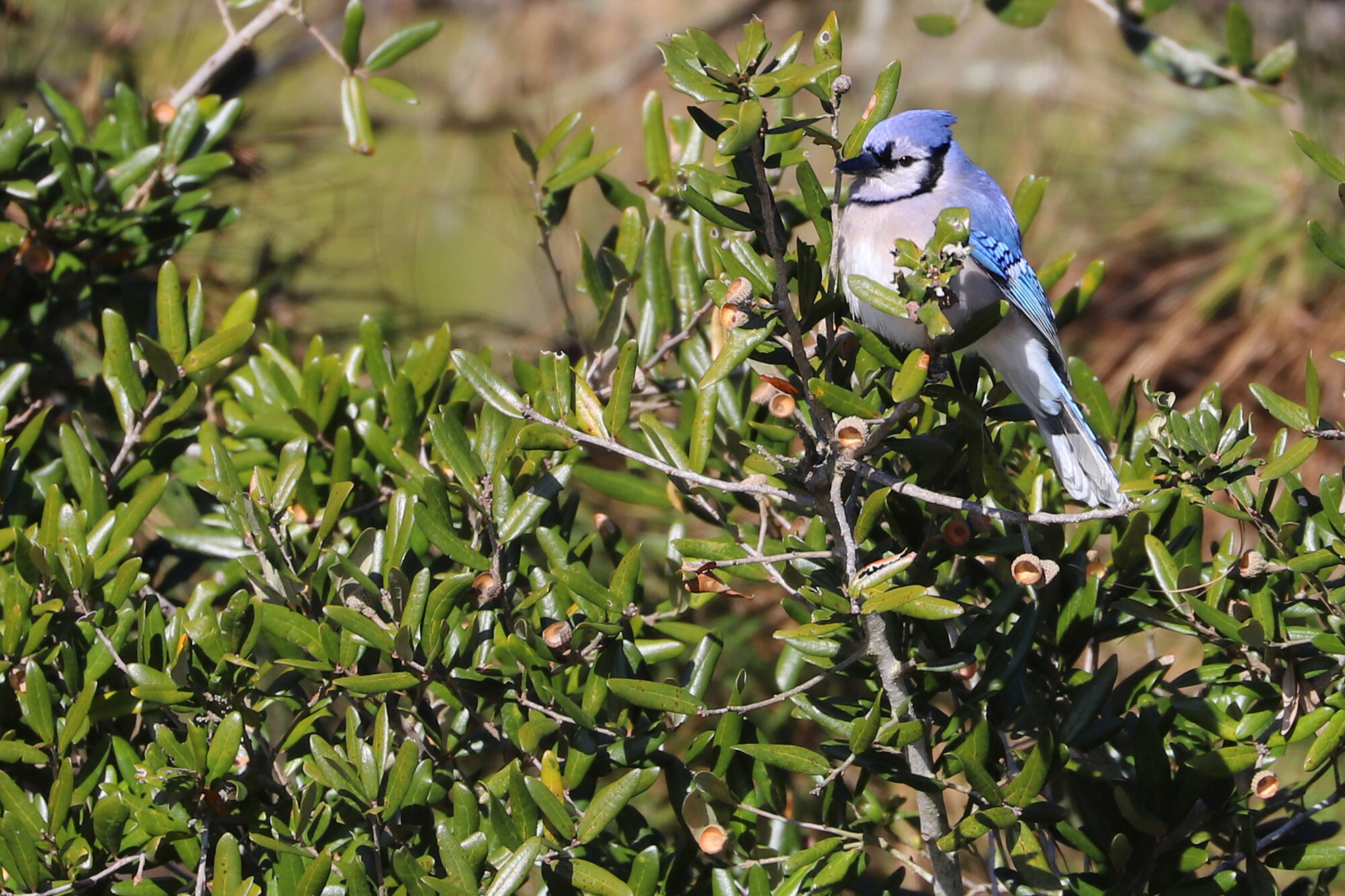
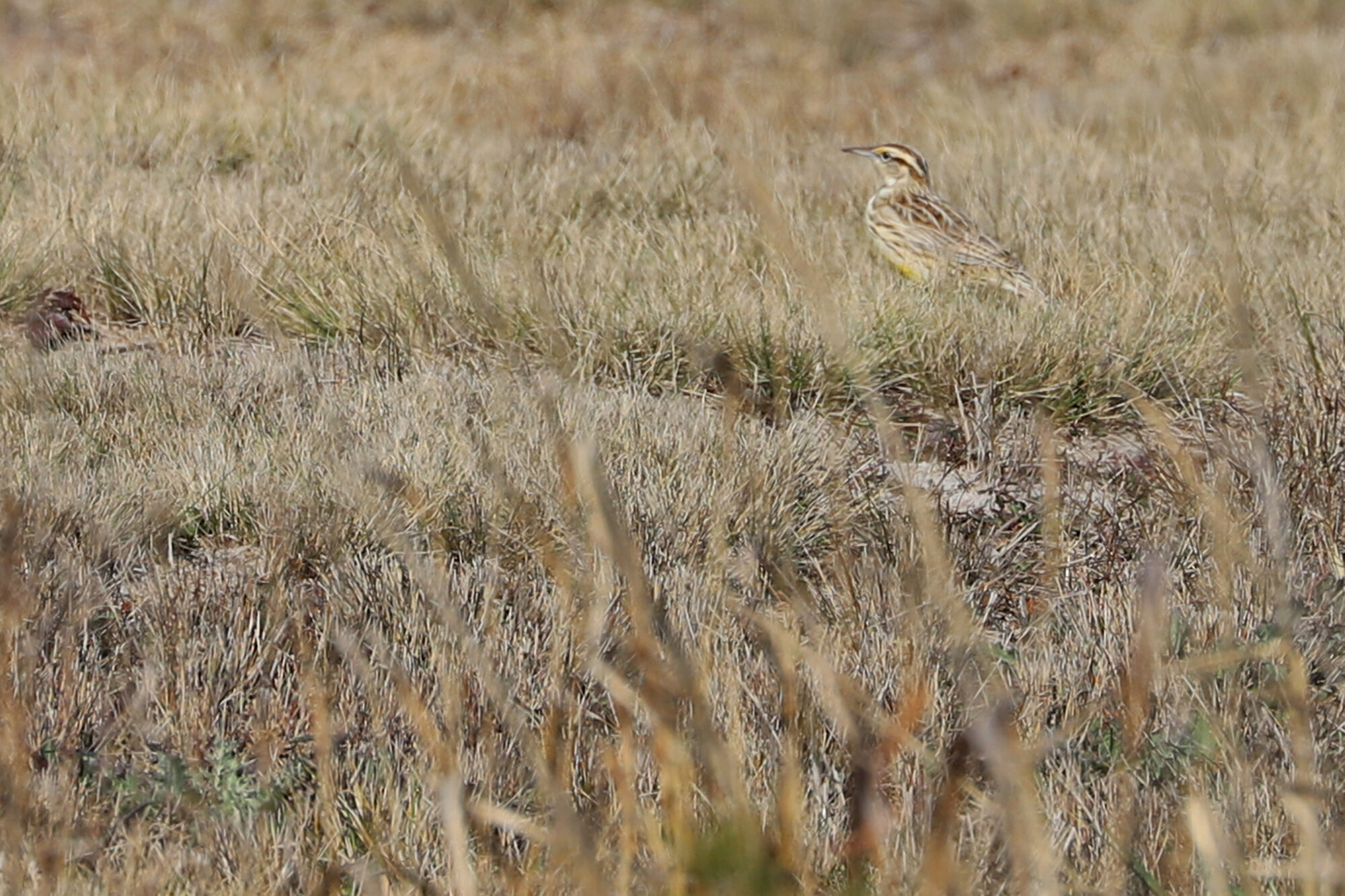
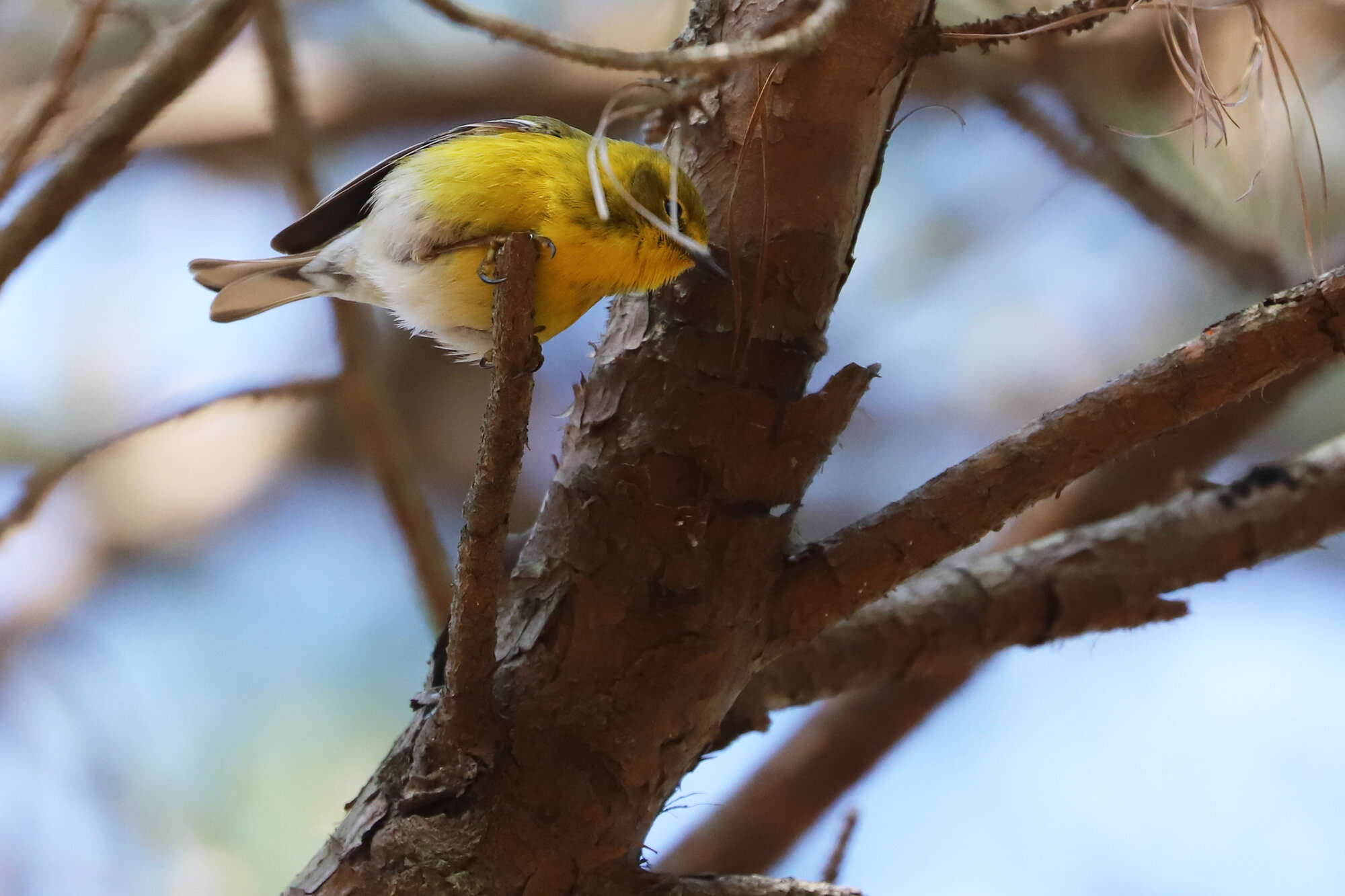
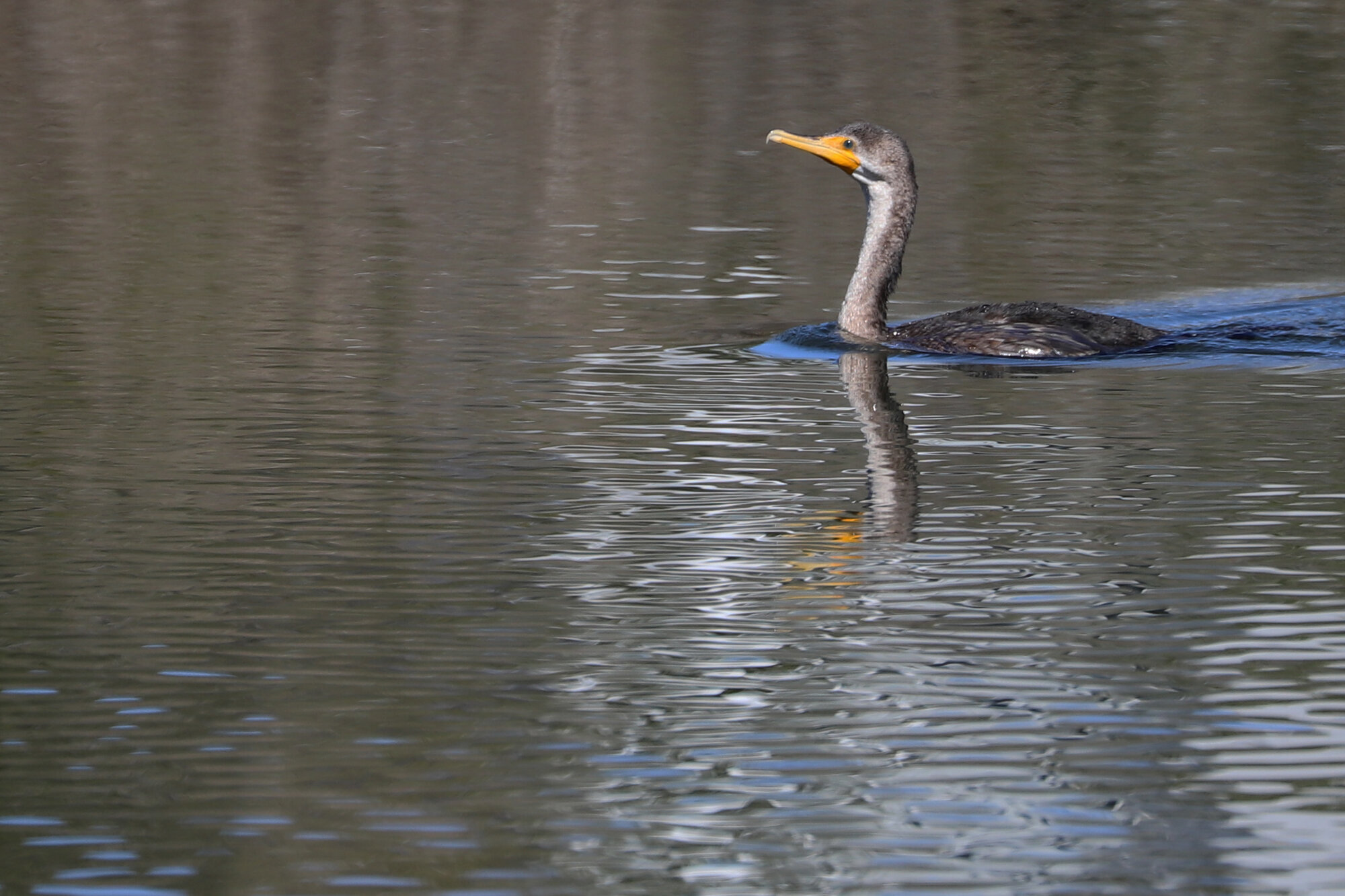
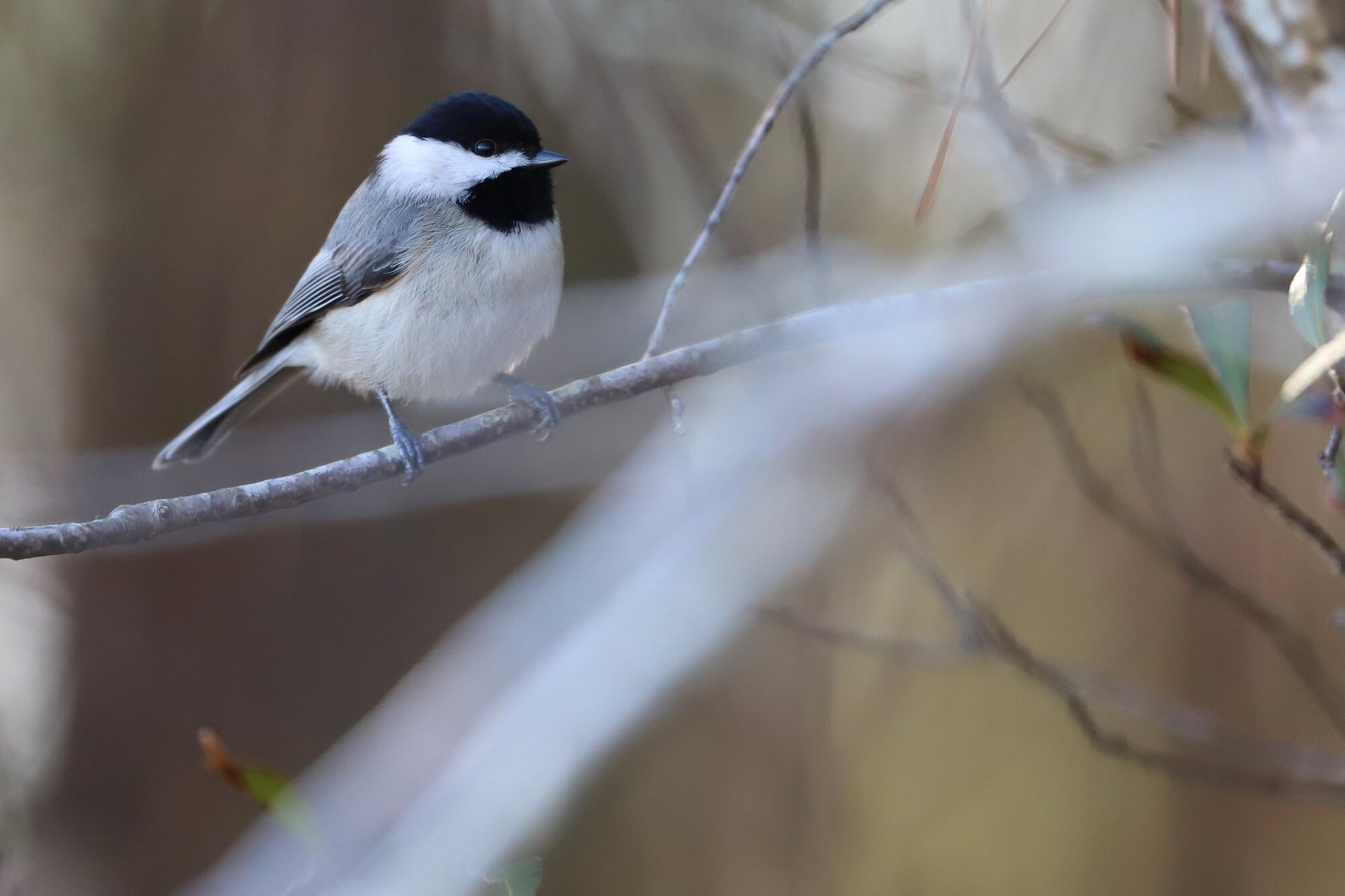
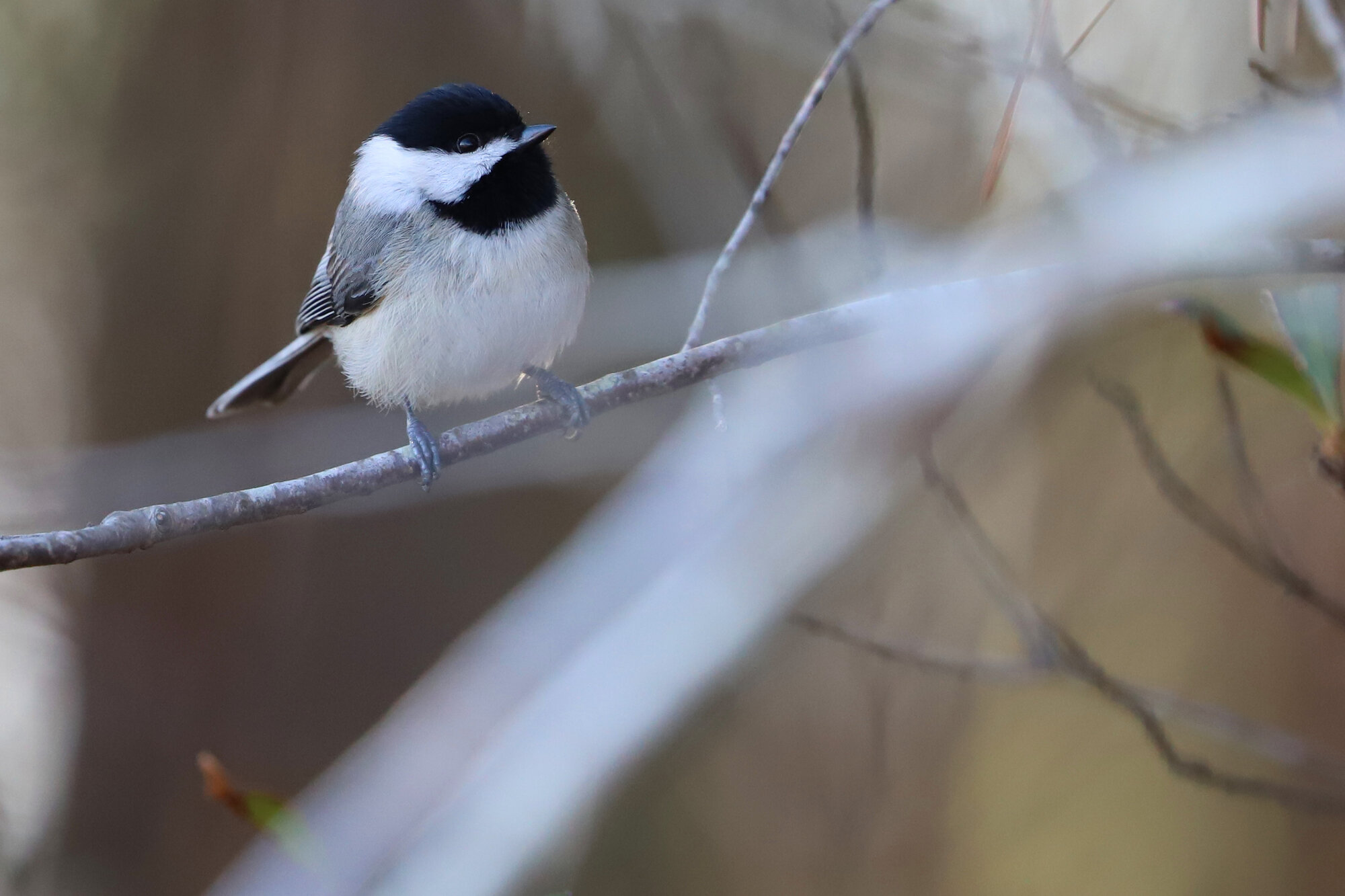
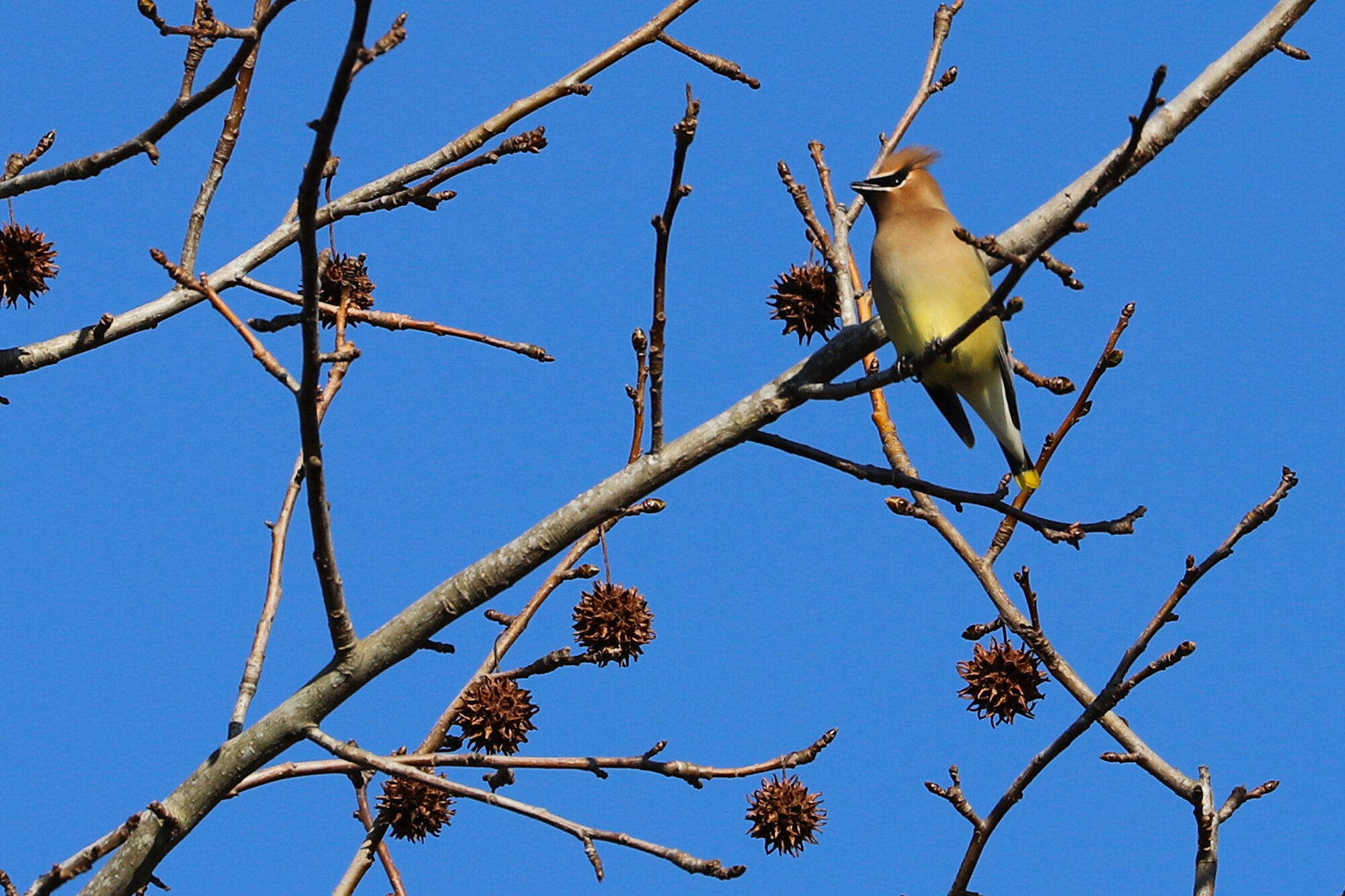
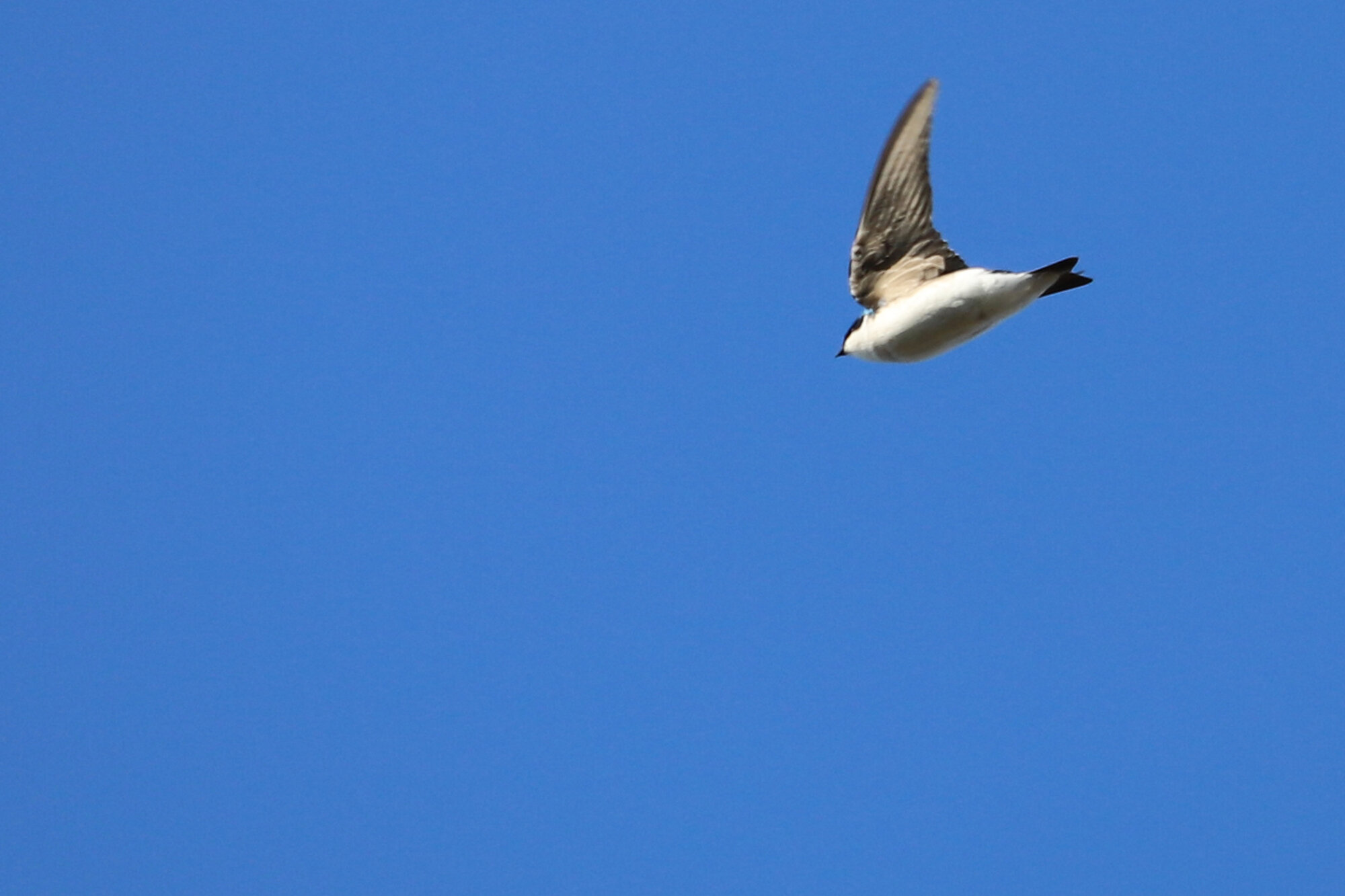
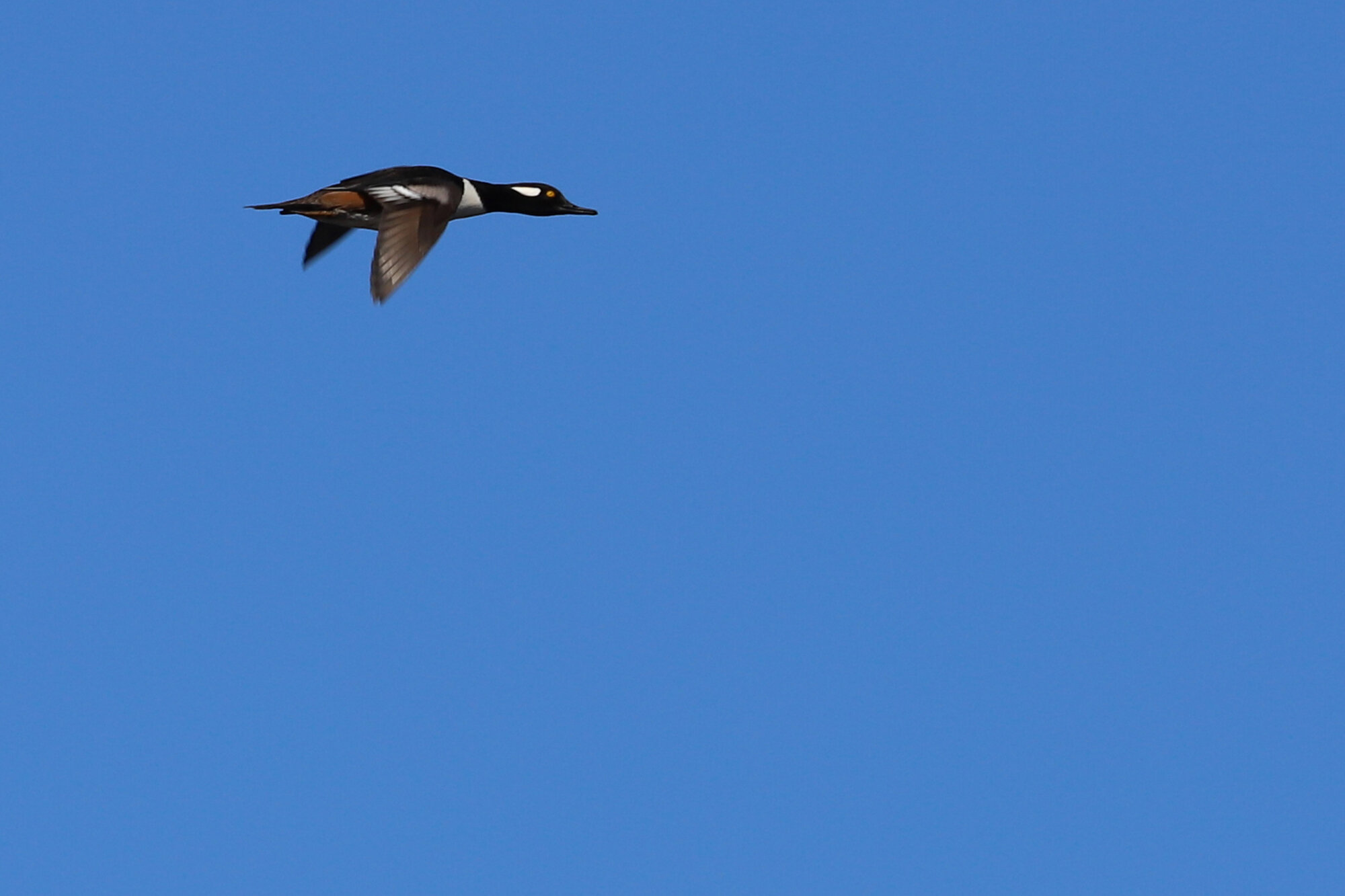
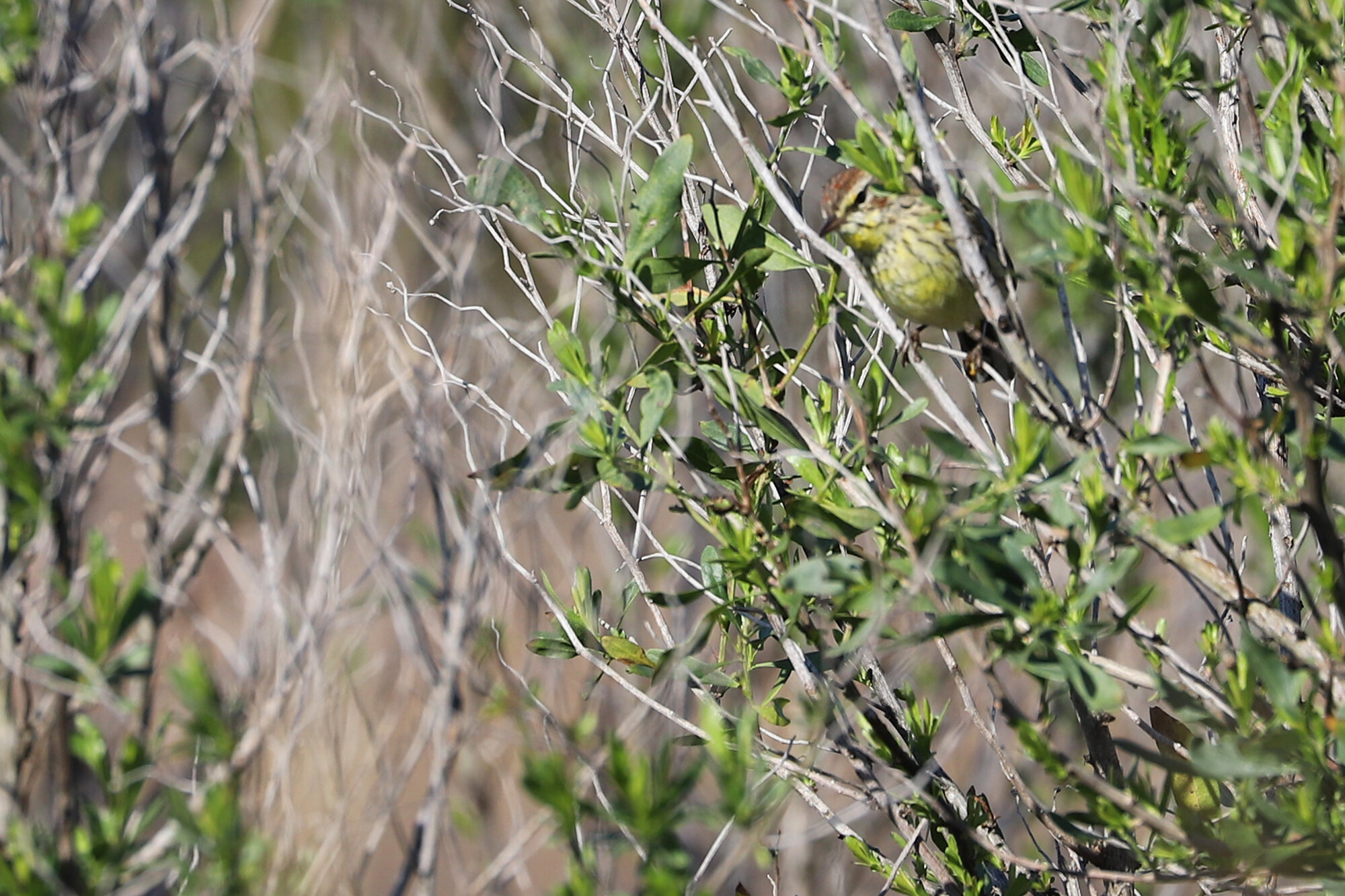
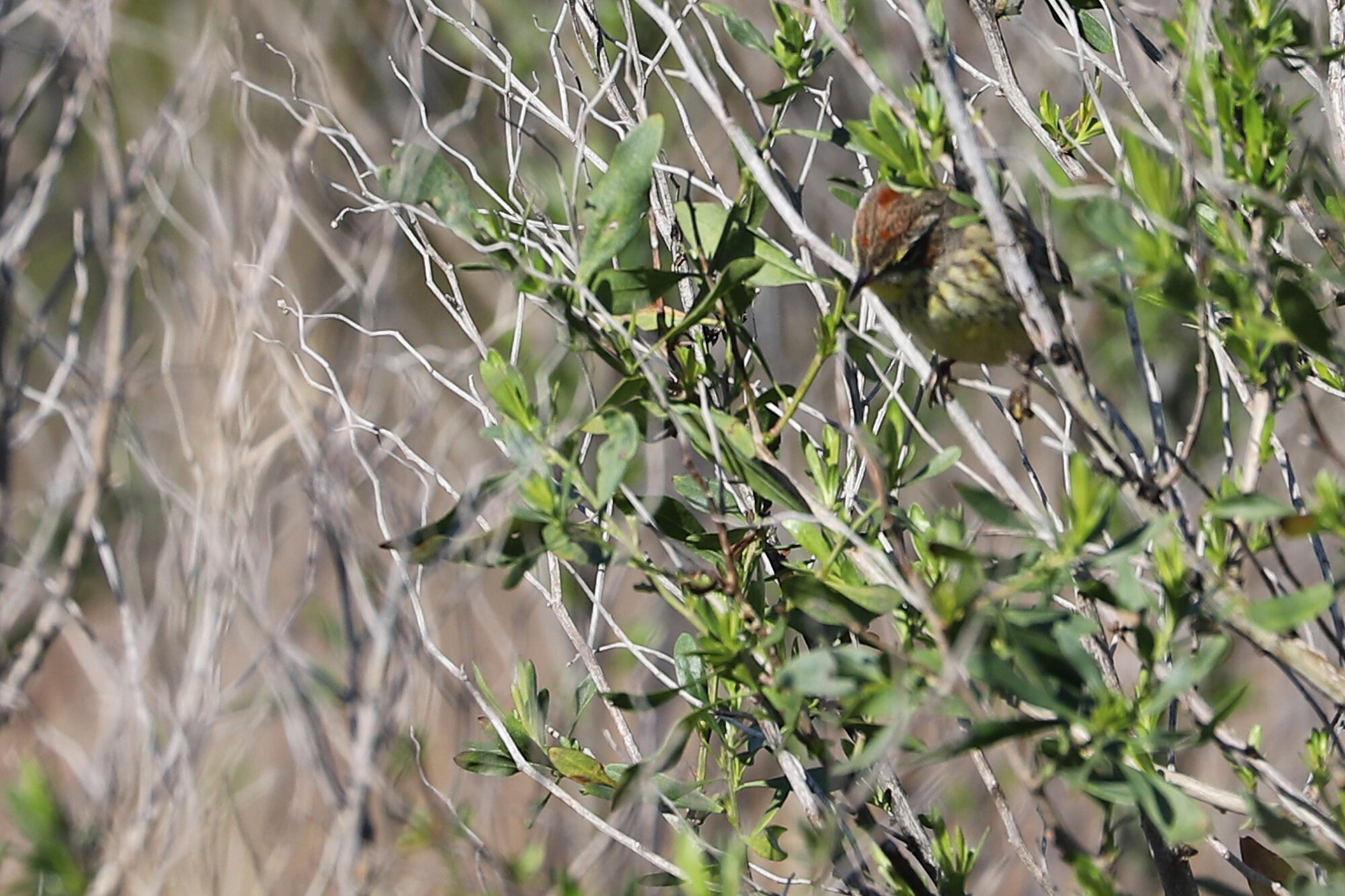
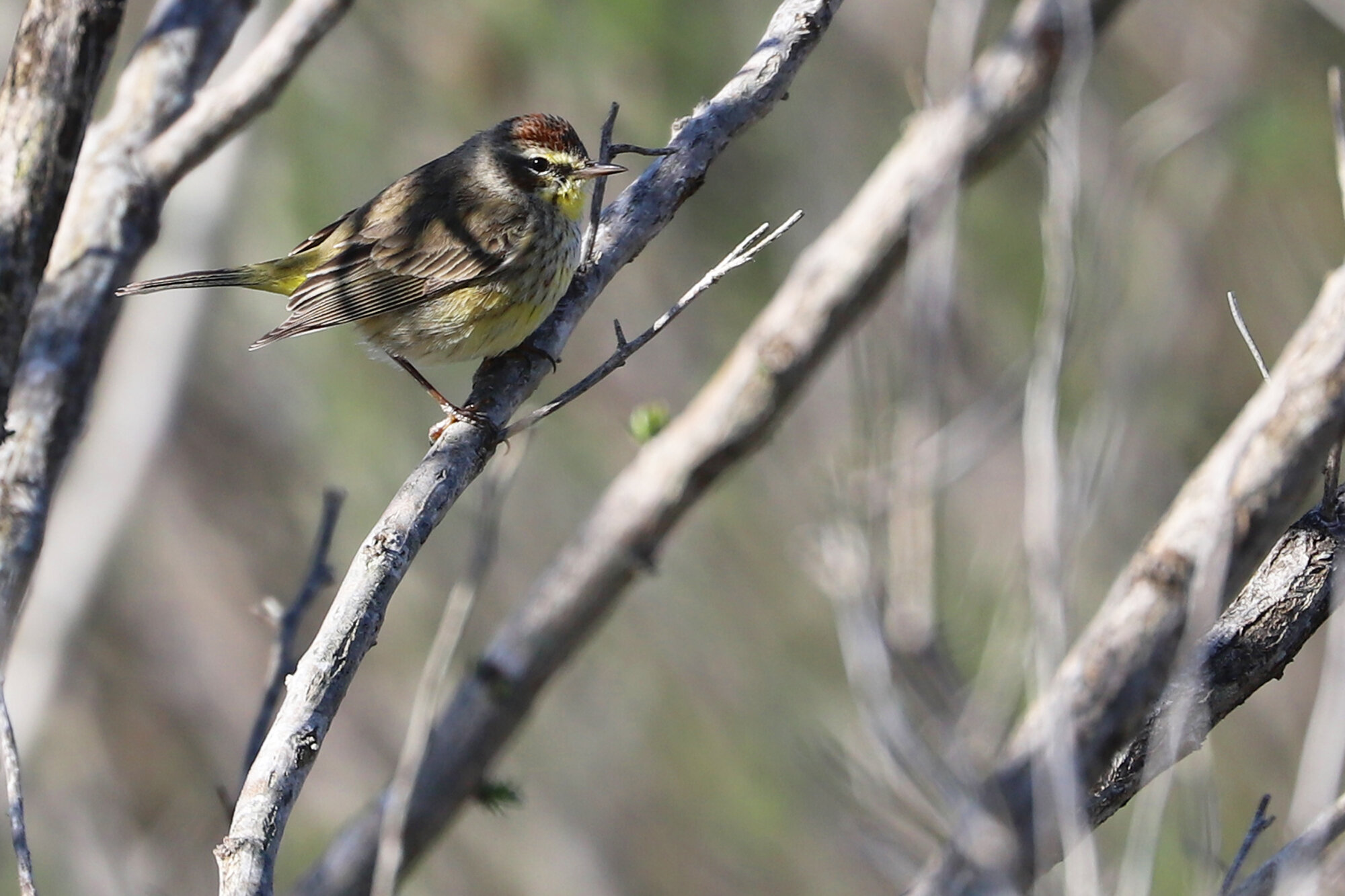
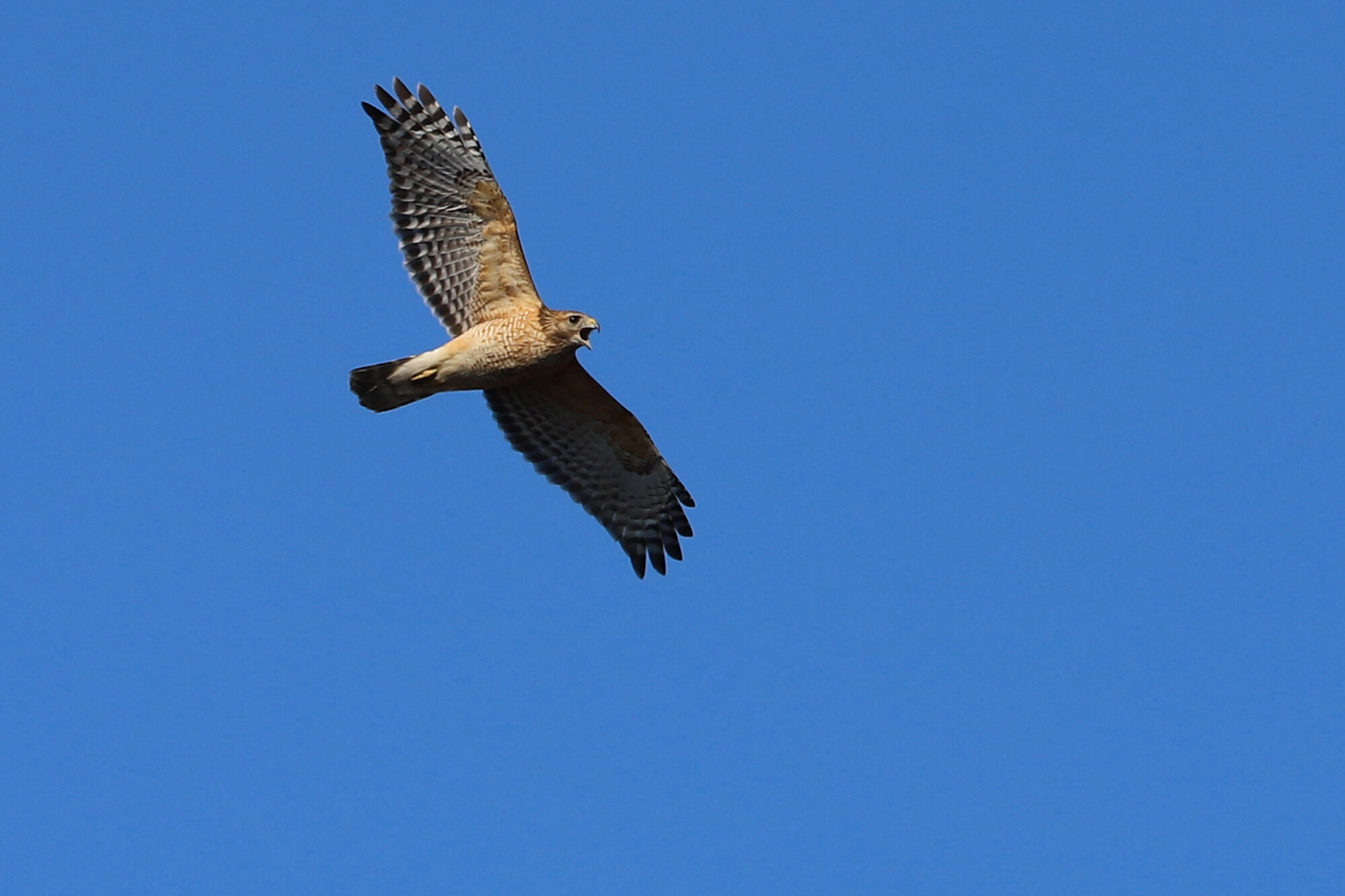
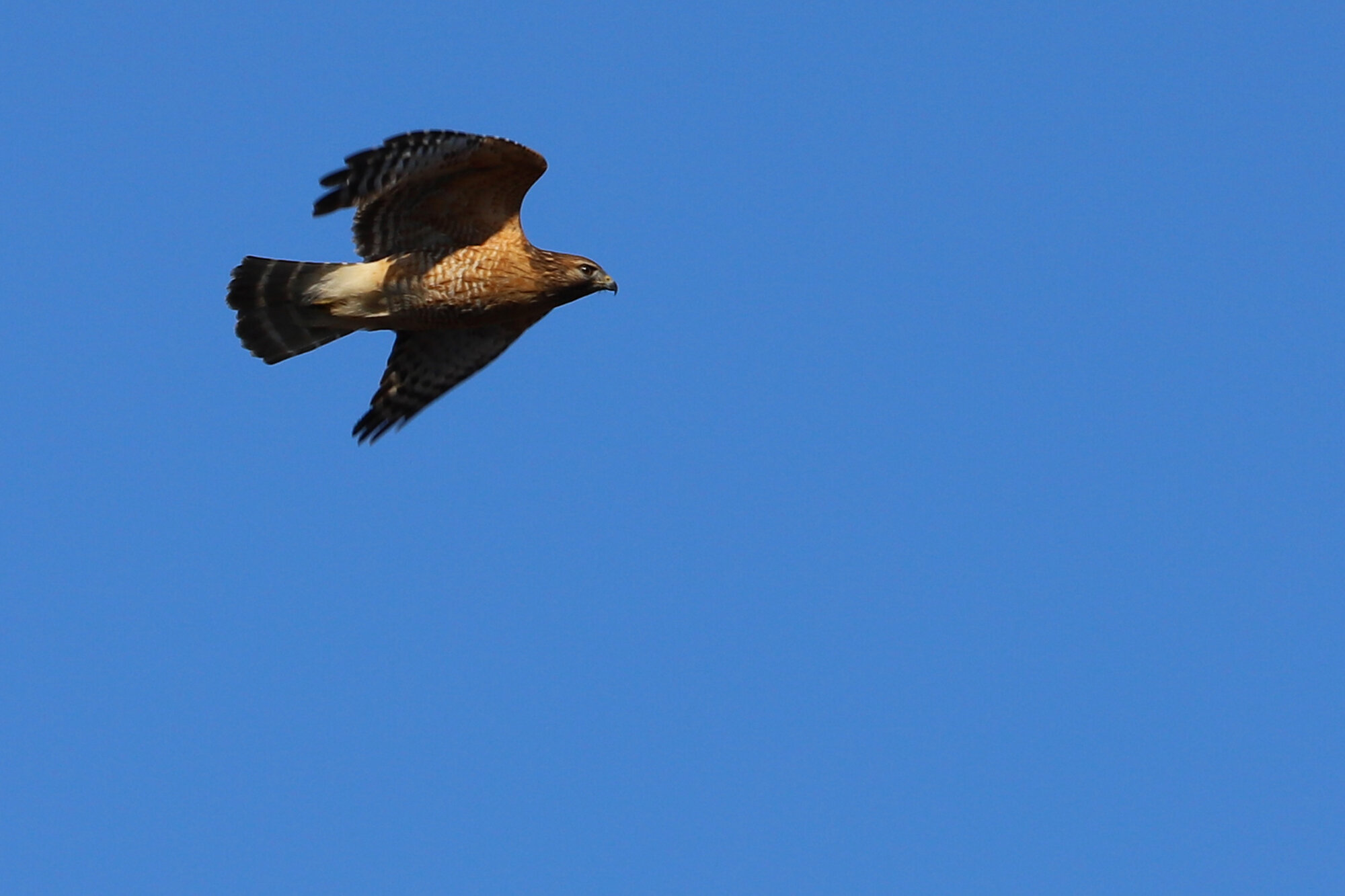


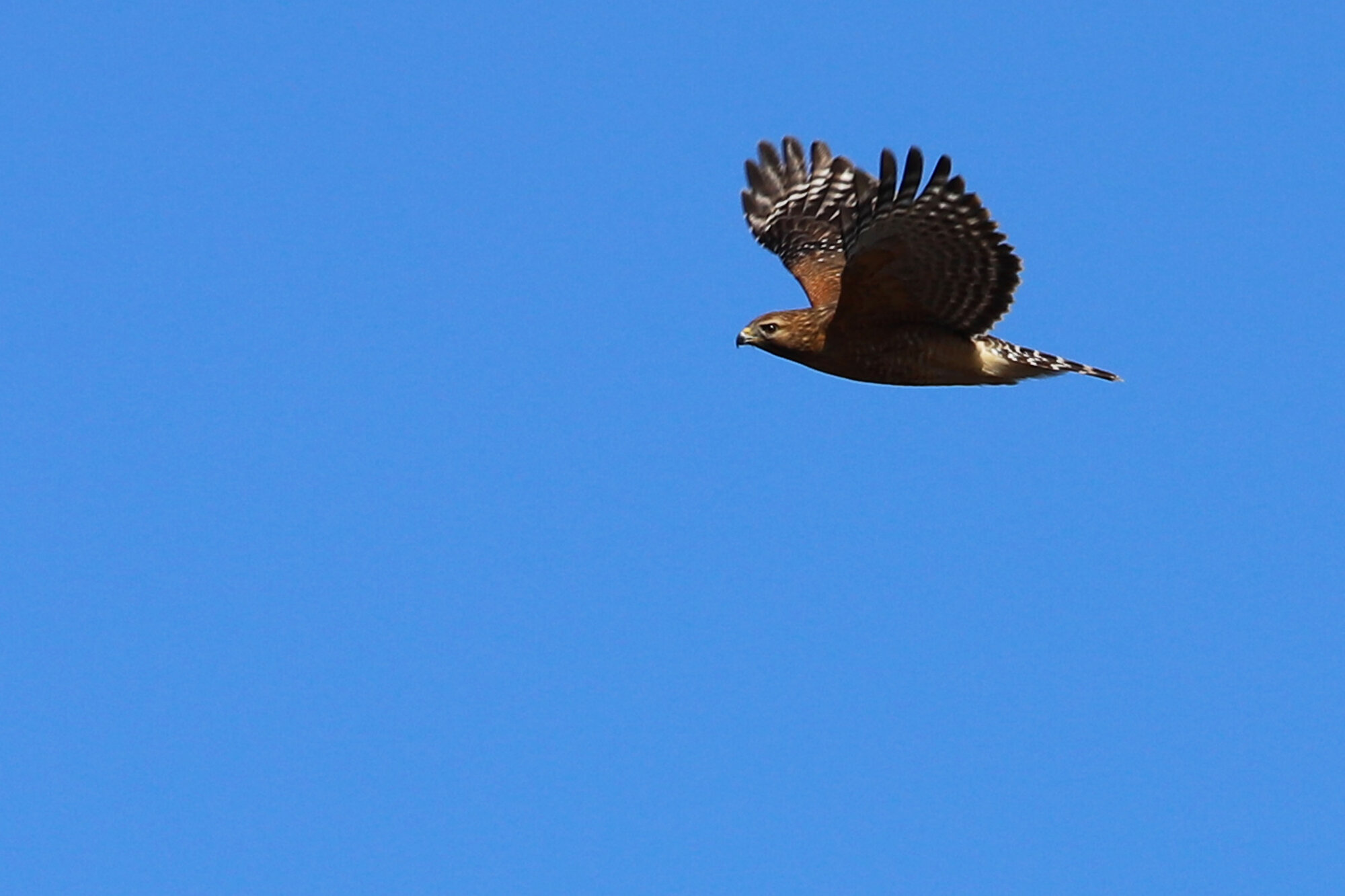
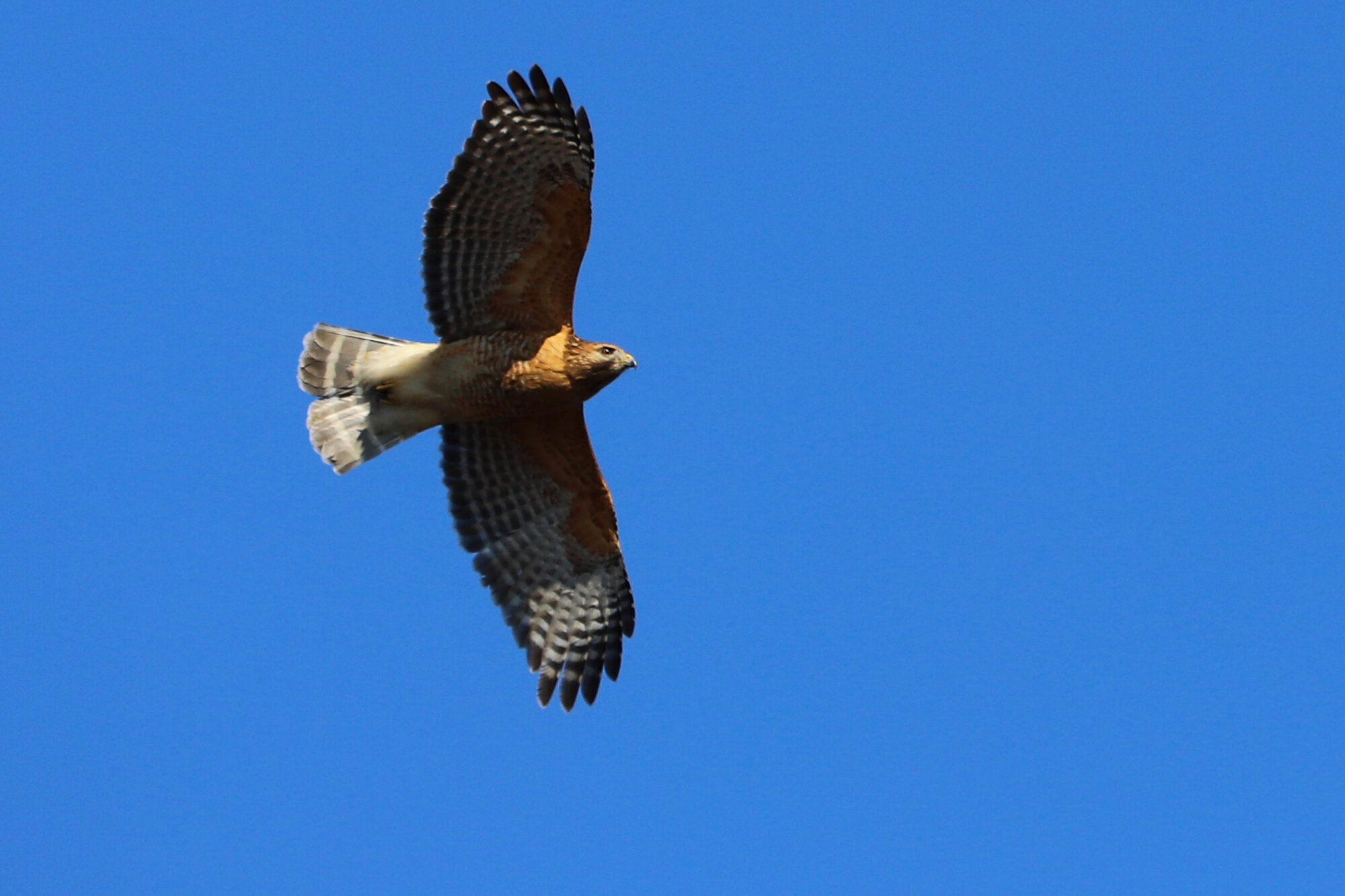
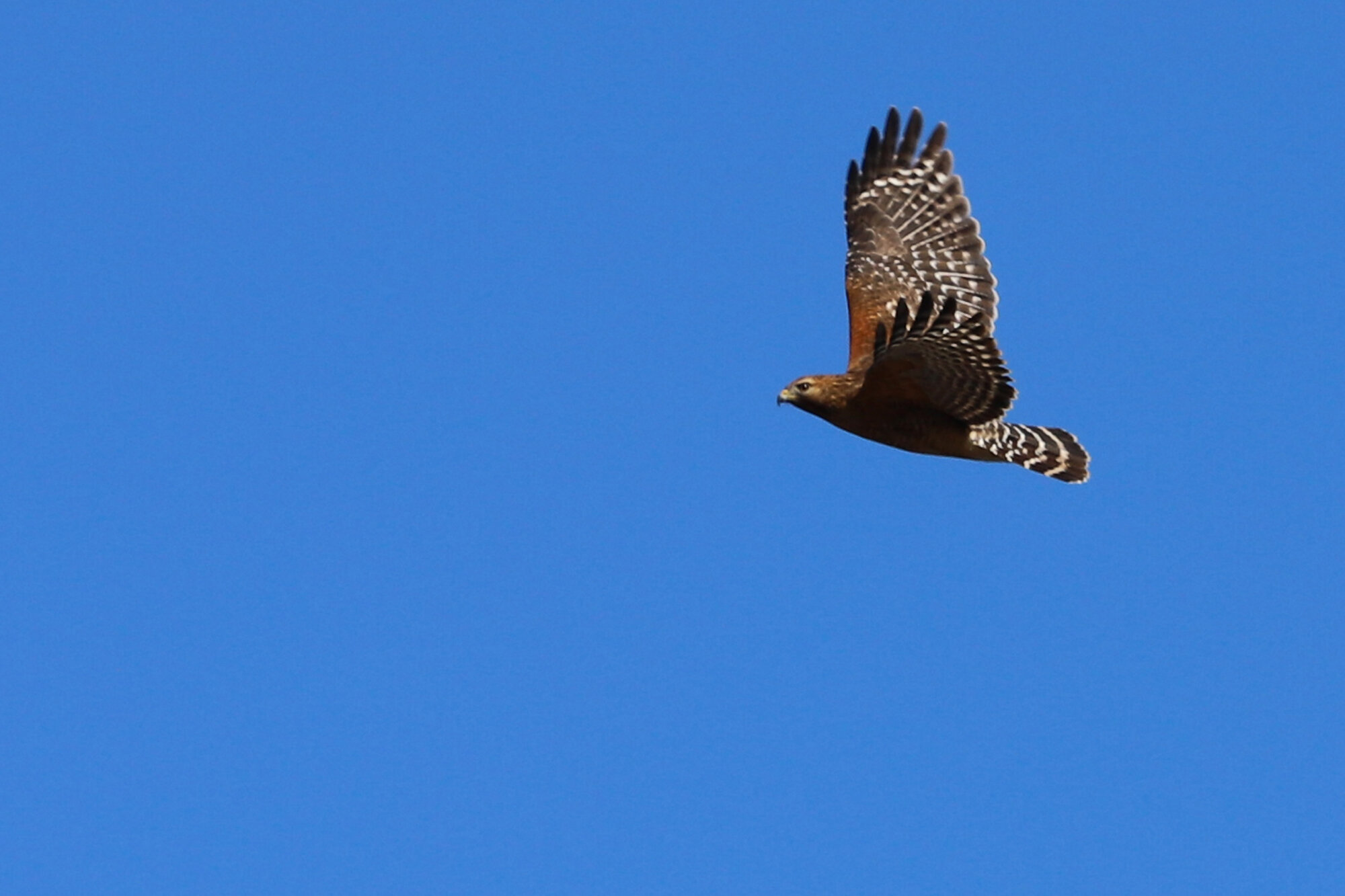
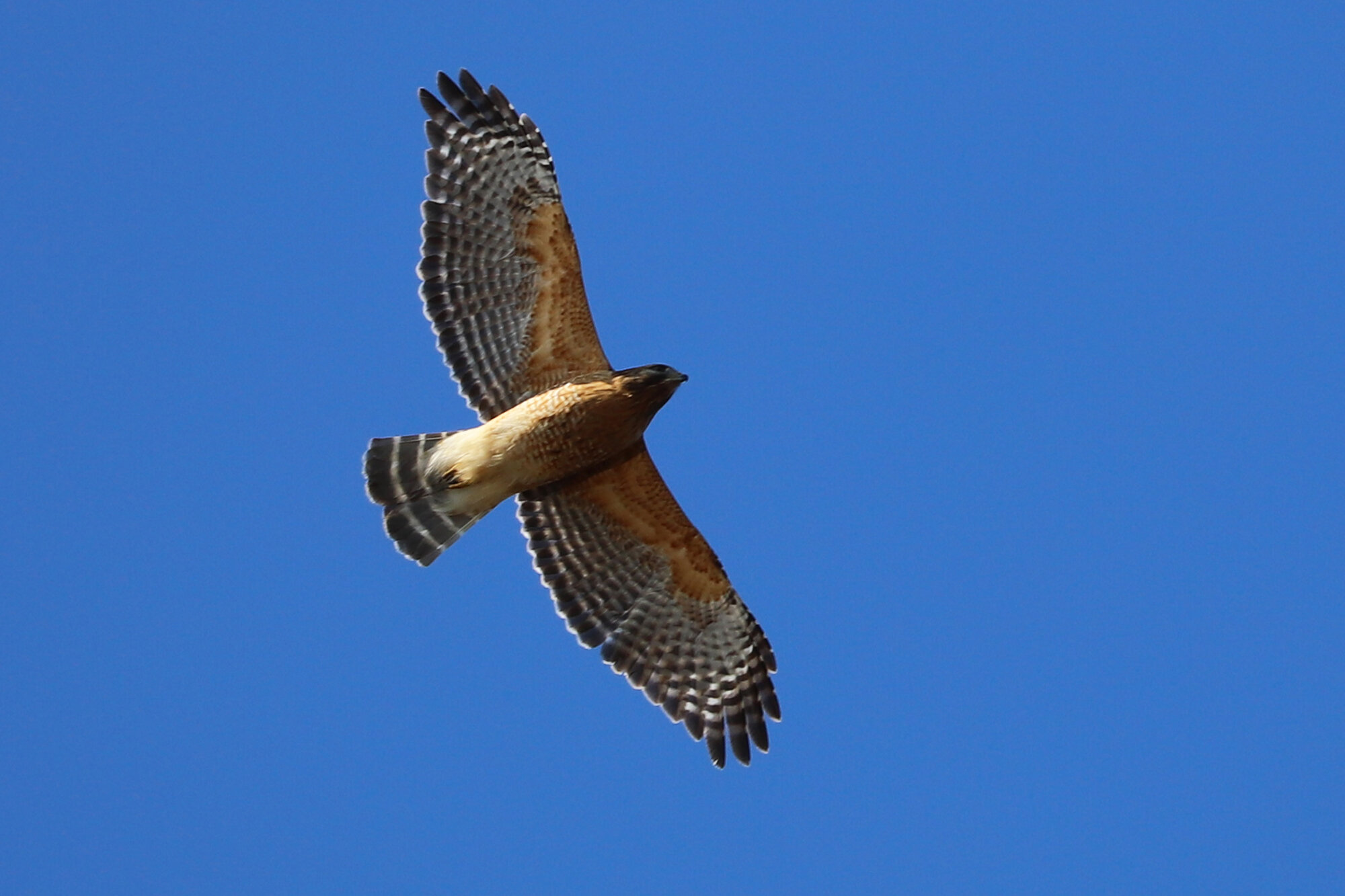
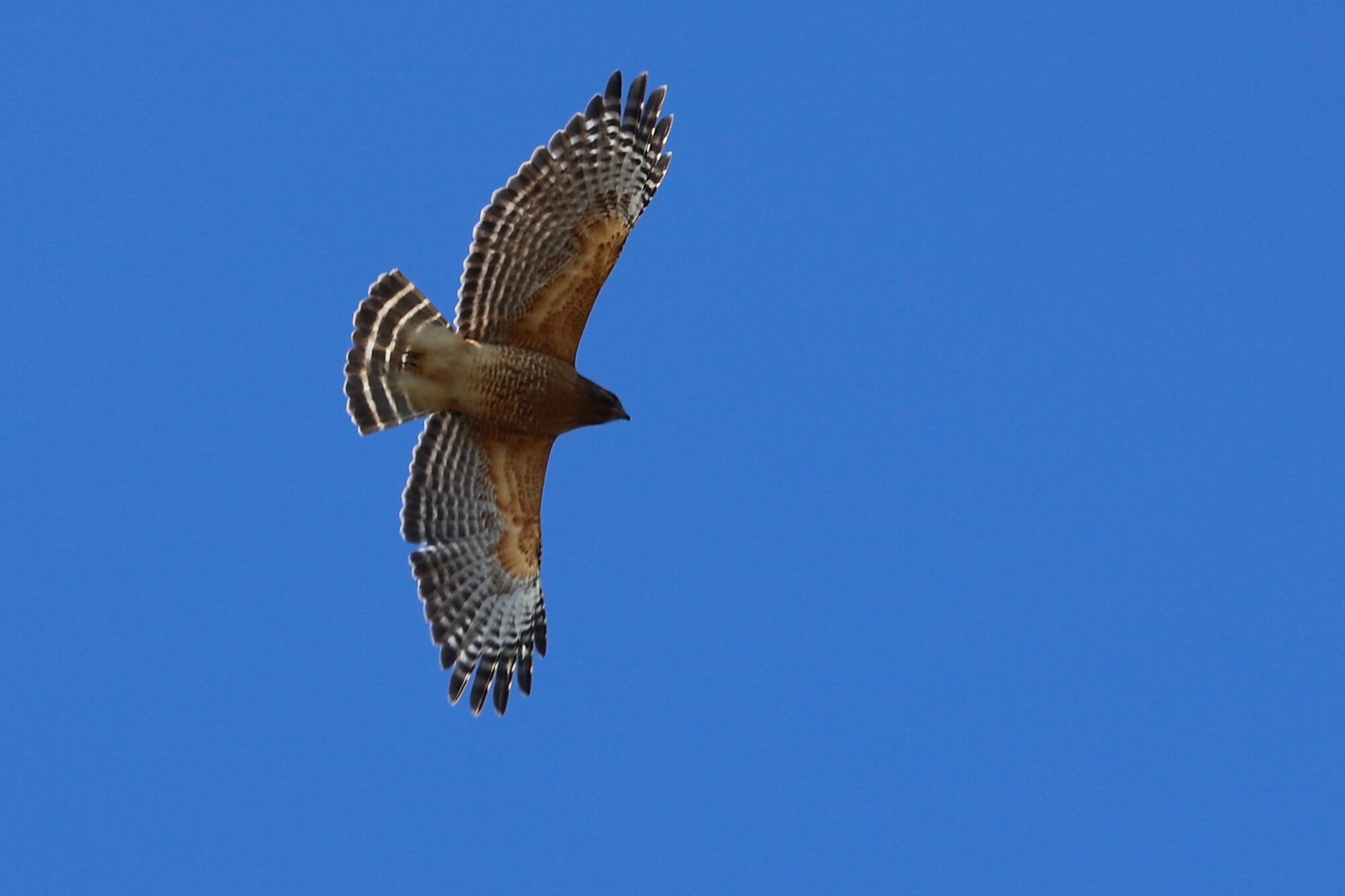
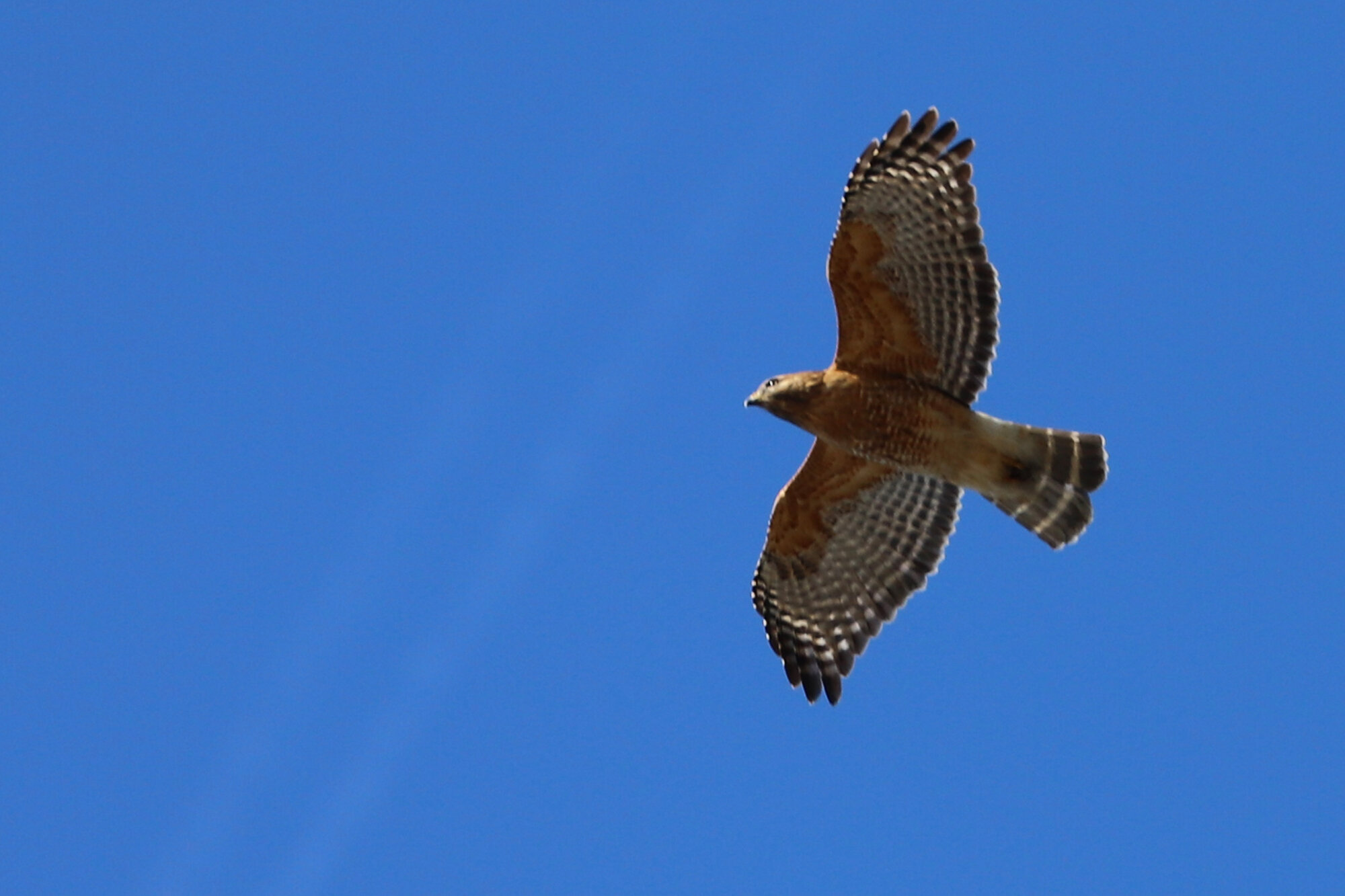
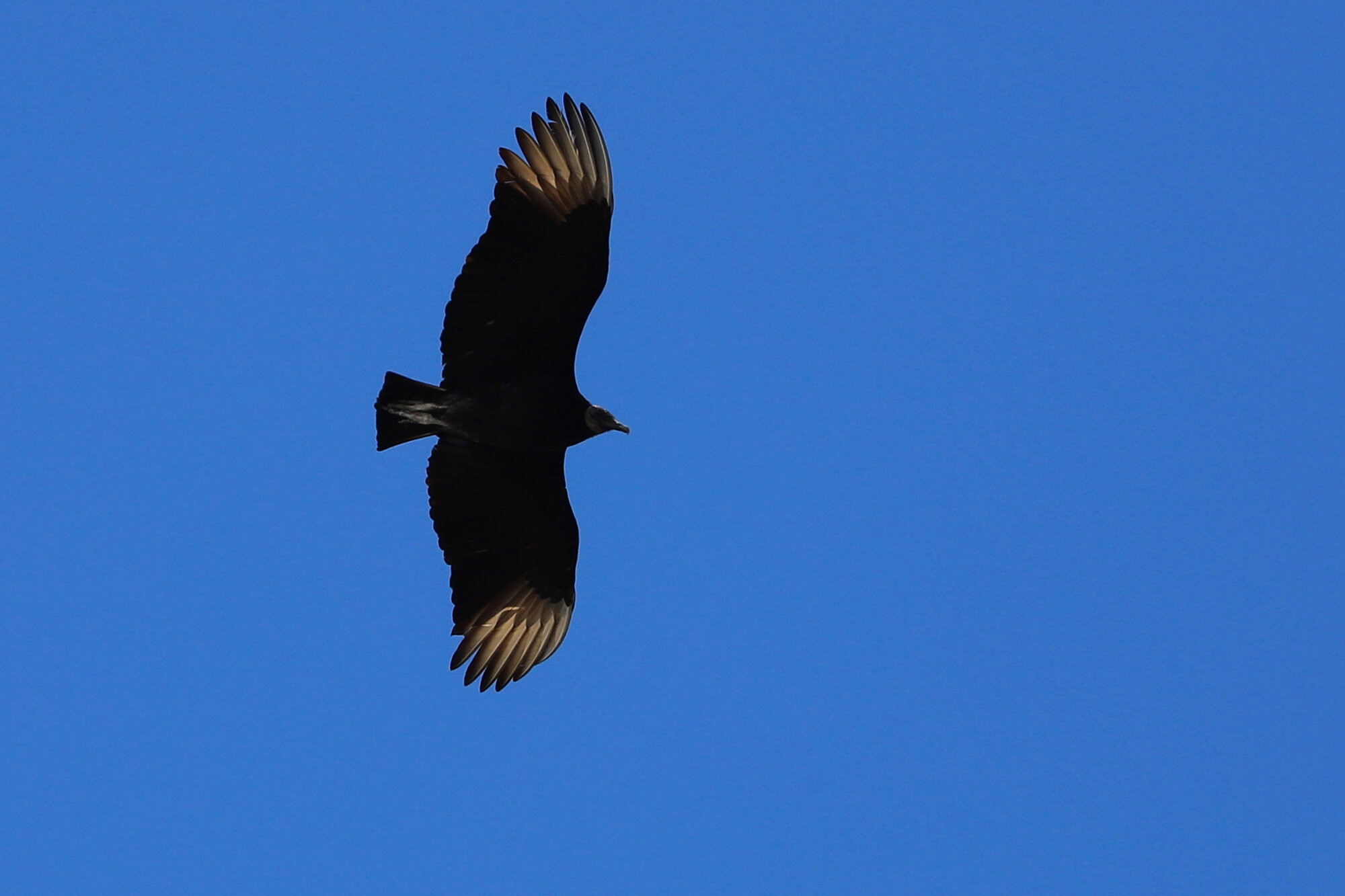
An upgrade from January’s reports, there were two YELLOW-THROATED WARBLERS photographically documented in the city during February. An individual first noted at a Bellamy Manor private residence 22 Nov (ph. Una Davenhill) lingered through 16 Feb (ph. Una Davenhill). Additionally, one was logged at a private residence in Pembroke Manor on 16 Feb (ph. Maggee Smith) and noted to have been present since 23 Nov, making for a second wintering individual. Interestingly, both of these locations yielded records last winter as well so it seems likely that these are the same individuals returning. Only the continuing wintering individual in Nova Scotia, and a pair at Dyke Marsh in Fairfax County were farther north this month. (Feb 2020 Map)
A remarkable record for PRAIRIE WARBLER occurred at Back Bay NWR on 18 Feb (ph. Andrew Baldelli & Cindy Hamilton), which made for the latest eBird record ever logged for the city. Likely the same individual that was present at this location (south of the Dune Trail boardwalk) on 6 Dec (ph. John Manger) and 15 Dec (ph. Steve Myers), it eluded many who searched for it during the gap in records. Only an individual wintering near Harbor Park in Norfolk, and one in Worcester County, Maryland were farther north during February. (Feb 2020 Map)
A surprise WESTERN TANAGER made for the first record in the state this year when one showed up at a private residence in Laurel Manor on 6 Feb (ph. Tommy Maloney). Another was present later in the month in Poquoson, but otherwise, only records of individuals in Anne Arundel, Maryland and Barnstable, Massachusetts were farther up the East Coast during February. (Feb 2020 Map)
A rare but regular winter resident in certain neighborhoods of Virginia Beach, February proved surprising as records for PAINTED BUNTING came in from four different location. A continuing female/immature type visited a Laurel Manor private residence most recently on 6 Feb (vis. Tommy Maloney), a group of seven (five female/immatures and two adult males) was present at an undisclosed, private residence on 4 Feb (ph. Pamela Monahan), and a private residence at Lake Windsor (ph. Lisa Rose) & the Harris Teeter Retention Pond (vis. Cathy Williamson) yielded records on 24 Feb. A banner winter season for this species, many states on the East Coast saw records during February. (Feb 2020 Map)
On the opposing side of species observed, we had quite a few expected/regularly occurring species that managed to evade eBirders here this month. Quite surprisingly, there wasn’t a single eBird record during February for Common Eider, Common Goldeneye, Northern Bobwhite (still missing for the calendar year as a whole), American Bittern, Black-bellied Plover, Dunlin, Ruddy Turnstone, American Woodcock, Wilson’s Snipe & Nelson’s Sparrow. Any other species that were missed this month would be considered as “Rare” in eBird, but a few of these are genuine surprises. Sure, February is the shortest month of the year here, even during Leap Years such as this one. Surely, each of these species is present somewhere in the city right now though, so here’s hoping they reveal themselves in March.


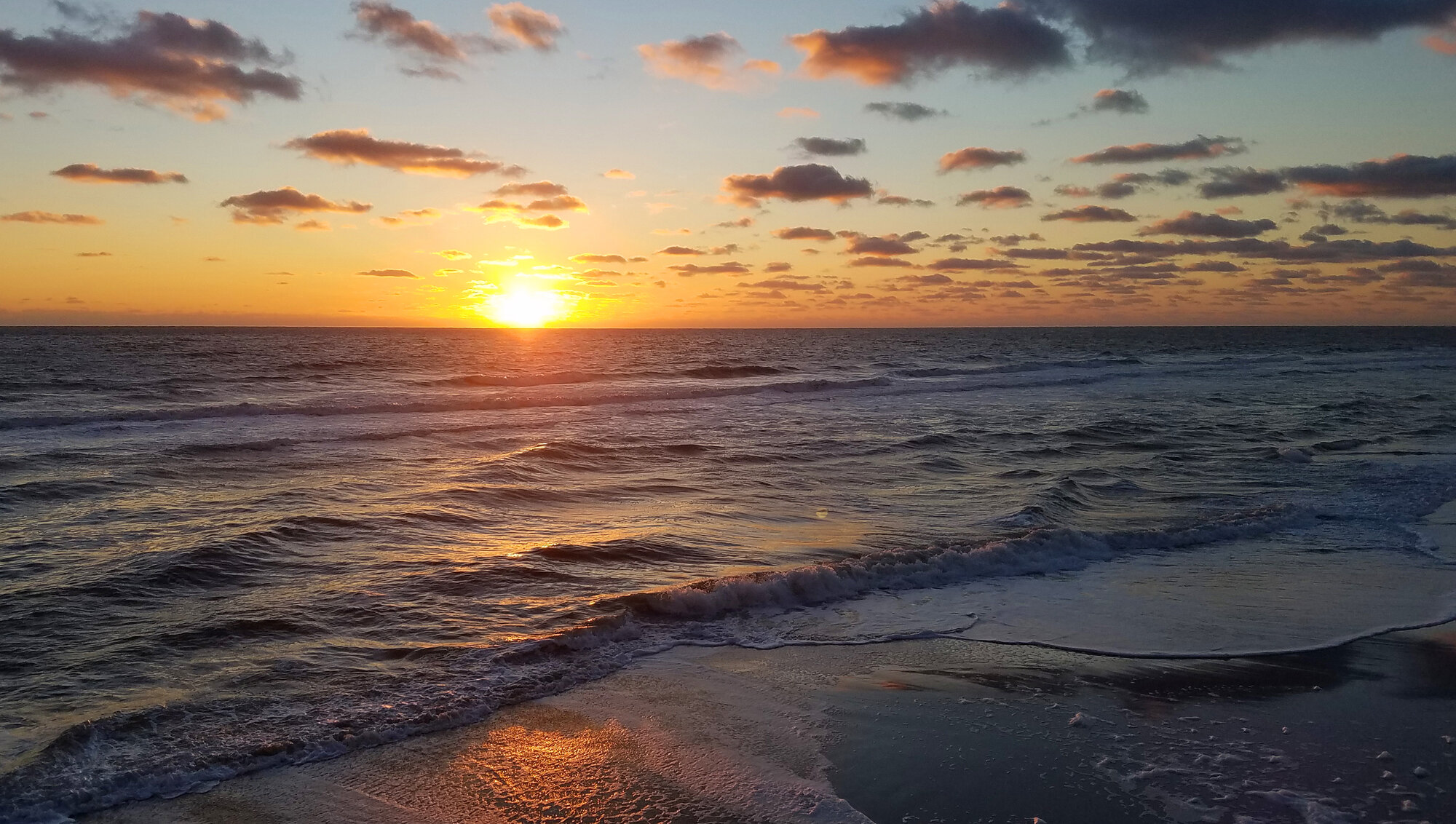
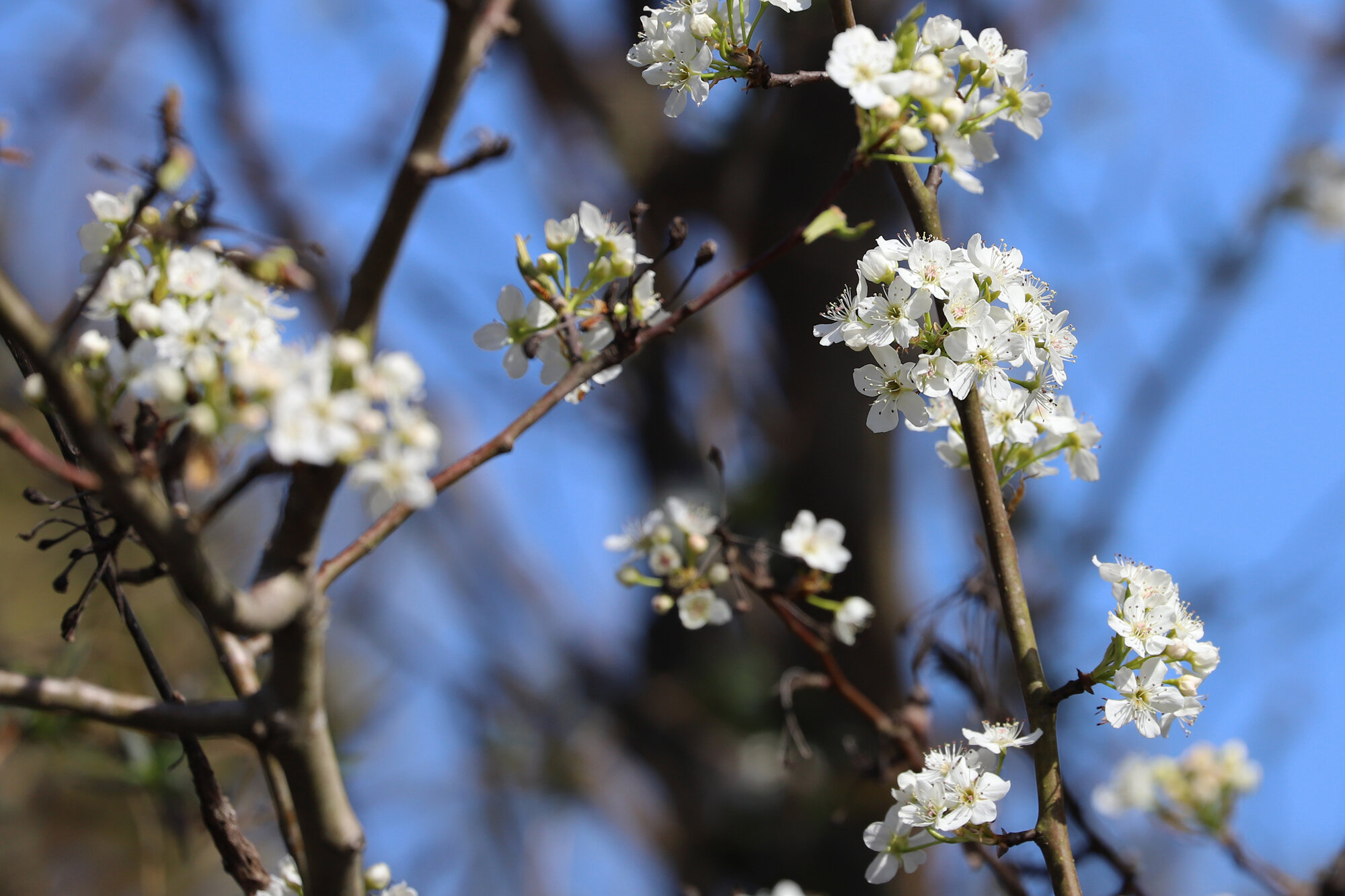
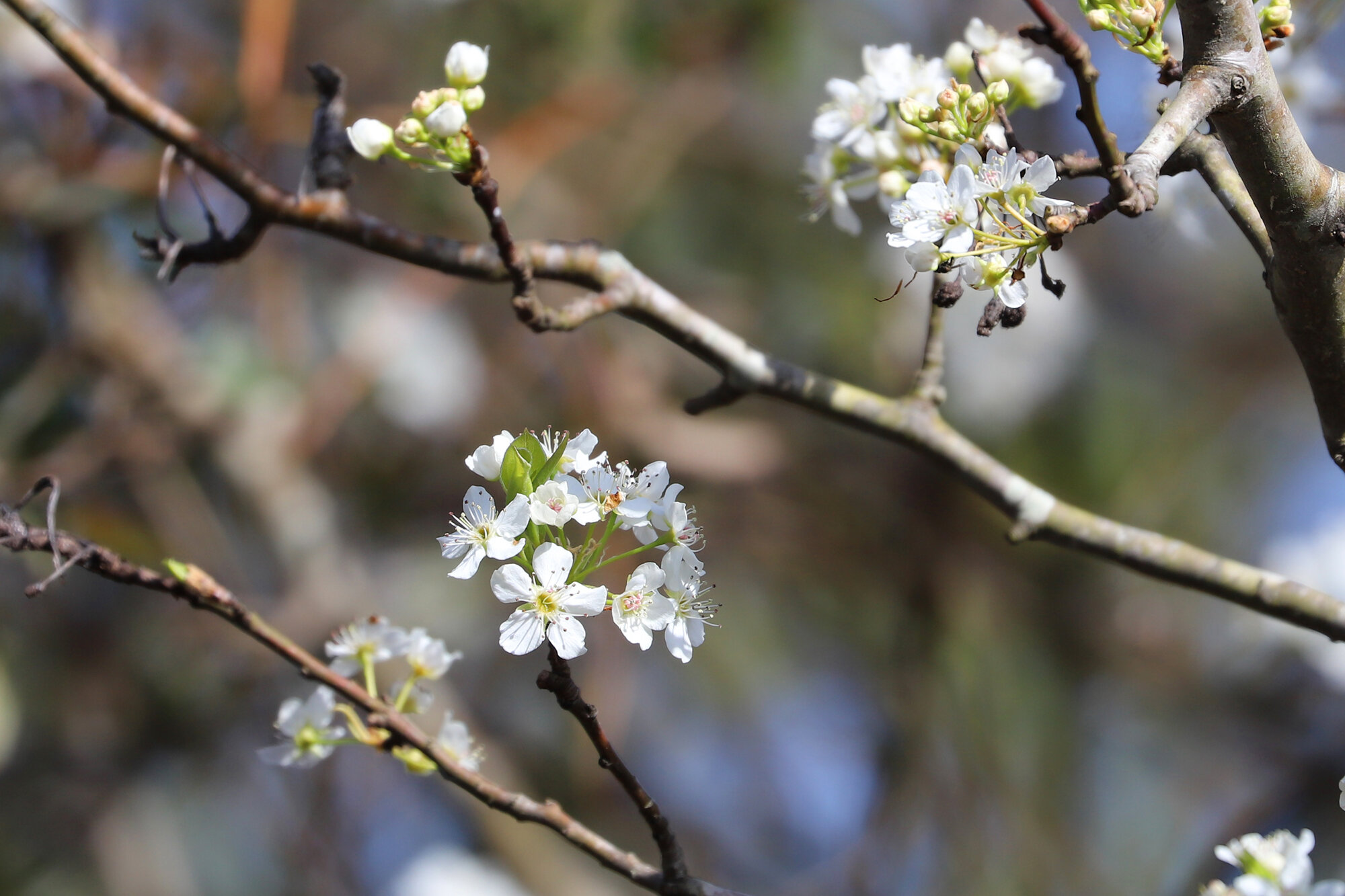
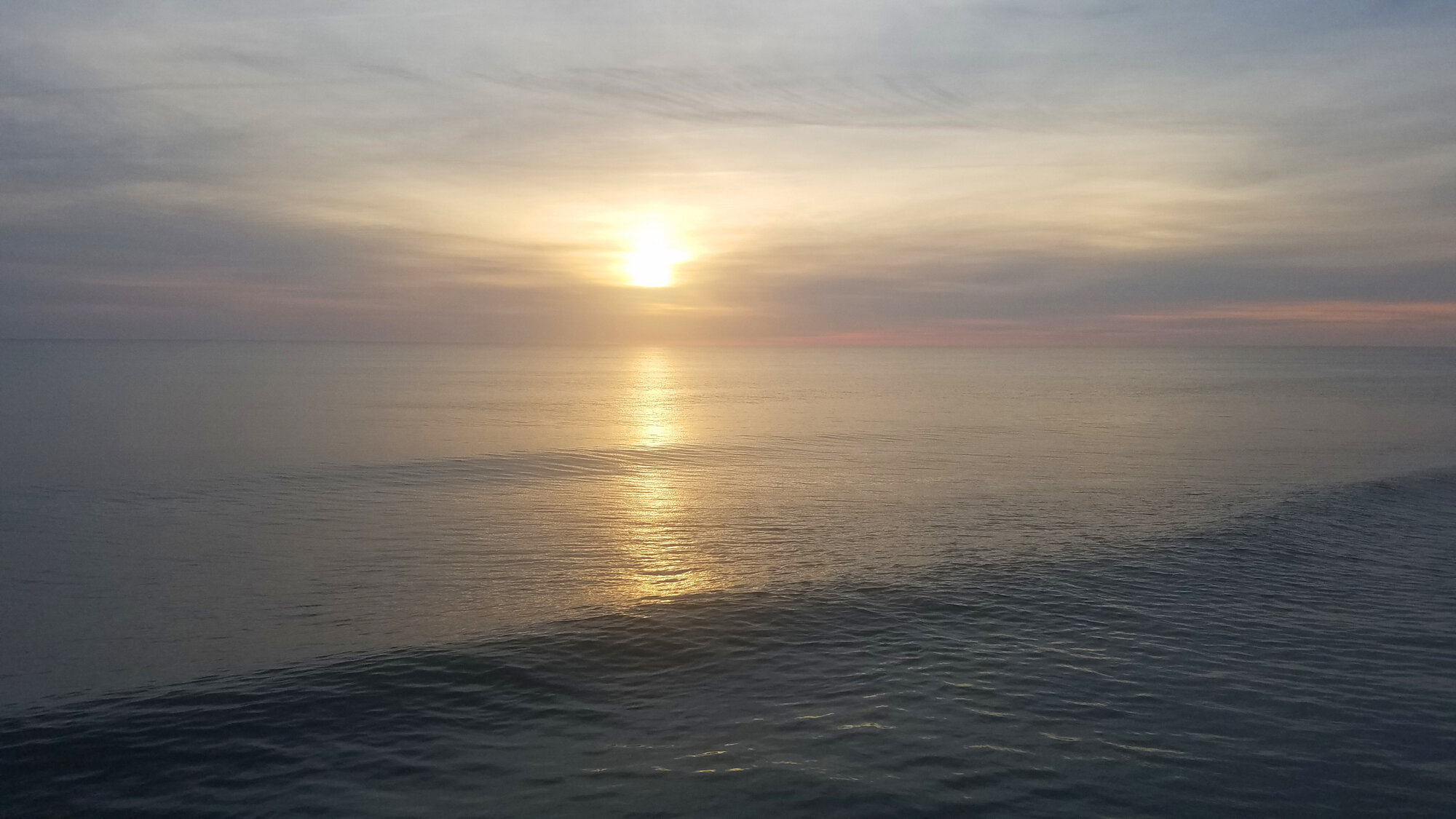
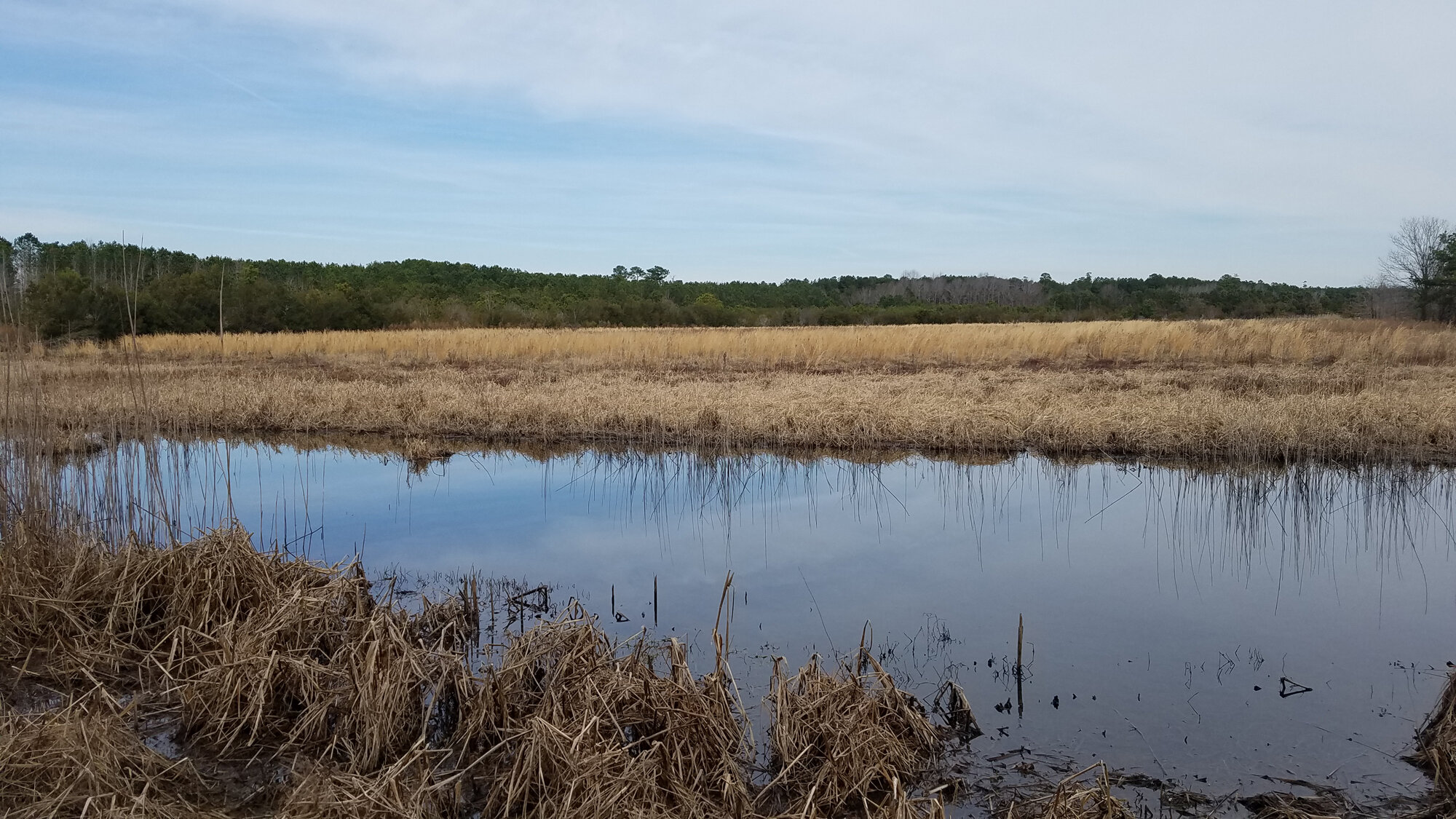
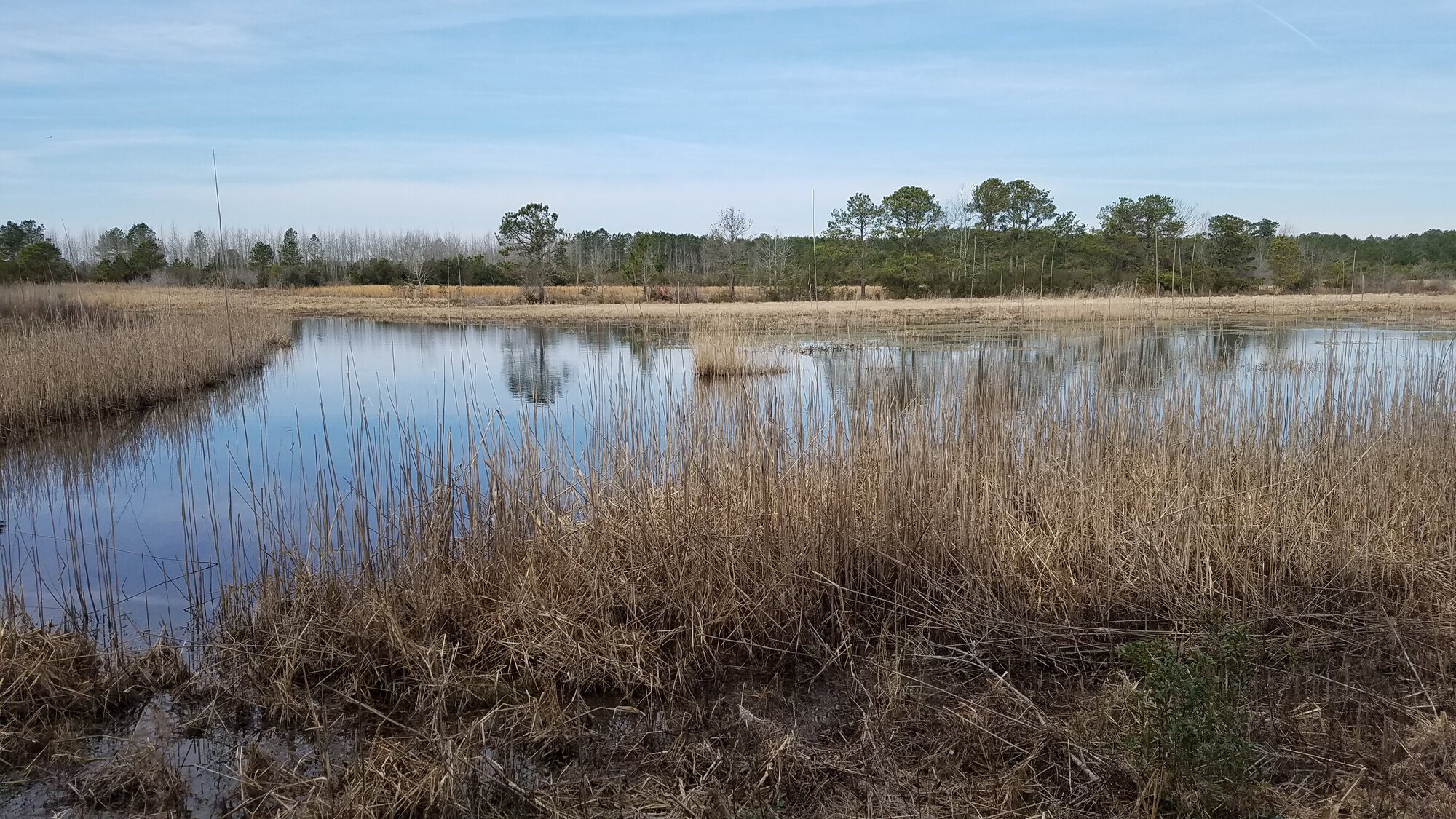
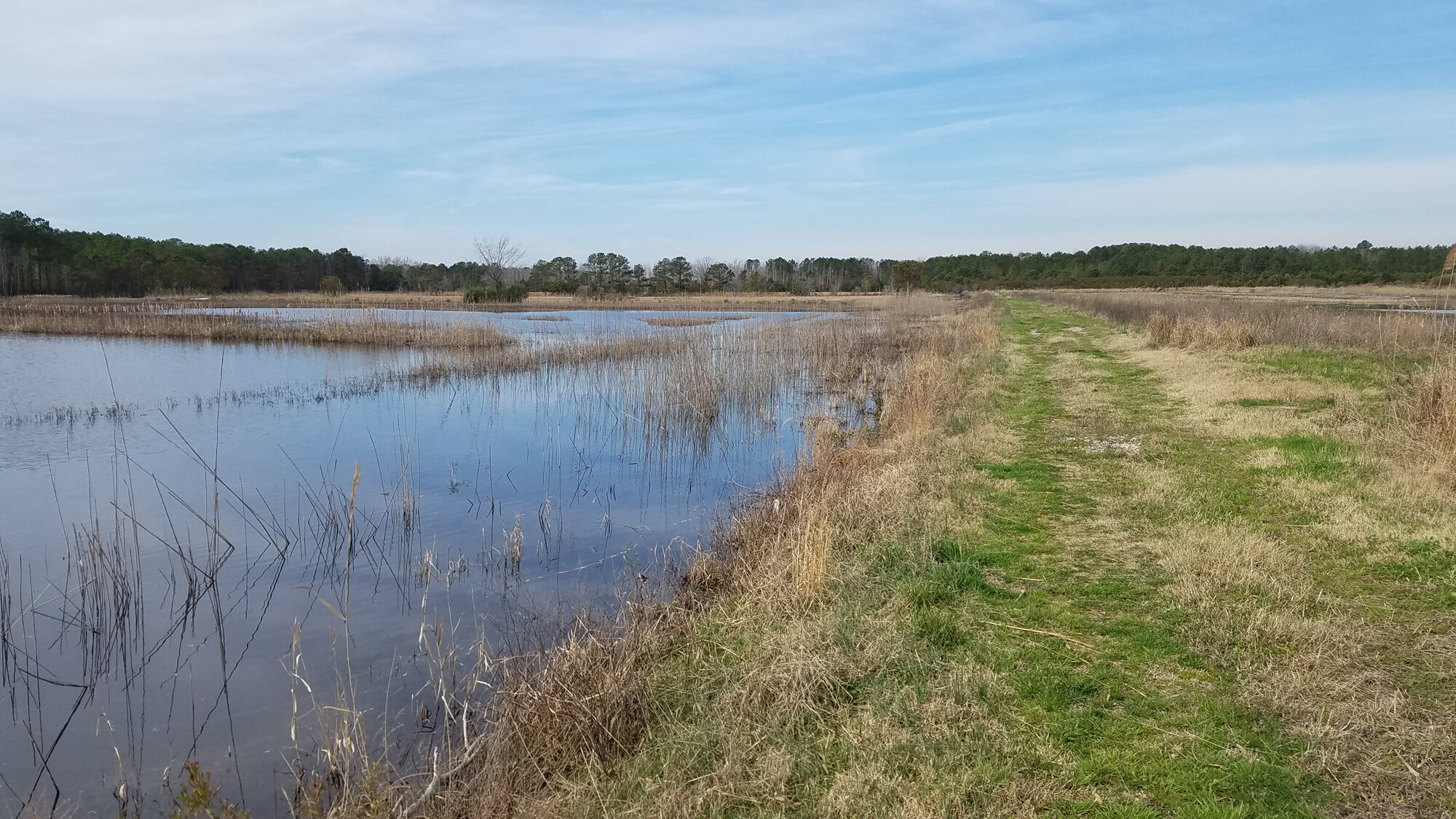
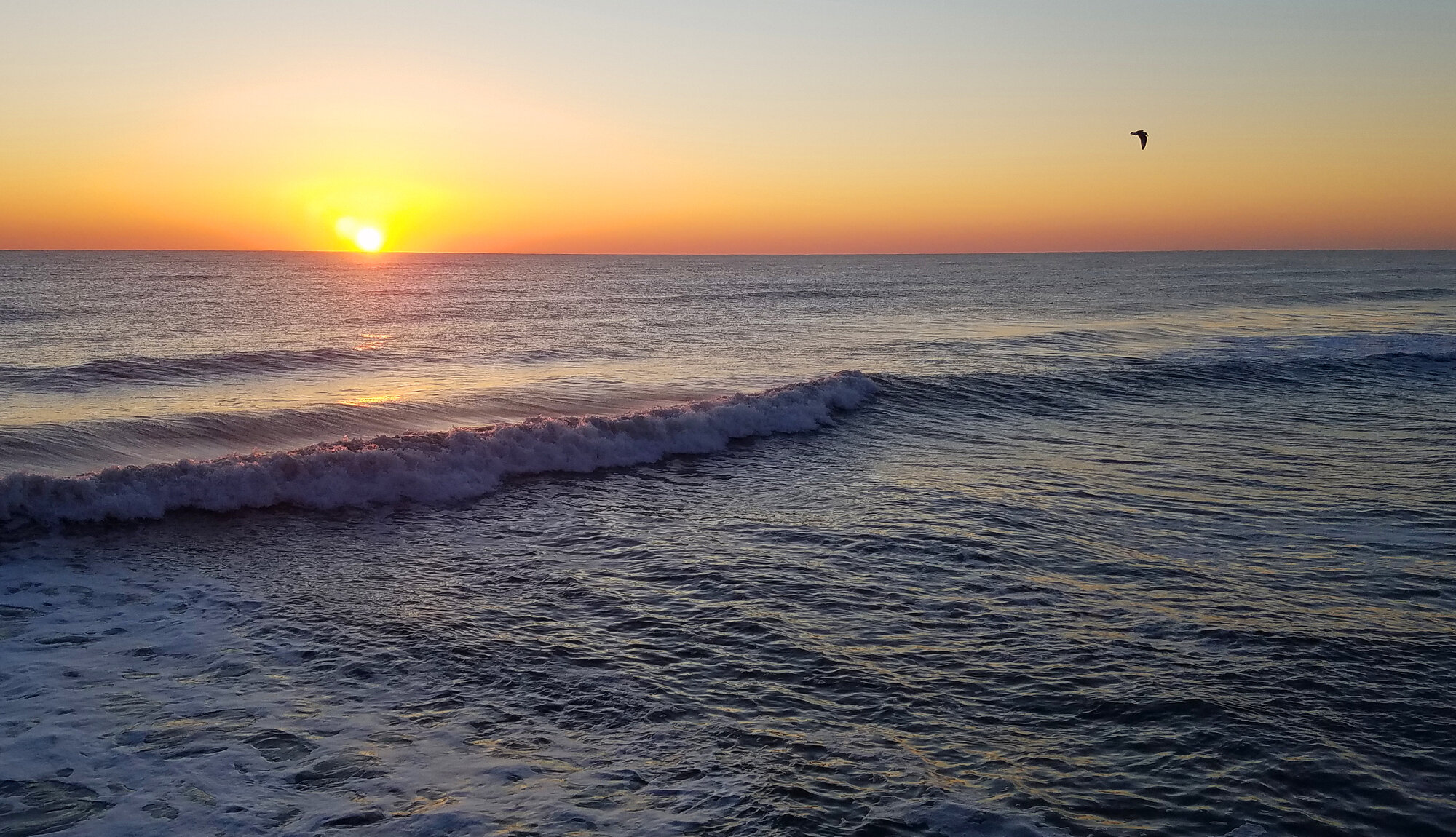
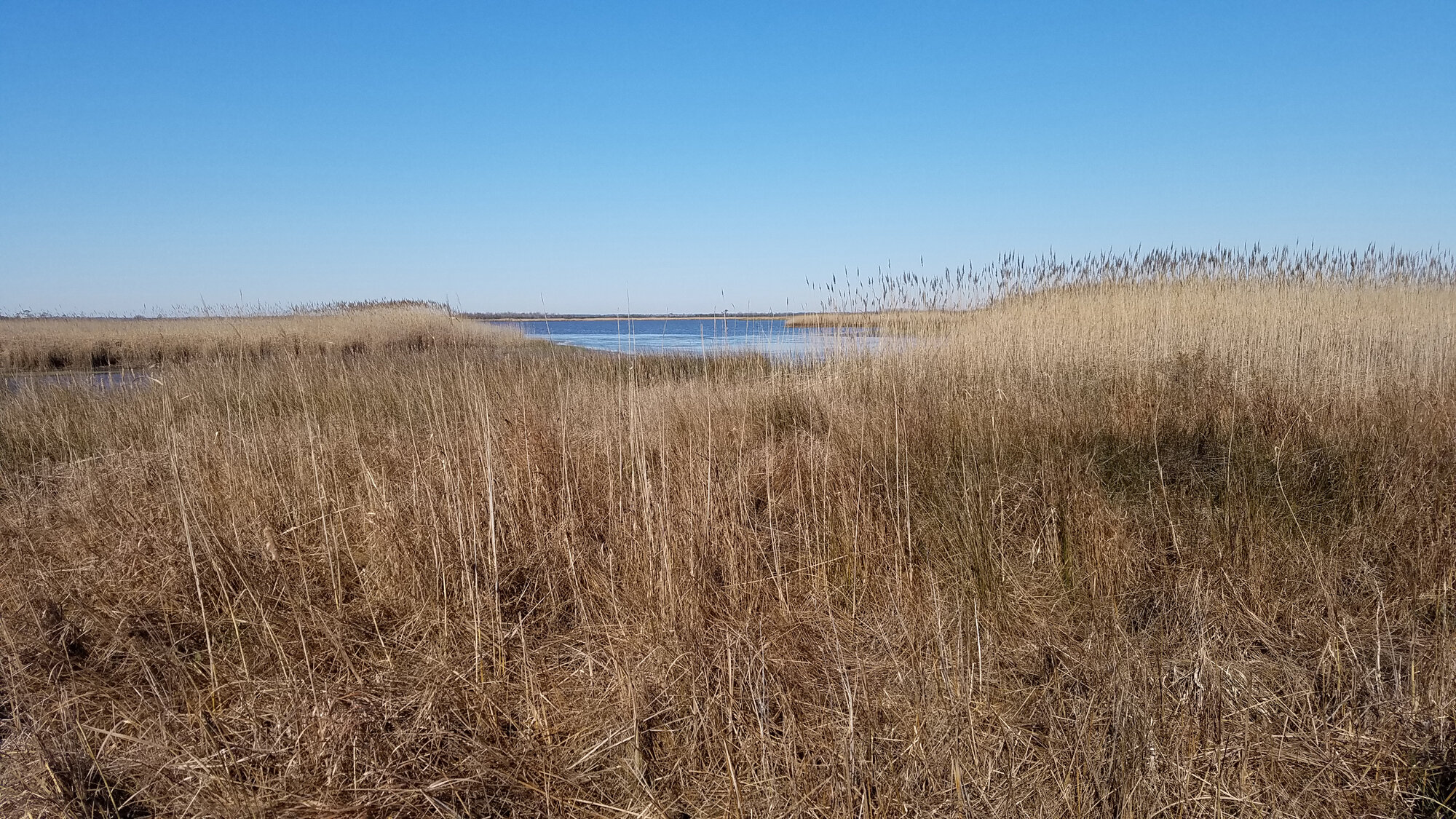
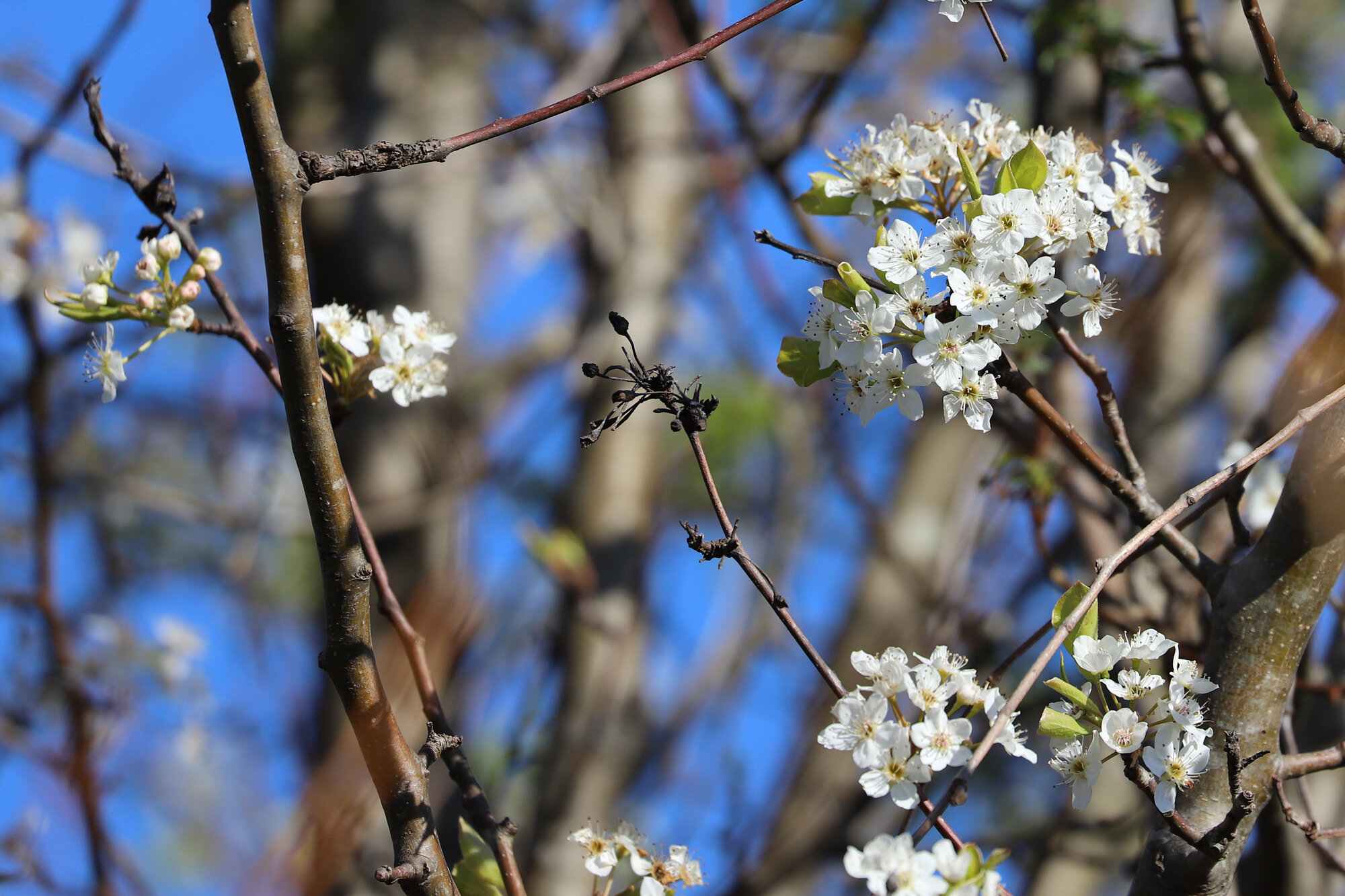
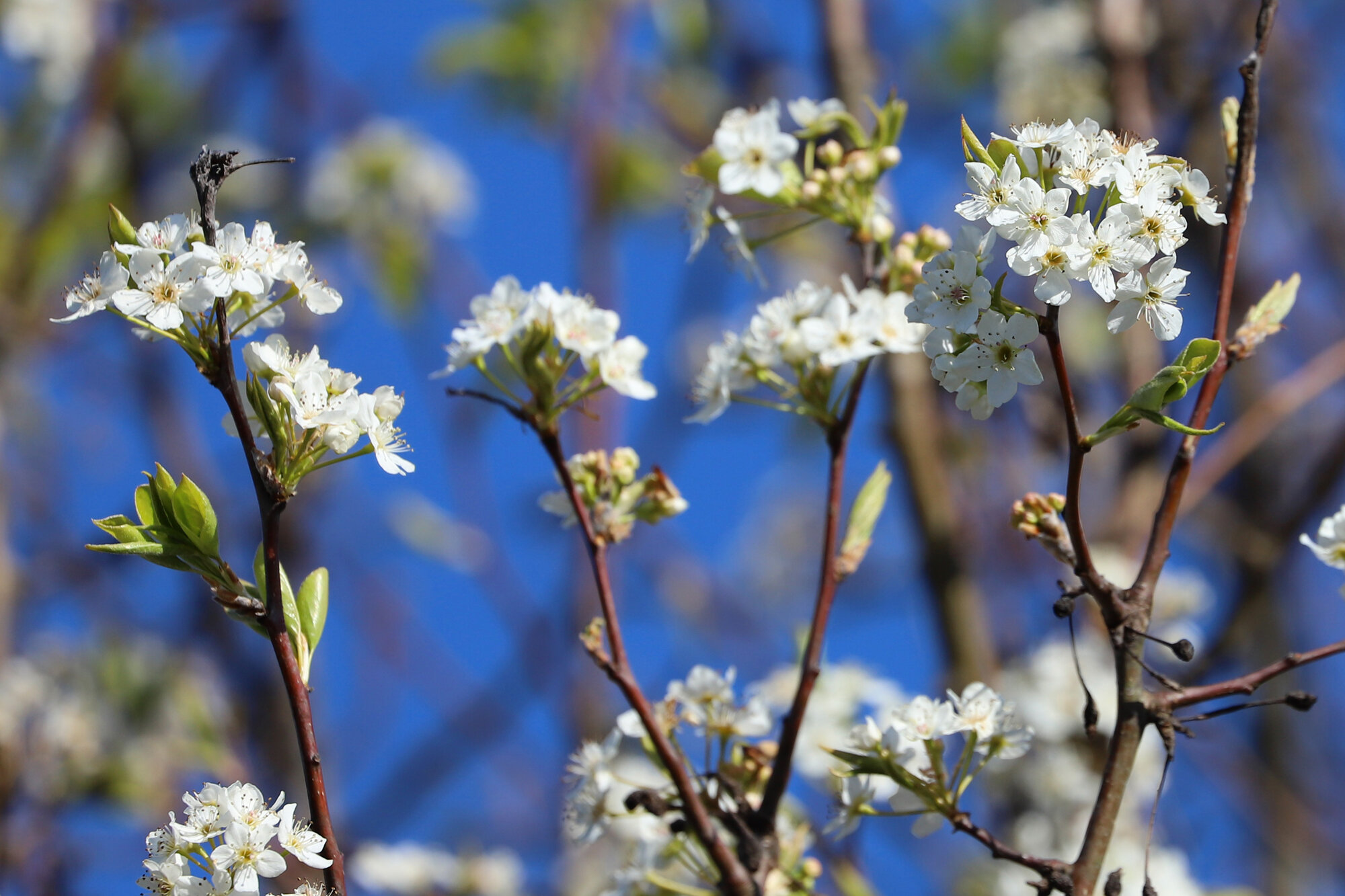
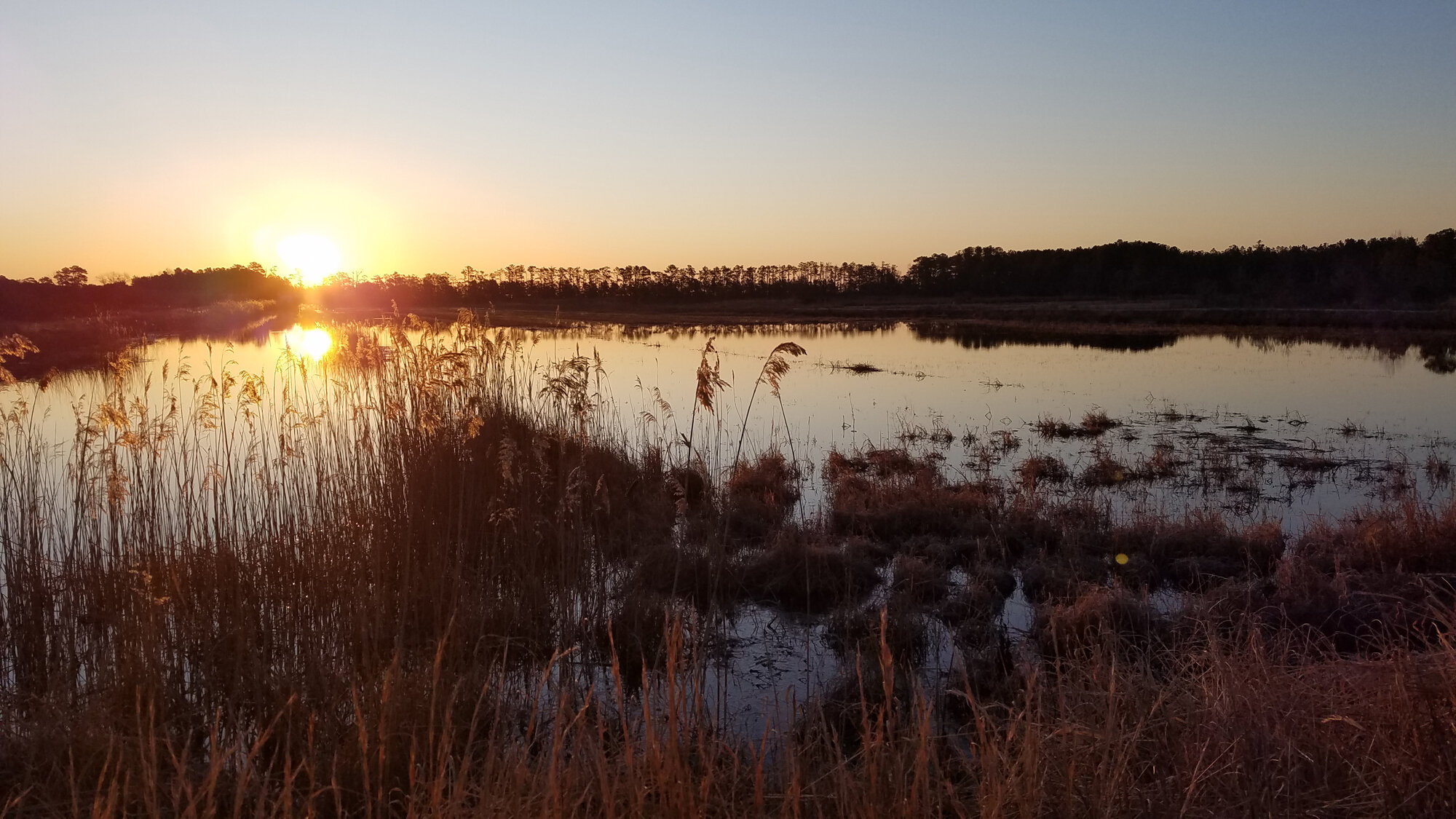
For those who wish for their observations to be included in this journal, please submit your records to www.eBird.org, and ensure that the proper documentation (whether written notes that rule out all similar species or photo/audio/video that is conclusive to species) is provided. Thank you to those who have taken the time to enter such documentation into eBird so these records may be publicly known and to those who took the time to read through this Journal entry. Be sure to check back early next month to see what birders will have found in Virginia Beach during March! For further information regarding this monthly, online publication, please visit the Journal Overview Page which provides an explanation of the current format, layout and composition of the journal.